
ZAKA, ZIMBABWE, 14 JUNE 2009: A man and women suffering from advanced Tuberculosis are taken to a clinic via ox-wagon in a rural area of Zaka, Zimbabwe, 24 June 2009. It is likely that both are HIV positive. Transport costs alone to and from the hospital are beyond the means of most Zimbaweans in this failed state. As a result of food scarcity in the failed state, malnutrition plays a large role in the rapid decline of HIV+ Zimbabweans. 25% of Zimbabweans are estimated to be HIV positive but there is only one ARV dispensing facility in the capital Harare. Its costs around $20 for the blood work to get on the program, a sum well beyond the reach of most in a country of over 90% unemployment. (Photo by Brent Stirton/Reportage by Getty Images.)

ZAKA, ZIMBABWE, 14 JUNE 2009: A man and women suffering from advanced Tuberculosis are taken to a clinic via ox-wagon in a rural area of Zaka, Zimbabwe, 24 June 2009. It is likely that both are HIV positive. Transport costs alone to and from the hospital are beyond the means of most Zimbaweans in this failed state. As a result of food scarcity in the failed state, malnutrition plays a large role in the rapid decline of HIV+ Zimbabweans. 25% of Zimbabweans are estimated to be HIV positive but there is only one ARV dispensing facility in the capital Harare. Its costs around $20 for the blood work to get on the program, a sum well beyond the reach of most in a country of over 90% unemployment. (Photo by Brent Stirton/Reportage by Getty Images.)

HARARE, ZIMBABWE, JUNE 2009: An image of Aids orphans who all live in a one bedroom shack in a makeshift township in Harare, Zimbabwe, 21 June 2009. Zimbabwe has a reportedly 24% HIV positive population, one of the highest rates of infection in the world. The Zanu PF government has crippled the economy as well as interfered in Aid coming into the country. There are no real Aids education campaigns, hospitals are extremely expensive and 85% of the population is unemployed. This has meant that healthcare is distant dream for most Zimbabweans. A few institutions offer Anti-Retroviral treatments but it costs an average of $20 to get through the neccesary testing to get on the program. Transport costs alone to and from the hospital are beyond the means of most Zimbaweans in this failed state. (Photo by Brent Stirton/Reportage by Getty Images.)

HARARE, ZIMBABWE, JUNE 2009: A severely ill HIV+ young woman alone in a one bedroom shack in a makeshift township in Harare, Zimbabwe, 21 June 2009. She says "My parents are dead, my brother and everyone I know is unemployed, I have nothing, that is why I am dying now." Zimbabwe has a reportedly 24% HIV positive population, one of the highest rates of infection in the world. The Zanu PF government has crippled the economy as well as interfered in Aid organisations coming into the country. There are no real Aids education campaigns, hospitals are extremely expensive and 85% of the population is unemployed. This has meant that healthcare is a distant dream for most Zimbabweans. A few institutions offer Anti-Retroviral treatments but it costs an average of $20 to get through the neccesary testing to get on the program. Transport costs alone to and from the hospital are beyond the means of most Zimbaweans in this failed state and food prices remain beyond the reach of most. Malnutrition thus contributes to the rapid decline of HIV+ Zimbabweans, even those fortunate enough to be on ARV treatment. (Photo by Brent Stirton/Reportage by Getty Images.)

JOHANNESBURG, SOUTH AFRICA, JUNE 2009: Images of Alice Machando, 31, a school teacher for Gweru, Zimbabwe, who now lives as an unemployed asylum seeker in Johannesburg, South Africa, 3 June 2009. Alice is an MDC youth activist who was abducted during the last Zimbabwe elections by Zanu PF party thugs, they tortured and abused her and ever since that incident she has suffered from a mysterious skin ailment which South African doctors cannot identify. Alice says that two other teachers who were also abducted and tortured have similar complications. Alice wishes above all else to be cured of her ailment so that she can return to Gweru so that she can continue with her job of teaching students in her part of Zimbabwe. (Photo by Brent Stirton/Reportage by Getty Images.)

HARARE, ZIMBABWE, JUNE 2009: A severely ill HIV+ 16 year old girl is tended by her sister in a one bedroom shack in a makeshift township in Harare, Zimbabwe, 21 June 2009. They live with their grandmother as their parents died of Aids 5 years previously. They have no income and the grandmother relies on vending to try and bring in money. The recent collapse of the finacial system and the introduction of the US dollar and South African rand as the unit of currency has made it very difficult for casual vendors to obtain currency with which to trade. Zimbabwe has a reportedly 24% HIV positive population, one of the highest rates of infection in the world. The Zanu PF government has crippled the economy as well as interfered in Aid organisations coming into the country. There are no real Aids education campaigns, hospitals are extremely expensive and 85% of the population is unemployed. This has meant that healthcare is distant dream for most Zimbabweans. A few institutions offer Anti-Retroviral treatments but it costs an average of $20 to get through the neccesary testing to get on the program. Transport costs alone to and from the hospital are beyond the means of most Zimbaweans in this failed state and food prices remain beyond the reach of most. Malnutrition thus contributes to the rapid decline of HIV+ Zimbabweans, even those fortunate enough to be on ARV treatment. (Photo by Brent Stirton/Reportage by Getty Images.)

JOHANNESBURG, SOUTH AFRICA, JUNE 2009: Pamela Kanjedzana, 36, a former MDC activist photographed at an apartment complex in inner city Johannesburg, South Africa, 17 June 2009. Pamela's brother was high up in the MDC structure in Zimbabwe and as a result Pamela's family was targeted by Zanu PF youth who destroyed the family home in 2007 and forced Pamela to flee into South Africa illegally. During 2008's xenophobic riots in South Africa Pamela was selling goods in a Johannesburg township when she was attacked and her goods stolen. A local man offered her a shelter for rent but raped her when she moved in. She reported him to the police but nothing was done. The man then apologised and told her a friend of his had a job for Pamela. She went to see the man who turned out to the be rapist's uncle. He then also raped Pamela. Again, the police did nothing and no investigation has taken place despite a charge being laid. This is typical of the xenophobic treatement many immigrant women report experiencing at the hands of the South African police and at the hands of many South African men. (Photo by Brent Stirton/Reportage by Getty Images.)

HARARE, ZIMBABWE, JUNE 2009: An MDC activist, 39, name withheld, sits quietly in a bedroom he rents in a shack in a township in Harare, Zimbabwe, 22 June 2009. He is a founder member from 1999 and presently the ward chairman for the MDC in Harare East. For his political affiliation he has been arrested more than 15 times, he has been severely tortured on 4 occasions and moved from prison to prison while being interogated by various member of the Central Intelligence Office. " I remember how there were 20 people in cell built for 3. I remember we could not sit or lie, we had to sleep standing. I remember being naked the whole time. That is where I contracted the Tuberculosis I have now. I don't worry for me, but I have a son. His mother died 3 weeks ago, also from TB. Maybe I am HIV+, I cannot afford the testing or to go on the program, the test costs what I can make in a month of vending vegetables. We have given everything for change in this country but I don't know what will happen to my son. He is only ten." (Photo by Brent Stirton/Reportage by Getty Images.)

HARARE, ZIMBABWE, JUNE 2009: A daughter looks on at her HIV+ mother lying desperately ill in a one bedroom shack in a makeshift township in Harare, Zimbabwe, 21 June 2009. Neither are employed or have any money and they were turned away from the hospital for lack of fees for admission. Zimbabwe has a reportedly 24% HIV positive population, one of the highest rates of infection in the world. The Zanu PF government has crippled the economy as well as interfered in Aid coming into the country. There are no real Aids education campaigns, hospitals are extremely expensive and 85% of the population is unemployed. This has meant that healthcare is distant dream for most Zimbabweans. A few institutions offer Anti-Retroviral treatments but it costs an average of $20 to get through the neccesary testing to get on the program. Transport costs alone to and from the hospital are beyond the means of most Zimbaweans in this failed state. As a result of scarcity food malnutrition plays a large role in the decline of HIV+ Zimbabweans, even those fortunate enough to be on ARV treatment. (Photo by Brent Stirton/Reportage by Getty Images.)

HARARE, ZIMBABWE, JUNE 2009: A daughter looks on at her HIV+ mother lying desperately ill in a one bedroom shack in a makeshift township in Harare, Zimbabwe, 21 June 2009. Neither are employed or have any money and they were turned away from the hospital for lack of fees for admission. Zimbabwe has a reportedly 24% HIV positive population, one of the highest rates of infection in the world. The Zanu PF government has crippled the economy as well as interfered in Aid coming into the country. There are no real Aids education campaigns, hospitals are extremely expensive and 85% of the population is unemployed. This has meant that healthcare is distant dream for most Zimbabweans. A few institutions offer Anti-Retroviral treatments but it costs an average of $20 to get through the neccesary testing to get on the program. Transport costs alone to and from the hospital are beyond the means of most Zimbaweans in this failed state. As a result of scarcity food malnutrition plays a large role in the decline of HIV+ Zimbabweans, even those fortunate enough to be on ARV treatment. (Photo by Brent Stirton/Reportage by Getty Images.)

JOHANNESBURG, SOUTH AFRICA, JUNE 2009: The Pauper's graveyard at Ennerdale township on the outskirts of Johannesburg, South Africa, 17 June 2009. It is here where the poorest and the most anonymous are buried, three in a grave at a time. In recent years Zimbabwean refugees who die in the Gauteng region of South Africa are often buried here. It is often too expensive to claim the body and organise a more dignified burial for many Zimbabweans living as refugess in South Africa today. (Photo by Brent Stirton/Reportage by Getty Images.)

Nairobi Kenya - December 2006: A young man undergoes an Aids test which reveals that he is HIV+. He is having the test at Kenwa centre for HIV+ women, made possible by donor funding. The empowerment of women is at the heart of the Aids epidemic in Kenya. Without economic empowerment and rights education they remain vulnerable to men. HIV rates in Kenya are now at 5 to 1 in terms of women to men, indicating a strong feminisation of the disease. Women are banding together in an effort to educate each other about the disease and to provide care and support for those living with HIV/Aids. Photo by Brent Stirton/Getty Images for the Global Business Coalition against Aids.

Meru, Kenya-28 November 2006: Elisabeth Mweru,28, coughs while feeding herself again for the first time in weeks as she recovers from severe tuberculosis. Elizabeth was found in an advanced stage of full blown Aids by a group of self-supporting HIV+ women in her village. She has been cared for by them to the point where she can now sit up and begin to feed herself. HIV rates in Kenya are now at 5 to 1 in terms of women to men, indicating a strong feminisation of the disease. As a result groups of Kenyan HIV+ women are banding together to offer each other education and support. photo by Brent Stirton/Getty Images for the Global Business Coalition against Aids.

Nairobi Kenya - December 2006: A young man undergoes an Aids test which reveals that he is HIV+. He is having the test at Kenwa centre for HIV+ women, made possible by donor funding. The empowerment of women is at the heart of the Aids epidemic in Kenya. Without economic empowerment and rights education they remain vulnerable to men. HIV rates in Kenya are now at 5 to 1 in terms of women to men, indicating a strong feminisation of the disease. Women are banding together in an effort to educate each other about the disease and to provide care and support for those living with HIV/Aids. Photo by Brent Stirton/Getty Images for the Global Business Coalition against Aids.

Meru, Kenya-28 November 2006: Elisabeth Mweru,28, feeding herself again for the first time in weeks as she recovers from severe tuberculosis. Elizabeth was found in an advanced stage of full blown Aids by a group of self-supporting HIV+ women in her village. She has been cared for by them to the point where she can now sit up and begin to feed herself. HIV rates in Kenya are now at 5 to 1 in terms of women to men, indicating a strong feminisation of the disease. As a result groups of Kenyan HIV+ women are banding together to offer each other education and support. photo by Brent Stirton/Getty Images for the Global Business Coalition against Aids.

Nairobi Kenya - December 2006: A young man with full blown Aids at the Kenwa centre for HIV+ women, his care is made possible by donor funding. The empowerment of women is at the heart of the Aids epidemic in Kenya. Without economic empowerment and rights education they remain vulnerable to men. HIV rates in Kenya are now at 5 to 1 in terms of women to men, indicating a strong feminisation of the disease. Women are banding together in an effort to educate each other about the disease and to provide care and support for those living with HIV/Aids. Photo by Brent Stirton/Getty Images for the Global Business Coalition against Aids.

Nairobi Kenya - December 2006: A young man with fullblown Aids sits quietly at the window in Nairobi General hospital. The disease has affeced his spine and as a result he has to wear the back-brace. HIV rates in Kenya are now at 5 to 1 in terms of women to men, indicating a strong feminisation of the disease. As a result groups of Kenyan HIV+ women are banding together to offer each other education and support. photo by Brent Stirton/Getty Images for the Global Business Coalition against Aids.


Kibera Slum, Nairobi Kenya - December 2006: Groups of HIV positive women caring for other HIV+ women in the slums of Nairobi. HIV rates in Kenya are now at 5 to 1 in terms of women to men, indicating a strong feminisation of the disease. As a result groups of Kenyan HIV+ women are banding together to offer each other education and support. photo by Brent Stirton/Getty Images for the Global Business Coalition against Aids.

Rural Kenya - December 2006: An Aids affected grandmother with their grandchildren who they have had to adopt as a result of the Aids death of their own children. This generation gap makes for far less opportunity for these children and places tremendous pressure on the elderly. HIV rates in Kenya are now at 5 to 1 in terms of women to men, indicating a strong feminisation of the disease. Women are banding together in an effort to educate each other about the disease and to provide care and support for those living with HIV/Aids. Photo by Brent Stirton/Getty Images for the Global Business Coalition against Aids.

Rural Kenya - December 2006: An Aids affected grandmother with their grandchildren who they have had to adopt as a result of the Aids death of their own children. This generation gap makes for far less opportunity for these children and places tremendous pressure on the elderly. HIV rates in Kenya are now at 5 to 1 in terms of women to men, indicating a strong feminisation of the disease. Women are banding together in an effort to educate each other about the disease and to provide care and support for those living with HIV/Aids. Photo by Brent Stirton/Getty Images for the Global Business Coalition against Aids.

Meru, Kenya-28 November 2006: Elisabeth Mweru,28, feeding herself again for the first time in weeks as she recovers from severe tuberculosis. Elizabeth was found in an advanced stage of full blown Aids by a group of self-supporting HIV+ women in her village. She has been cared for by them to the point where she can now sit up and begin to feed herself. HIV rates in Kenya are now at 5 to 1 in terms of women to men, indicating a strong feminisation of the disease. As a result groups of Kenyan HIV+ women are banding together to offer each other education and support. photo by Brent Stirton/Getty Images for the Global Business Coalition against Aids.

Meru, Kenya-28 November 2006: Elisabeth Mweru,28, feeding herself again for the first time in weeks as she recovers from severe tuberculosis. Elizabeth was found in an advanced stage of full blown Aids by a group of self-supporting HIV+ women in her village. She has been cared for by them to the point where she can now sit up and begin to feed herself. HIV rates in Kenya are now at 5 to 1 in terms of women to men, indicating a strong feminisation of the disease. As a result groups of Kenyan HIV+ women are banding together to offer each other education and support. photo by Brent Stirton/Getty Images for the Global Business Coalition against Aids.

Kibera Slum, Nairobi Kenya - December 2006: Rights workshops and self-empowerment classes for young women and girls in the sprawling Kibera slum in Nairobi. These young women have very little protection and even less awareness of their rights as women. These classes are women teaching women about their bodies, their right to say no, how to avoid dangerous situations, aids and safe sex education and financial empowerment through savings workshops. HIV rates in Kenya are now at 5 to 1 in terms of women to men, indicating a strong feminisation of the disease. As a result groups of Kenyan HIV+ women are banding together to offer each other education and support. photo by Brent Stirton/Getty Images for the Global Business Coalition against Aids.

Kisumu, Kenya-5 December 2006: Young girls from a dance group using dance to discuss Aids gather after a church meeting in rural Kenya. HIV rates in Kenya are now at 5 to 1 in terms of women to men, indicating a strong feminisation of the disease. Women are banding together in an effort to educate each other about the disease and to provide care and support for those living with HIV/Aids. Photo by Brent Stirton/Getty Images for the Global Business Coalition against Aids.

Northern Kenya, December 2006: A group of male factory workers attend an Aids sensitisation class at a timber factory in rural Kenya. Men are more respectful of women as a result and women are more aware of their rights. HIV rates in Kenya are now at 5 to 1 in terms of women to men, indicating a strong feminisation of the disease. As a result groups of Kenyan HIV+ women are banding together to offer each other education and support. photo by Brent Stirton/Getty Images for the Global Business Coalition against Aids.

Mukuru Slum, Nairobi Kenya - December 2006: An HIV+ orphan weeps in a rural clinic in the Mukuru slums of Nairobi. The clinic is made possible by donations and is the only facility in the slum for HIV+people. HIV rates in Kenya are now at 5 to 1 in terms of women to men, indicating a strong feminisation of the disease. Women are banding together in an effort to educate each other about the disease and to provide care and support for those living with HIV/Aids. Photo by Brent Stirton/Getty Images for the Global Business Coalition against Aids.

Kibera Slum, Nairobi Kenya - December 2006: Groups of HIV positive women caring for other HIV+ women in the slums of Nairobi. HIV rates in Kenya are now at 5 to 1 in terms of women to men, indicating a strong feminisation of the disease. As a result groups of Kenyan HIV+ women are banding together to offer each other education and support. photo by Brent Stirton/Getty Images for the Global Business Coalition against Aids.

Vijayawada, India, June 2006: A VCTC testing and counselling center run by India Aids Alliance partner Vasavya Mahila Mandail NGO. The center provides counselling services for HIV + people and HIV affected people as well as confidential testing.

New Delhi, India, June 2006: Michaels care home, run by Sahara, is a shelter for the HIV+ and for drug users. Many of Sahara's counsellors are former drug users and sex workers and understand the needs of the patients very well.

Vijayawada, India, June 2006: A VCTC testing and counselling center run by India Aids Alliance partner Vasavya Mahila Mandail NGO. The center provides counselling services for HIV + people and HIV affected people as well as confidential testing.

Delhi, India June 2006: Local NGO Sahara offers a shelter for Streetchildren in their Delhi clinic. This image depicts a nine year old boy, still in the midst of a drug binge, who was brought to the clinic.

Delhi India, June 2006: Drug addicts use freely in the slum areas of Delhi. NGO Sahara attempts to work with these people and inform them of the risks they are taking.

Delhi India, June 2006: Drug addicts use freely in the slum areas of Delhi. NGO Sahara attempts to work with these people and inform them of the risks they are taking.

Delhi India, June 2006: Drug addicts use freely in the slum areas of Delhi. NGO Sahara attempts to work with these people and inform them of the risks they are taking.

Delhi India June 2006: Sahara, a local NGO, provides shelter, counselling and HIV education to trans-gendered sex worker drug addicts.

Delhi, India, June 2006: Sahara, a local NGO, provides a clinic for IV Drug users which functions to speed their rehab and to take care of their infections.

Delhi, India, June 2006: Sahara, a local NGO, provides a clinic for IV Drug users which functions to speed their rehab and to take care of their infections.

New Delhi, India, June 2006: Michaels care home, run by Sahara, is a shelter for the HIV+ and for drug users. Many of Sahara's counsellors are former drug users and sex workers and understand the needs of the patients very well.

New Delhi India, June 2006: Sahara shelter for women in Delhi, the women who are housed here get six months in which to put their lives back together. Most of the women are sex workers and drug addicts and come from a terrible history of sexual violence and battery. Many of the women are in hiding from pimps and husbands.

New Delhi, India June 2006: Modicare provides VCTC screening and counselling services at a hospital in Delhi for HIV + people and HIV affected patients.

Vijayawada India, June 2006: A young Aids orphan stands in the home of her new parents after a succesful community adoption scheme was implimented. After losing her parents to Aids, the girl and her brother were adopted by an older couple from the same community.

New Delhi, India, June 2006: A painting day run by a local NGO aimed at streetkids who hang around Delhi Railway station and are particularly vulnerable to predators. The boy in the photos is 9 and he has been on the streets since he was 5.

Vijayawada India, June 2006: Condom demonstration and availability in rural villages.

Bombay, India, July 2006: Populations Services International co-ordinate a trucker HIV awareness project in the Cotton Green area of Bombay. They perform street plays, games and condom demonstrations as well as one on one and group counselling with the truckers.

New Delhi, India June 2006: Modicare trucker Aids education project. A team of facilitators meet with truckers and conduct safe sex and HIV awareness workshops. The work is done via folk media, condom parties, one to one counselling, and small group discussions.

Vijayawada, India June 2006: HIV affected children support group has dance lessons and then carries out HIV awarenes campaign in the community.

Delhi India, June 2006: HIV+ Trans-gendered sex workers with a history of drug use counsel each other in a slum in Delhi. These men support wives, children, boyfriends and are the only people in their groups who earn money. They feel that they are unable to stop their sex work but are trying to implement safe sex techniques to curb their spreading of the HIV virus. This is very difficult with Indian men who do not want to use condoms.

New Delhi, India June 2006: Modicare trucker Aids education project. A team of facilitators meet with truckers and conduct safe sex and HIV awareness workshops. The work is done via folk media, condom parties, one to one counselling, and small group discussions.

Bombay, India: Scenes from a gender sensitising workshop for adolescent males in a Bombay slum area. The workshop is run by the Yaari Dosti community project and is aimed at building knowledge and trust. Various excercises are used to implement this in the boys.

Pune, India June 2006: Village women, some of whom are HIV+, attend a lecture by a female Bajaj social worker as part of Bajaj's work in the rural areas.

Pune, India, June 2006: Village women, one of which is HIV+, sit and grind corn while listening to a Peer counselor discuss HIV issues.

Bombay, India, June 2006: Sex workers at a truck stop in Bombay late in the evening.

Bombay, India July 2006: Commercial Sex Workers on Falkland road, a long standing red light district in Bombay.

New Delhi, India, June 2006: Trans-gendered sex-workers photographed at their home in a slum in Delhi. These men live as women and are all HIV+. They have all been using IV drugs and are now being taken care of by Sahara, an Indian NGO. These trans-gendered men are all the primary means of support for their families. In two cases here the men support a wife, a boyfriend, as well as three kids. With only their bodies as sexual collateral they form a very high risk group.

New Delhi, India, June 2006: Trans-gendered sex-workers photographed at their home in a slum in Delhi. These men live as women and are all HIV+. They have all been using IV drugs and are now being taken care of by Sahara, an Indian NGO. These trans-gendered men are all the primary means of support for their families. In two cases here the men support a wife, a boyfriend, as well as three kids. With only their bodies as sexual collateral they form a very high risk group.

New Delhi, India, June 2006: Michaels care home, run by Sahara, is a shelter for the HIV+ and for drug users. Many of Sahara's counsellors are former drug users and sex workers and understand the needs of the patients very well.

Bombay, India, July 2006: Populations Services International co-ordinate a trucker HIV awareness project in the Cotton Green area of Bombay. They perform street plays, games and condom demonstrations as well as one on one and group counselling with the truckers.

New Delhi, India June 2006: Ranbaxy Pharmaceuticals was one of the first companies in the world to put forward the notion of Generic medicine for Aids patients at greatly reduced prices. India was the first country to adopt this practise and pressure the rest of the world for compliance. Ranbaxy packages its ARV's in a manner which transcends illiteracy and patient compliancy barriers and also provides street clinics, child workshops and street theatre all around the theme of Aids. Their labs continue to seek out advances in treatment for the disease.

Vijayawada, India June 2006: School children use folk dance to spread awareness of Aids in a rural village.

New Delhi, India June 2006: The Ienergiser call center complex in Delhi is one of many international call centers forming a new and controversial industry in India. There are often thousands of young people who work in these centres living almost hermetic lives, working odd hours to deal with time differences and often living together in massive hostel style complexs. There is more interaction between men and women than in traditional Indian business environs . The young people have money, are independant and are not under the usual scrutinies and are thus at more likely to engage in risky sexual behaviour.

New Delhi, India June 2006: The Ienergiser call center complex in Delhi is one of many international call centers forming a new and controversial industry in India. There are often thousands of young people who work in these centres living almost hermetic lives, working odd hours to deal with time differences and often living together in massive hostel style complexs. There is more interaction between men and women than in traditional Indian business environs . The young people have money, are independant and are not under the usual scrutinies and are thus at more likely to engage in risky sexual behaviour.

New Delhi, India June 2005: Young people out on the town at various clubs and bars in Delhi. The new surge in the Indian economy has resulted in more money in society. As a result there has been a degree of shift towards more western style libertine values amongst the young affluent set. The pace of public health awareness with regards to HIV has however not kept pace with this rise in the economy and education with regards to risky sexual behaviour is lagging behind.

New Delhi, India, June 2006: A gay couple kiss in their home in Delhi. One man is a doctor, the other a businessman. Being gay in India is a very taboo issue and most gay men lead double lives as a result. Talking about HIV to gay men is doubly difficult as a result.

POLTAVA, UKRAINE - AUGUST 12 2005: Tanya, 29, is a sex-worker and drug user who is HIV+. She has an eleven year old son and lives with 5 other sex workers in a small apartment in a poor neighbourhood. She used to weigh 100 kilograms but has wasted away to nothing. She has severe septicemia on her legs and a rampant addiction. Tanya tells that sometimes in the past wealthy men would seek her out for sex as part of a bizarre "Russian roulette with Aids" scenario, where they would have unprotected sex and dice with the odds of contracting HIV. (Photo by Brent Stirton/Getty Images) *** Local Caption *** AIDS

POLTAVA, UKRAINE - AUGUST 12 2005: Tanya, 29, is a sex-worker and drug user who is HIV+. She has an eleven year old son and lives with 5 other sex workers in a small apartment in a poor neighbourhood. She used to weigh 100 kilograms but has wasted away to nothing. She has severe septicemia on her legs and a rampant addiction. Tanya tells that sometimes in the past wealthy men would seek her out for sex as part of a bizarre "Russian roulette with Aids" scenario, where they would have unprotected sex and dice with the odds of contracting HIV. (Photo by Brent Stirton/Getty Images) *** Local Caption *** AIDS

POLTAVA, UKRAINE - AUGUST 12 2005: Lena, 28, a sex worker and drug addict helps Tanya, 28, also a sex worker, to inject into her diseased leg, the easiest place for them to find a vein. Both girls are HIV+ and live in the apartment with 4 other sex workers who are all addicts. (Photo by Brent Stirton/Getty Images) *** Local Caption *** AIDS

POLTAVA, UKRAINE - AUGUST 12 2005: Lena, 28, a sex worker and drug addict helps Tanya, 28, also a sex worker, to inject into her diseased leg, the easiest place for them to find a vein. Both girls are HIV+ and live in the apartment with 4 other sex workers who are all addicts. (Photo by Brent Stirton/Getty Images) *** Local Caption *** AIDS

POLTAVA, UKRAINE - AUGUST 12 2005: Tanya, 29, is a sex-worker and drug user who is HIV+. She has is pictured with her eleven year old son Vitali. He does not go to school and spends his days playing computer games and dreaming about Africa where he says he will enjoy doing nothing. When asked if he knows his mother is an addict he say "Yes but I don't want to talk about that." They live with 5 other sex workers in a small apartment in a poor neighbourhood. Tanya used to weigh 100 kilograms but has wasted away to nothing. She has severe septicemia on her legs and a rampant addiction. Tanya tells that sometimes in the past wealthy men would seek her out for sex as part of a bizarre "Russian roulette with Aids" scenario, where they would have unprotected sex and dice with the odds of contracting HIV. (Photo by Brent Stirton/Getty Images) *** Local Caption *** AIDS

DONETSK, UKRAINE - AUGUST 17 2005: Sergei, 28, prepares to shoot up while Vitali waits on the sofa. Sergei has spent 5 years in prison for drug use and claims to be only an occasional user. He has been using since his father died. Sergei says that life does not offer him a better alternative so to get high is fine with him. Sergei's mother says that he uses everyday in the summer and less in winter. She lost her job 17 years ago when the local wine press closed and she has been unable to find work since. Sergei's dealings help her with financial support. (Photo by Brent Stirton/Getty Images) *** Local Caption *** AIDS

DONETSK, UKRAINE - AUGUST 17 2005: Sergei, 28, shoots up in his groin using a local poppy-seed derived drug with a street name of "Shiva." Sergei has spent 5 years in prison for drug use and claims to be only an occasional user. He has been using since his father died. Sergei says that life does not offer him a better alternative so to get high is fine with him. Sergei's mother says that he uses everyday in the summer and less in winter. She lost her job 17 years ago when the local wine press closed and she has been unable to find work since. Sergei's dealings help her with financial support. (Photo by Brent Stirton/Getty Images) *** Local Caption *** AIDS

DONETSK, UKRAINE - AUGUST 17 2005: Sergei, 28, rushes after shooting up in his groin using a local poppy-seed derived drug with a street name of "Shiva." Sergei has spent 5 years in prison for drug use and claims to be only an occasional user. He has been using since his father died. Sergei says that life does not offer him a better alternative so to get high is fine with him. Sergei's mother says that he uses everyday in the summer and less in winter. She lost her job 17 years ago when the local wine press closed and she has been unable to find work since. Sergei's dealings help her with financial support. (Photo by Brent Stirton/Getty Images) *** Local Caption *** AIDS

DONETSK, UKRAINE - AUGUST 17 2005: Sergei, 28, relaxs after shooting up in his groin using a local poppy-seed derived drug with a street name of "Shiva." Sergei has spent 5 years in prison for drug use and claims to be only an occasional user. He has been using since his father died. Sergei says that life does not offer him a better alternative so to get high is fine with him. Sergei's mother says that he uses everyday in the summer and less in winter. She lost her job 17 years ago when the local wine press closed and she has been unable to find work since. Sergei's dealings help her with financial support. (Photo by Brent Stirton/Getty Images) *** Local Caption *** AIDS

DONETSK, UKRAINE - AUGUST 17 2005: Vitali, 53, and , Alexander, 23, his son. They are both HIV+. Vitali has been an addict for over 30 years and Alexandere s since he was 16. Photo by Brent Stirton/Getty Images) *** Local Caption *** AIDS

DONETSK, UKRAINE - AUGUST 17 2005: Vitali, 53, right, Alexander, 23, his son and Maxim , 23, left. Vitali has been an addict for over 30 years and Alexander and Maxim have addicts since they were 16. Here they prepares narcotics for their first fix of the day. Maxim's father brings money to the apartment on a regular basis so as to keep his son out of prison. Photo by Brent Stirton/Getty Images) *** Local Caption *** AIDS

DONETSK, UKRAINE - AUGUST 17 2005: Vitali, 53, right, Alexander, 23, his son and Maxim , 23, left. Vitali has been an addict for over 30 years and Alexander and Maxim have addicts since they were 16. Here they shoot up narcotics for their first fix of the day. Maxim's father brings money to the apartment on a regular basis so as to keep his son out of prison. Photo by Brent Stirton/Getty Images) *** Local Caption *** AIDS

DONETSK, UKRAINE - AUGUST 16 2005: Sacha, 33, was a drug addict for 12 years before he found relegion. He believes that God found him and saved him from himself. He continues to deal drugs but he now collects needles for needle exchange programmes in Donetsk. He gives those clean needles out to the addicts who frequent his house, a perfect fromula for needle exchange. When he was using drugs he almost destroyed the home he is sitting in. Now he is trying to rebuild it. (Photo by Brent Stirton/Getty Images) *** Local Caption *** AIDS

POLTAVA, UKRAINE - AUGUST 12 2005: Igor, 37, is a former soldier who fought in Afganistan. It was there that he began to use drugs and today his life revolves entirely around his small apartment and ensuring his supply. He is unsure as to wether he is HIV+ and he has a bad case of Septicemia and many other drug related health issues. (Photo by Brent Stirton/Getty Images) *** Local Caption *** AIDS

POLTAVA, UKRAINE - AUGUST 12 2005: The infected legs of Igor, 37, an addict and former soldier who fought in Afganistan. It was there that he began to use drugs and today his life revolves entirely around his small apartment and ensuring his supply. He is unsure as to wether he is HIV+ and he has a bad case of Septicemia and many other drug related health issues. (Photo by Brent Stirton/Getty Images) *** Local Caption *** AIDS

ODESSA, UKRAINE - AUGUST 21 2005: A group of streetkids sleeping in a damp, filthy underground cellar in Odessa. All of the 6 kids in the cellar are HIV+ and many have signs of advanced Tuberculosis. When they were told of their HIV+ status the kids reportedly said, "Kill us, give us an injection and let us die now." Local NGO "The Way Home" tries to visit these kids on a regular basis and takes them food, condoms and clean needles. It is estimated that there are over 5000 of these streetkids in Odessa. They speak no common moral language as a result of their experiences on the street and form their own criminal underclass in Ukraine. They are often used by older criminals as thieves as they are difficult to prosecute as minors. The girls are often forced to act as prostitutes and are extremely vulneralbe to rape, pregnancy at a young age and sexually transmitted disease. The fact that many of them are HIV+ and drug users only adds to their desperation and fearlessness. Neglecting the streetkid/HIV issue means a growing future problem for authorities in Ukraine. (Photo by Brent Stirton/Getty Images) *** Local Caption *** AIDS

ODESSA, UKRAINE - AUGUST 21 2005: A group of streetkids sleep up in a filthy squat in a wrecked, unsafe house in Odessa. All 6 of the boys who live in the squat are HIV+ and drug users, according to tests conducted by a local NGO.Syringes are clearly visible in the picture. The average age of the boys is 14. Local NGO "The Way Home" tries to visit these kids on a regular basis and takes them food, condoms and clean needles. It is estimated that there are over 5000 of these kids in Odessa. They speak no common moral language as a result of their experiences on the street and form their own criminal underclass in Ukraine. They are often used by older criminals as thieves as they are difficult to prosecute as minors. The girls are often forced to act as prostitutes and are extremely vulneralbe to rape, pregnancy at a young age and sexually transmitted disease. The fact that many of them are HIV+ and drug users only adds to their desperation and fearlessness. Neglecting the streetkid/HIV issue means a growing future problem for authorities in Ukraine. (Photo by Brent Stirton/Getty Images) *** Local Caption *** AIDS

ODESSA, UKRAINE - AUGUST 21 2005: 2 streetkids shoot up in a filthy squat in a wrecked, unsafe house in Odessa. They are using a needle and syringe that were lying on the floor of the squat. Both boys are HIV+. All 6 of the boys who live in the squat are HIV+ and drug users, according to tests conducted by a local NGO.The average age of the boys is 14. Local NGO "The Way Home" tries to visit these kids on a regular basis and takes them food, condoms and clean needles. It is estimated that there are over 5000 of these kids in Odessa. They speak no common moral language as a result of their experiences on the street and form their own criminal underclass in Ukraine. They are often used by older criminals as thieves as they are difficult to prosecute as minors. The girls are often forced to act as prostitutes and are extremely vulneralbe to rape, pregnancy at a young age and sexually transmitted disease. The fact that many of them are HIV+ and drug users only adds to their desperation and fearlessness. Neglecting the streetkid/HIV issue means a growing future problem for authorities in Ukraine. (Photo by Brent Stirton/Getty Images) *** Local Caption *** AIDS

POLTAVA, UKRAINE - AUGUST 12 2005: In a small apartment in a poor neighbourhood of Poltava, one of two brothers shoot up drugs while their mother looks on helpless in her own home. Alla, left, is the mother of Dima, 39, middle, and Ruslan, 36, out of frame. They have been addicts for over 20 years and in that time both sons have had daughters. Alla lost her husband 15 years ago and had to quit her job as a kindergarten teacher to look after her addict sons. Ruslan, the younger son, often berates her for being a bad mother as a means of controlling her and ensuring that she will continue to look after him and his brother. It is rumoured in the neighbourhood that the family deals in drugs so as the two brothers can maintain their addiction. (Photo by Brent Stirton/Getty Images) *** Local Caption *** AIDS

POLTAVA, UKRAINE - AUGUST 12 2005: In a small apartment in a poor neighbourhood of Poltava, two brothers shoot up drugs while their mother looks on helpless in her own home. Alla, left, is the mother of Dima, 39, middle, and Ruslan, 36, right. They have been addicts for over 20 years and in that time both sons have had daughters. Alla lost her husband 15 years ago and had to quit her job as a kindergarten teacher to look after her addict sons. Ruslan, the younger son, often berates her for being a bad mother as a means of controlling her and ensuring that she will continue to look after him and his brother. It is rumoured in the neighbourhood that the family deals in drugs so as the two brothers can maintain their addiction. (Photo by Brent Stirton/Getty Images) *** Local Caption *** AIDS

POLTAVA, UKRAINE - AUGUST 12 2005: In a small apartment in a poor neighbourhood of Poltava, Alla, the mother of two addicted sons, holds a portait of herself with her sons before they become addicts more than 20 years ago. Alla lost her husband 15 years ago and had to quit her job as a kindergarten teacher to look after her addict sons. Ruslan, the younger son, often berates her for being a bad mother as a means of controlling her and ensuring that she will continue to look after him and his brother. It is rumoured in the neighbourhood that the family deals in drugs so as the two brothers can maintain their addiction. (Photo by Brent Stirton/Getty Images) *** Local Caption *** AIDS

KIEV, UKRAINE - AUGUST 12 2005: Sex workers on the ring road surrounding Kiev wait for roadside clients. These girls are the cheapest and most at risk. There are some initiatives funded by the Global Fund for Condom distribution and needle exchange for drug users.The Sex workers are difficult to communicate with as there is great fear of the police. (Photo by Brent Stirton/Getty Images) *** Local Caption *** AIDS

POLTAVA, UKRAINE - AUGUST 12 2005: A roadside sex worker who is an HIV+ drug addict works the main road leading in and out of Poltava. These girls see between one and five clients a night, for an average of $8 a time. Many of these girls move from town to town across the country with truckers, spreading the HIV virus as they go. (Photo by Brent Stirton/Getty Images) *** Local Caption *** AIDS

POLTAVA, UKRAINE - AUGUST 12 2005: A roadside sex worker who is a drug addict services a client in scrub just off the main road leading in and out of Poltava. These girls see between one and five clients a night, for an average of $8 a time. Many of these girls move from town to town across the country with truckers, spreading the HIV virus as they go. (Photo by Brent Stirton/Getty Images) *** Local Caption *** AIDS

KIEV, UKRAINE - AUGUST 23 2005: Volodian, 48, is a key member of a radical Aids advocacy group called "Eney," The group focuses tightly on vulnerable groups in Ukraine. A former addict, he quit 30 years ago and now conducts safe sex programmes with sex workers and needle exchange for drug addicts. He acts as a counsellor and is one of the few people in Ukraine who can comfortably bridge the gap between all vulnerable groups and be trusted by all. He has an 18 year old daughter who he credits as the source of his inspiration. (Photo by Brent Stirton/Getty Images) *** Local Caption *** AIDS

POLTAVA, UKRAINE - AUGUST 15 2005: Andrey, 28, waits to be X-rayed at the local TB hospital. He is HIV+ and has advanced TB. They are often linked in Ukraine. Andrey received a five year prison sentence for drug possesion but his parents were able to pay a $300 bribe to officials and have him sent to the hospital instead. It is likely that he will be jailed again. (Photo by Brent Stirton/Getty Images) *** Local Caption *** AIDS

DONETSK, UKRAINE - AUGUST 16 2005: Tatjana, 42, is a former drug addict who started taking drugs at age 32. She became HIV+ in 1996 and quit. She has two children, a daughter of 23 and son of 16. She has been on anti retro virals for a year but they are having an adverse effect on her. She cannot walk properly, hear properly and feels the whole time that something inside her is pushing her, driving her, so she spend most of her time walking around her tiny apartment. She cannot talk properly and cries constantly. Tatjana's mother Olga, 72, takes care of her and her 16 year old son. This is something she does more out of a sense of duty than love and that weighs heavily on Tatjana and makes for a loveless atmosphere in the apartment. Tatjana's mother also stated, "They should shoot all drug users. I don't understand why the government should spend money on them." thus illustrating her lack of understanding of the far reaching implications of HIV for families and communities. This lack of understanding is commonplace in Ukraine and is the norm. HIV + people are often treated as criminals rather than victims. (Photo by Brent Stirton/Getty Images) *** Local Caption *** AIDS

DONETSK, UKRAINE - AUGUST 16 2005: Tatjana, 42, is a former drug addict who started taking drugs at age 32. She became HIV+ in 1996 and quit. She has two children, a daughter of 23 and son of 16. She has been on anti retro virals for a year but they are having an adverse effect on her. She cannot walk properly, hear properly and feels the whole time that something inside her is pushing her, driving her, so she spend most of her time walking around her tiny apartment. She cannot talk properly and cries constantly. Tatjana's mother Olga, 72, takes care of her and her 16 year old son. This is something she does more out of a sense of duty than love and that weighs heavily on Tatjana and makes for a loveless atmosphere in the apartment. Tatjana's mother also stated, "They should shoot all drug users. I don't understand why the government should spend money on them." thus illustrating her lack of understanding of the far reaching implications of HIV for families and communities. This lack of understanding is commonplace in Ukraine and is the norm. HIV + people are often treated as criminals rather than victims. (Photo by Brent Stirton/Getty Images) *** Local Caption *** AIDS

KIEV, UKRAINE - AUGUST 22 2005: Natacha, 28, is the mother of 3 children. She is seen in hospital with her youngest, a baby girl of 2 months. Natacha's husband died an Aids related death two days before this picture. She is HIV+ and currently severly ill in hospital. Her husband was an intermittent drug user, she claims to have never used IV drugs. Natacha contracted the disease from her husband. So far two of her children have tested negative and she is hoping it will be the same for the latest child. Natacha is currently looking for a night job which will allow her to support her children and look after them during the day. (Photo by Brent Stirton/Getty Images) *** Local Caption *** AIDS

KIEV, UKRAINE - AUGUST 12 2005: Nadia is a 6 year old Aids orphan at the Kiev Orphanage Berezka. She has been living with full blown Aids for some years now and is on Anti Retro Viral treatment made possible by the Global funds involvement in the orphanage. Nadia is significantly older than the other 20 HIV+ abandoned children at the orphanage and it is looking increasingly unlikely she will be adopted. In spite of this she is a bright and independant child who is very loving to all visitors. The orphanage is home for abandoned children from age zero to 4 years. (Photo by Brent Stirton/Getty Images) *** Local Caption *** AIDS

DONETSK, UKRAINE - AUGUST 17 2005: Scenes form Makeevka Specialised Orphanage for Children with HIV and Aids. This is the only facility of its kind in UKraine. It currently houses 88 children, some confrmed HIV+ and some still in the diagnosis stage. At the orphanage there is an emphasis on trying to teach children how to live normal lives despite their HIV status. Segregation is unique to Ukraine but it is the only way to avoid stigmatisationin the community for these children. Many of them experienced serious prejudice before arriving at the orphanage. (Photo by Brent Stirton/Getty Images) *** Local Caption *** AIDS

POLTAVA, UKRAINE - AUGUST 15 2005: Images from the Aids wing of Poltava Psychiatric Hospital. There is no facility for HIV+ people at any hospital in Poltava. If they require treatment they are forced to come and live in the Psychiatric hospital. (Photo by Brent Stirton/Getty Images) *** Local Caption *** AIDS

KHERSON, UKRAINE - AUGUST 18 2005: A prisoner with full blown Aids lies in an intensive care ward at Kherson Prison Hospital for prisoners with HIV/Aids. Kherson Prison is the only Prison in Ukraine where HIV + prisoners are treated. There are no programmes in place for funding for Anti Retro Viral treatments for prisoners. The prisoners know they are dieing and that treatment is not available to them. The prison hospital has recently used small government funding to attempt to modernise but cannot go further due to lack of funds. No testing equipment is available and all tests have to go to Odessa for results. In the last year the number of HIV + prisoners passing through this hospital has tripled. For most prisoners ignorance adds to the stigma of Aids and it is difficult to gain a true idea of HIV statistics behind bars in Ukraine. (Photo by Brent Stirton/Getty Images) *** Local Caption *** AIDS

KHERSON, UKRAINE - AUGUST 18 2005: Prisoners with full blown Aids lie in their intensive care ward at Kherson Prison Hospital for prisoners with HIV/Aids. Kherson Prison is the only Prison in Ukraine where HIV + prisoners are treated. There are no programmes in place for funding for Anti Retro Viral treatments for prisoners. The prisoners know they are dieing and that treatment is not available to them. The prison hospital has recently used small government funding to attempt to modernise but cannot go further due to lack of funds. No testing equipment is available and all tests have to go to Odessa for results. In the last year the number of HIV + prisoners passing through this hospital has tripled. For most prisoners ignorance adds to the stigma of Aids and it is difficult to gain a true idea of HIV statistics behind bars in Ukraine. (Photo by Brent Stirton/Getty Images) *** Local Caption *** AIDS

KHERSON, UKRAINE - AUGUST 18 2005: A prisoner with full blown Aids lies in an intensive care ward at Kherson Prison Hospital for prisoners with HIV/Aids. Kherson Prison is the only Prison in Ukraine where HIV + prisoners are treated. There are no programmes in place for funding for Anti Retro Viral treatments for prisoners. The prisoners know they are dieing and that treatment is not available to them. The prison hospital has recently used small government funding to attempt to modernise but cannot go further due to lack of funds. No testing equipment is available and all tests have to go to Odessa for results. In the last year the number of HIV + prisoners passing through this hospital has tripled. For most prisoners ignorance adds to the stigma of Aids and it is difficult to gain a true idea of HIV statistics behind bars in Ukraine. (Photo by Brent Stirton/Getty Images) *** Local Caption *** AIDS

KHERSON, UKRAINE - AUGUST 18 2005: Prisoners with full blown Aids lie in an intensive care ward at Kherson Prison Hospital for prisoners with HIV/Aids. Kherson Prison is the only Prison in Ukraine where HIV + prisoners are treated. There are no programmes in place for funding for Anti Retro Viral treatments for prisoners. The prisoners know they are dieing and that treatment is not available to them. The prison hospital has recently used small government funding to attempt to modernise but cannot go further due to lack of funds. No testing equipment is available and all tests have to go to Odessa for results. In the last year the number of HIV + prisoners passing through this hospital has tripled. For most prisoners ignorance adds to the stigma of Aids and it is difficult to gain a true idea of HIV statistics behind bars in Ukraine. (Photo by Brent Stirton/Getty Images) *** Local Caption *** AIDS

POLTAVA, UKRAINE - AUGUST 15 2005: A patient sits alone in his room in the Aids wing of Poltava Psychiatric Hospital. There is no facility for HIV+ people at any hospital in Poltava. If they require treatment they are forced to come and live in the Psychiatric hospital. The man depicted has been living there for 3 years and has no friends and only a cat for company. (Photo by Brent Stirton/Getty Images) *** Local Caption *** AIDS

POLTAVA, UKRAINE - AUGUST 15 2005: A patient sits alone in the entertainment room of the Aids wing of Poltava Psychiatric Hospital. There is no facility for HIV+ people at any hospital in Poltava. If they require treatment they are forced to come and live in the Psychiatric hospital. The man depicted has been living there for 3 years and has no friends and only a cat for company. (Photo by Brent Stirton/Getty Images) *** Local Caption *** AIDS

KIEV, UKRAINE - AUGUST 12 2005: Natalia, 25, and Alexander, 32, have been married for 2 years and are both HIV+. They live together at the Lavra Clinic, one of the first facilities in Ukraine to begin Anti Retro viral treatment. The Clinic has experienced fierce government oppostion as it is on the site of Ukraines most relegious site but has survived on various charitable donations. (Photo by Brent Stirton/Getty Images) *** Local Caption *** AIDS

DONETSK, UKRAINE - AUGUST 16 2005: Volodian, 37, is an HIV+ former drug addict. He is visited by Jana, a local, voluntary community care giver. Donetsk has the highest concentration of HIV in Ukraine yet has no in-patient hospital program. HIV/Aids patients must thus reside at home with limited care. Volodian lost his wife to Aids four years ago, his twin sons live with his father and have disowned him. His brother keeps him in this apartment in secret and lives in fear that his wife will find out and leave him. She is against anything to do with HIV and would not tolerate Volodian's brother caring for his HIV+ sibling. Volodian has anti retro viral treatment as part of an initiative from the Global fund, there is no other medical care available to him other than donor based programmes. (Photo by Brent Stirton/Getty Images) *** Local Caption *** AIDS

KIEV, UKRAINE - AUGUST 12 2005: Olga Palamarchuk, left and Svetlana Mikolenko, middle, photographed at the Lavra Clinic hospice in Kiev. Both girls are HIV+ and were saved by the clinic when they had nowhere else to go. The clinic has endured fierce opposition as it stands on the site of one of Ukraine's most holy places. Despite this, the Lavra Clinic was the first place in Ukraine to introduce Anti Retro Viral treatment. The clinic runs entirely on charity and NGO funding. (Photo by Brent Stirton/Getty Images) *** Local Caption *** AIDS

POLTAVA, UKRAINE - AUGUST 15 2005: Andrey, 28, waits to be X-rayed at the local TB hospital. He is HIV+ and has advanced TB. They are often linked in Ukraine. Andrey received a five year prison sentence for drug possesion but his parents were able to pay a $300 bribe to officials and have him sent to the hospital instead. It is likely that he will be jailed again. (Photo by Brent Stirton/Getty Images) *** Local Caption *** AIDS

KIEV, UKRAINE - AUGUST 12 2005: Dimitri, 25, is an HIV+ IV drug user who has used drugs since he was 16. He is currently under treatment for chronic addiction and related helath issues in Kiev Aids Centre hospital number Five, the best facility for Aids patients in Ukraine. The hospital has some of the latest equipment but has enormous recruiting problems for qualified doctors. Low salaries and a fear of Aids amongst health professionals mean that these facilities are currently under-utilised. The salary of the top doctor at the facility is $200 a month, a sum she considers well paid by local standards. Many young people who qualify as doctors in the Ukraine seek other employment as a result of the low salary scale offered by government medical facilities. (Photo by Brent Stirton/Getty Images) *** Local Caption *** AIDS

CHENG DU, CHINA NOVEMBER 25 2004: A young under-age prostitute in a brothel on the outskirts of Cheng Du. Her face is covered as she is too afraid of repercussions to be photographed with her face showing. Many of these young girls are lured to the cities by the prospect of a better economic future. She cannot read or write and thus has limited opportunities other than prostitution. Many of these girls see between five to eight clients a day. Chinese men are also known to pay more for sex without a condom. As a result of all these factors and without adequate programmes on the ground to educate them, these girls are prime candidates for HIV infection. (Photo by Brent Stirton/Getty Images) *** Local Caption *** China GBC Aids work

CHENG DU, CHINA NOVEMBER 25 2004: A young under-age prostitute in a brothel on the outskirts of Cheng Du. Her face is covered as she is too afraid of repercussions to be photographed with her face showing. Many of these young girls are lured to the cities by the prospect of a better economic future. She cannot read or write and thus has limited opportunities other than prostitution. Many of these girls see between five to eight clients a day. Chinese men are also known to pay more for sex without a condom. As a result of all these factors and without adequate programmes on the ground to educate them, these girls are prime candidates for HIV infection. (Photo by Brent Stirton/Getty Images) *** Local Caption *** China GBC Aids work

BEIJING, CHINA-NOVEMBER 18 2005: Two gay men make out in a bathroom in Beijing. The man with his head turned away works as a male prostitute. He is from a rural area and has no education. He cannot even sign his name. As a result he works as a prostitute but cannot read any literature warning him of the dangers of his profession. Until as recently as 2001, being a homosexual in China was often treated as a psychological illness and resulted in persecution, stigmatisation and even imprisonment.. As a result of public stigma, very few men are openly gay in China. This has resulted in less openess about HIV and less sharing of information about the disease. This has left China's gay male population more at risk to the disease. (Photo by Brent Stirton/Getty Images) *** Local Caption *** China GBC Aids work

KUN MING, CHINA NOVEMBER 23 2004: Young sex-workers entertain a client in a brothel bedroom on the ouskirts on Kun Ming city. The girls are too afraid of repercussions to be photographed with their faces showing, citing official clients and stigma as the one of the reasons for anonimity. Many of these young girls are lured to the cities by the prospect of a better economic future. These girls work in a fairly upsacle brothel and earn around eight thousand yuan a month($1000). By comparison an average government employee earns 2000 yuan a month. Rural girls often cannot read or write and thus have limited opportunities other than prostitution when moving to the cities. As a result of all these factors and without adequate programmes on the ground to educate them, these girls are prime candidates for HIV infection. (Photo by Brent Stirton/Getty Images) *** Local Caption *** China GBC Aids work

CHENG DU, CHINA NOVEMBER 27: A sex-worker sits in her working cubicle in a brothel in the poor section of Cheng Du. Many of these girls have come from rural areas to the city for better economic prospects. They are often unskilled and find the greatest economic opportunity in prostitution. Their lack of education and lack of knowledge of how to protect themselves often means they are the most vulnerable to HIV infection. (Photo by Brent Stirton/Getty Images) *** Local Caption *** China GBC Aids work

BEIJING, CHINA NOVEMBER 23: Uniformed hostesses greet wealthy male clients at the opening of The Forbidden Palace, one of the largest, plushest Karaoke bars and entertainment complexes in China. Karaoke is often just one facet of this kind of club in China. Private rooms in the Forbidden palace can go for as much as $10 000 a night, uniformed hostesses deal with the 99% male clientele and sex workers are available for the men to choose from. Entertainment is a large part of doing business in China and the Forbidden Palace is a venue that represents the high end of that. (Photo by Brent Stirton/Getty Images) *** Local Caption *** China GBC Aids work

BEIJING, CHINA NOVEMBER 21: A streetsweeper cleans up discarded Aids ribbons after the opening of an Aids awareness campaign on Bar Street in Beijing. Public awareness campaigns have been slow in coming for China and are often not permanent features. It is only recently that this is becoming a priority for the Chinese authorities. Stigma, denial, and misinformation about the disease have all held back this process of informing the public. (Photo by Brent Stirton/Getty Images) *** Local Caption *** China GBC Aids work

CHENG DU, CHINA NOVEMBER 26: An old Aids awareness poster outside the station in Cheng Du. There are large brothels within walking distance of the station and population migration only adds to the spread of the disease. Aids awareness campaigns addressing the public are not currently keeping pace with the spread of the disease in China. Stigma, denial and a history of misinformation and secrecy only add to what is becoming an ever-increasing problem for China. (Photo by Brent Stirton/Getty Images) *** Local Caption *** China GBC Aids work

BEIJING, CHINA NOVEMBER 21: Soldiers from the world's largest army march past an Aids awareness campaign on Bar Street in Beijing. Public awareness campaigns have been slow in coming for China and are often not permanent features. It is only recently that this is becoming a priority for the Chinese authorities. Stigma, denial, and misinformation about the disease have all held back this process of informing the public. (Photo by Brent Stirton/Getty Images) *** Local Caption *** China GBC Aids work




PORT MORSEBY, PAPUA NEW GUINEA-JANUARY 2008: A young mother who is a victim of domestic violence hides her face to protect her identity, Port Morseby, Papua New Guinea, 8 January 2009. The woman's husband took up with another woman and when she confronted him he took her into the bush, hit her over the head with a bush-knife and broke her arm with an iron bar. Domestic violence is not part of traditional society in Papua New Guinea but it is now wide-spread and common. Social workers blame modern phenomenon such as money issues, gambling, alcohol and infidelity as a source of the problem. (Photo by Brent Stirton/Reportage by Getty Images.)


SOWETO SOUTH AFRICA-MAY 2005: An Hiv+ women on anti-retrovirals does her yoga routine in the garden of her home in Soweto township. Four months prior to this she was unable to walk and considered a final stage case. The access to medication has made her life possible again. PHOTO BY BRENT STIRTON/GETTY IMAGES

SOWETO SOUTH AFRICA-MAY 2005: An Hiv+ women on anti-retrovirals does her yoga routine in the garden of her home in Soweto township. Four months prior to this she was unable to walk and considered a final stage case. The access to medication has made her life possible again. PHOTO BY BRENT STIRTON/GETTY IMAGES

RICHARDS BAY, SOUTH AFRICA-MAY 2004: A young aids orphan stands alone in a field after a church service. PHOTO BY BRENT STIRTON/GETTY IMAGES.









WESTERN CAPE, SOUTH AFRICA-AUGUST 2004: Prison gang leader who by the age of 22 had killed more than 20 people in gang related violence in the Western Cape region of South Africa. He is photographed in Vredendal Prison. PHOTO BY BRENT STIRTON/GETTY IMAGES



CAPE FLATS, CAPE TOWN SOUTH AFRICA-JUNE 2005: Gangsters stand guard at the entrance to their section of the township. Gangs regulate all traffic in and out of parts of this area. This is based on a monopoly on the drug trade and extortion. PHOTO BY BRENT STIRTON/GETTY IMAGES












ZAMBIA-ZIMBABWE BORDER-APRIL 2003: A dying Aids patient is bathed for the final time by her mother and aunt. The girl passed away half an hour after this final gesture. PHOTO BY BRENT STIRTON/GETTY IMAGES.

ZAMBIA-ZIMBABWE BORDER-APRIL 2003: A dying Aids patient is bathed for the final time by her mother and aunt. The girl passed away half an hour after this final gesture. PHOTO BY BRENT STIRTON/GETTY IMAGES.

Nakondeo, Zambia, August 2006. A starving farmer sits amongst the ruins of his failed crop, Nakondeo, Zambia, August 2006. Improper agricultural practise, a lack of government subsidy and climate change have all contributed to an ongoing drought in Zambia. (Photo by Brent Stirton/Reportage by Getty Images.)


BNT.ac-1.tif

Kono, Sierra Leone, June 2003: A young boy sleeps fitfully while fighting off a bout of Malaria without access to malarial prophilactics. Malaria remains one of the 3 most deadly diseases, infecting 500 million people every year, killing a few million of that sum, most of the victims are children . It is directly linked to mosquito habitats in stagnant water, often the only water source available to third world inhabitants.

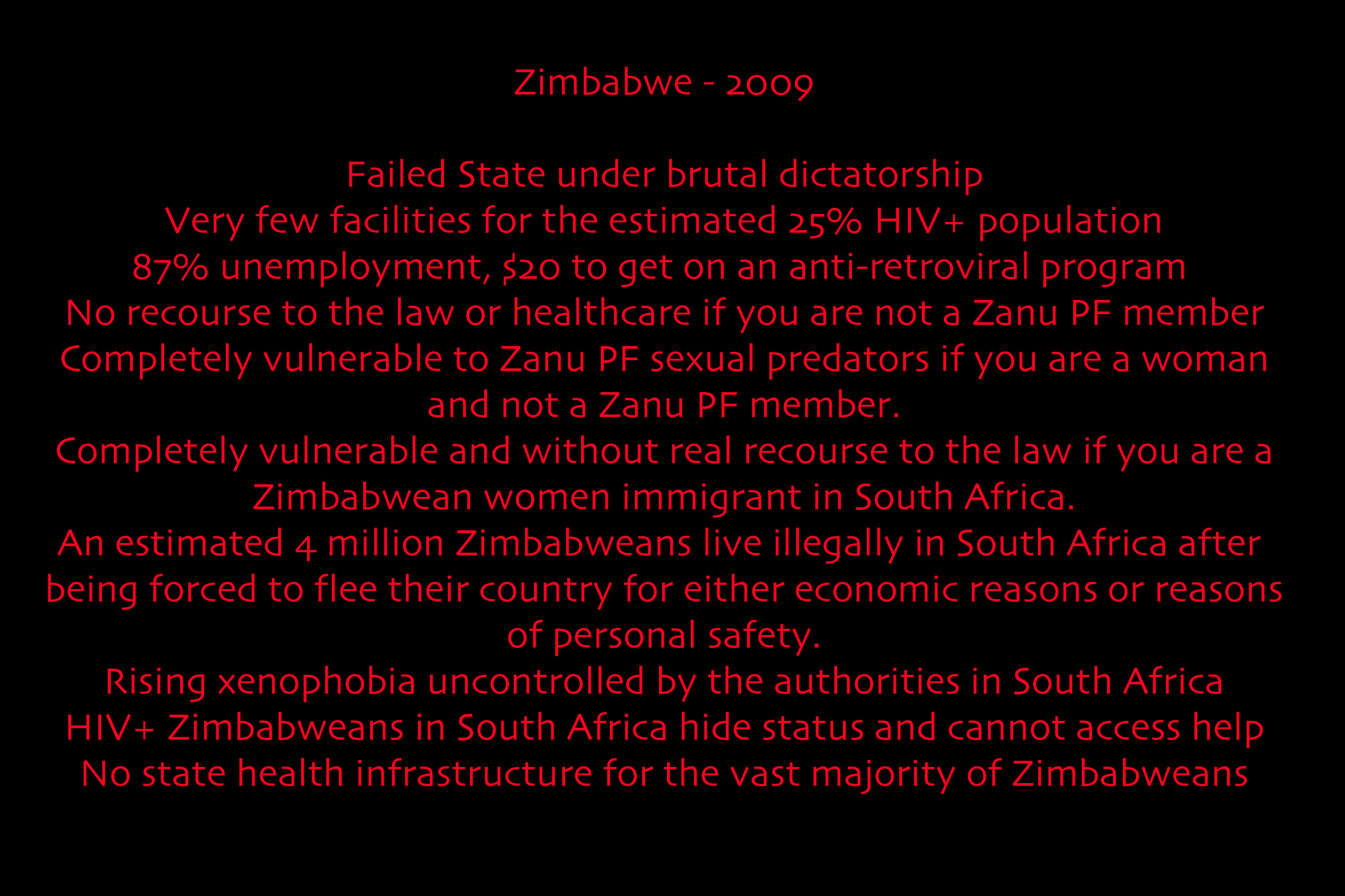
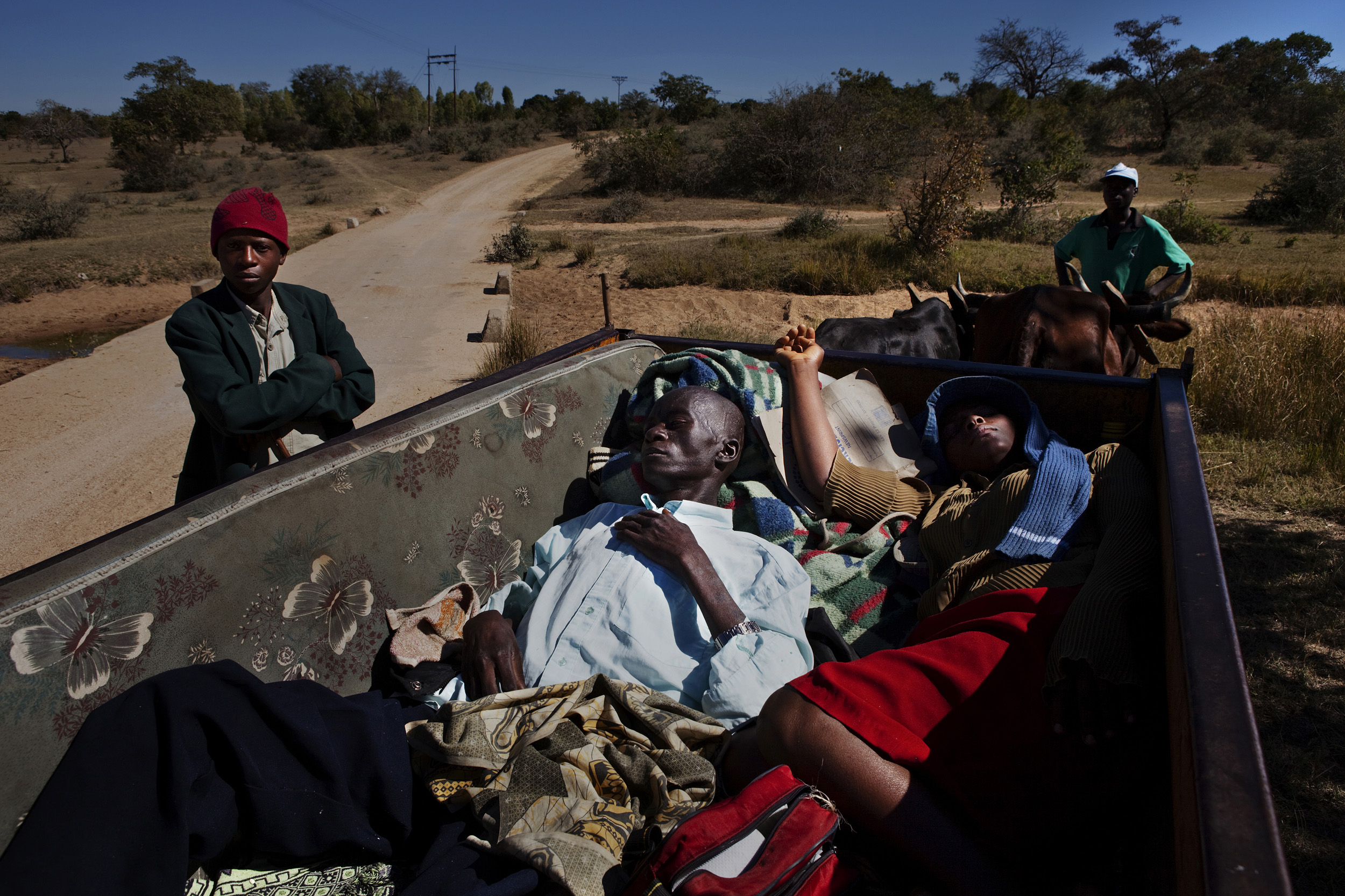

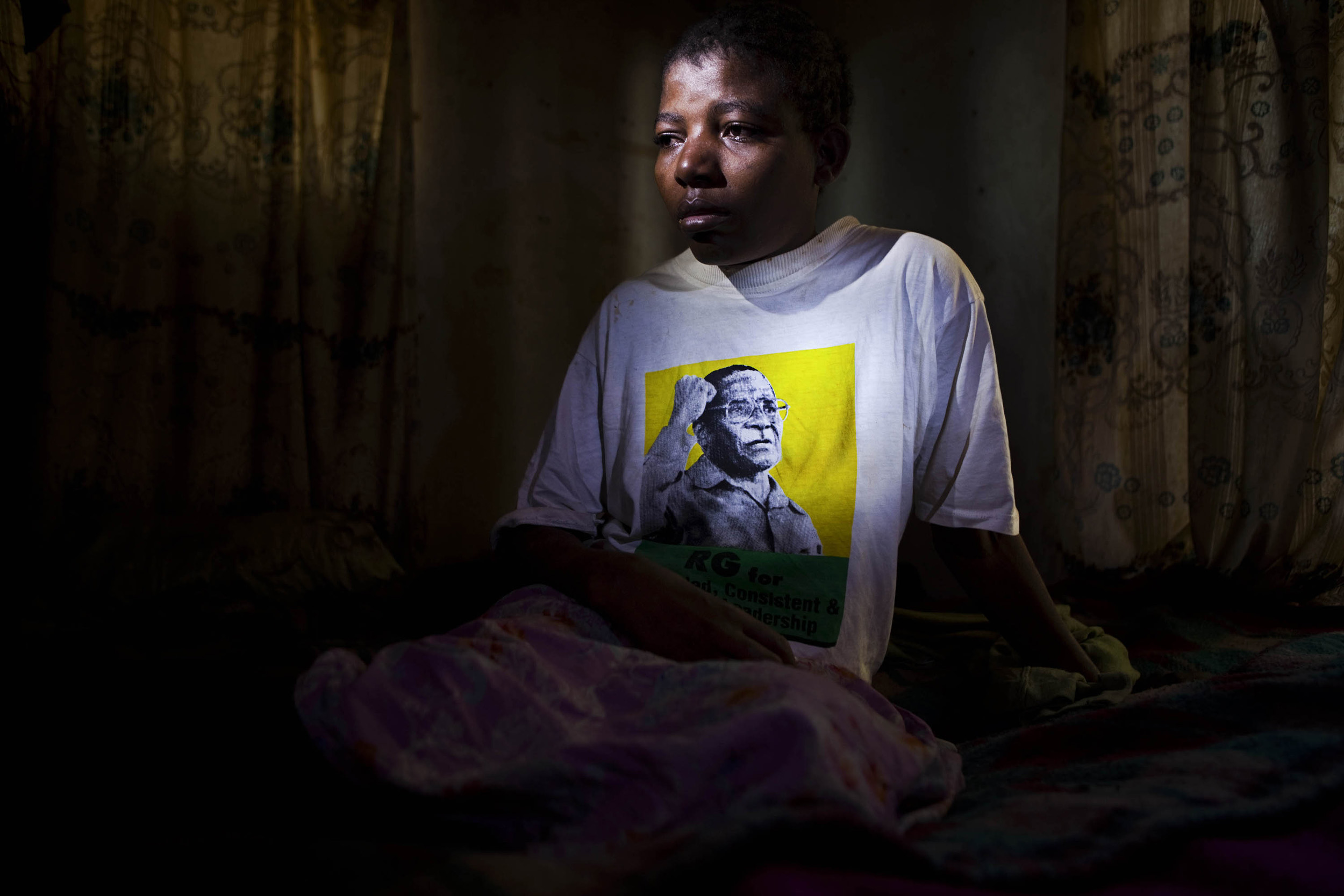
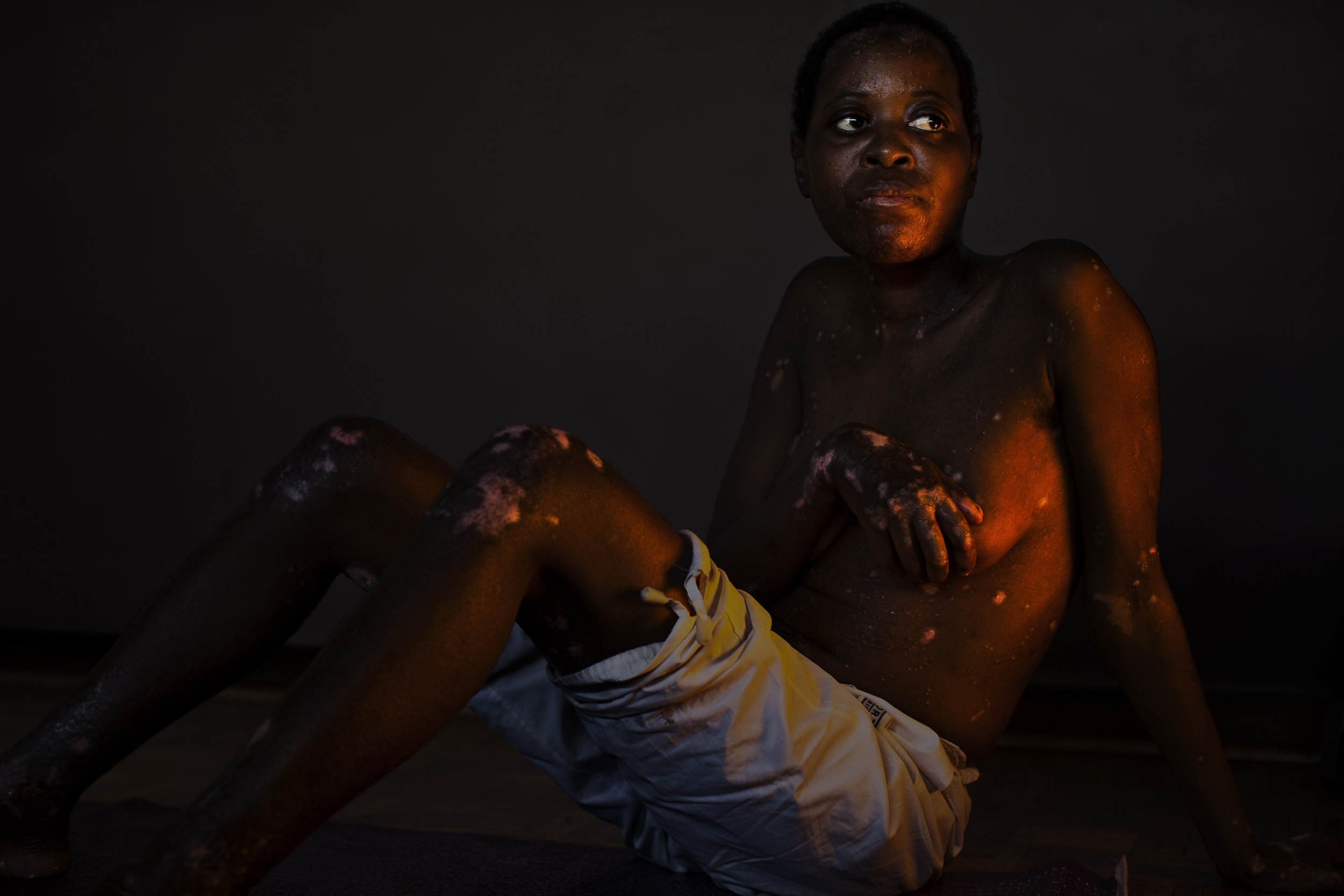
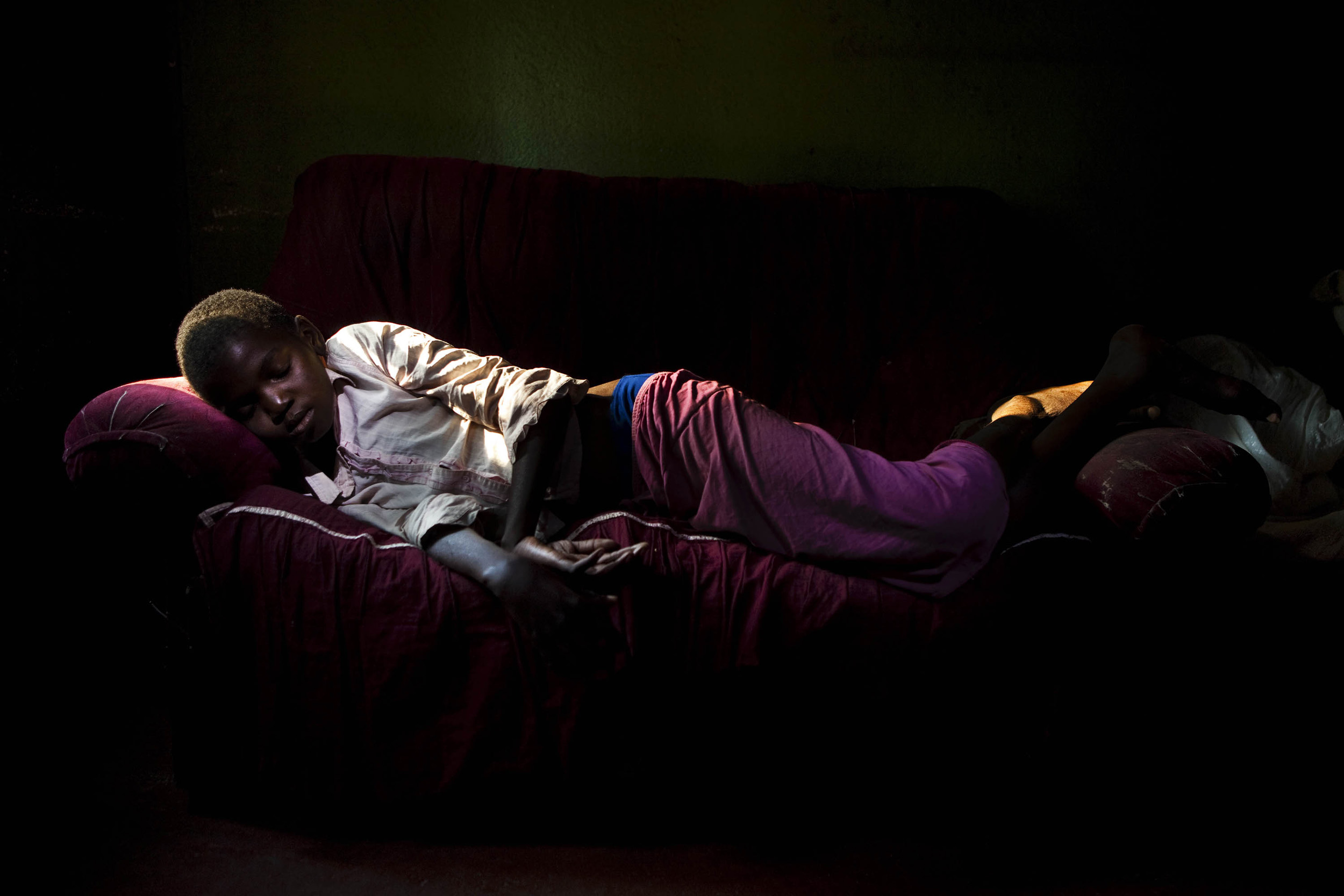
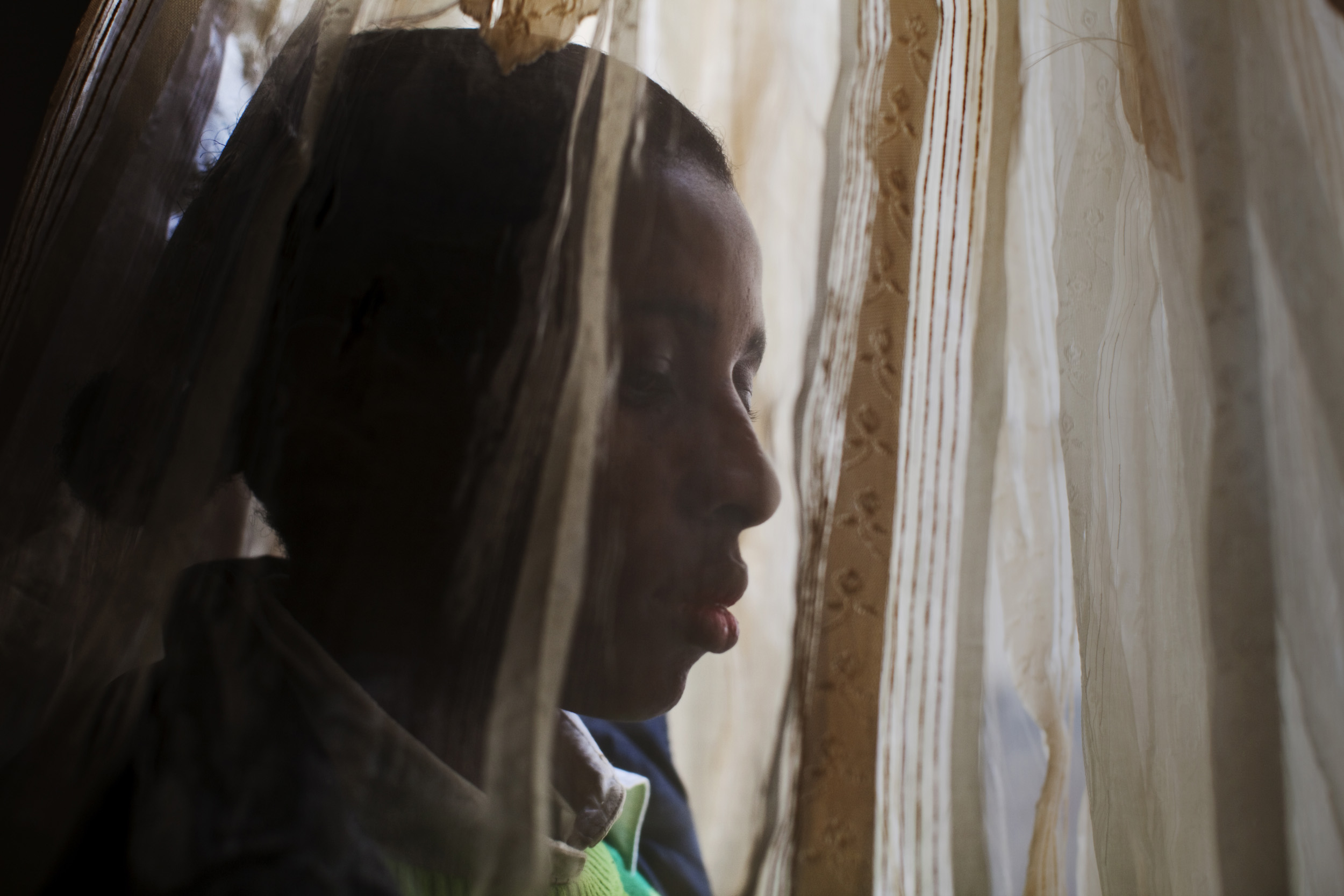
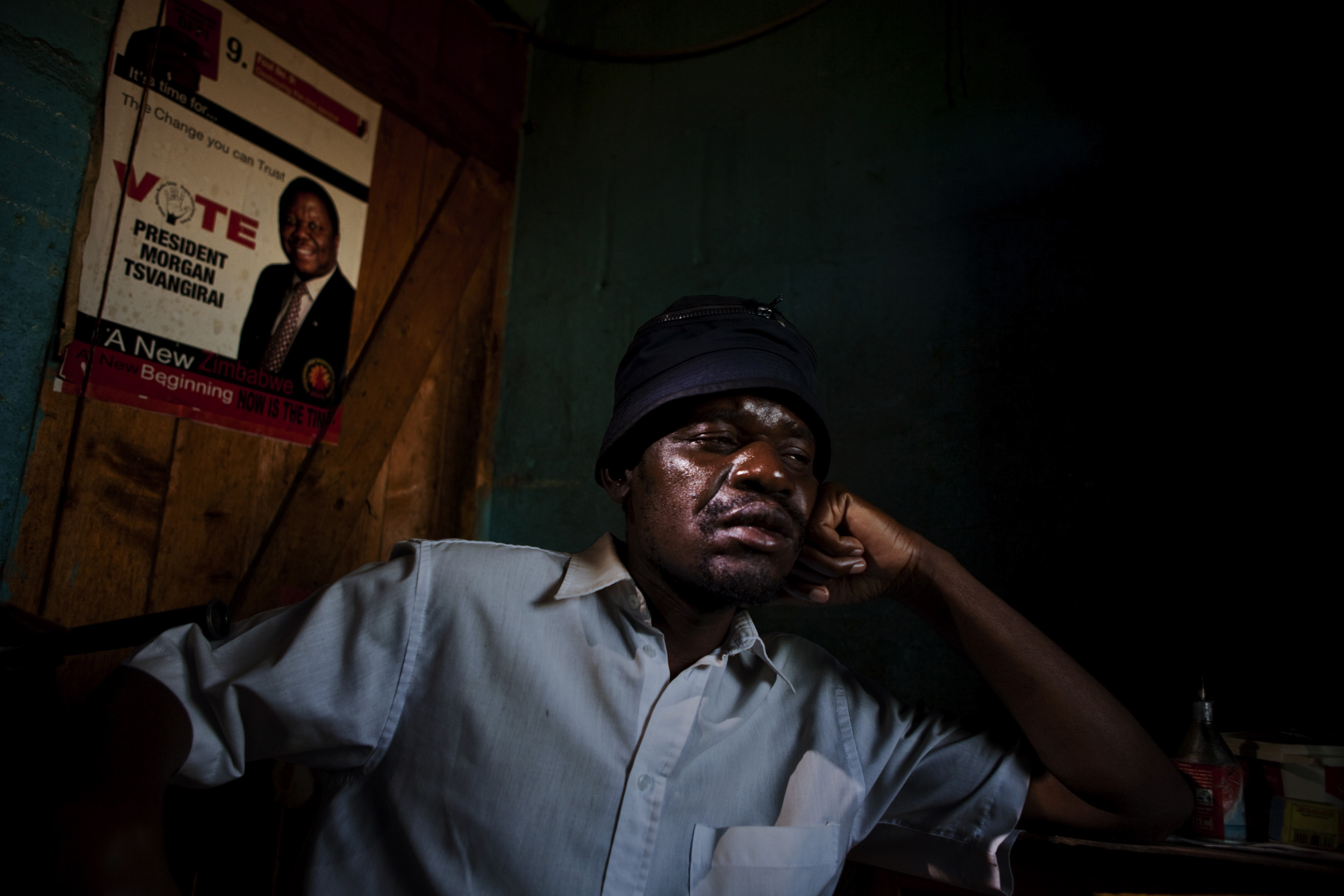
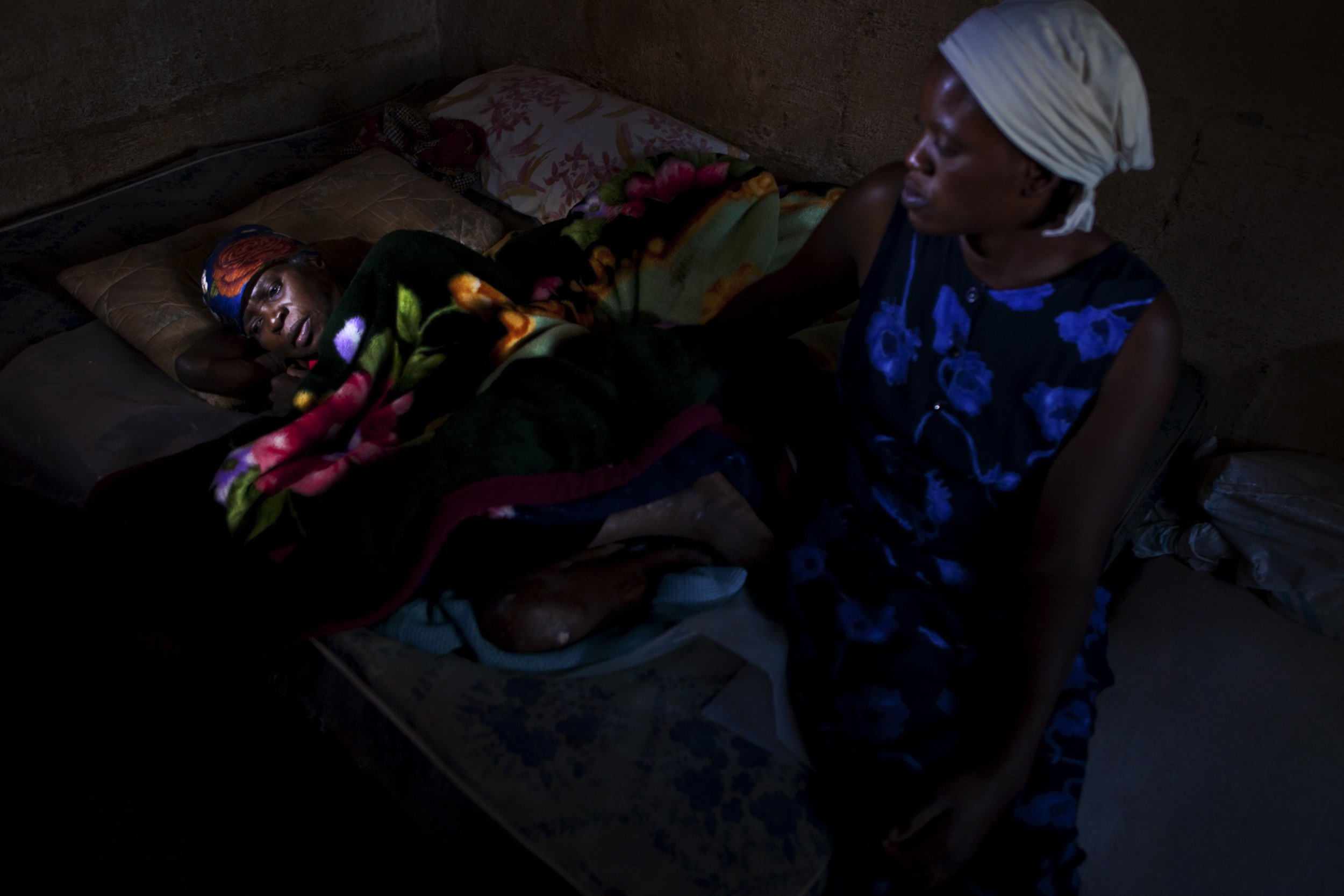
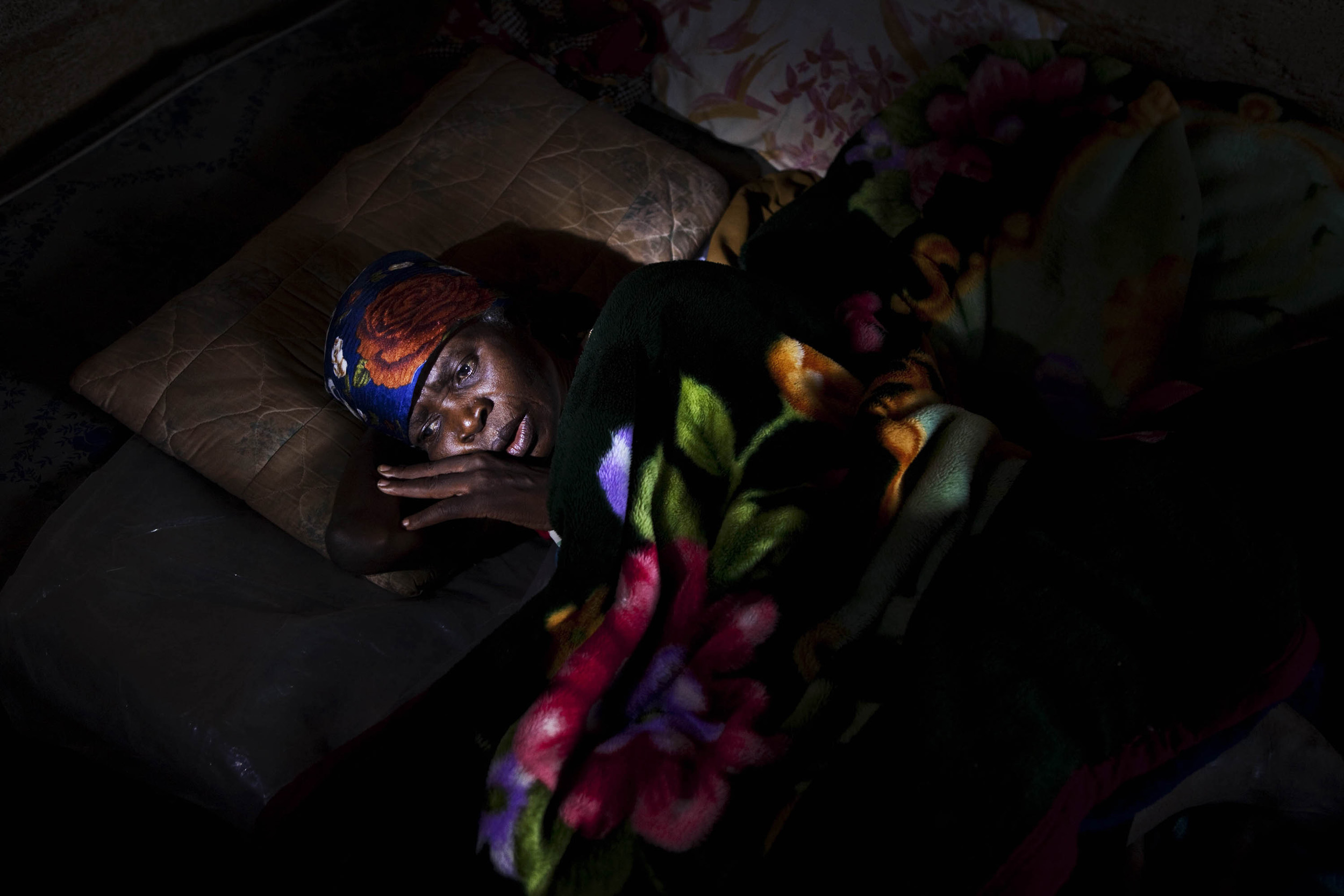
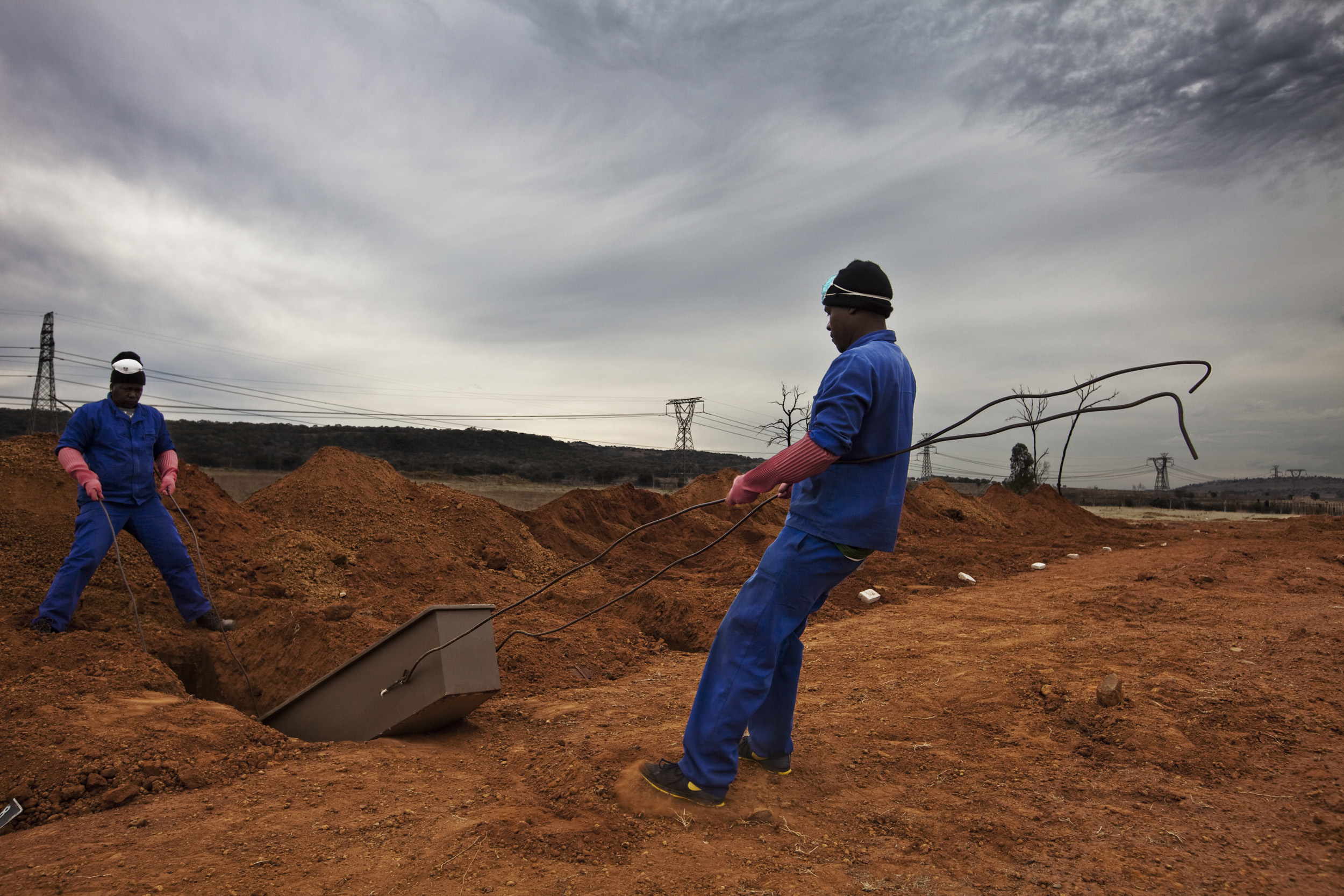
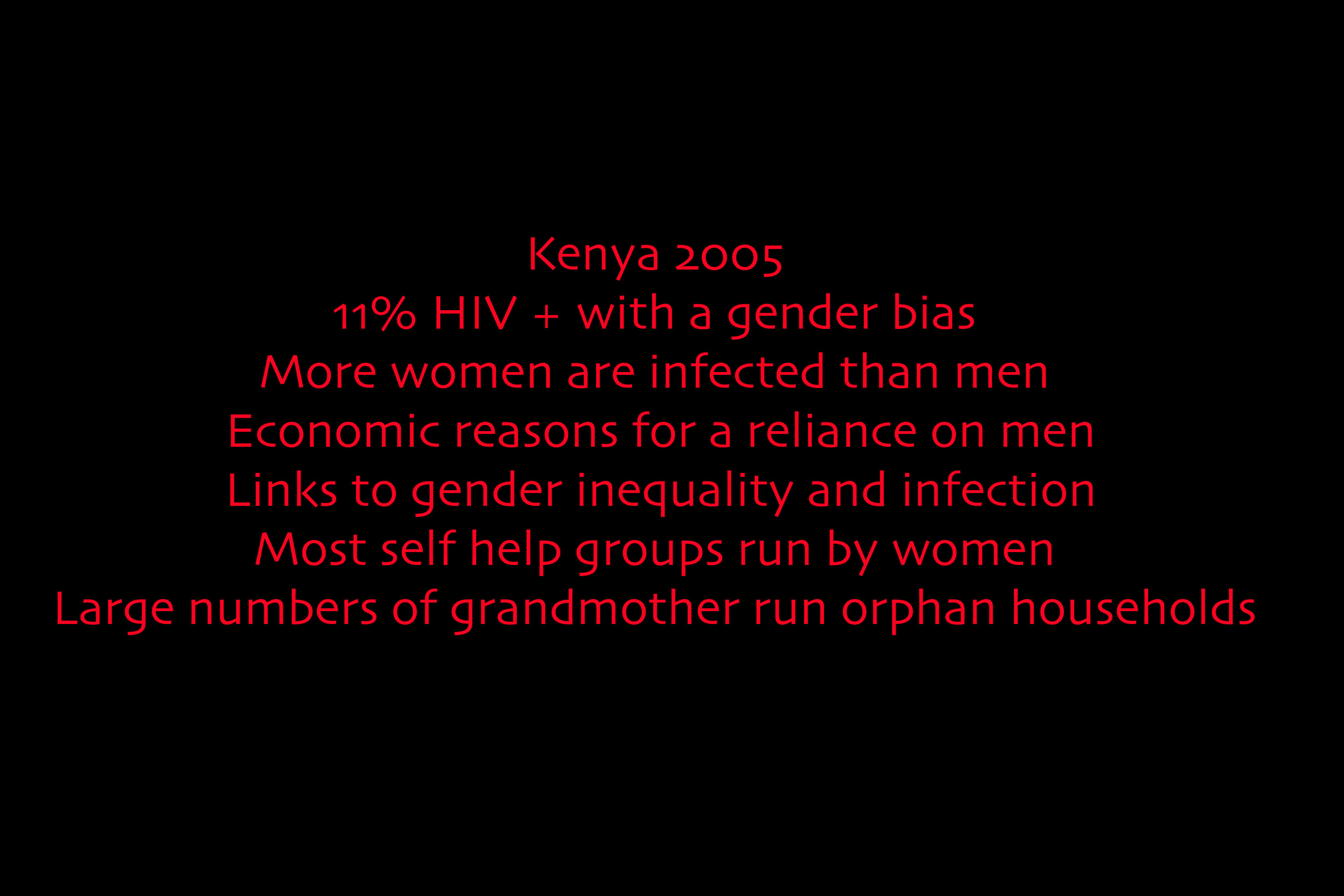
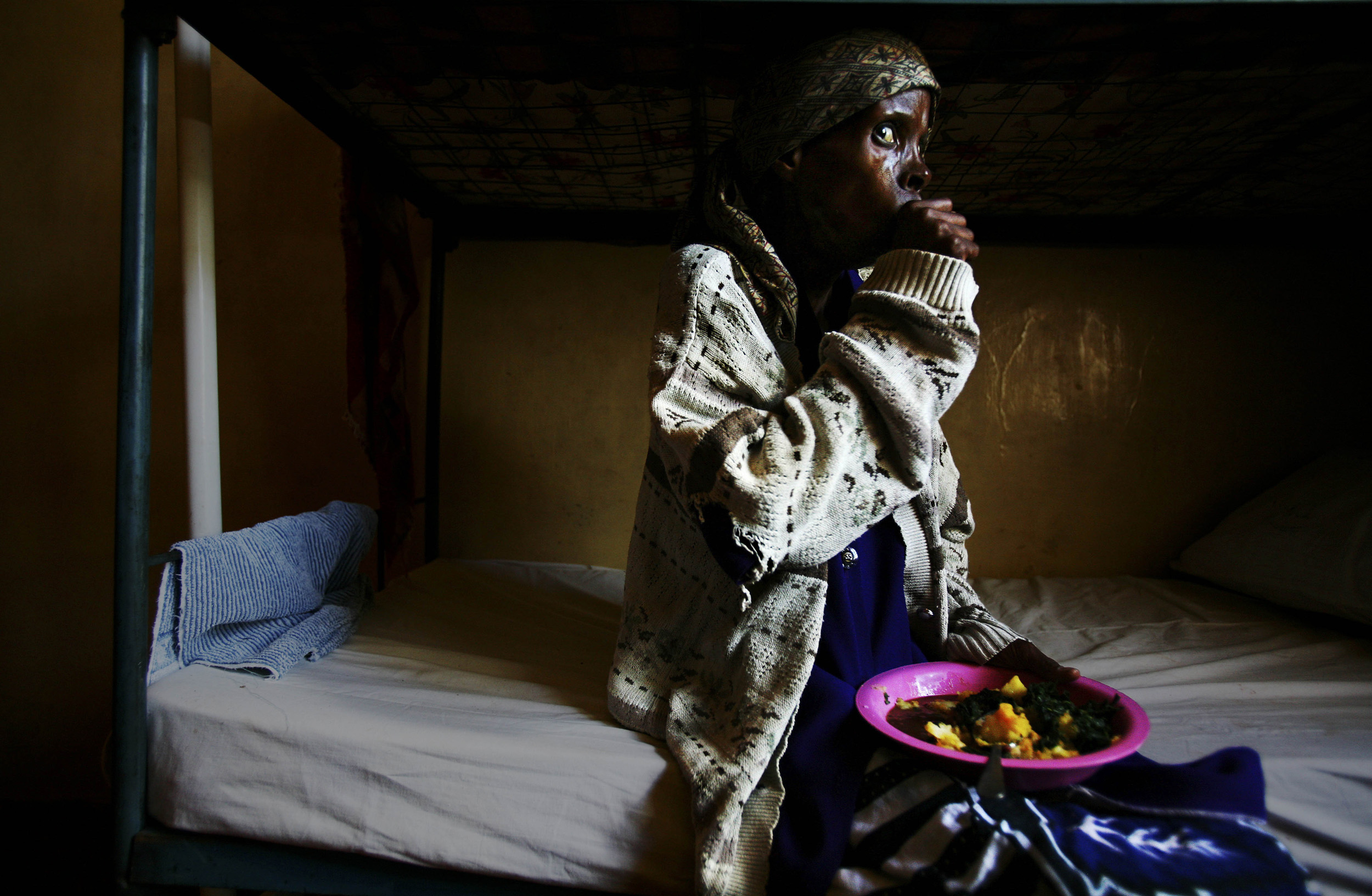
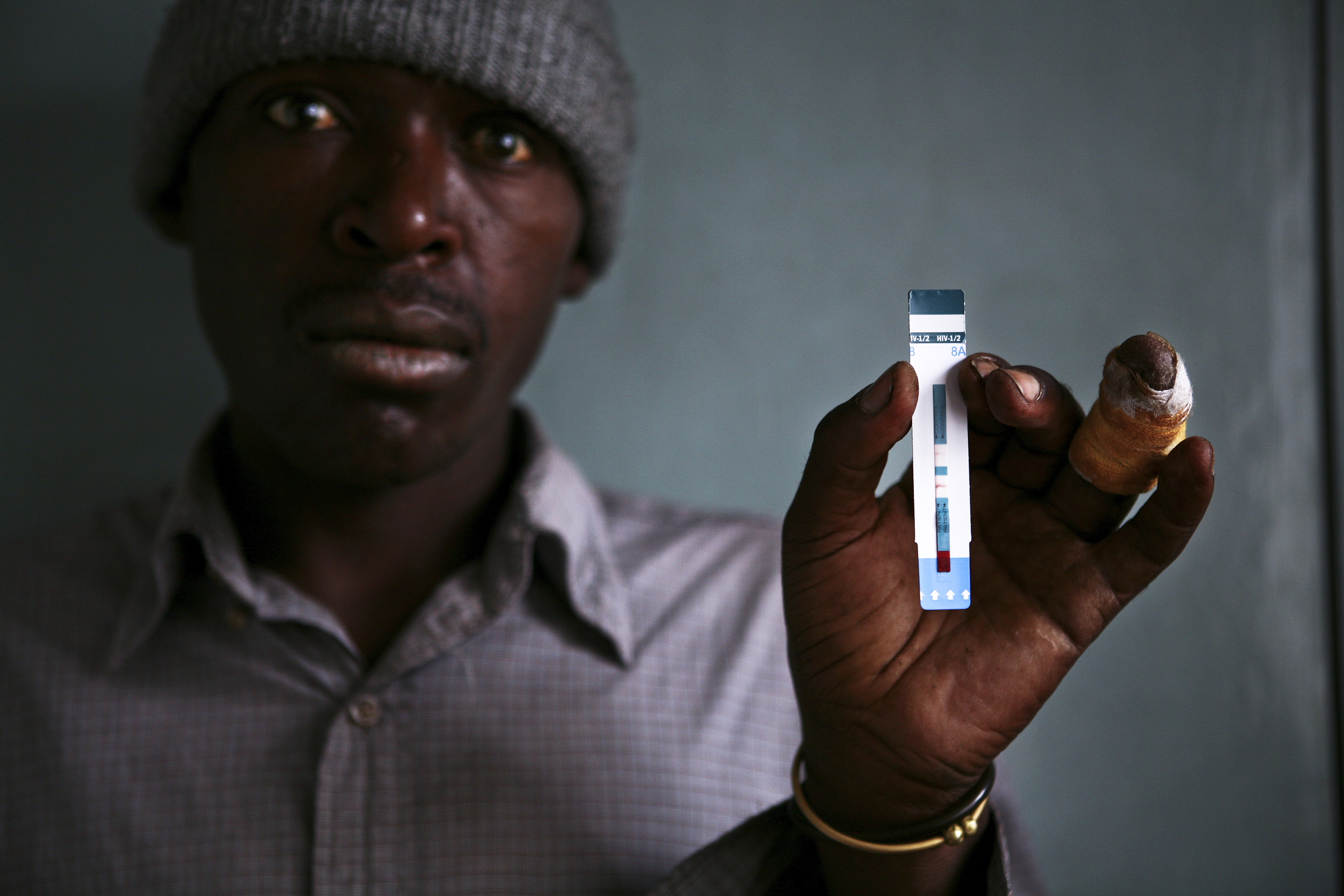
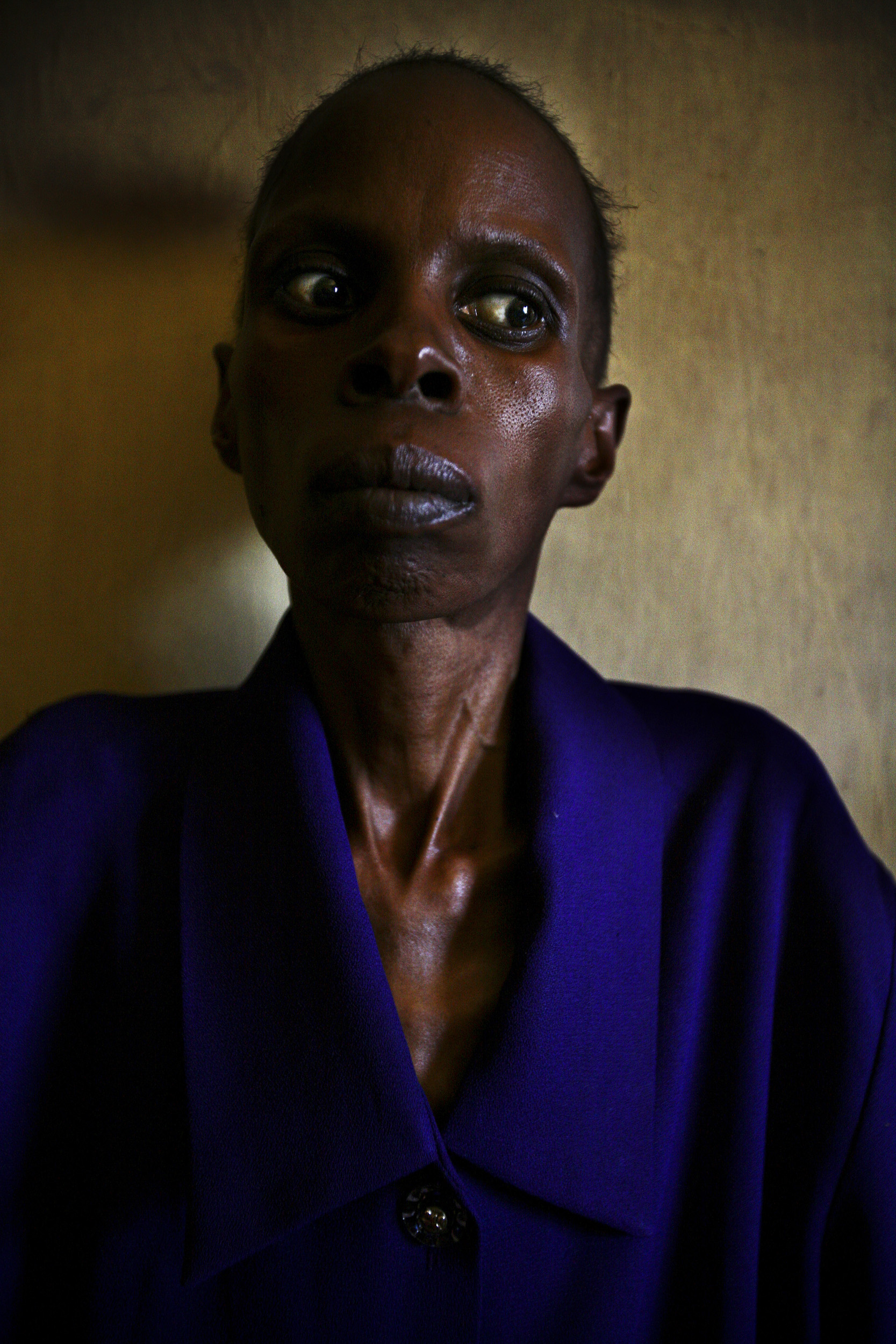
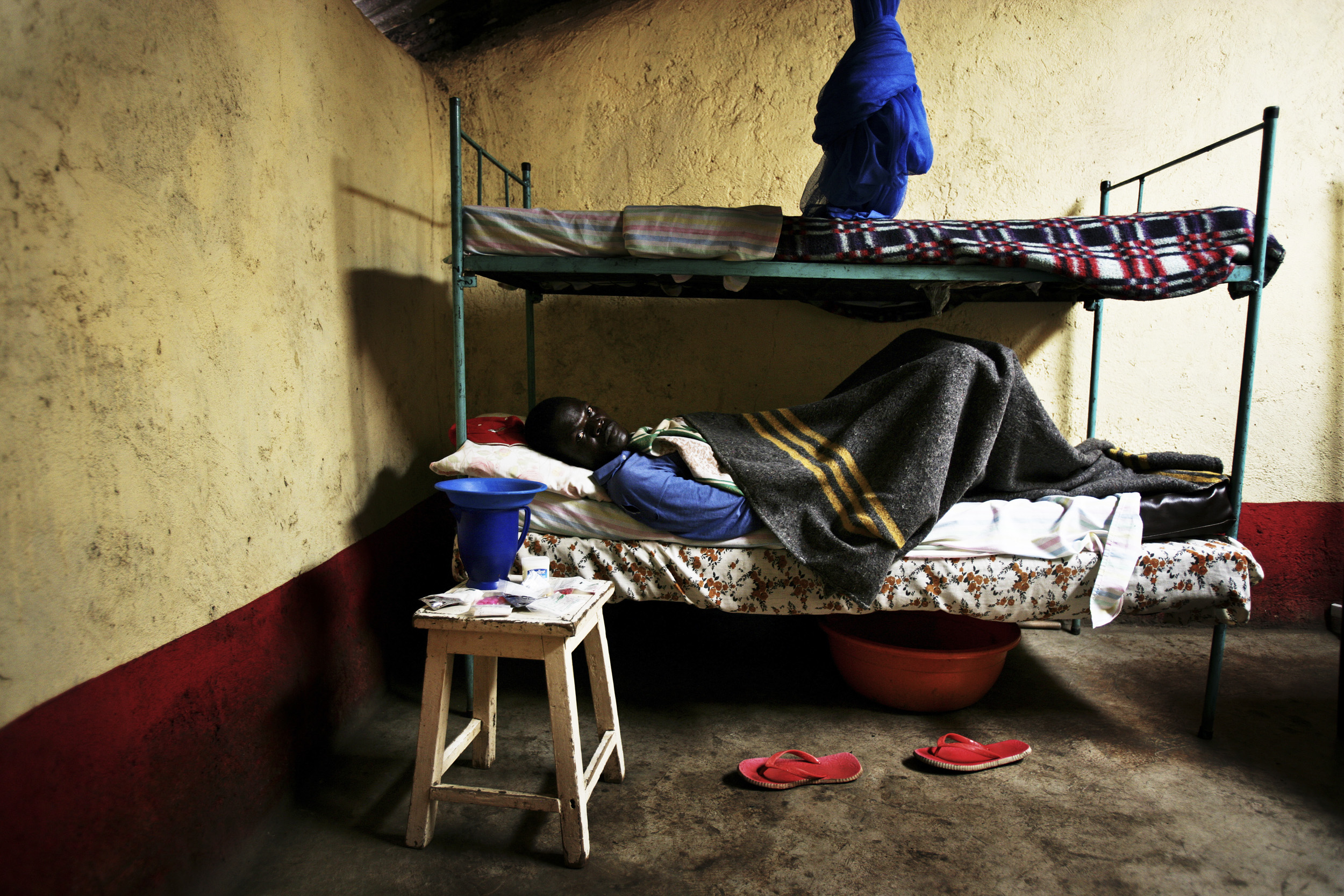
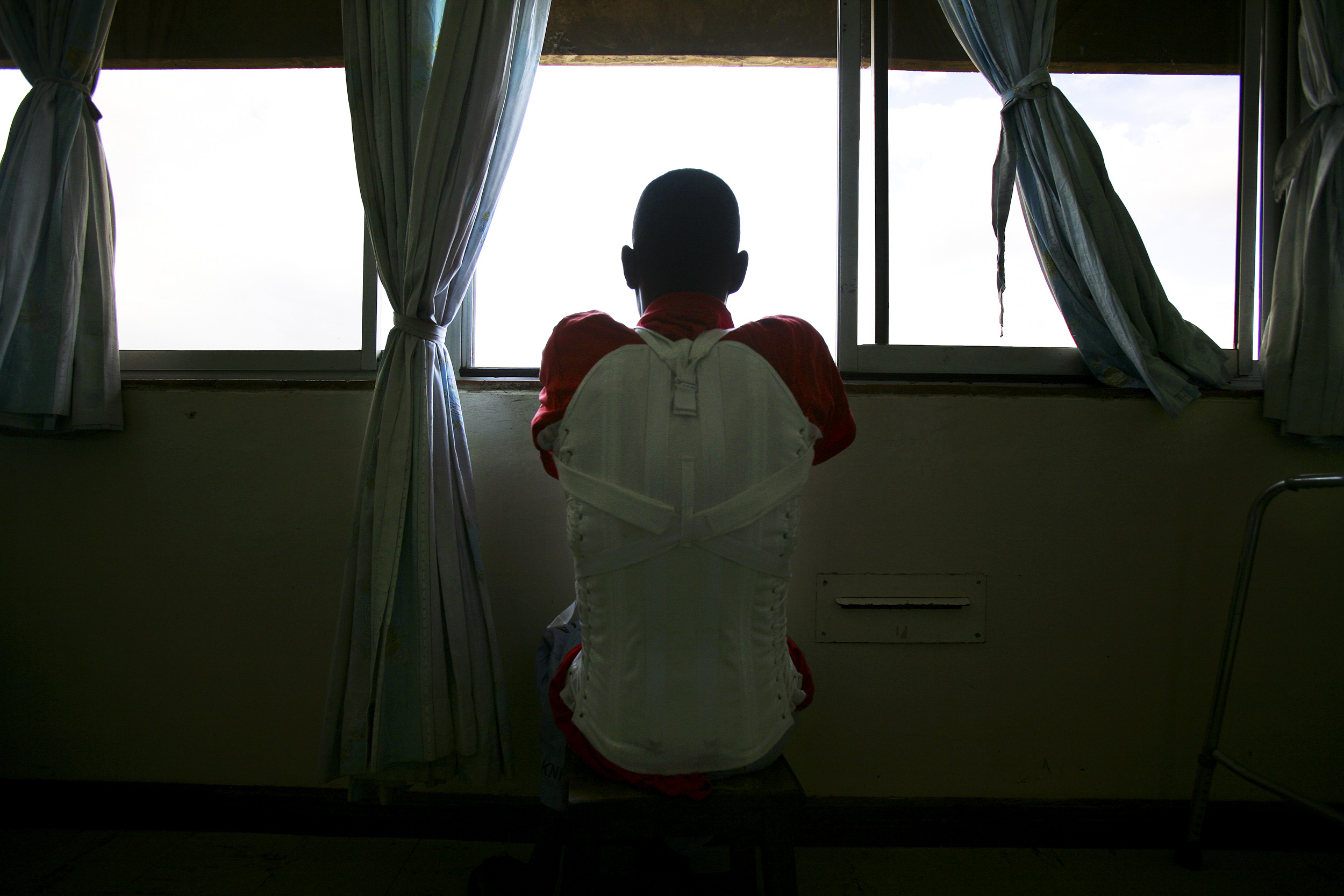
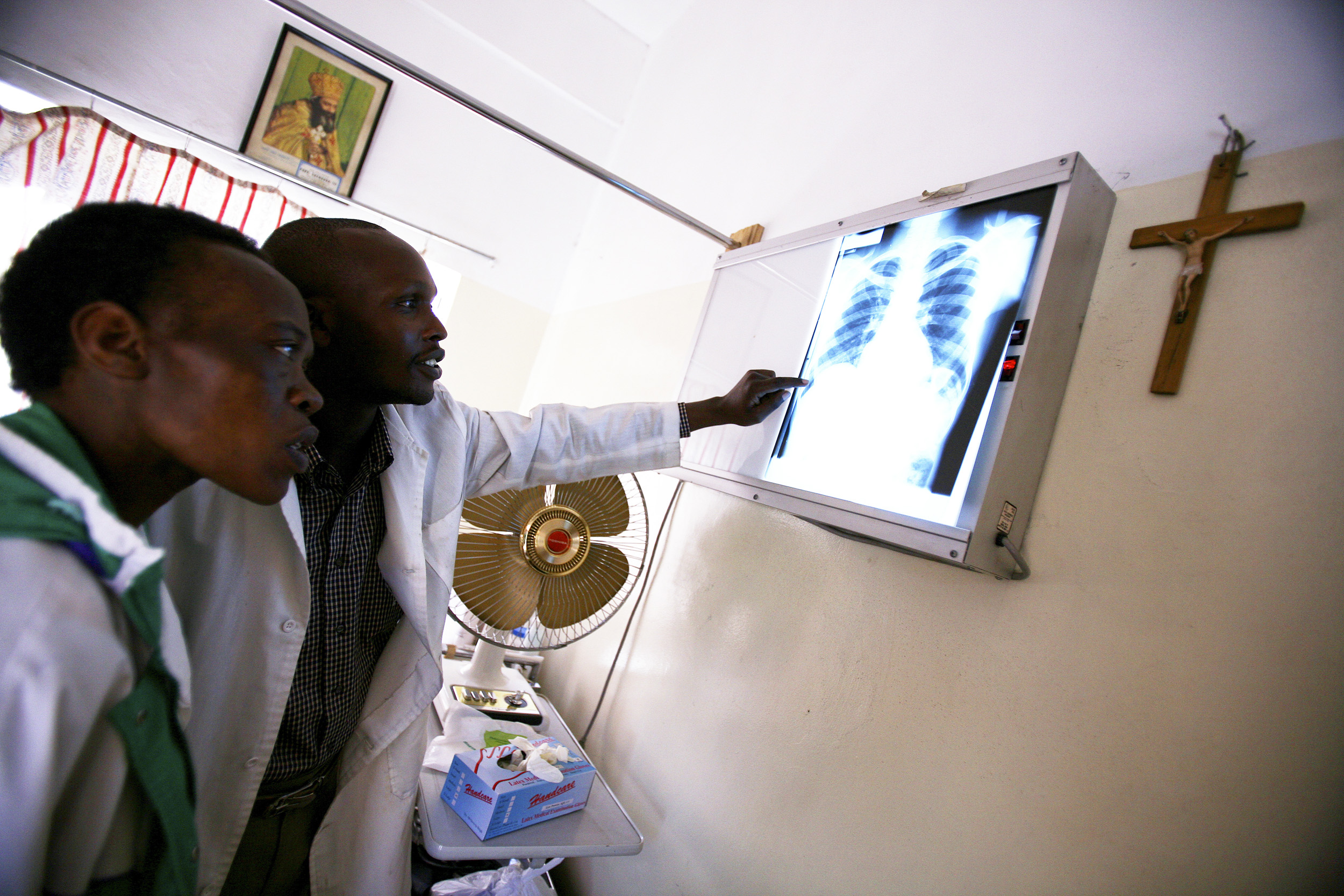
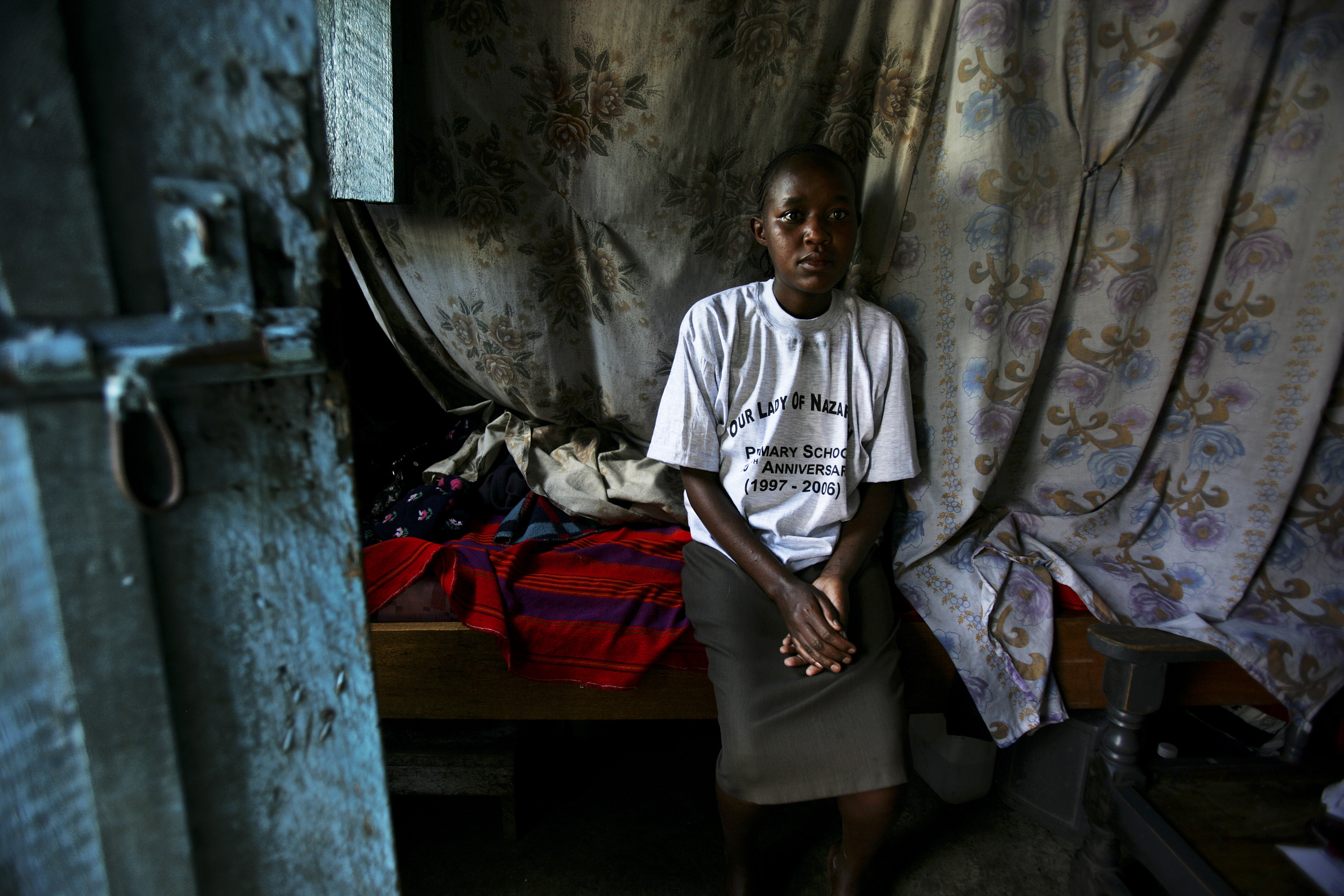


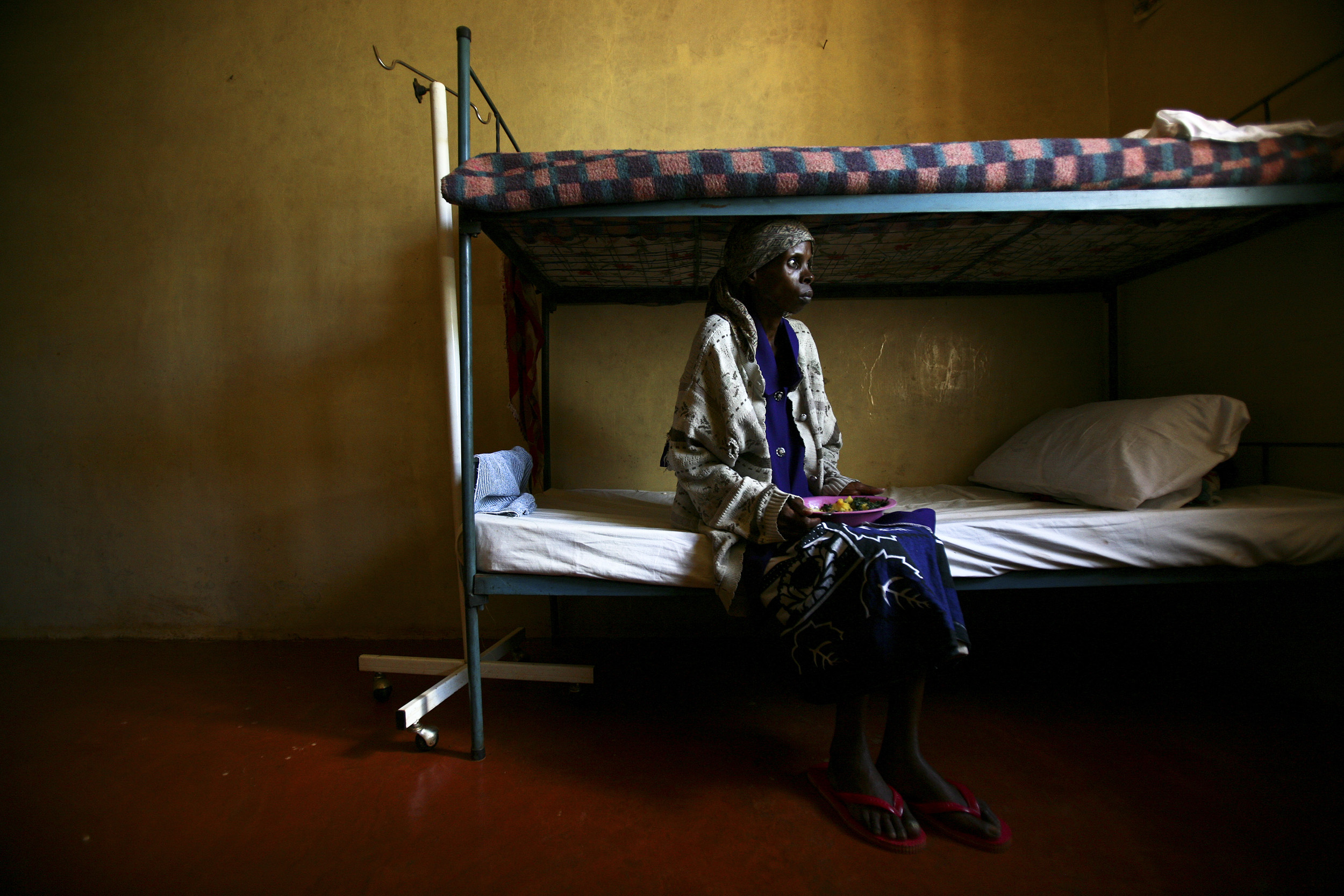
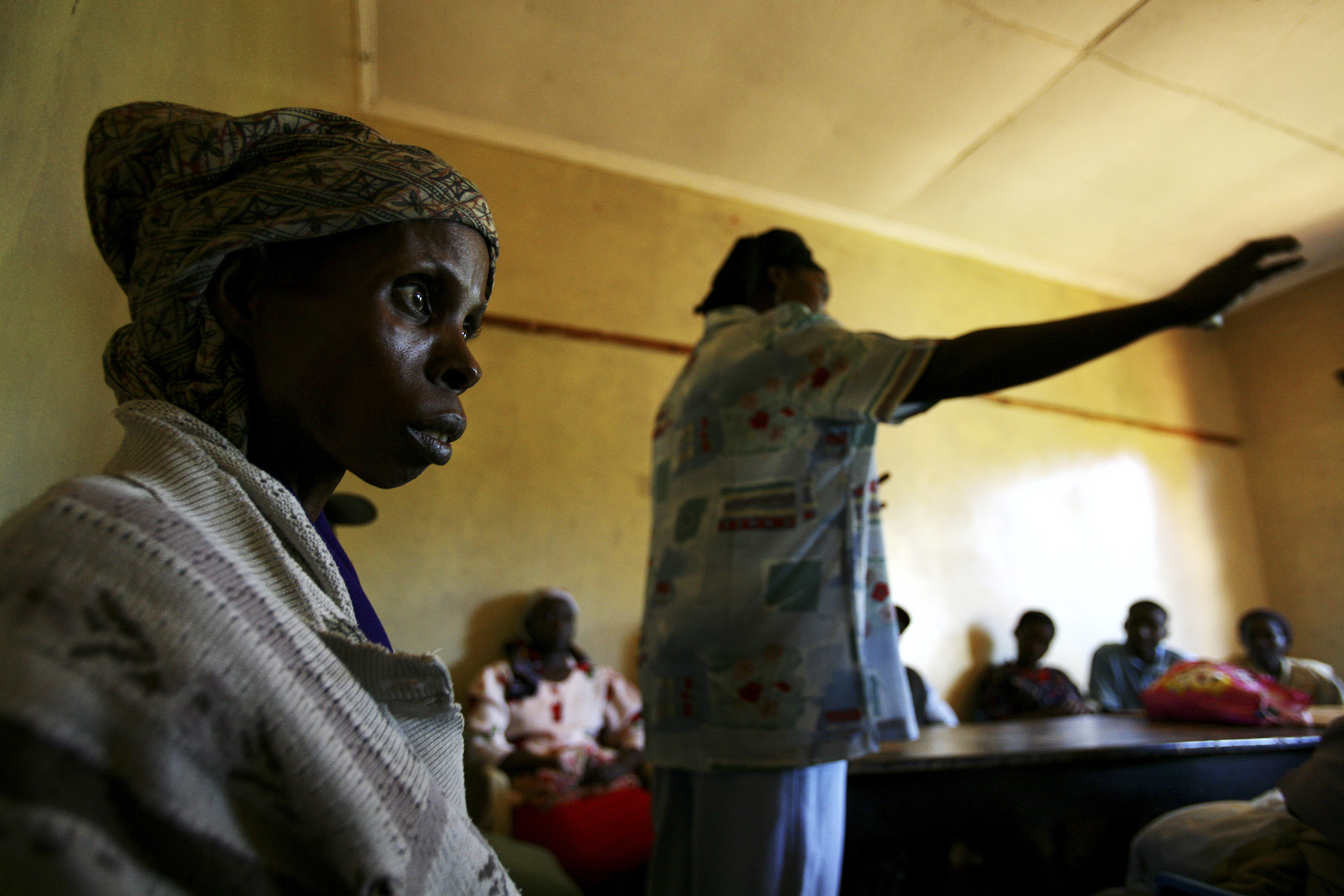
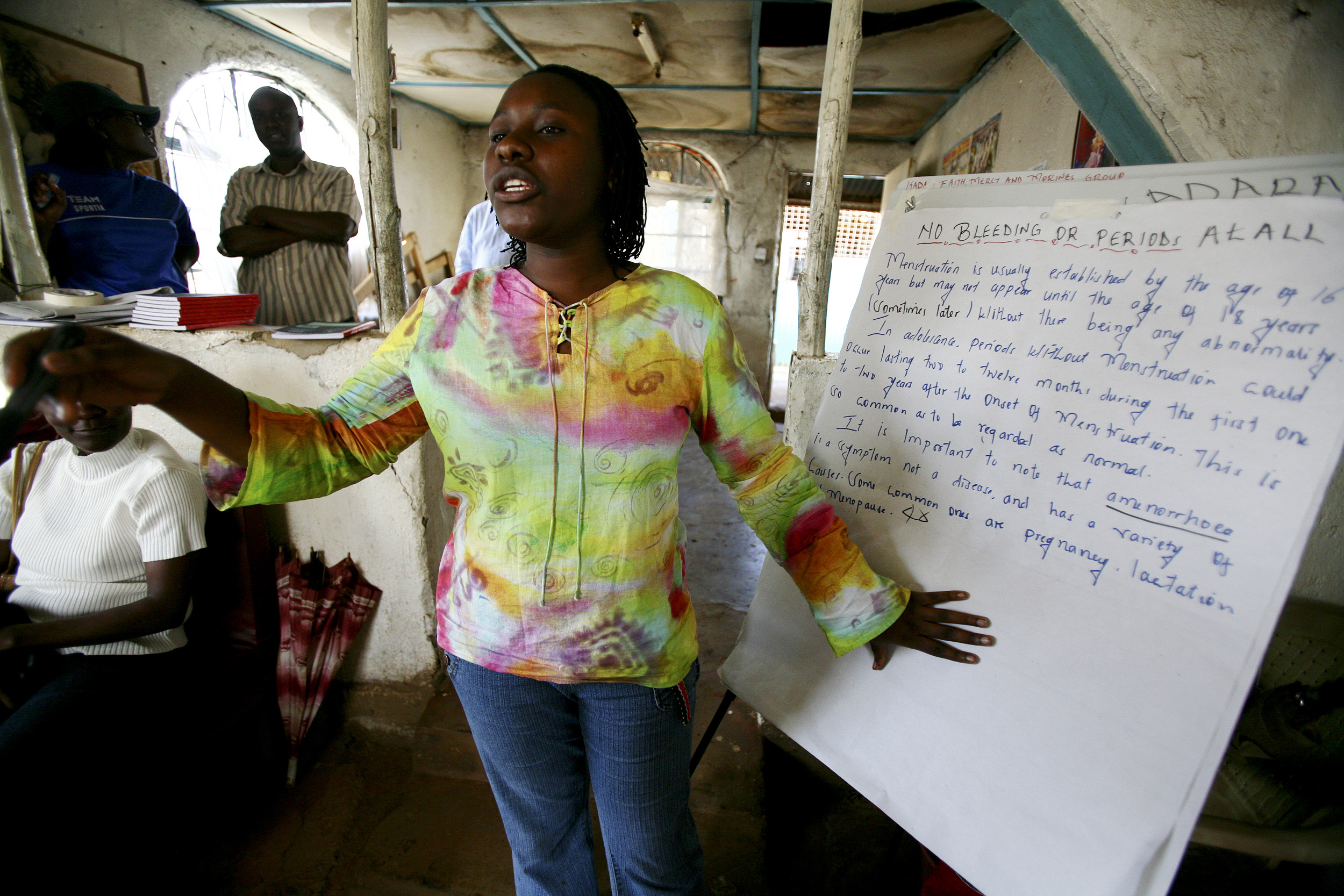
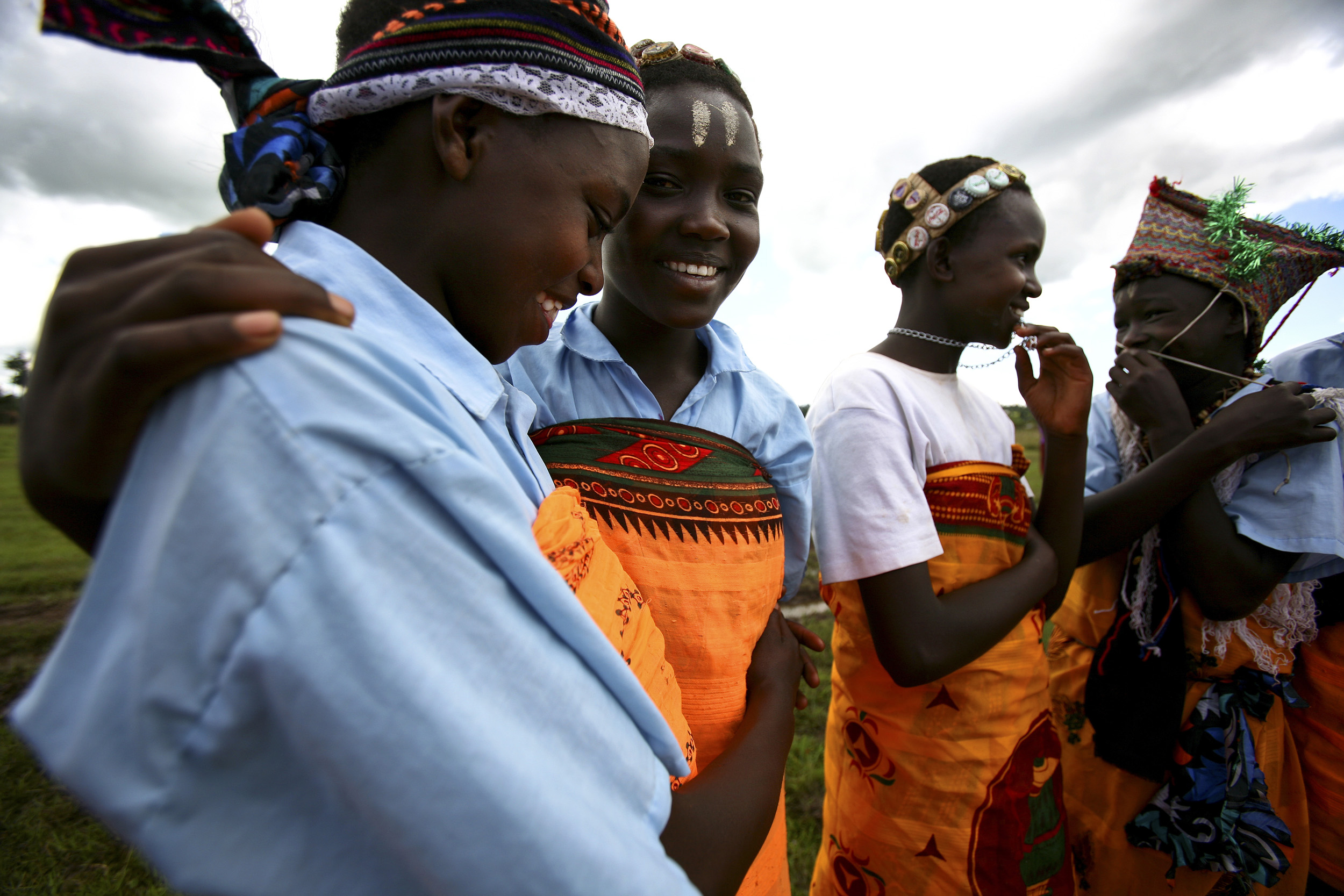
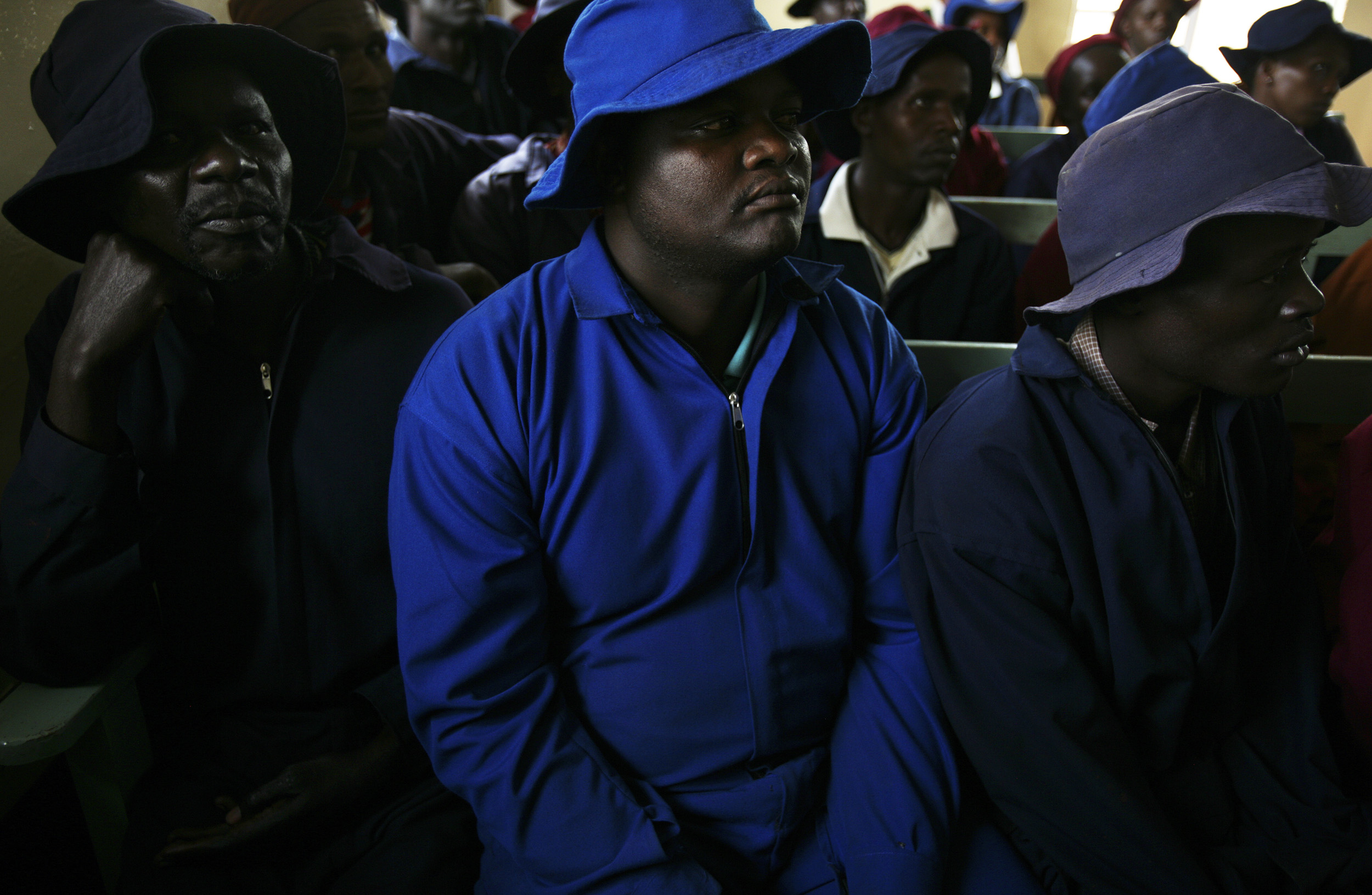
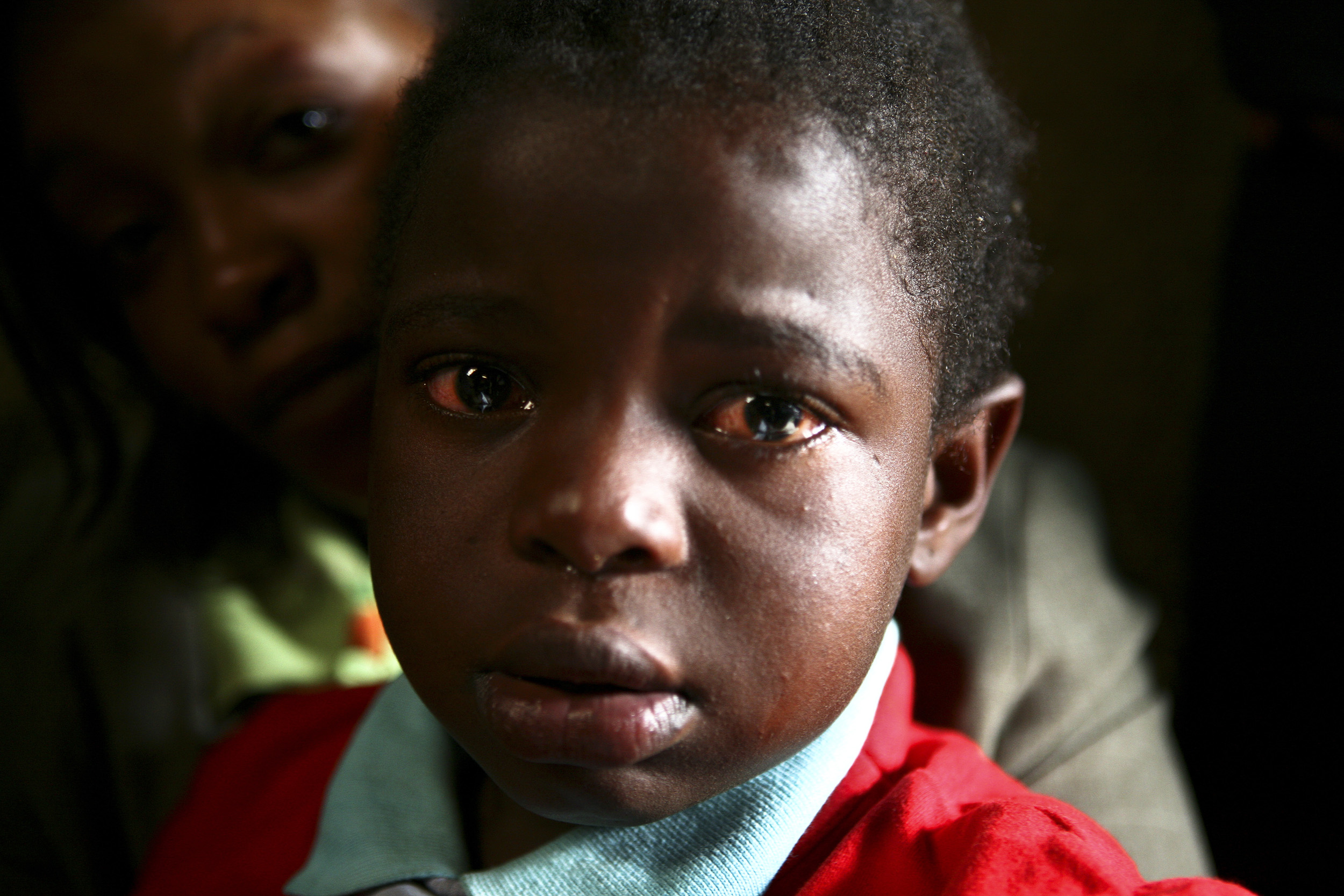
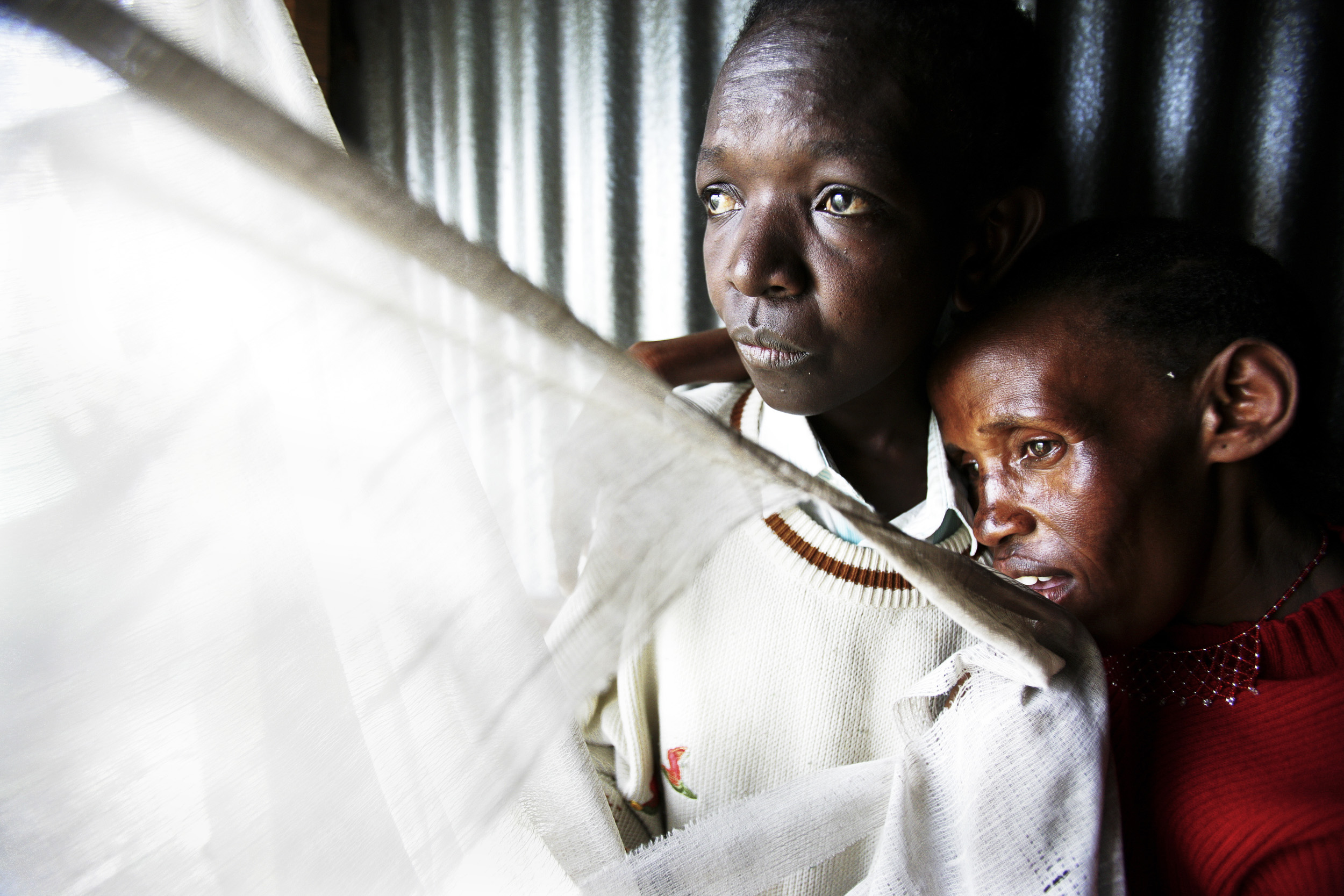
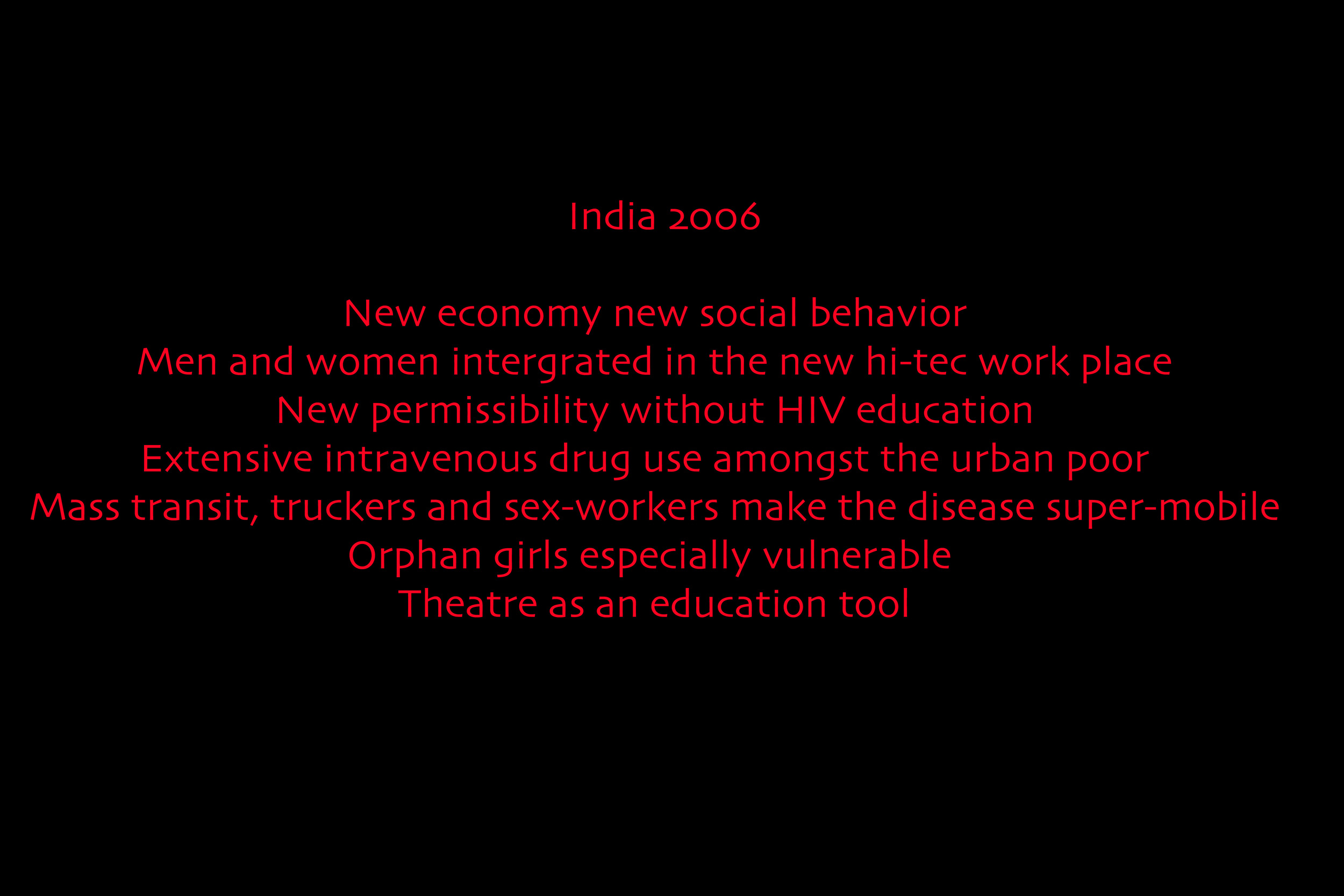

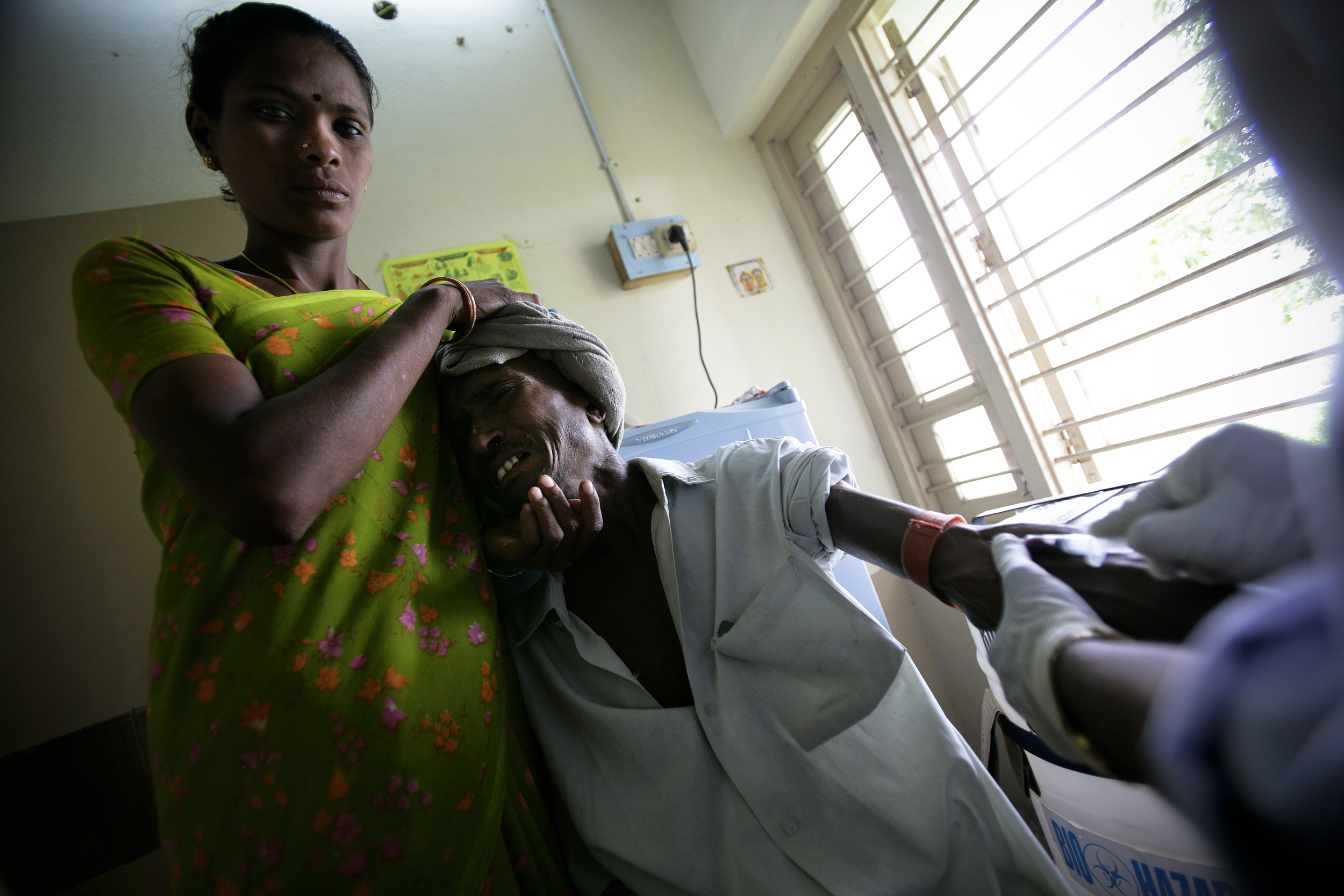
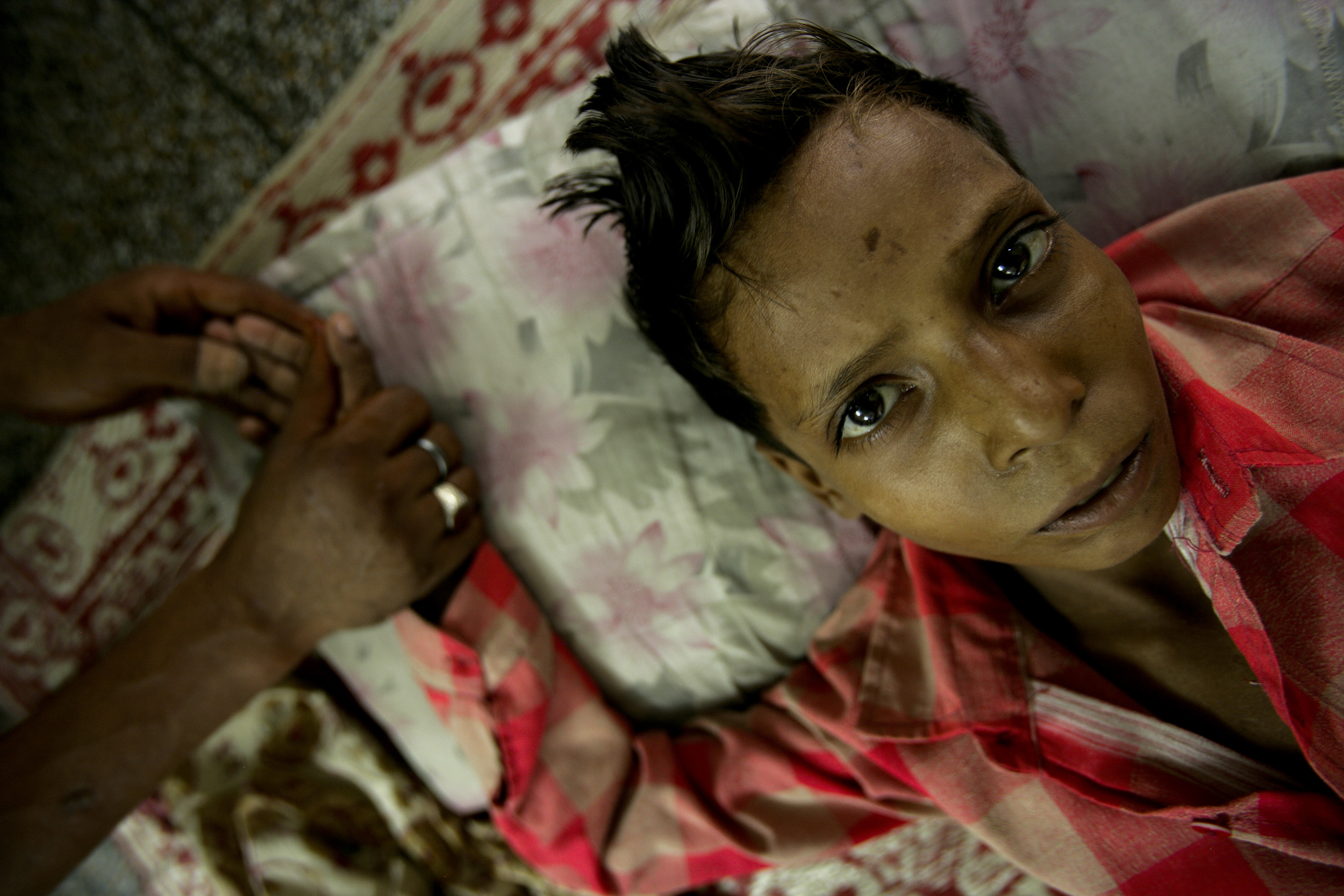
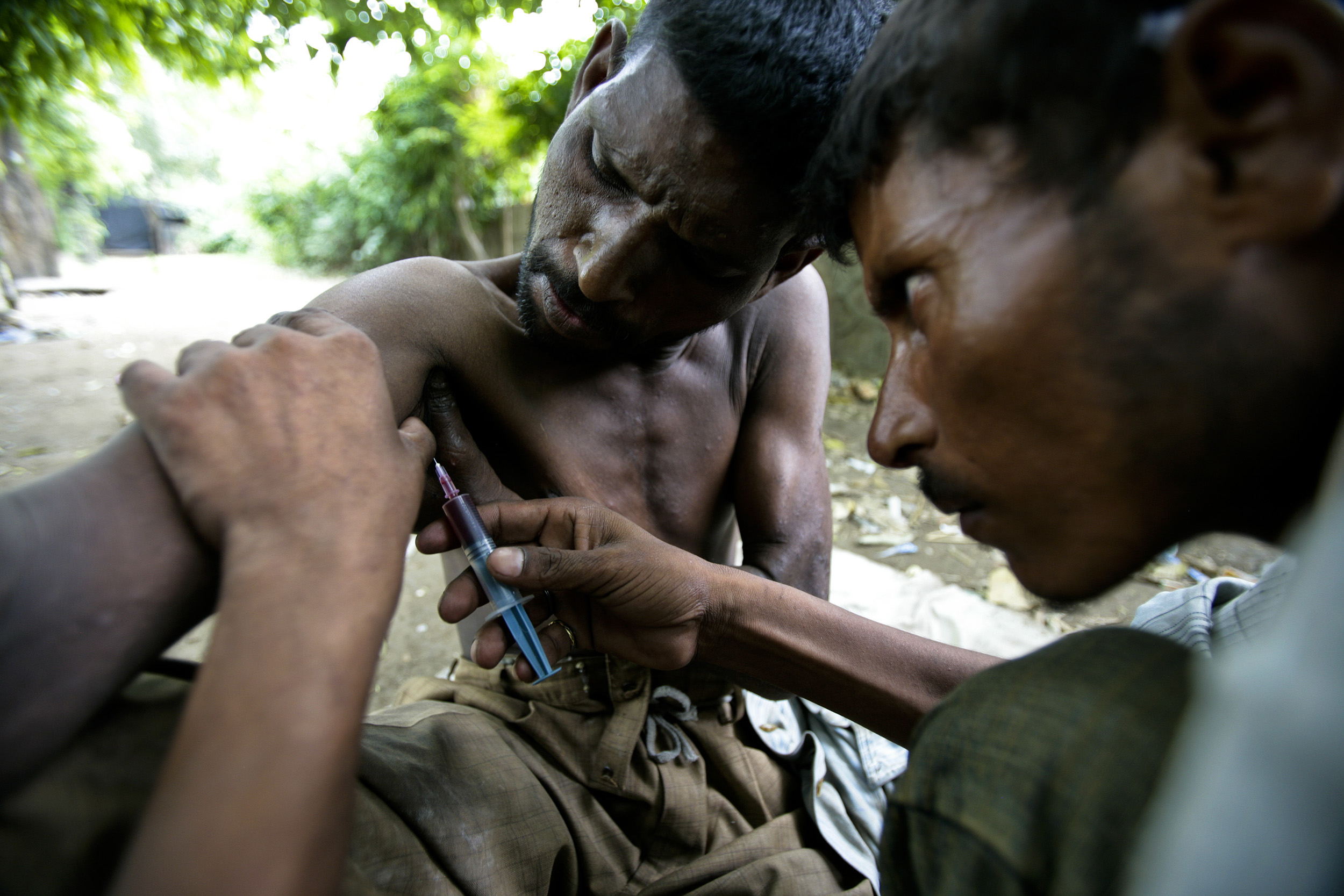
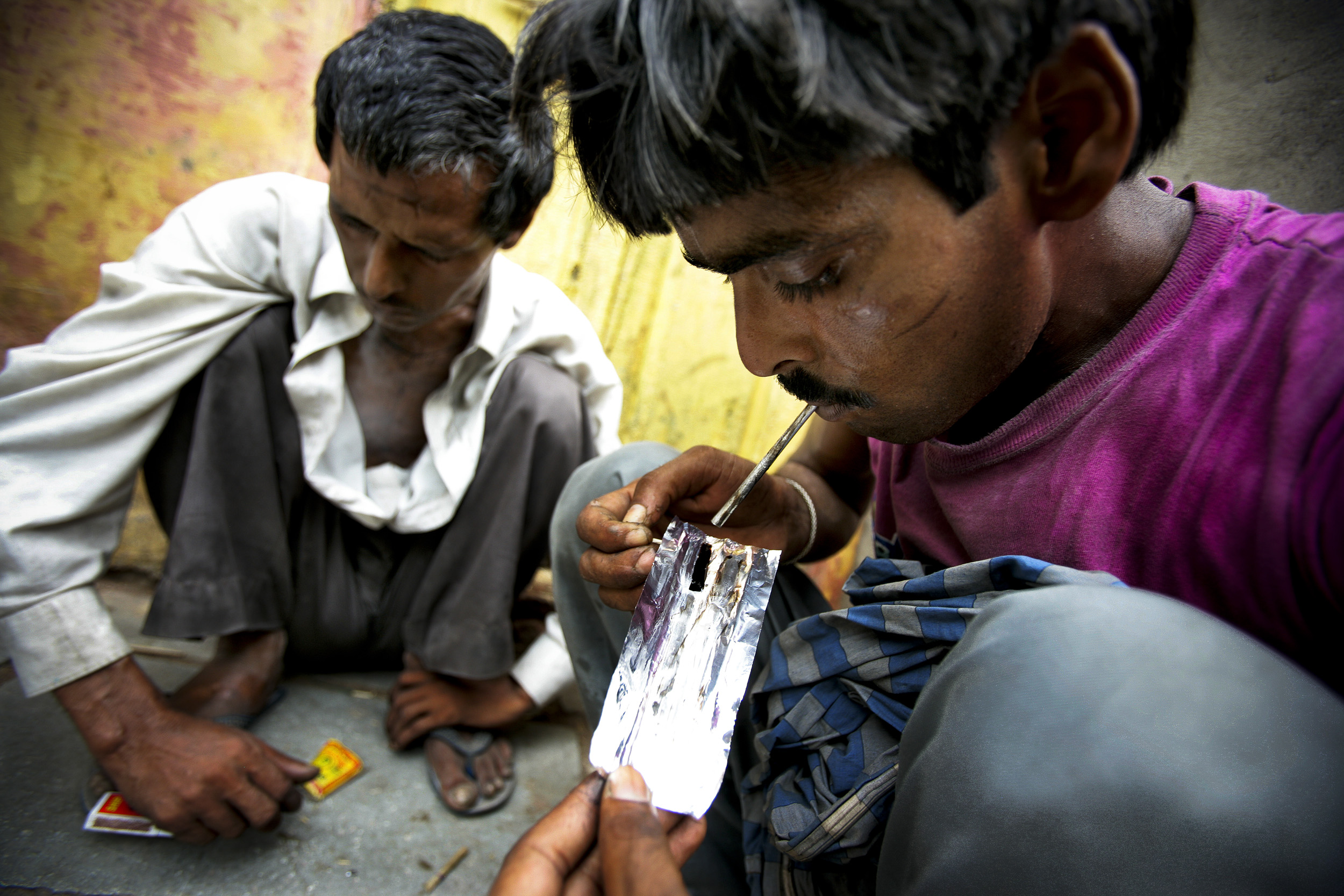

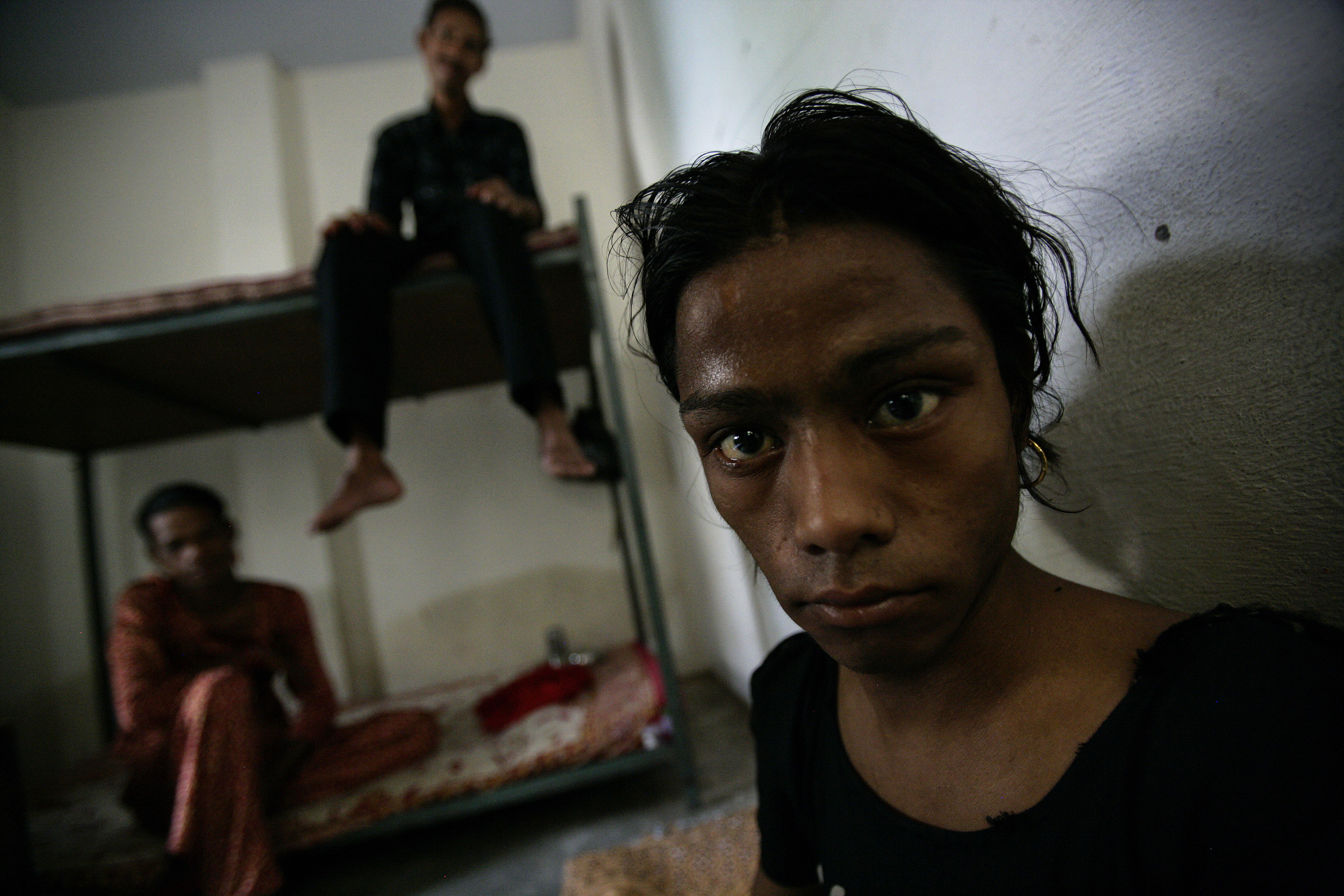
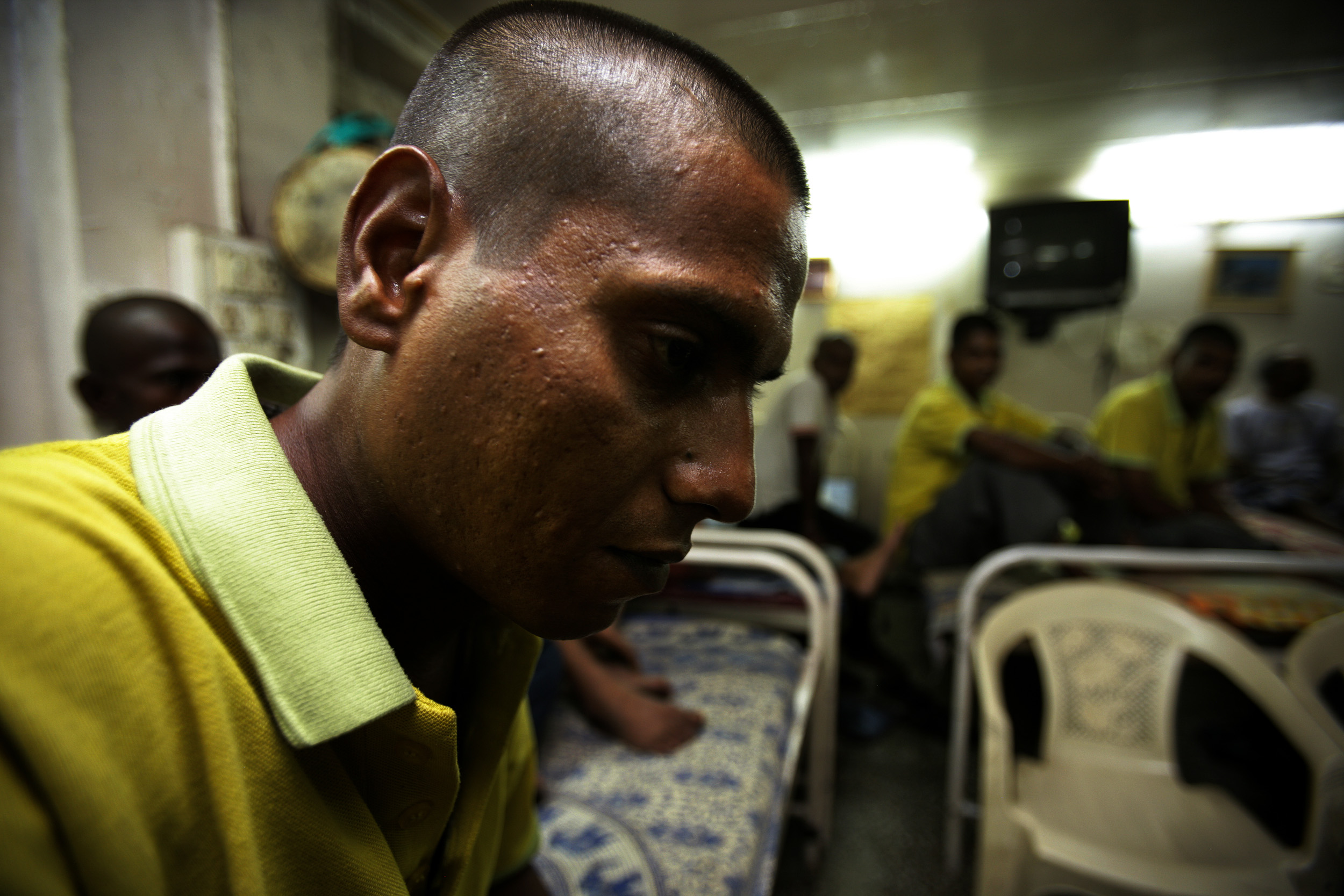
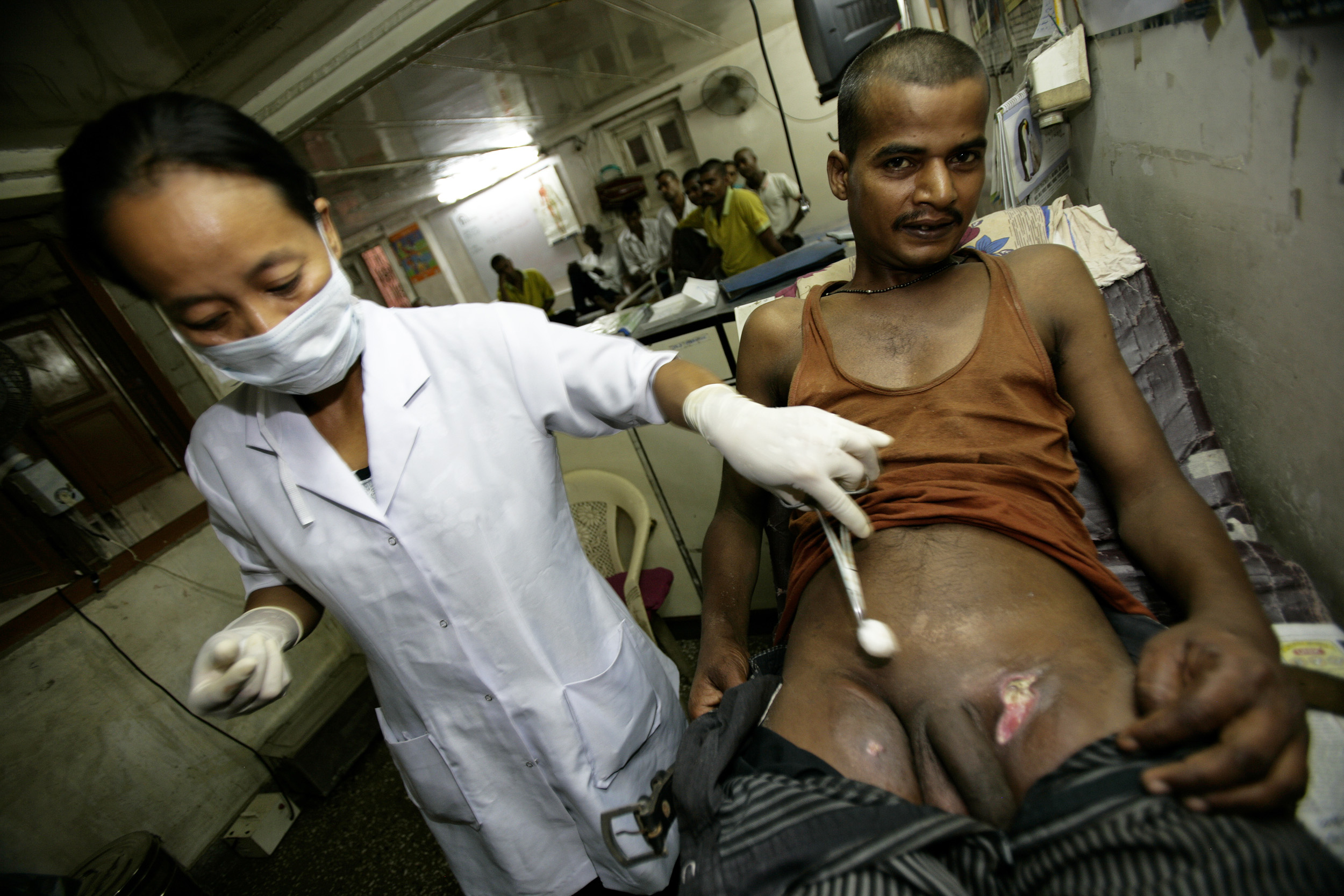
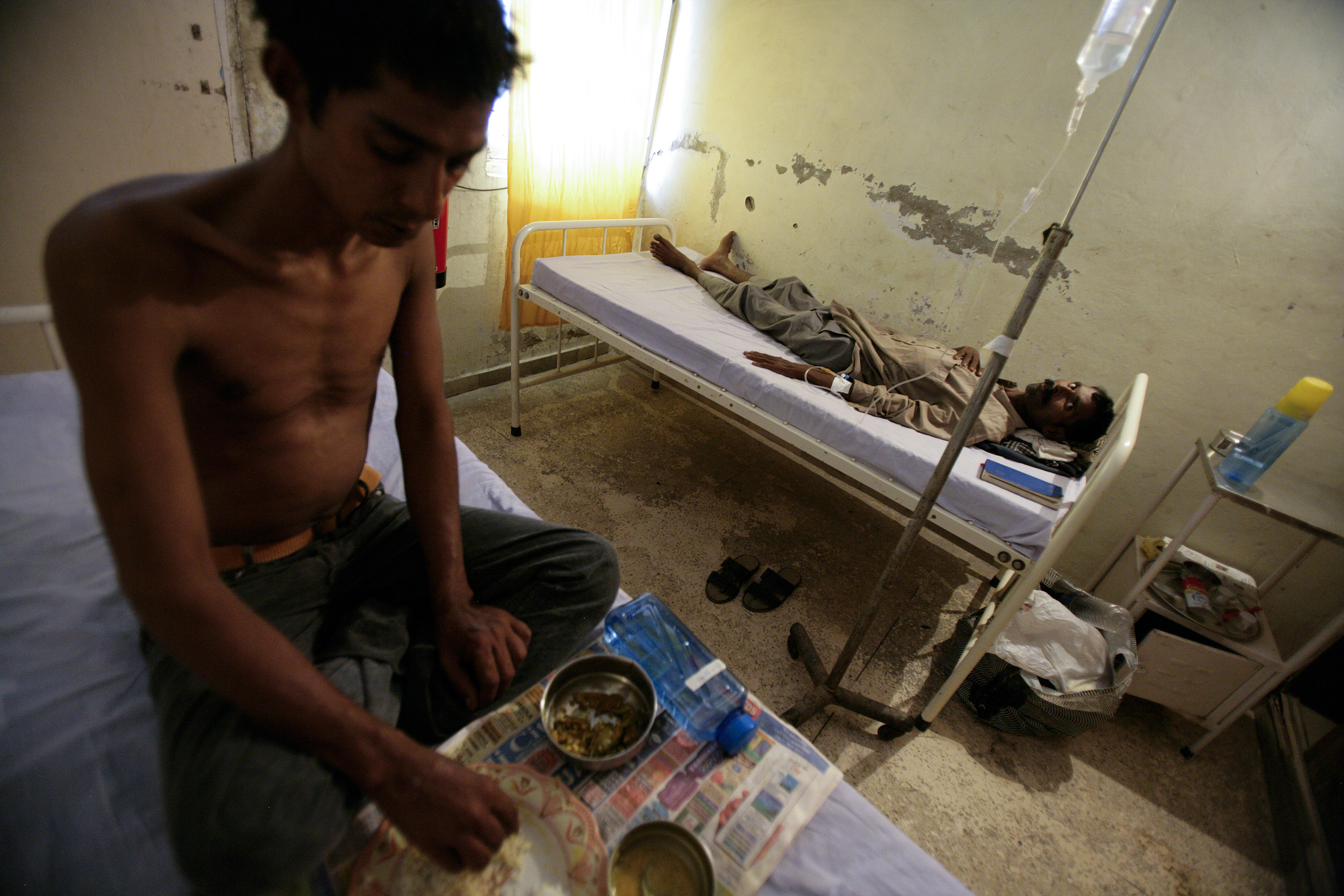

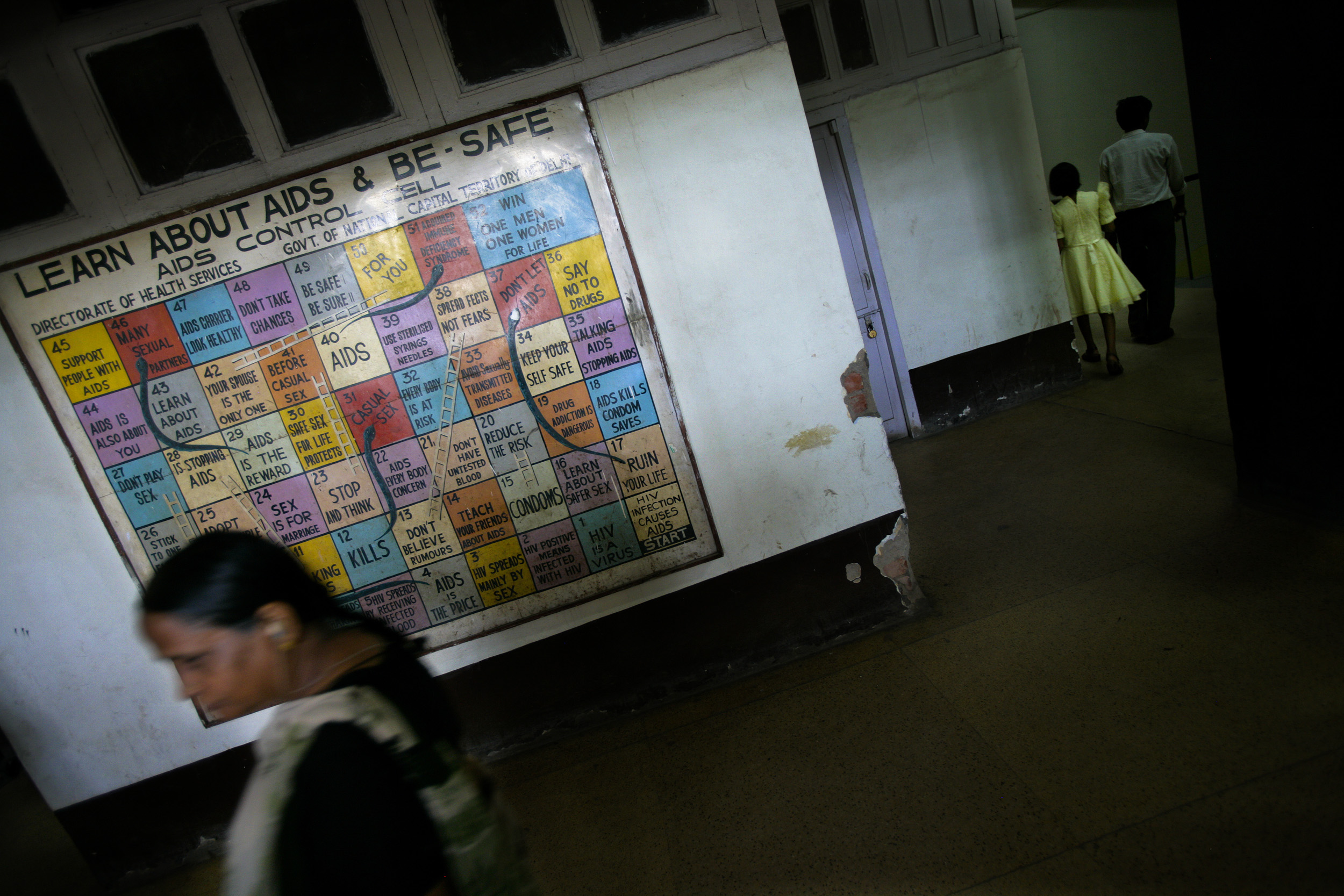
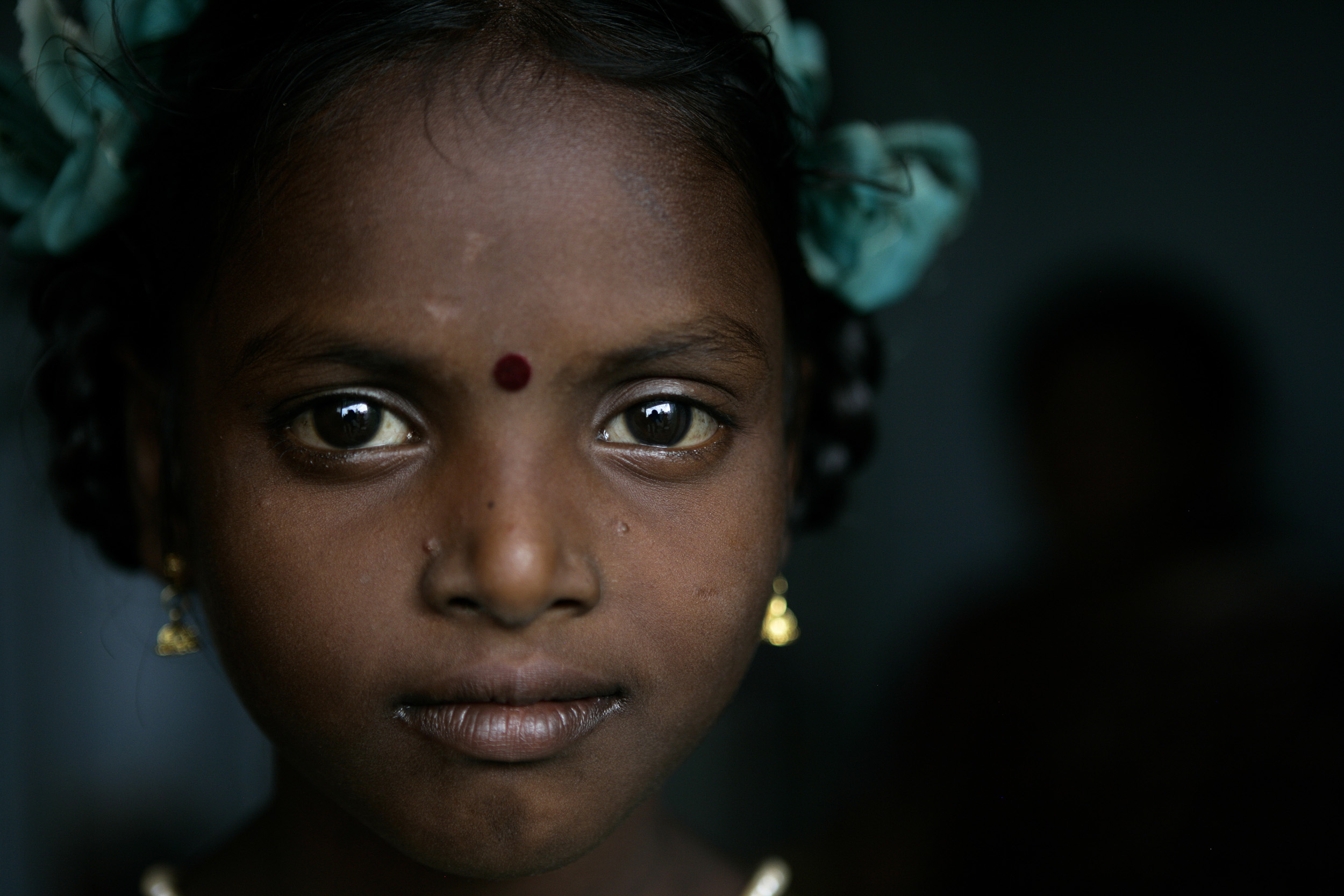
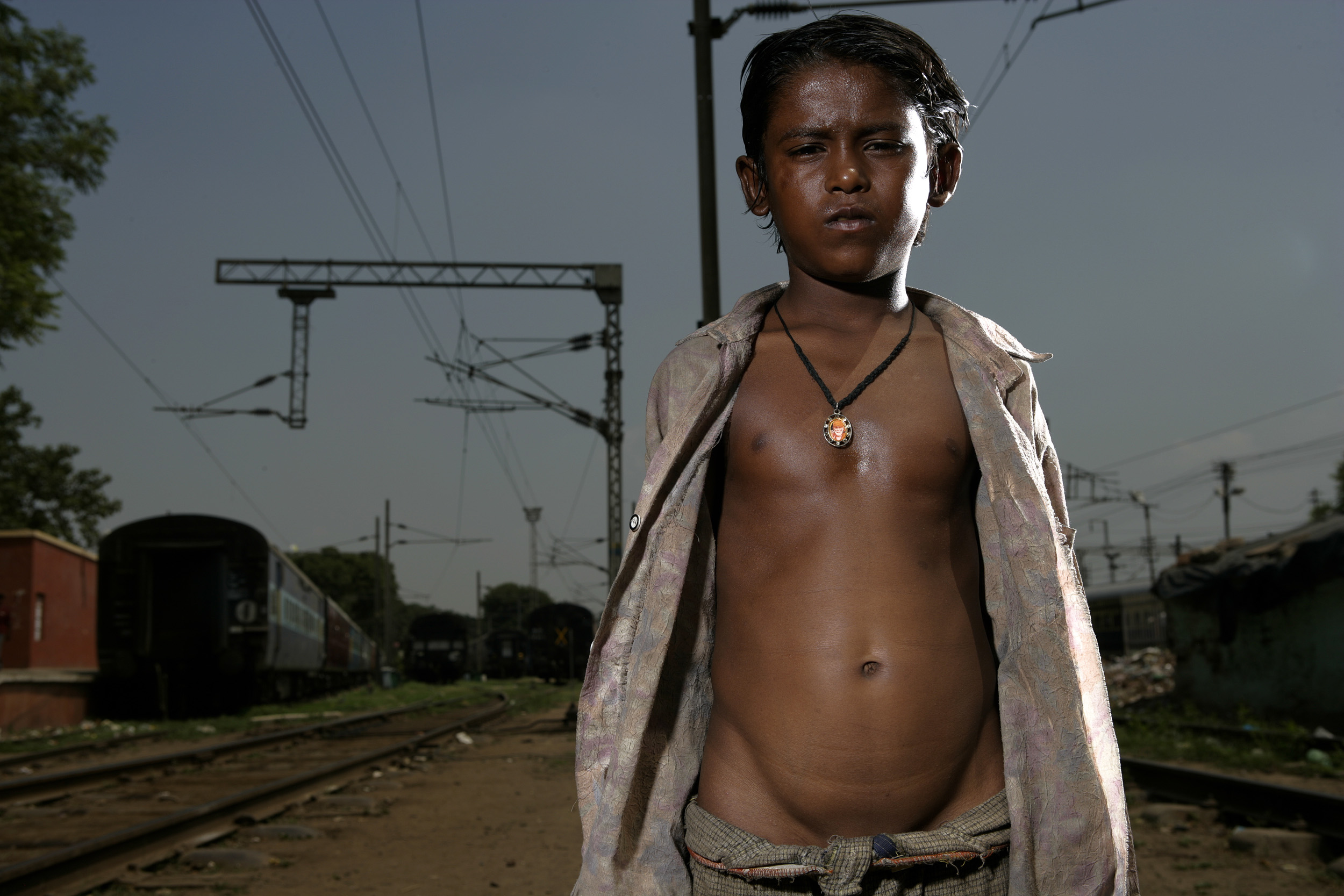

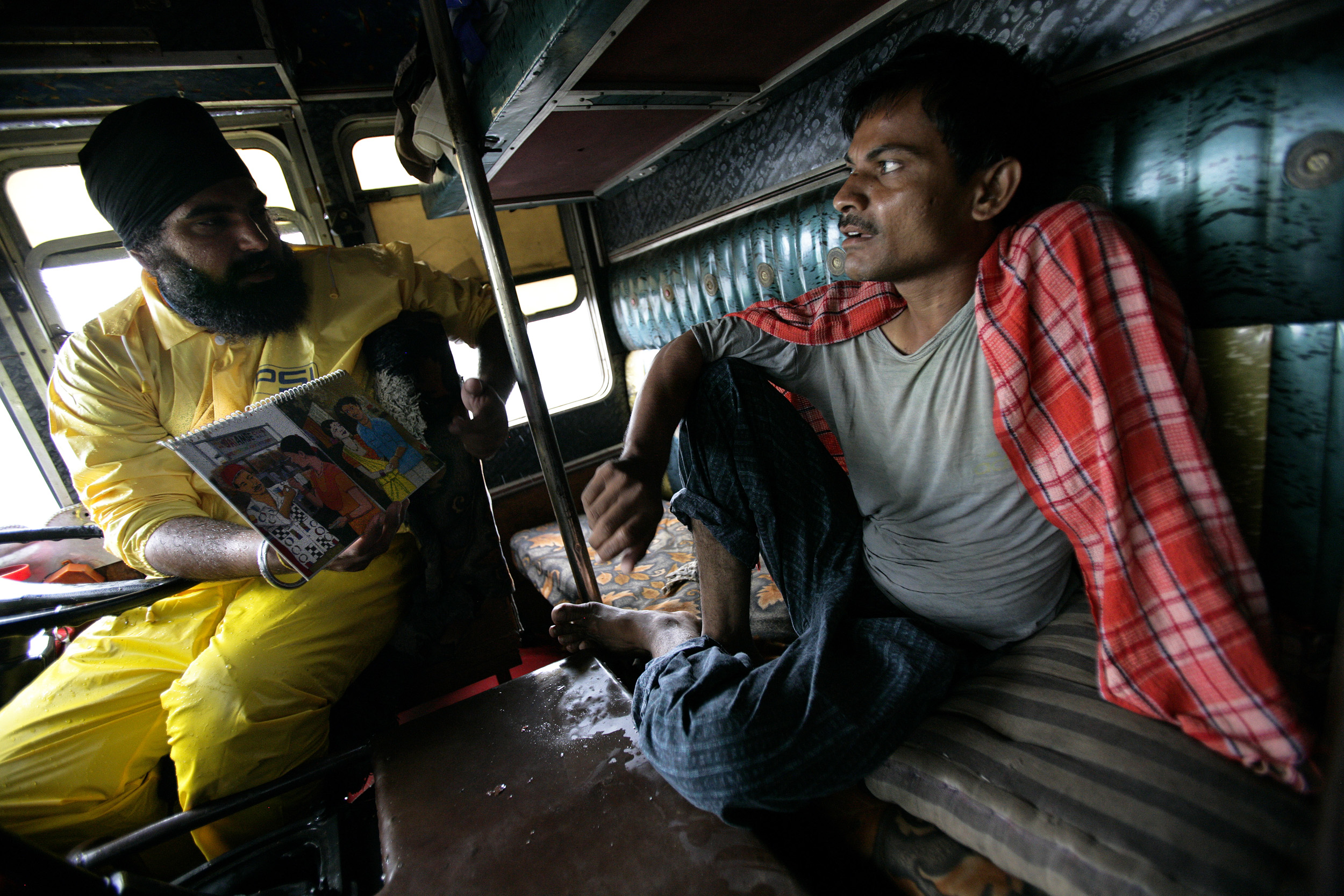
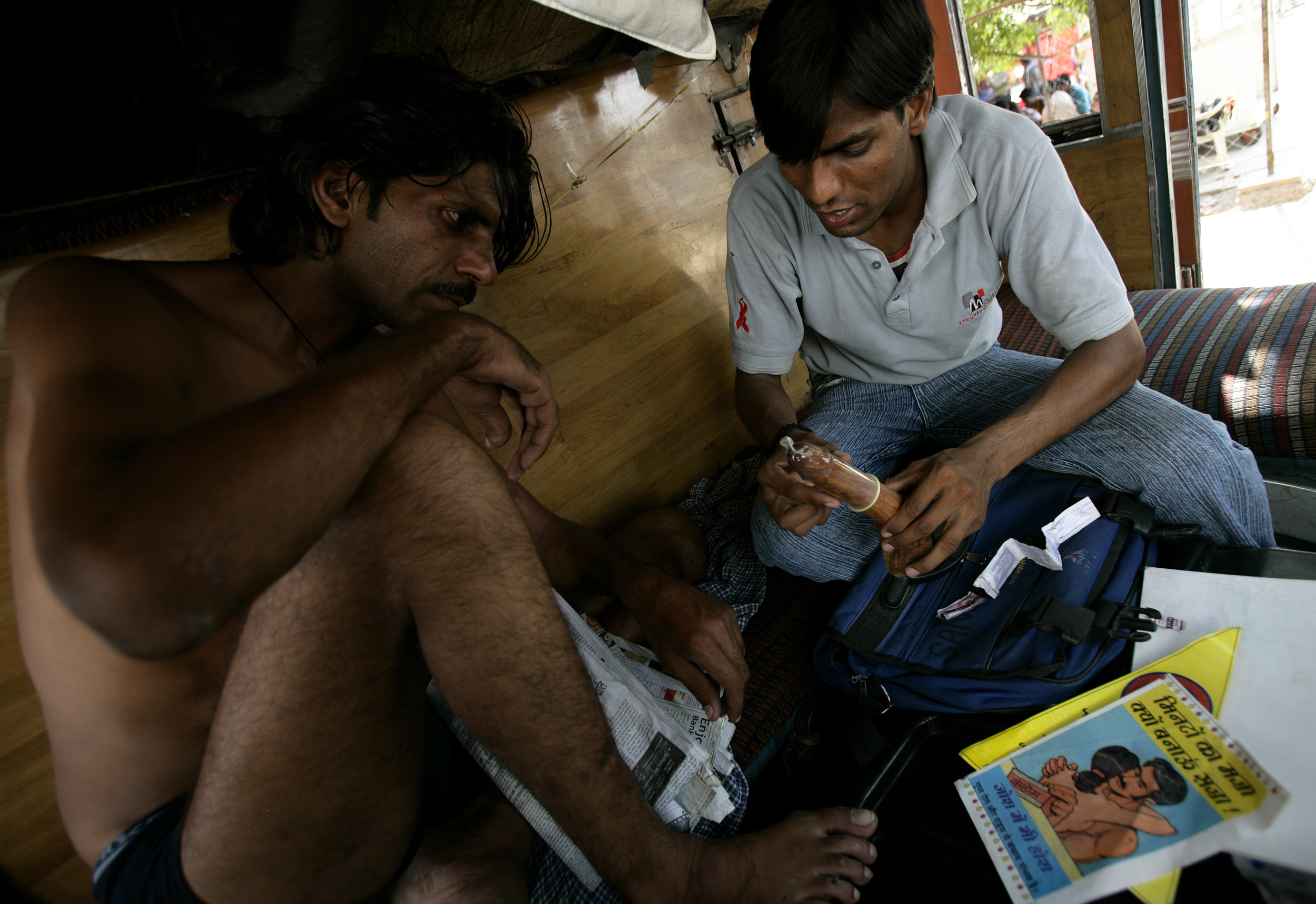
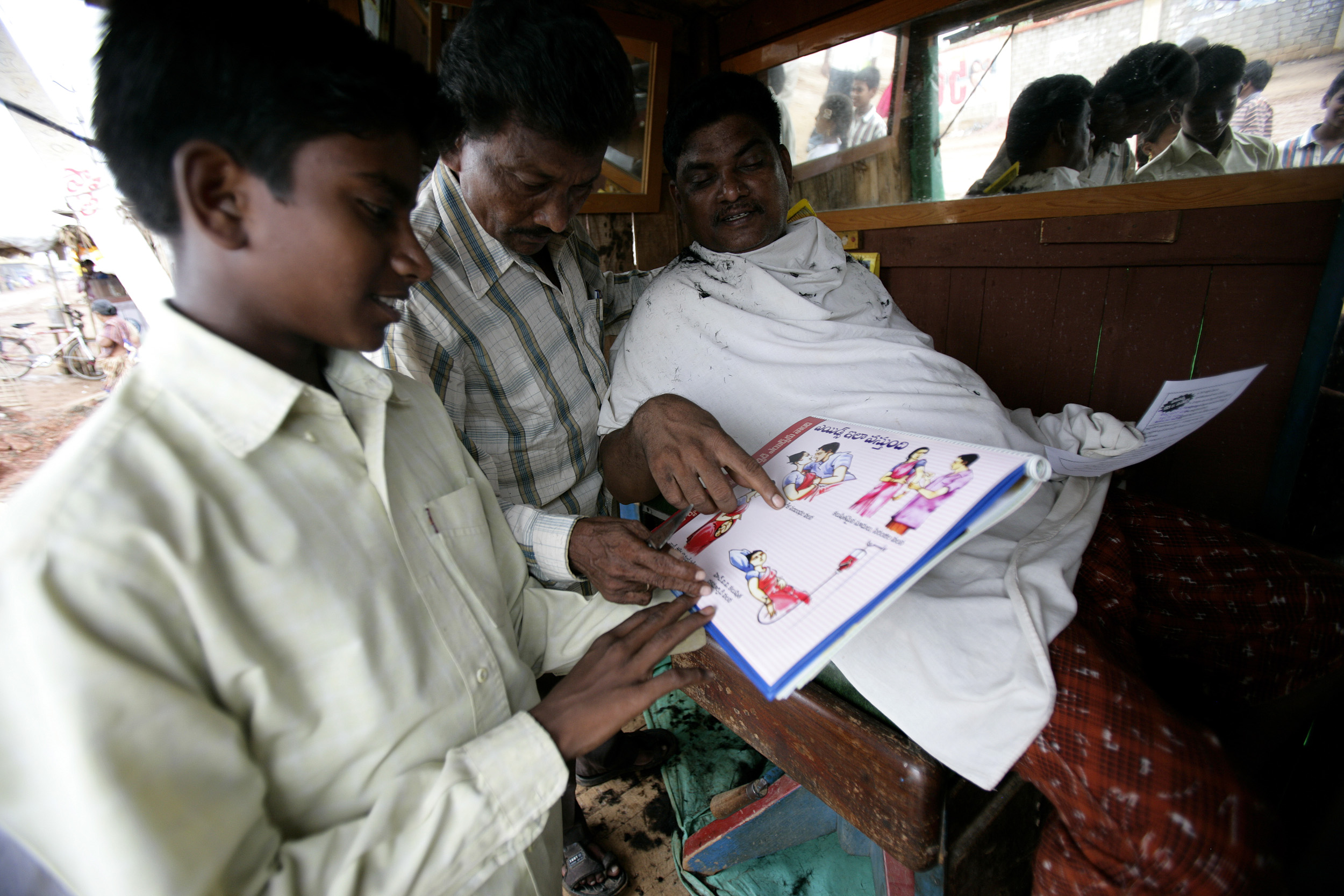
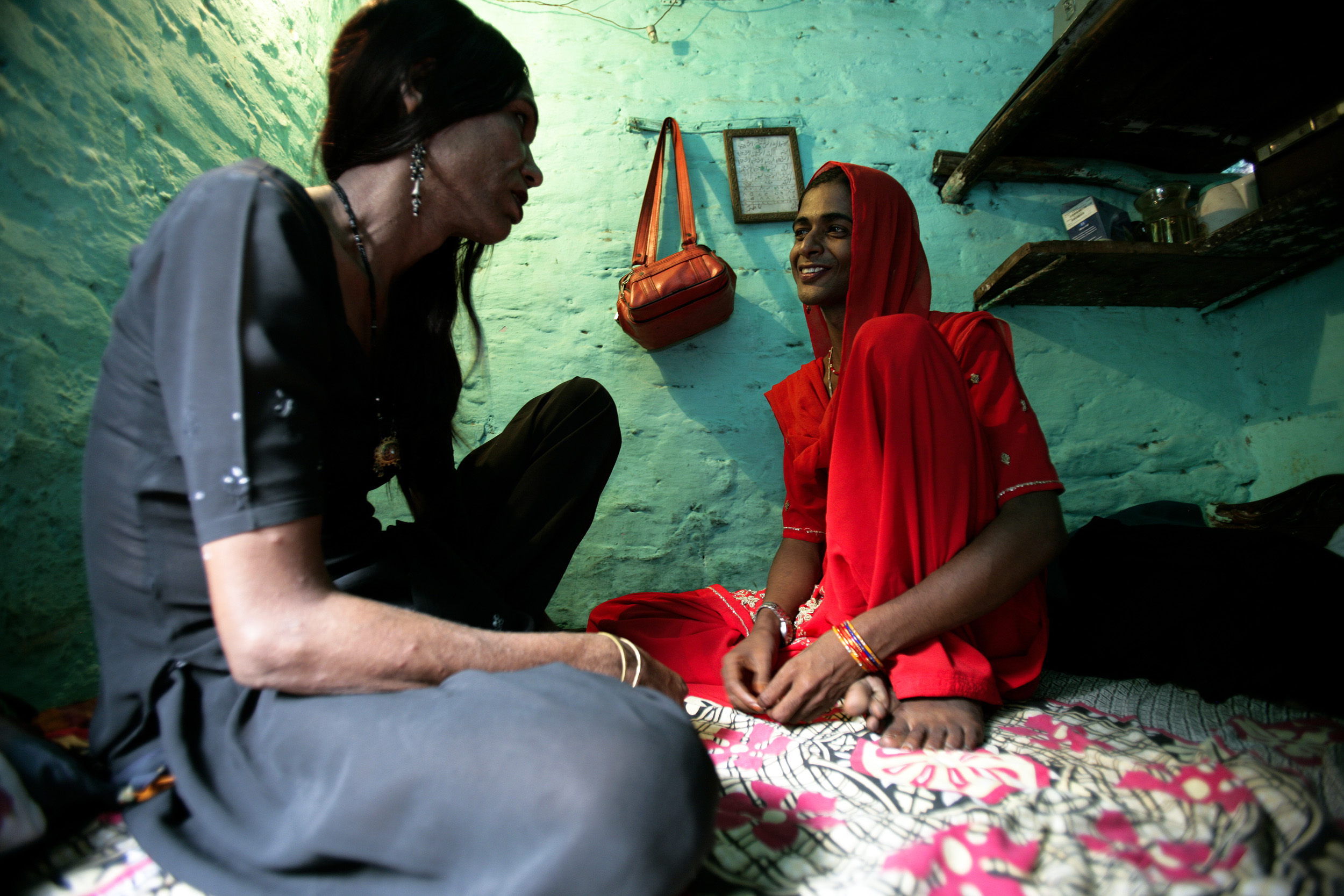


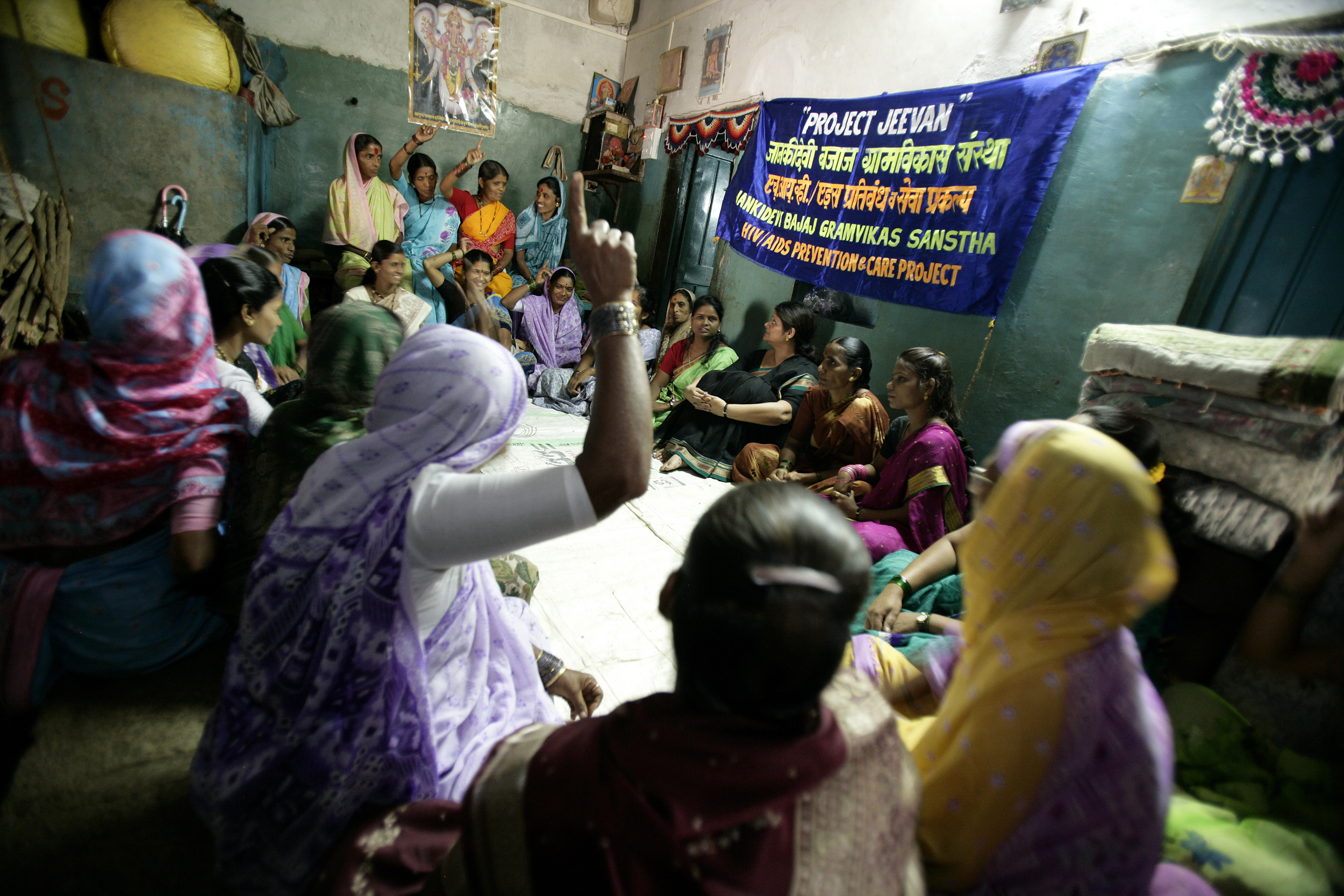
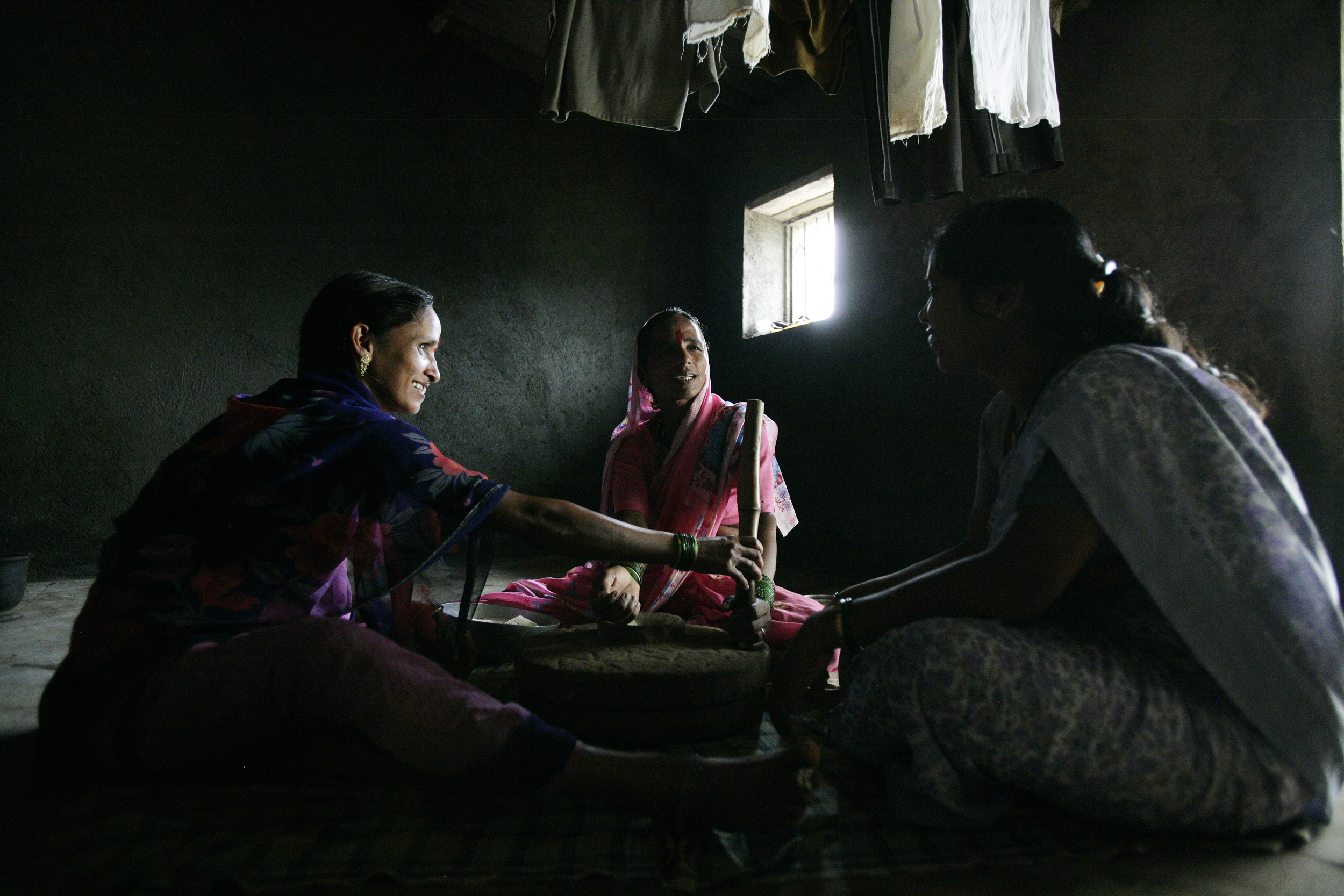
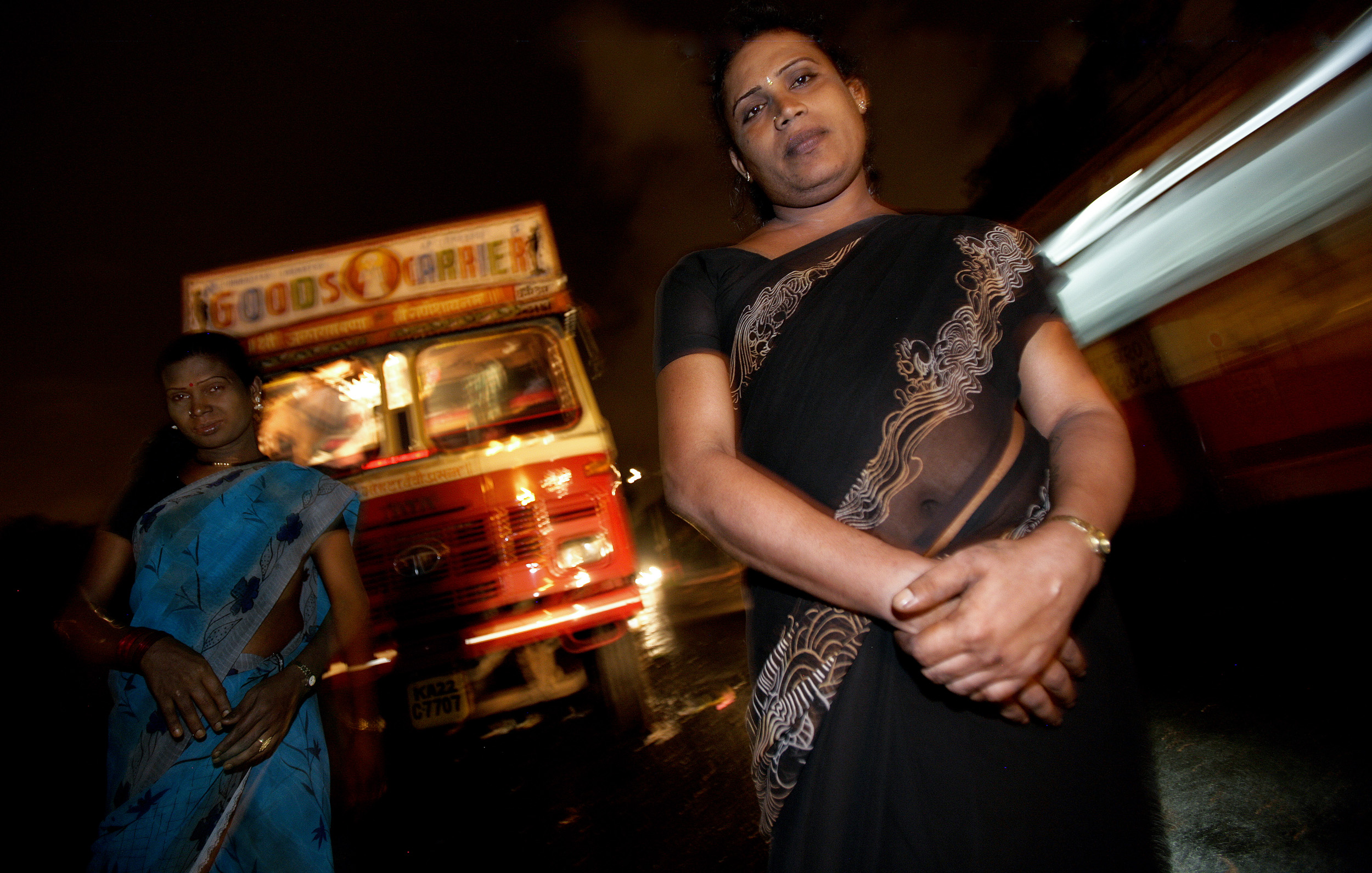
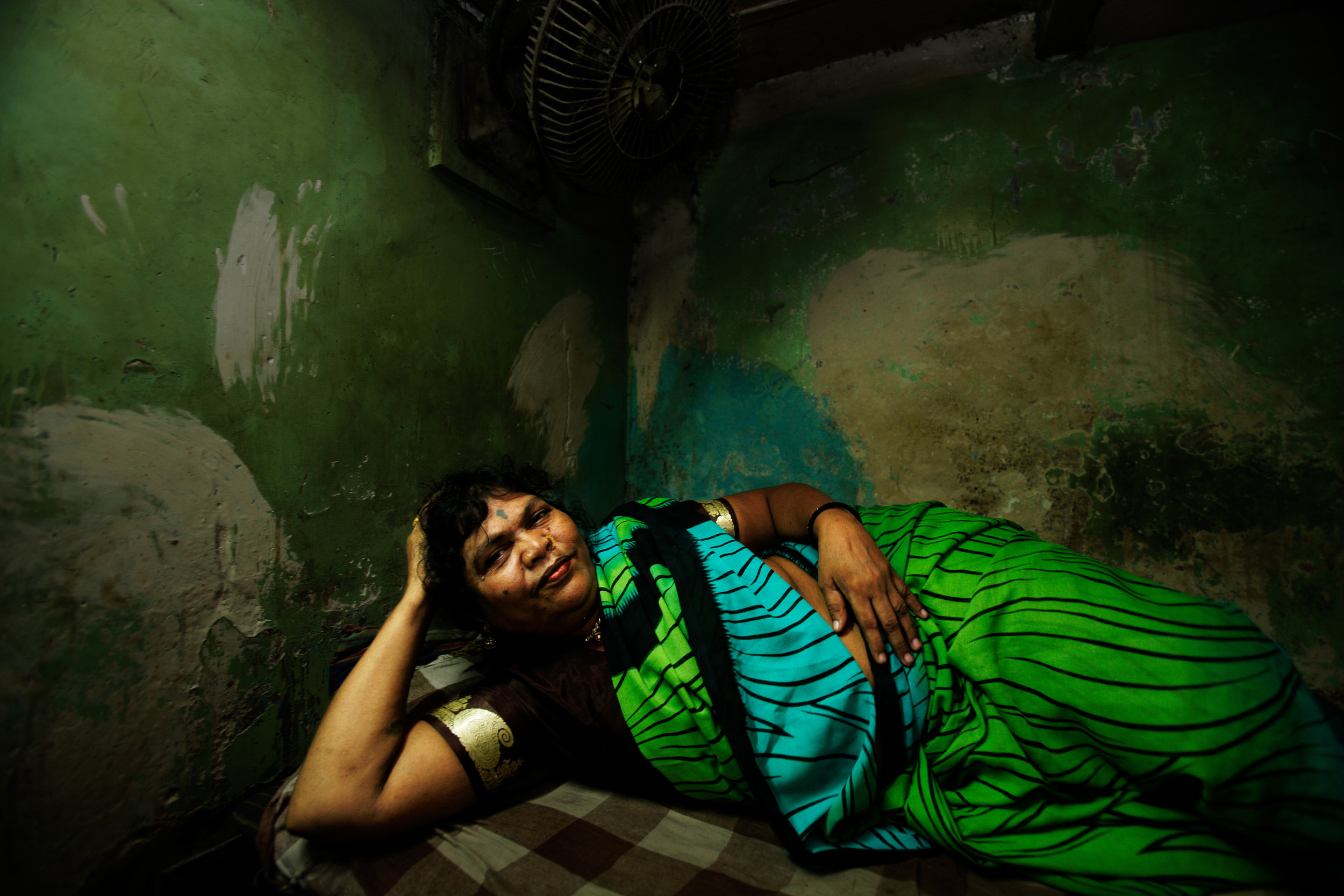
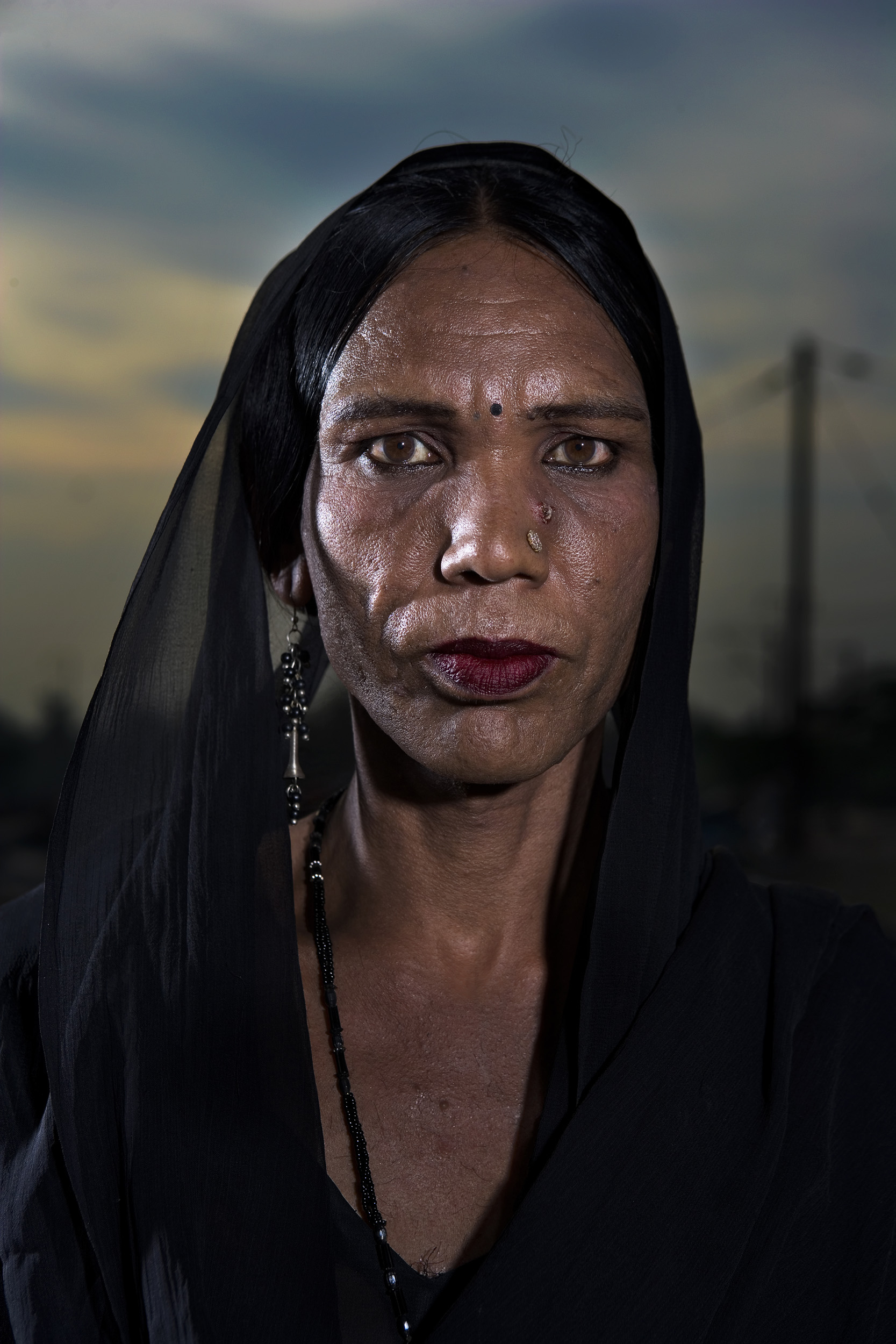
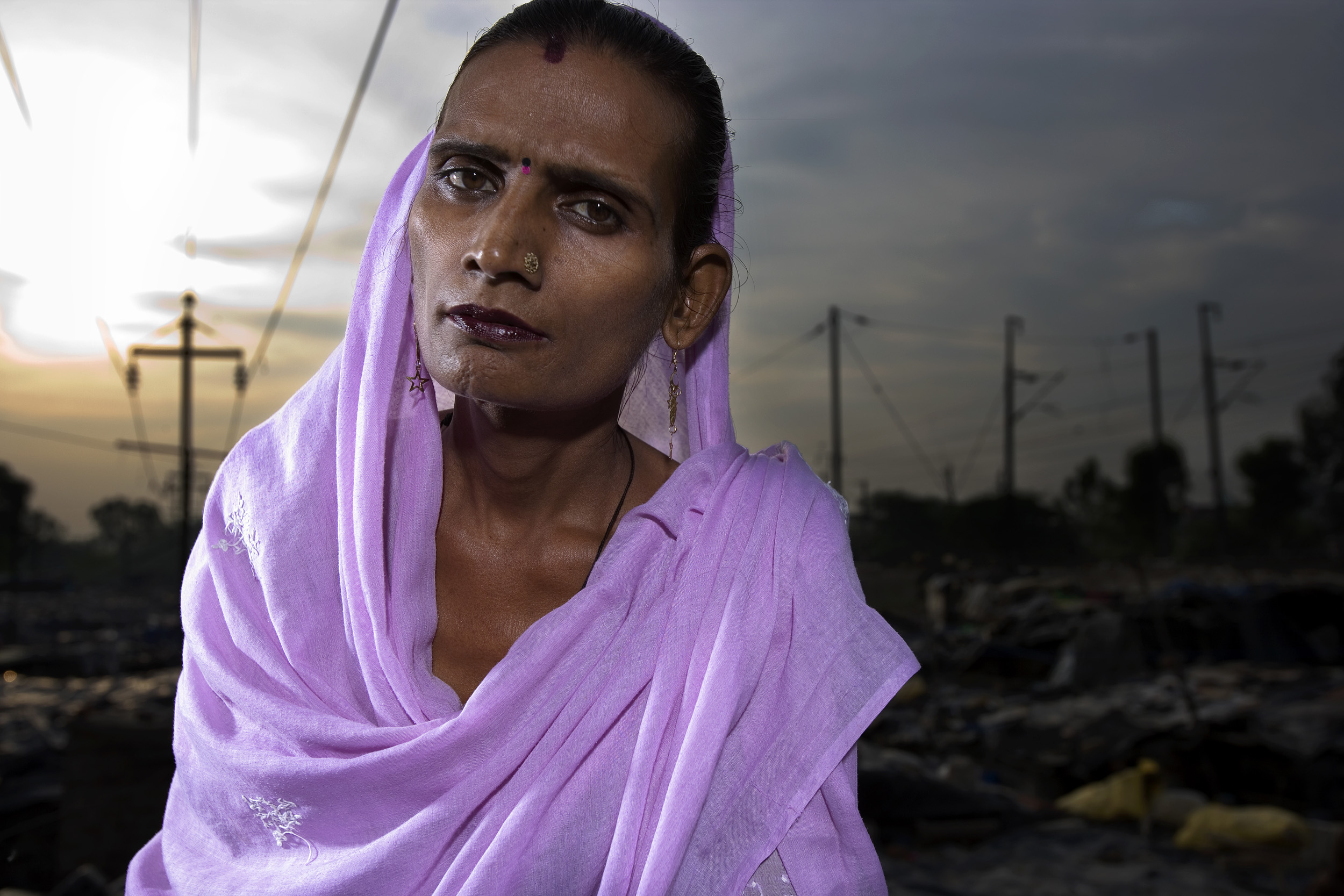
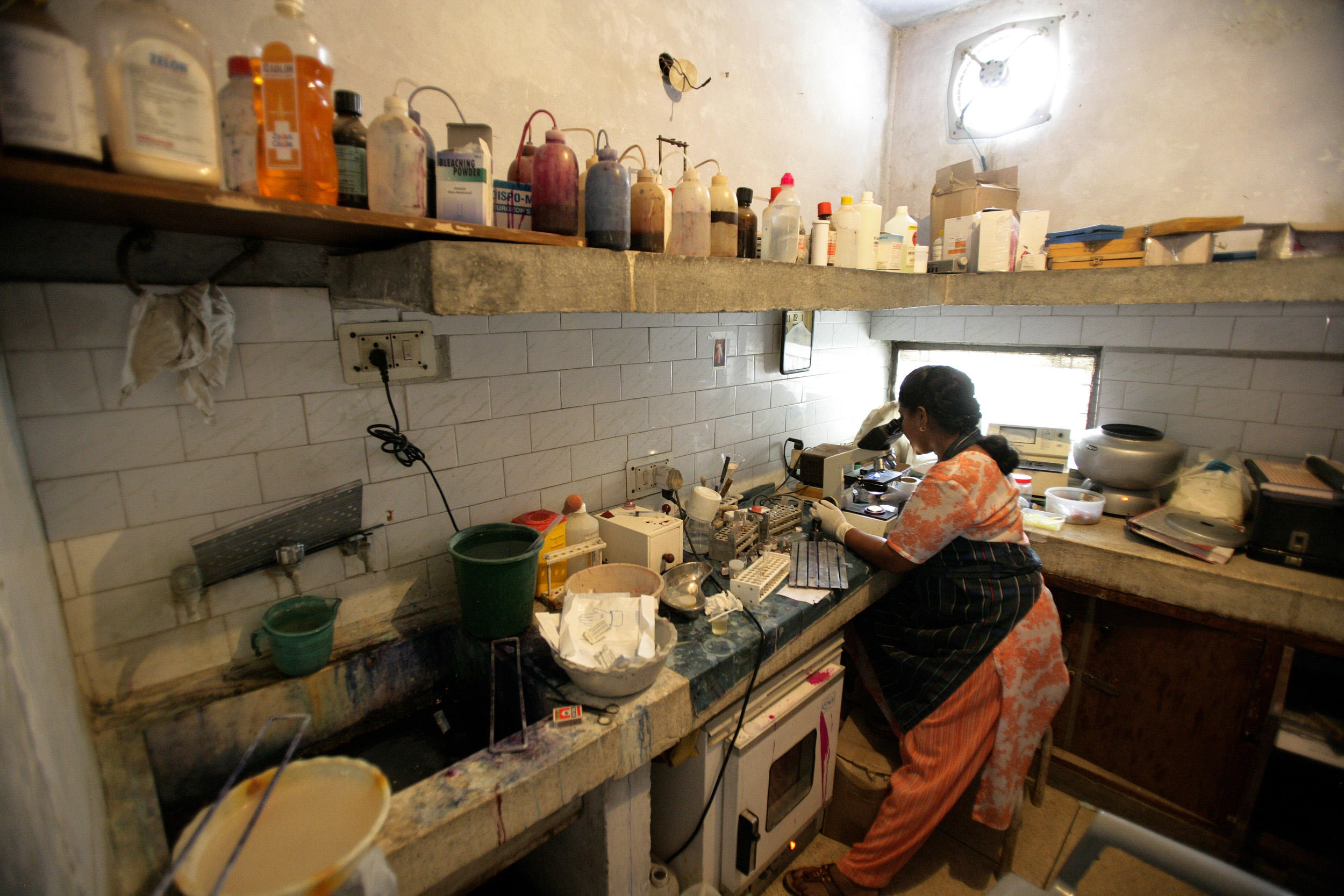
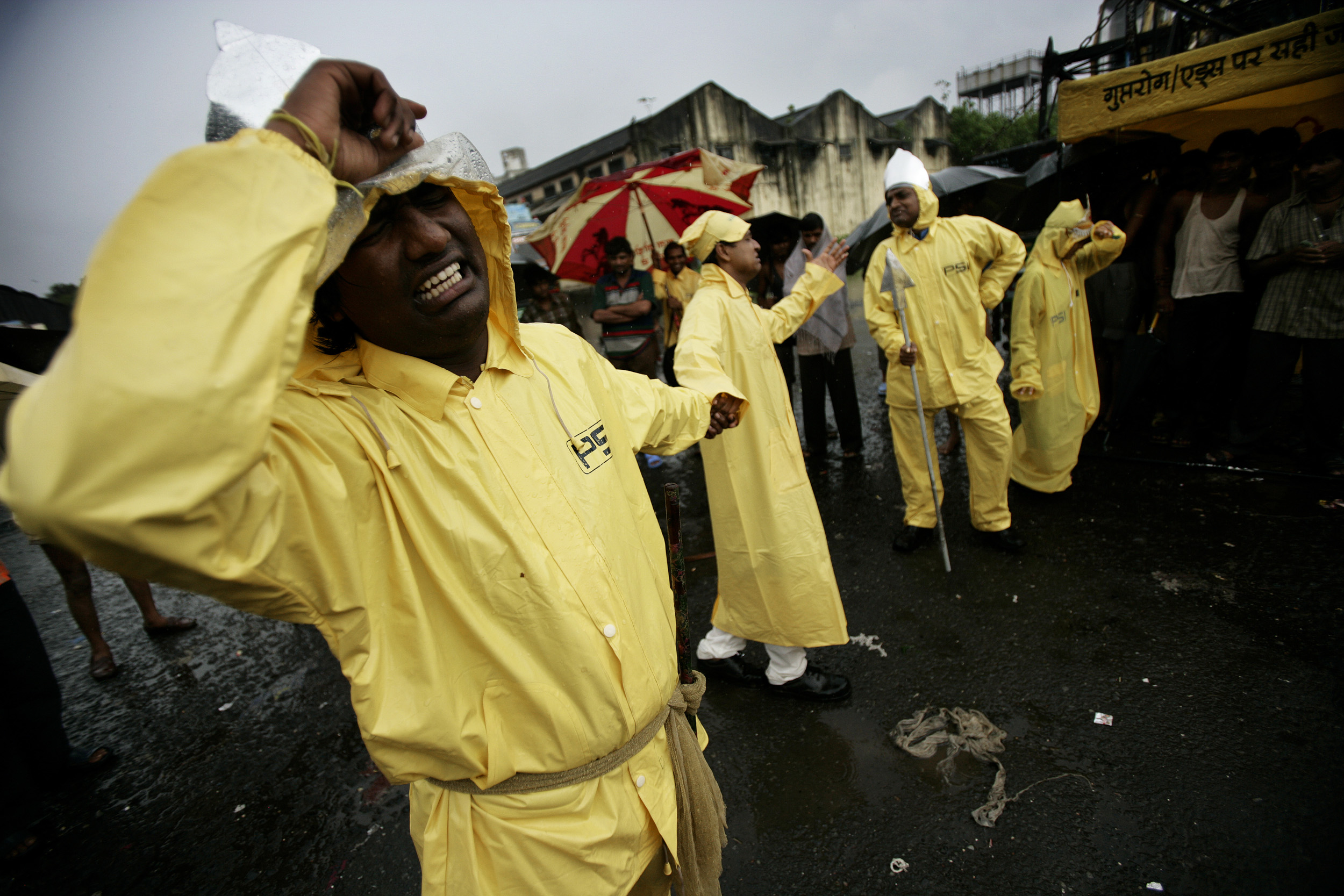
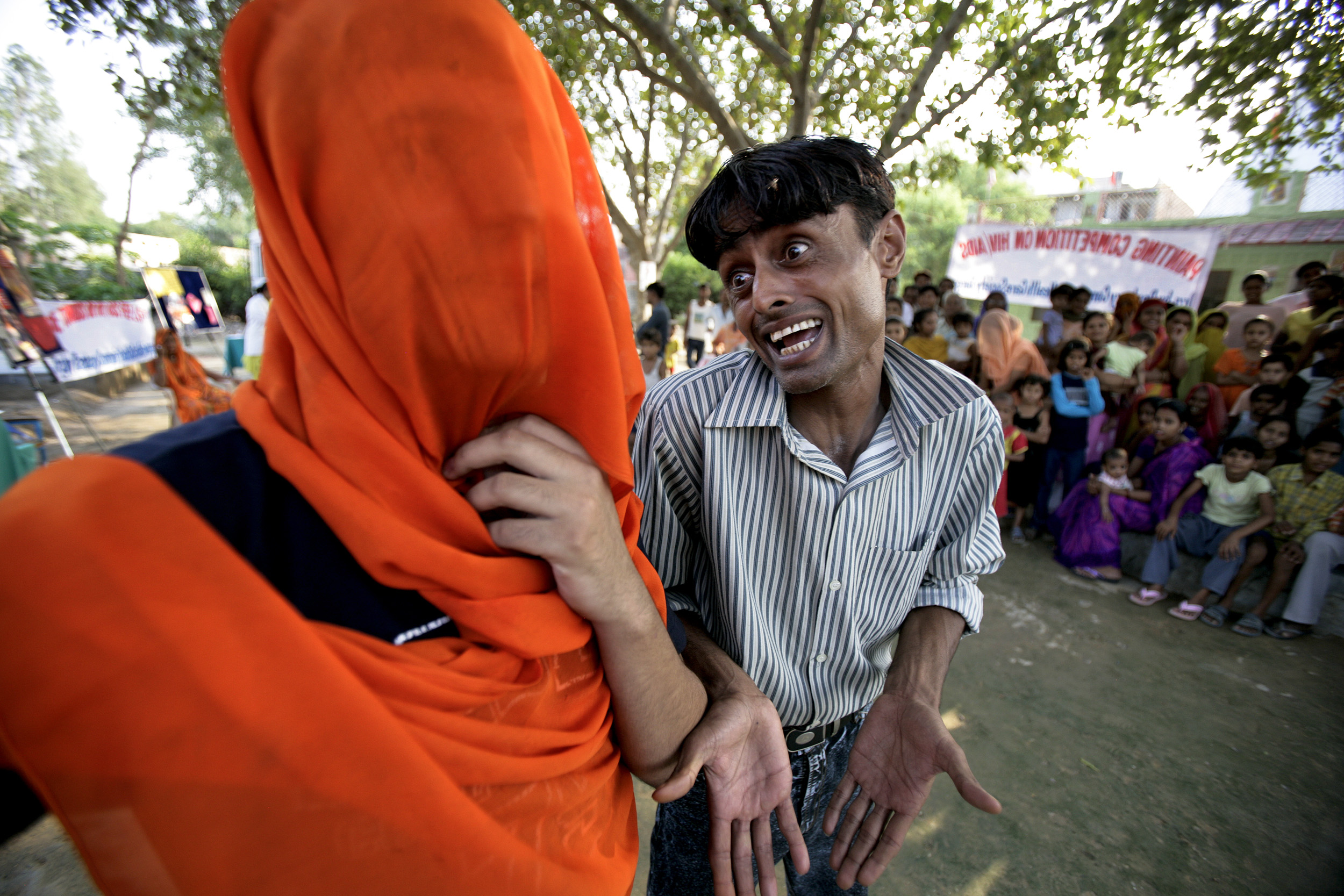
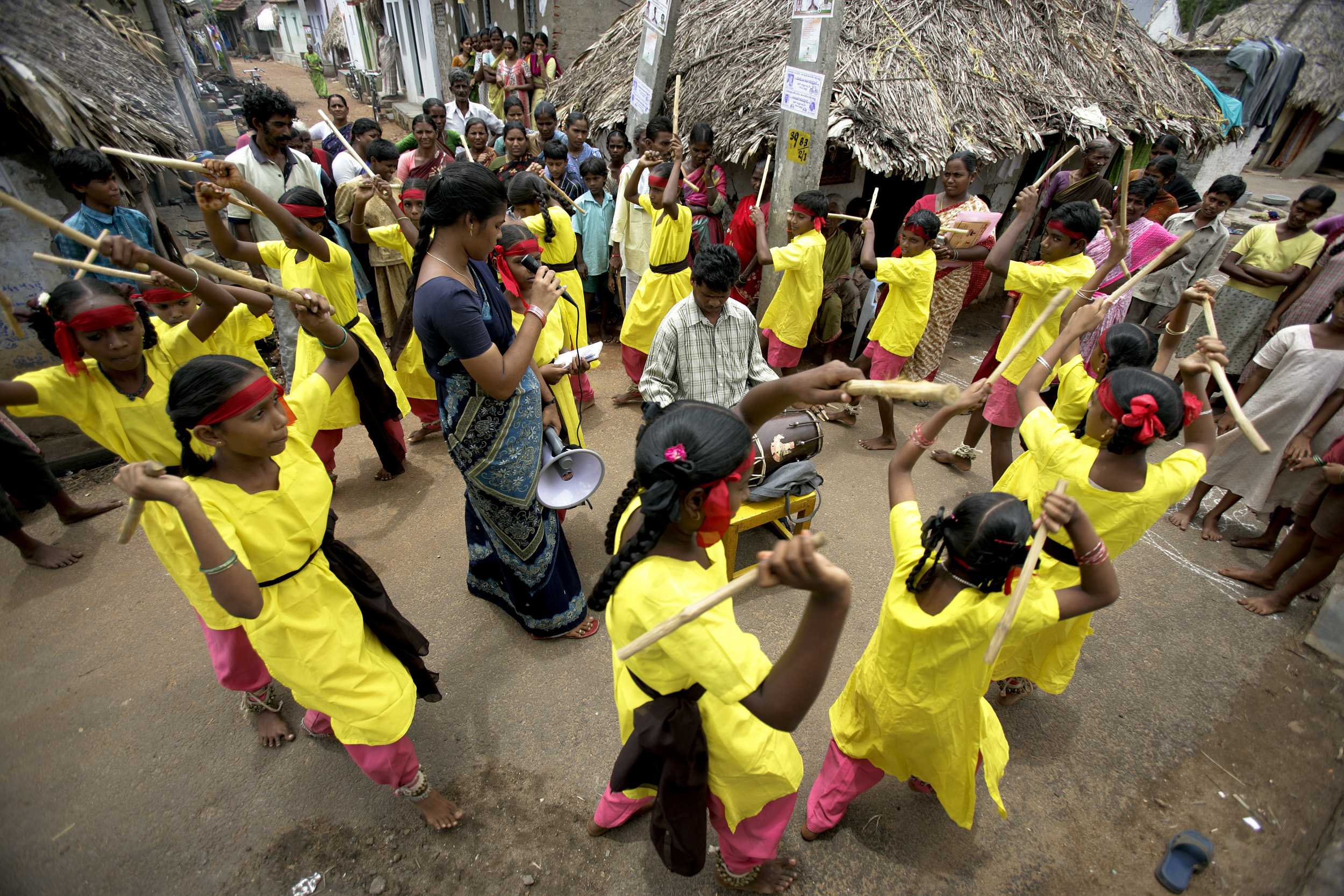
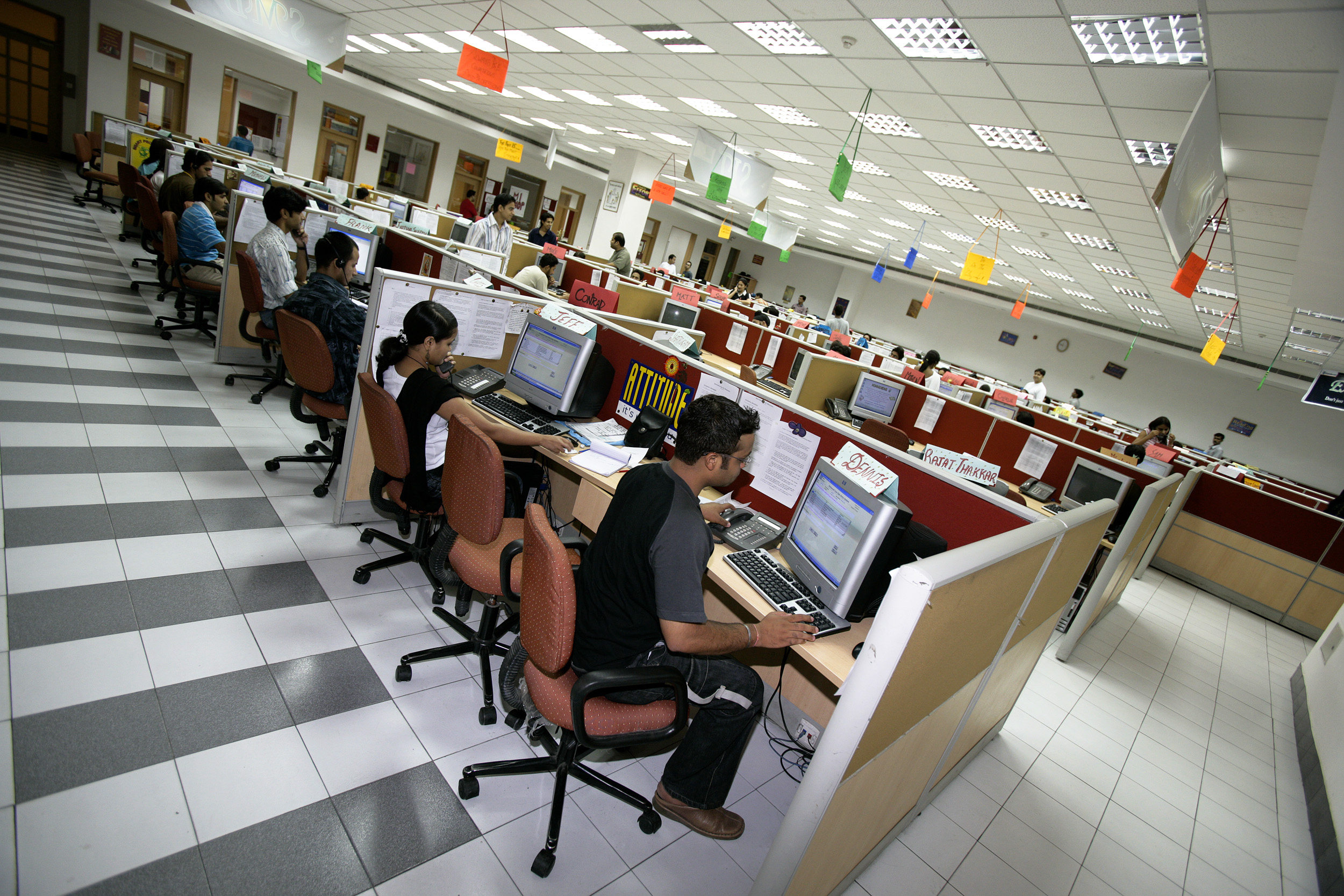
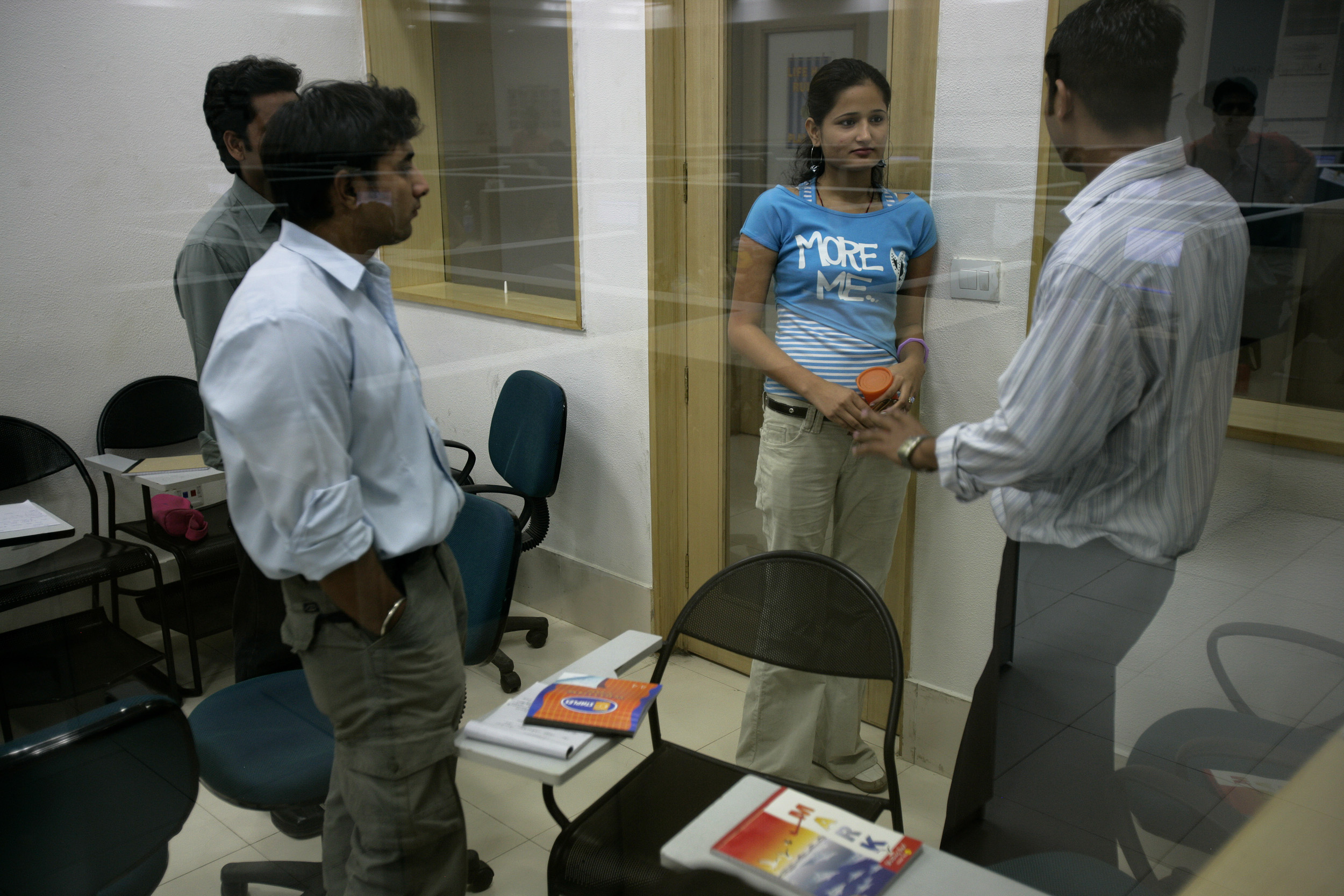


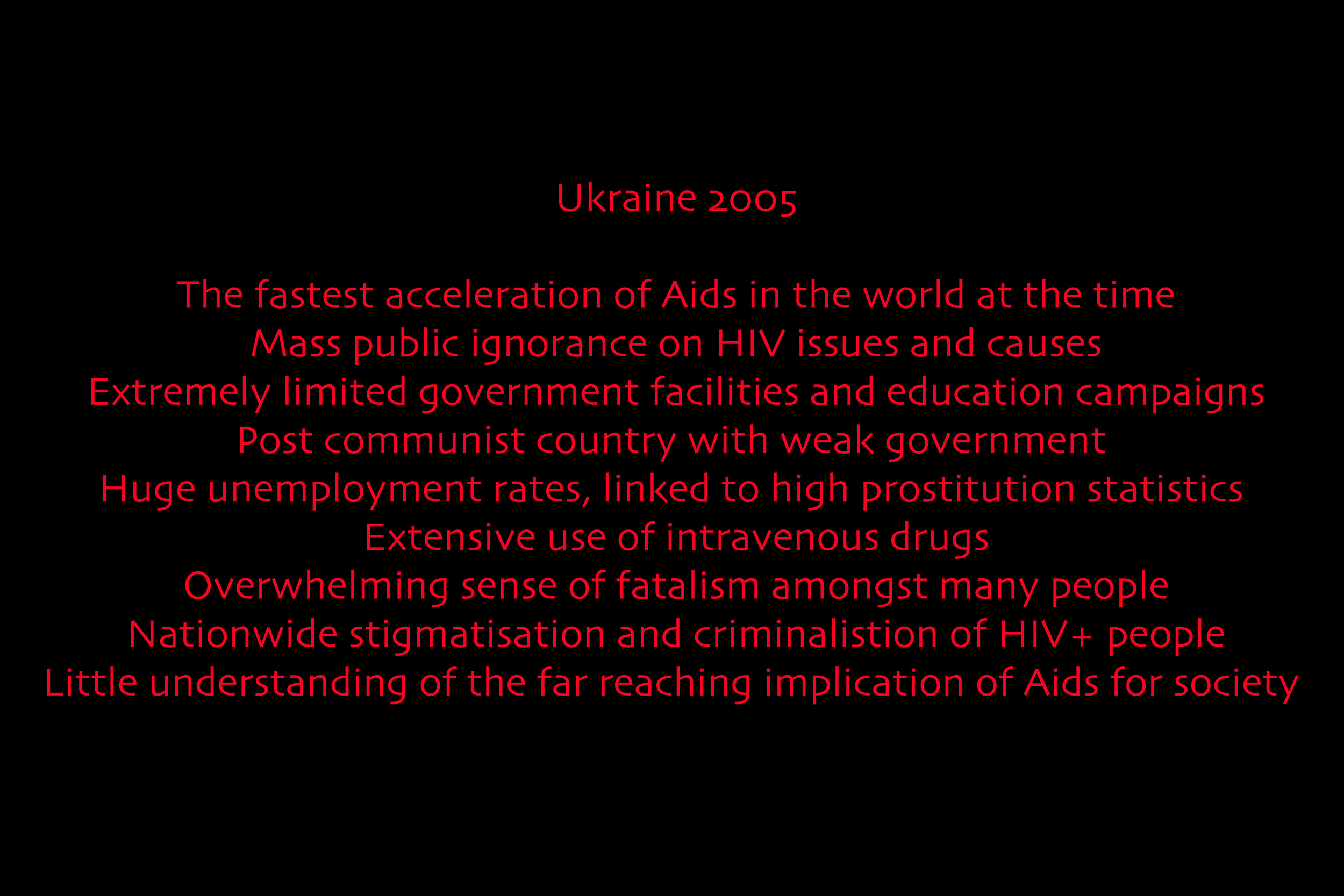

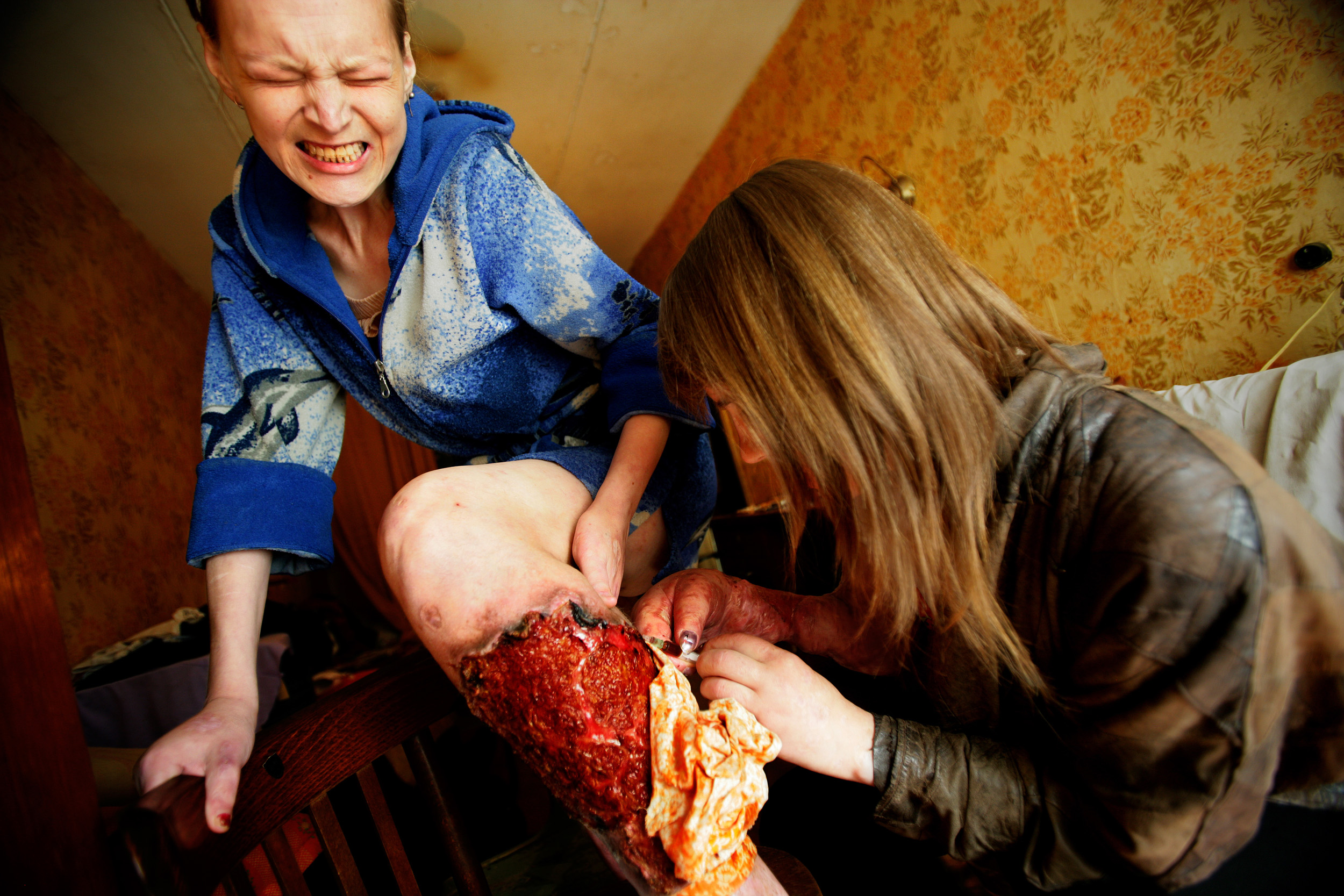
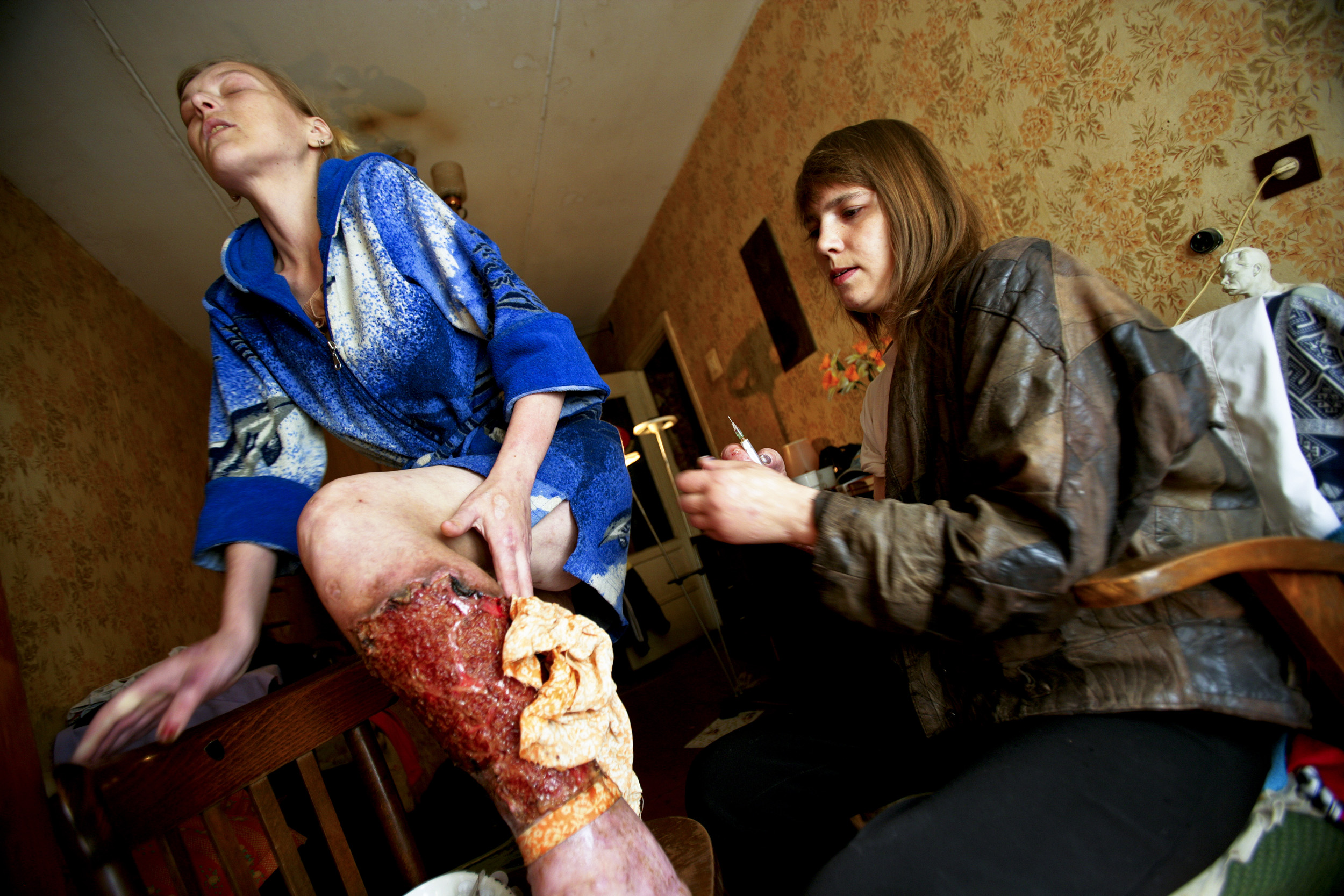

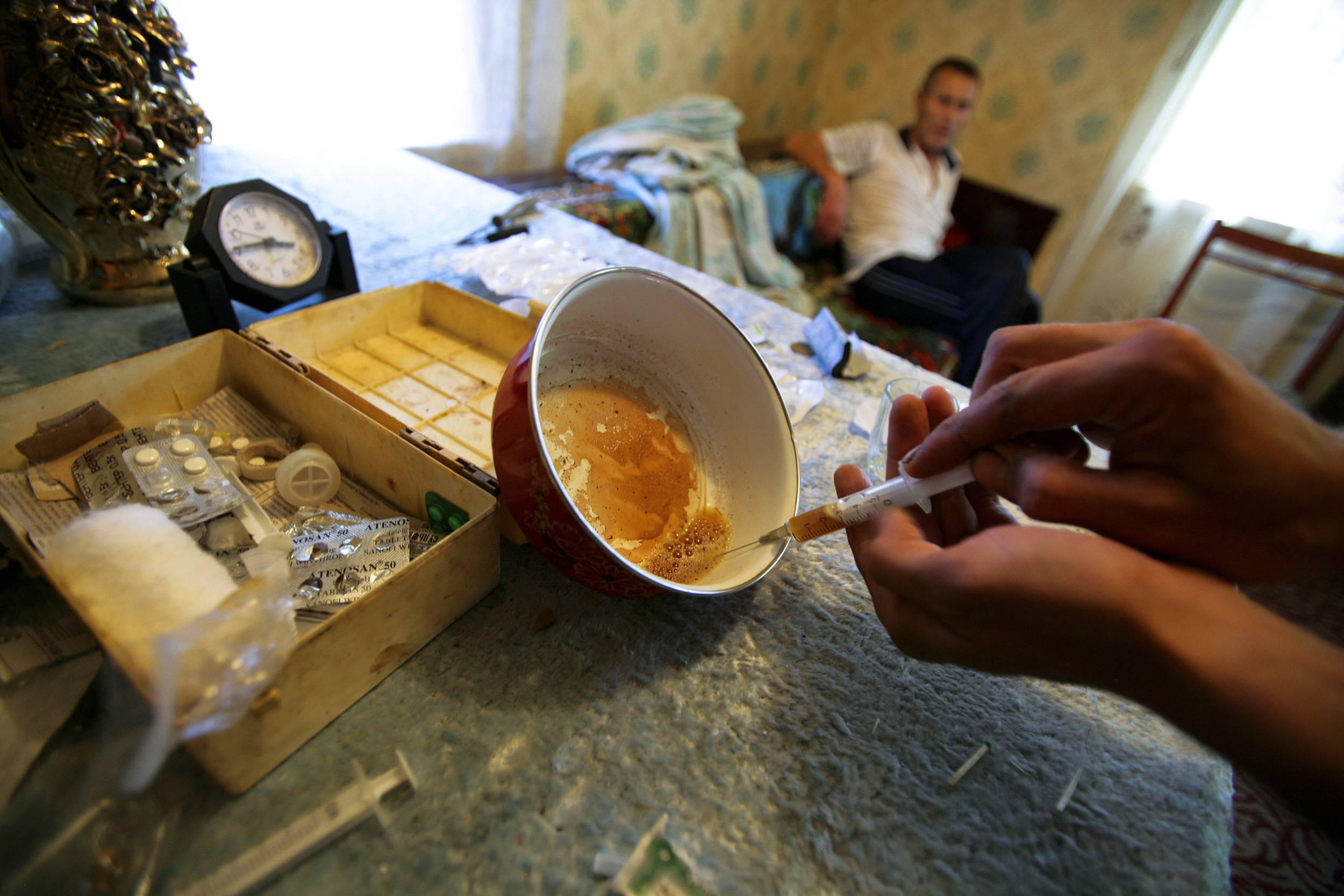

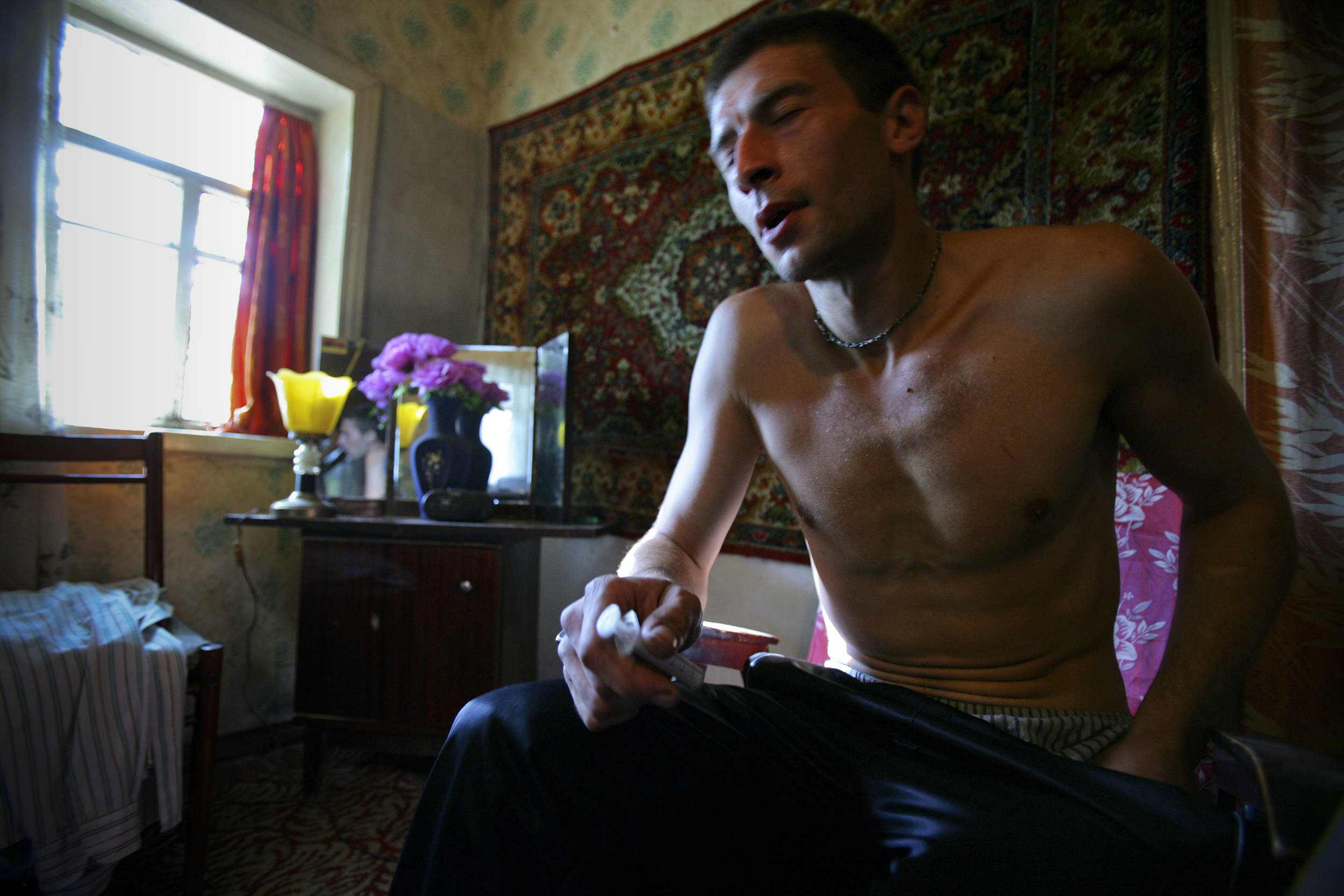
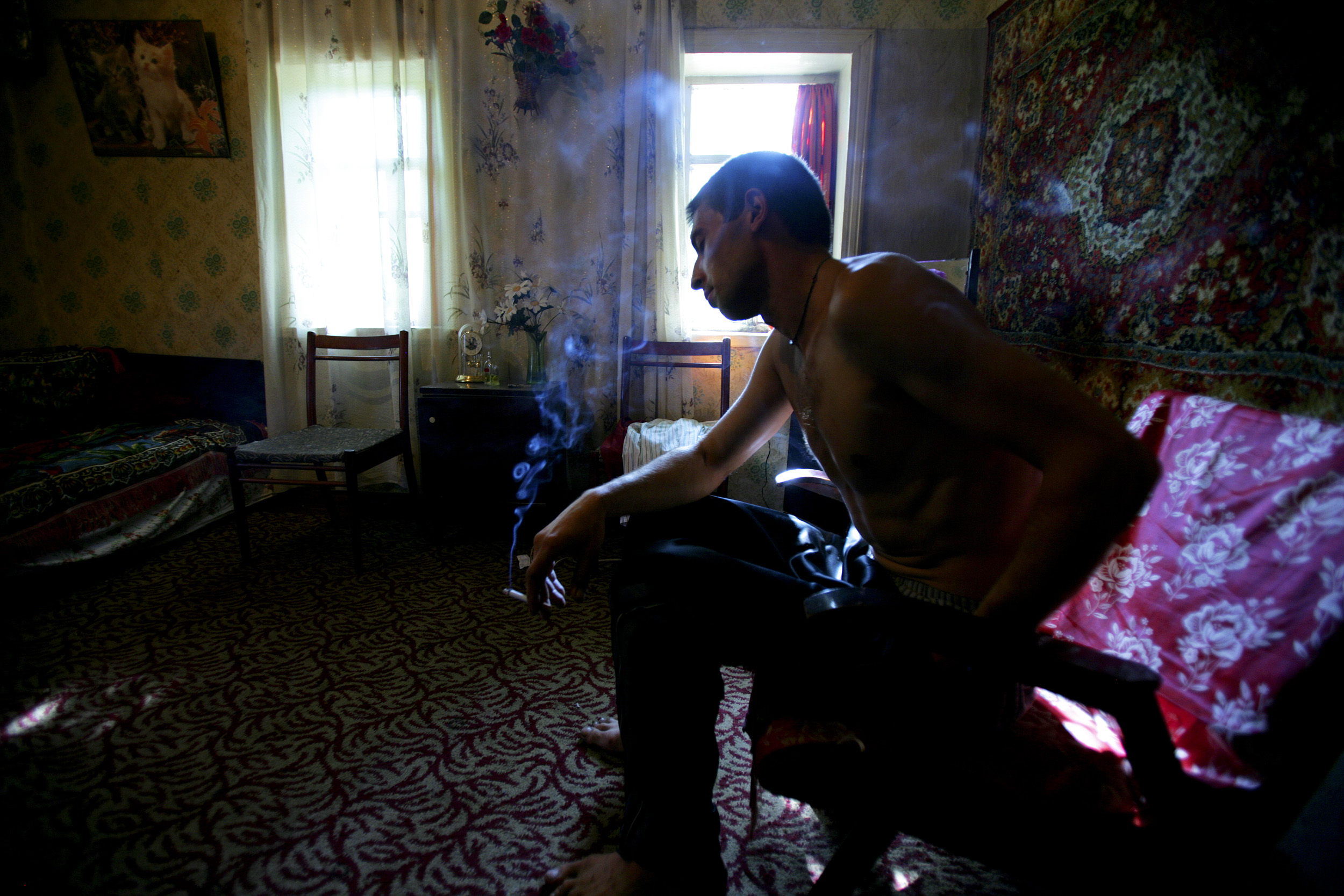
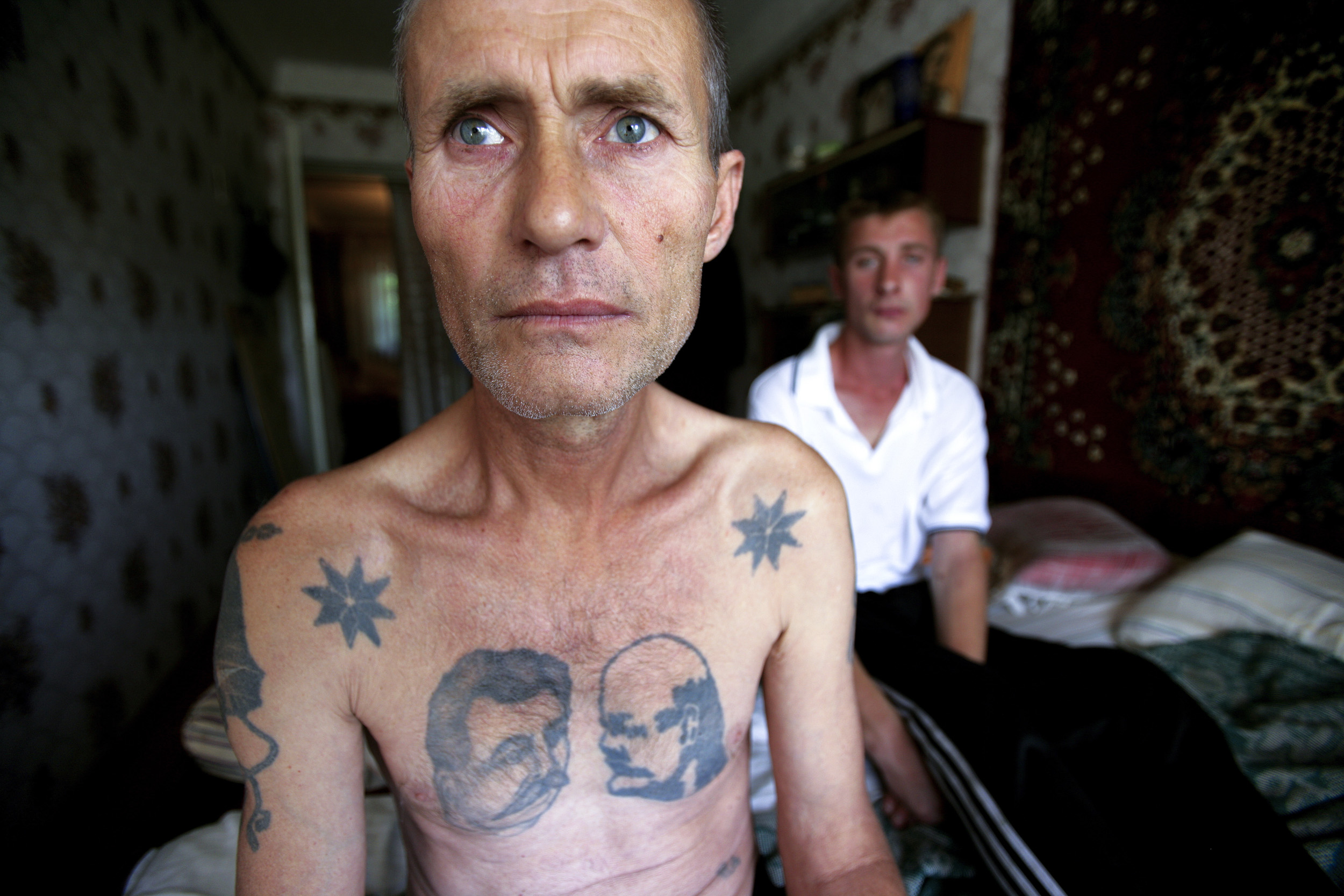
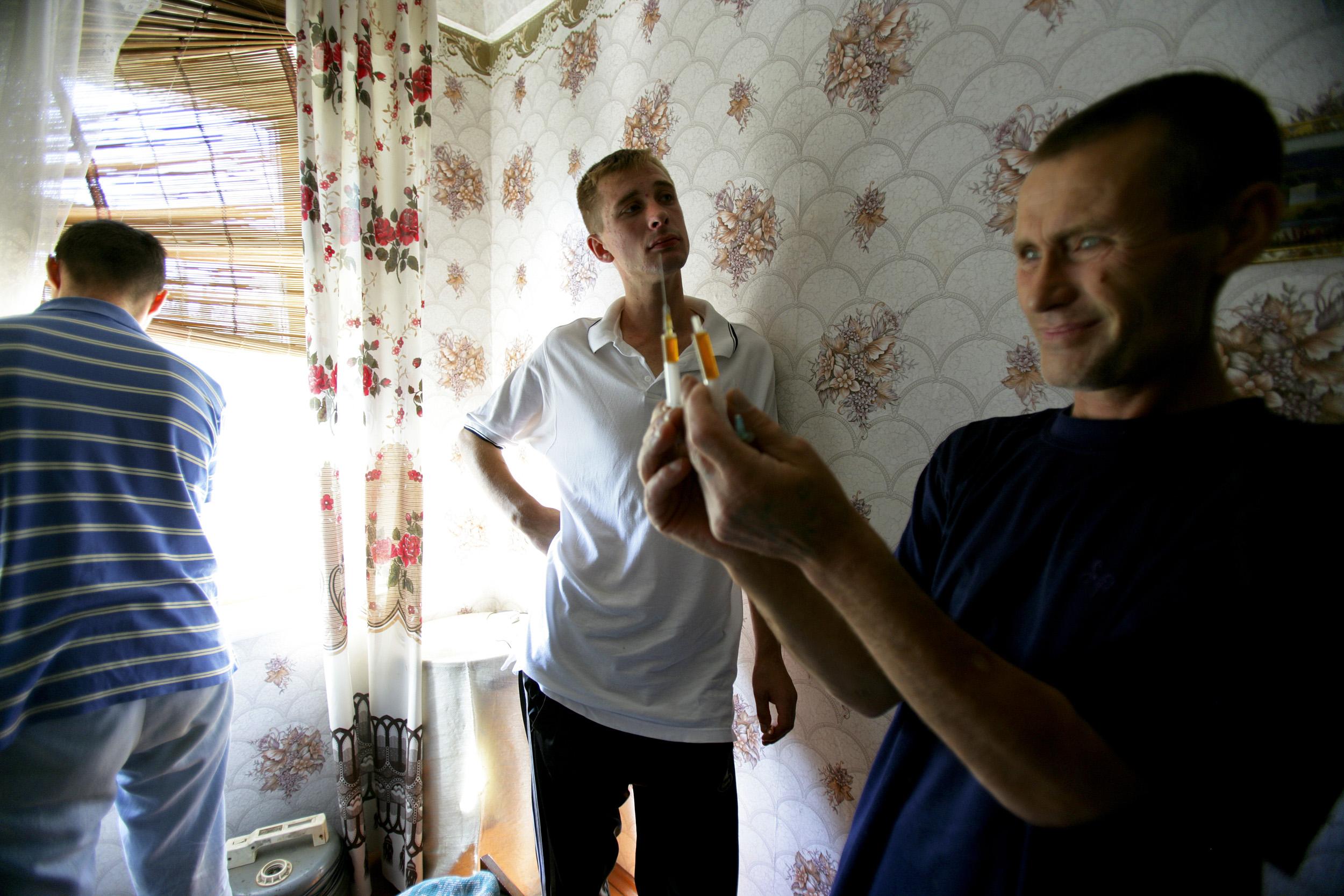
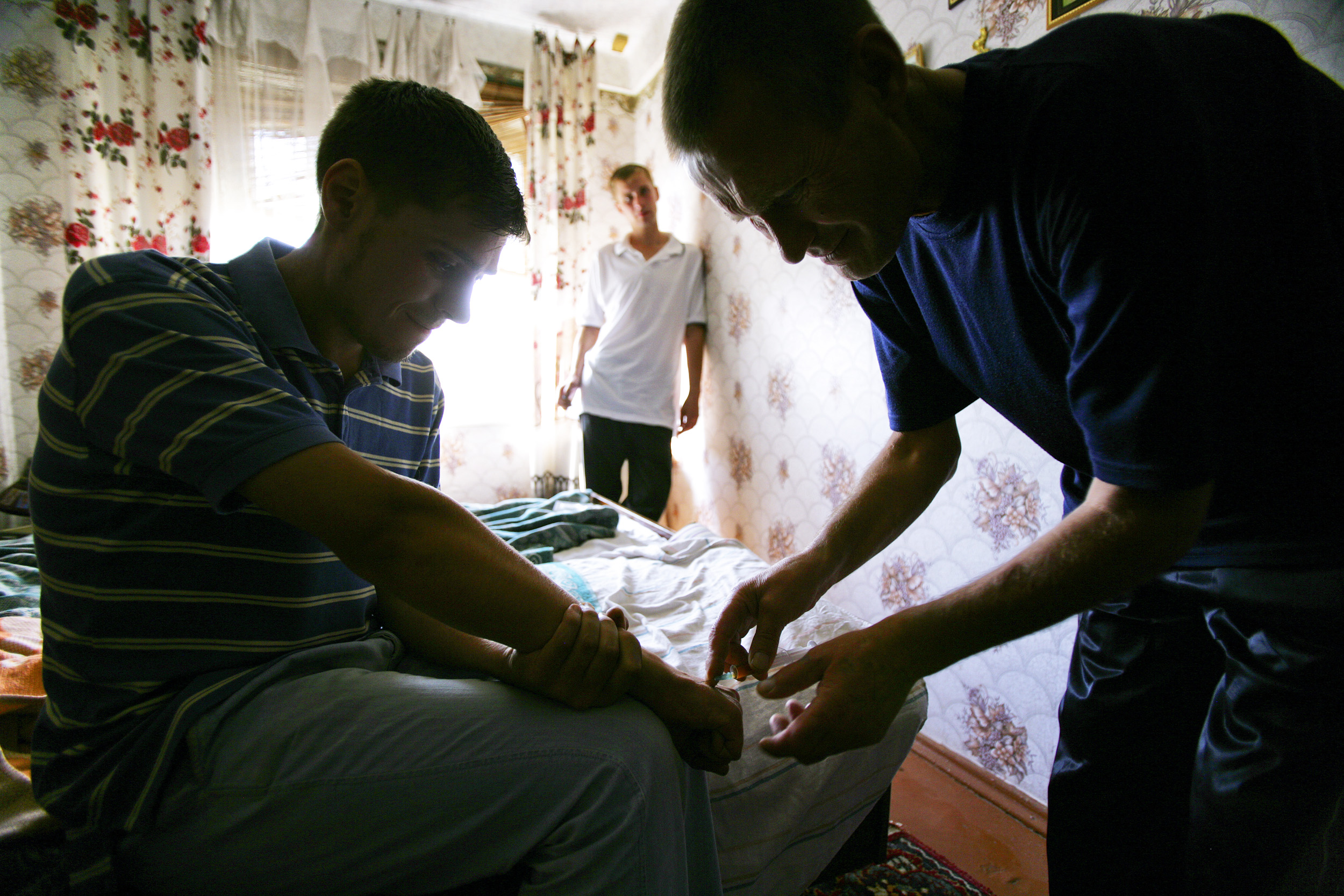
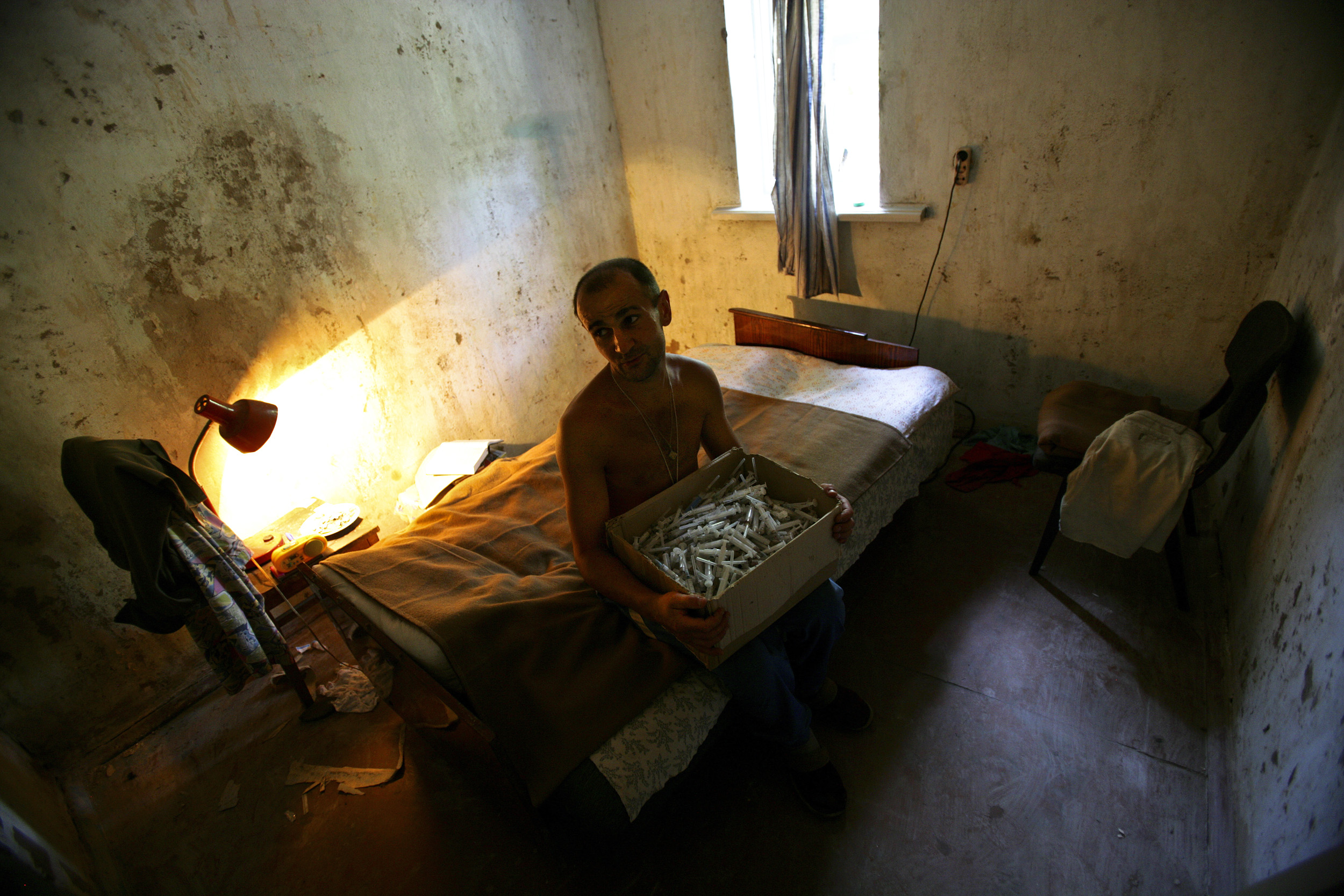
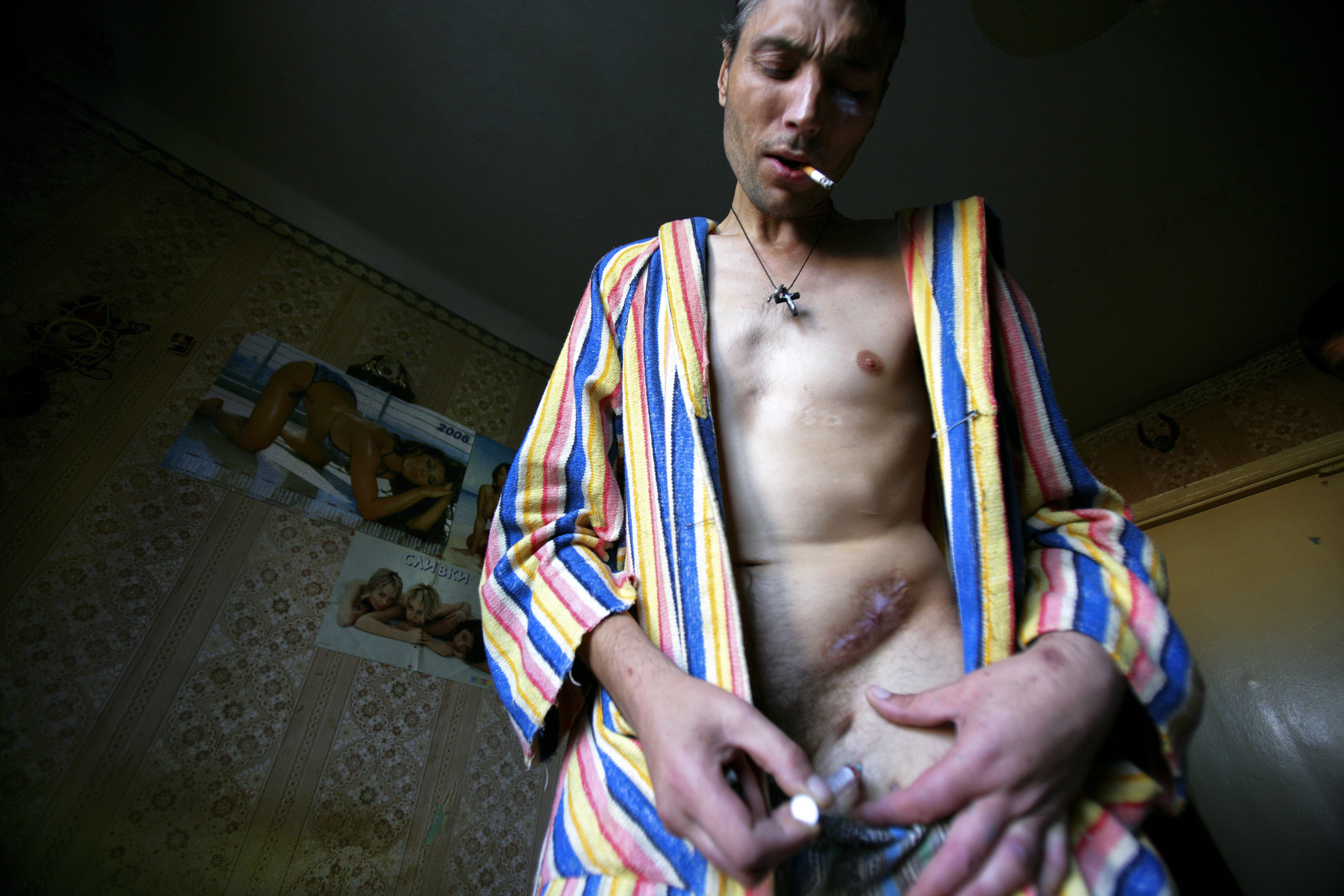
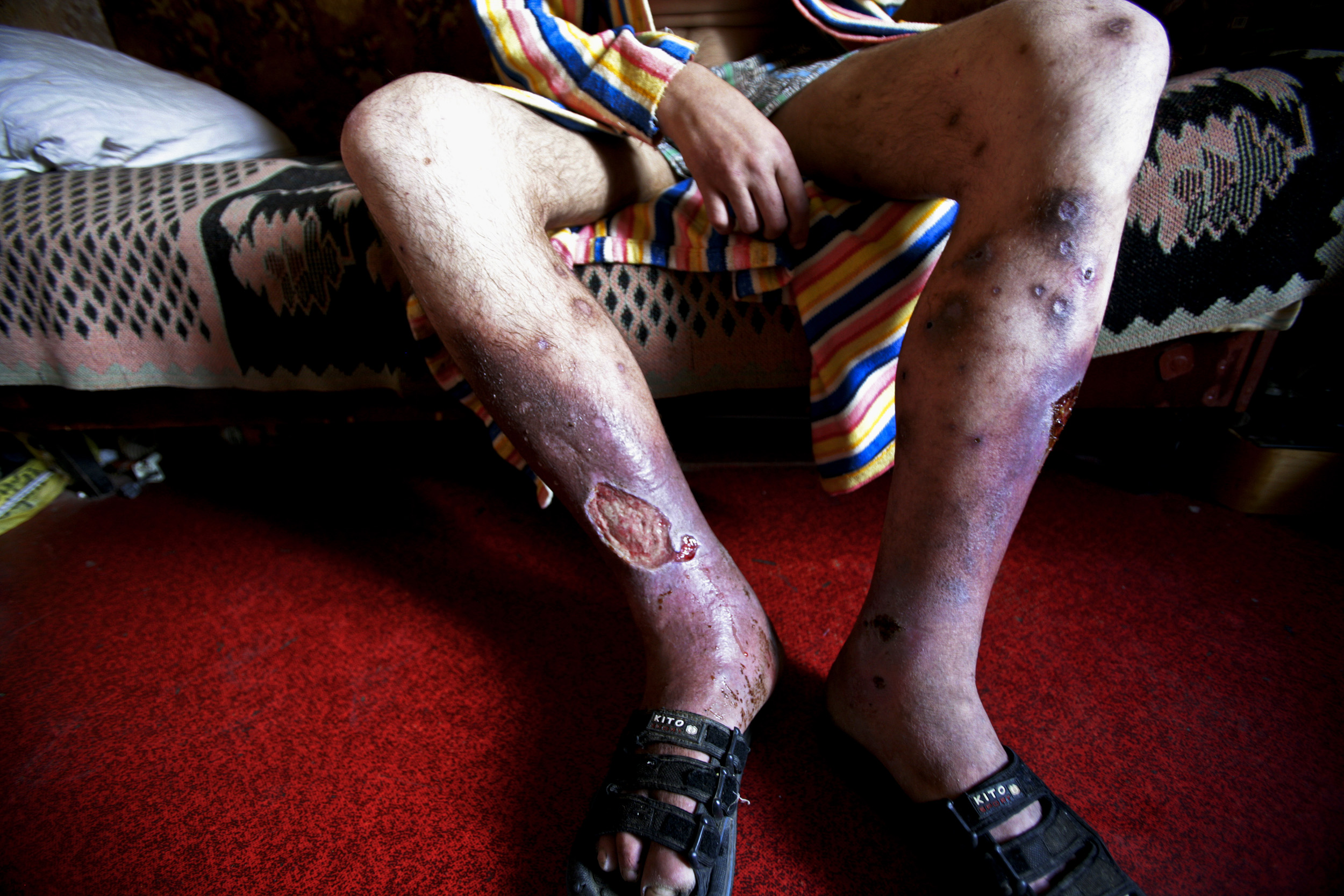
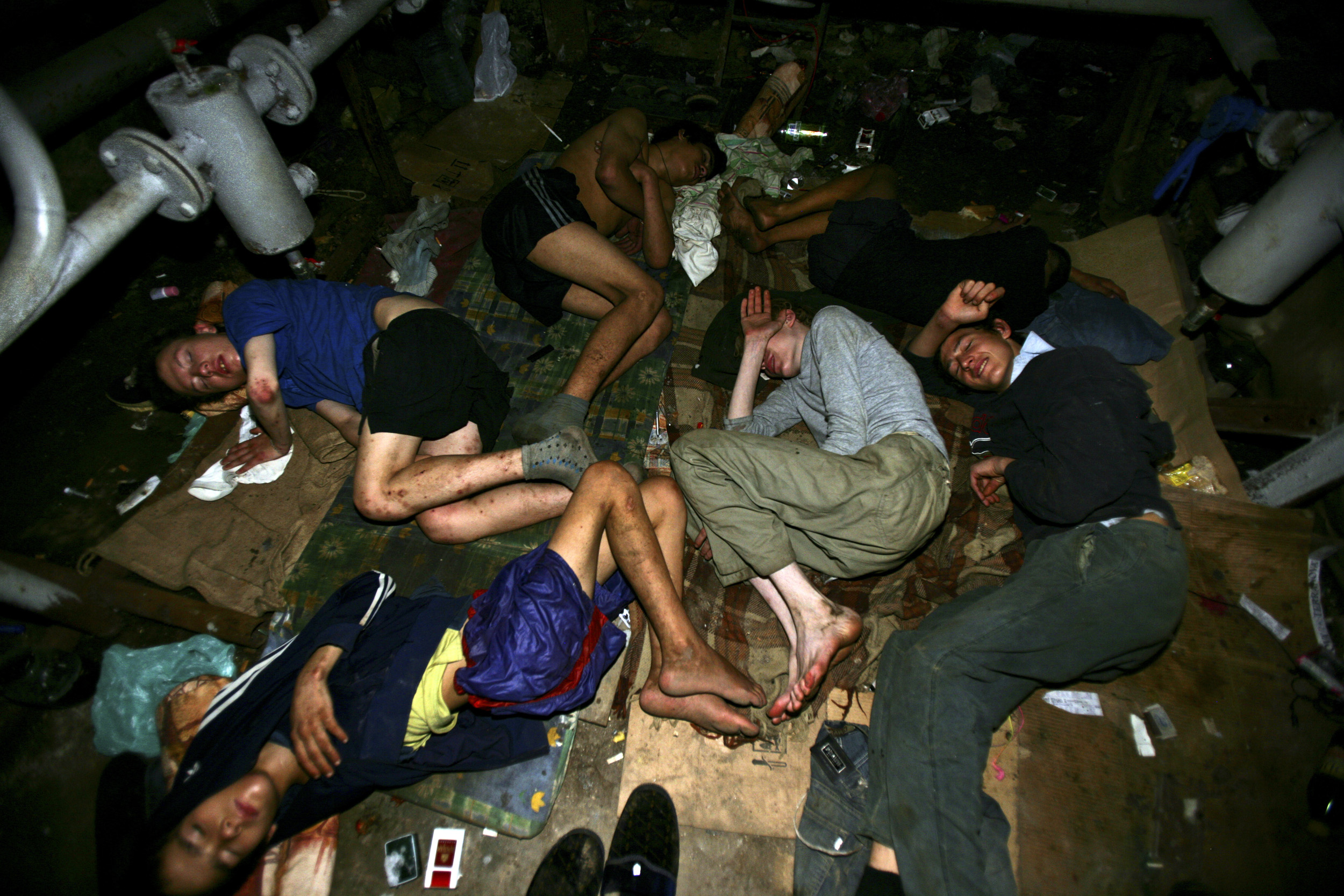
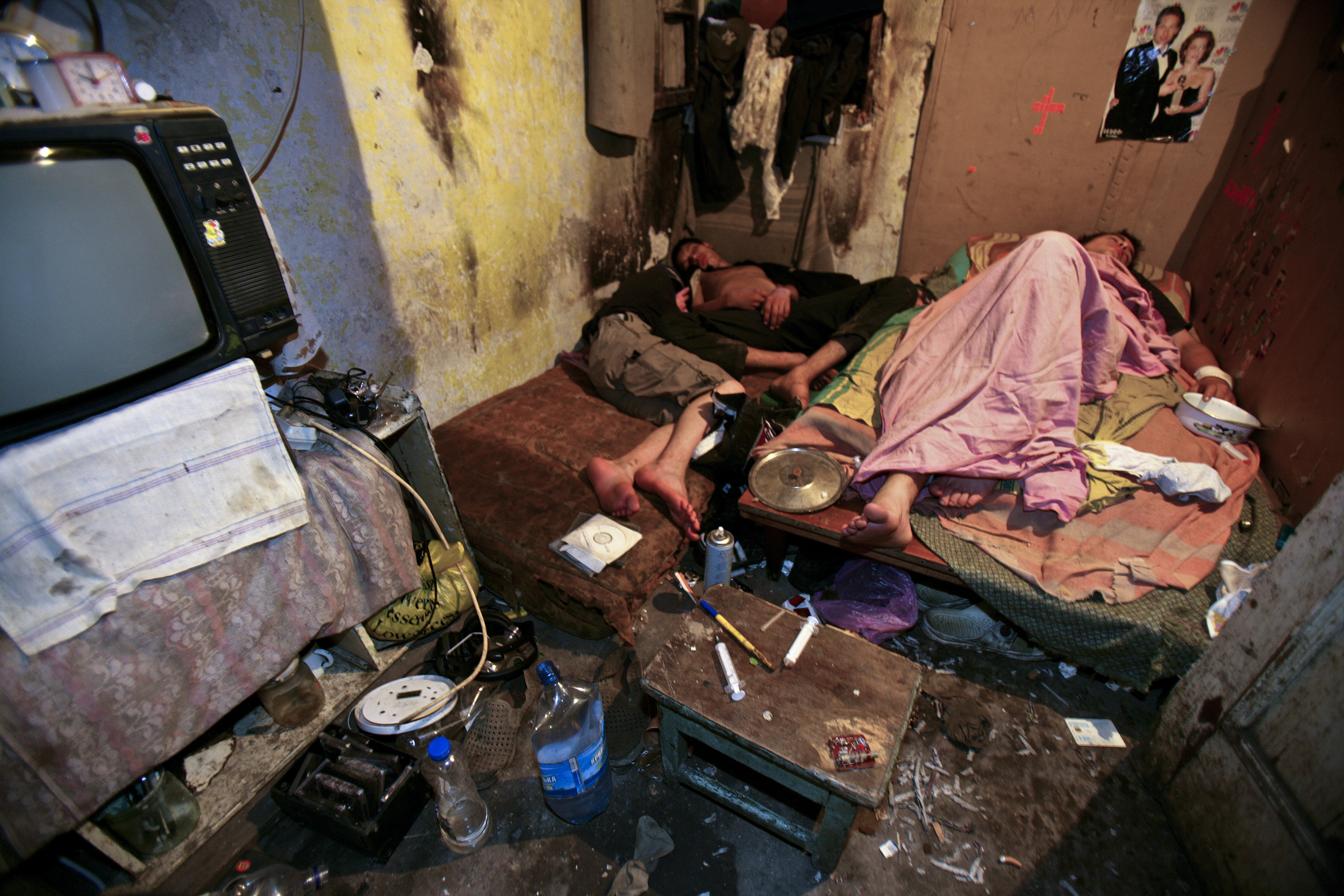
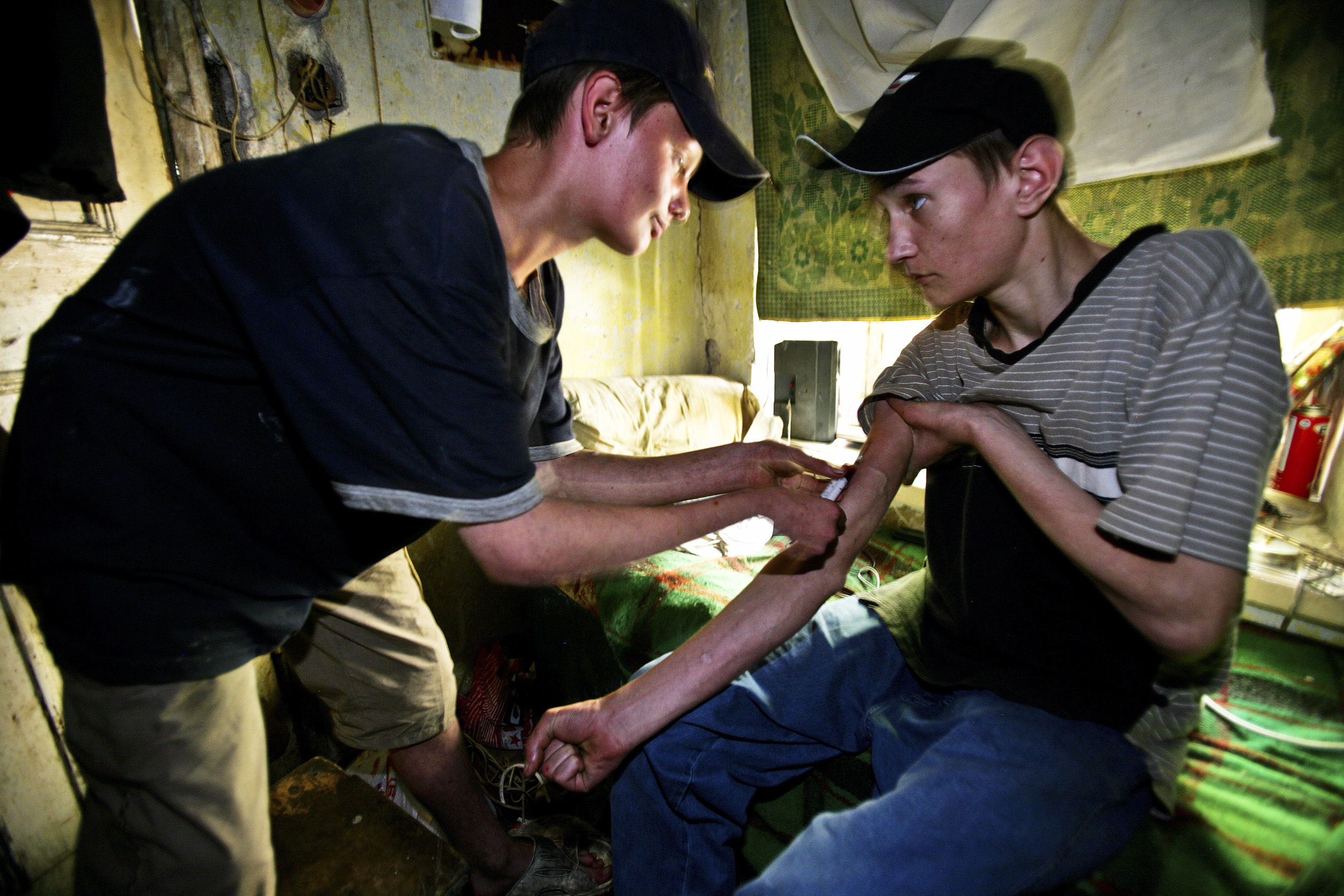

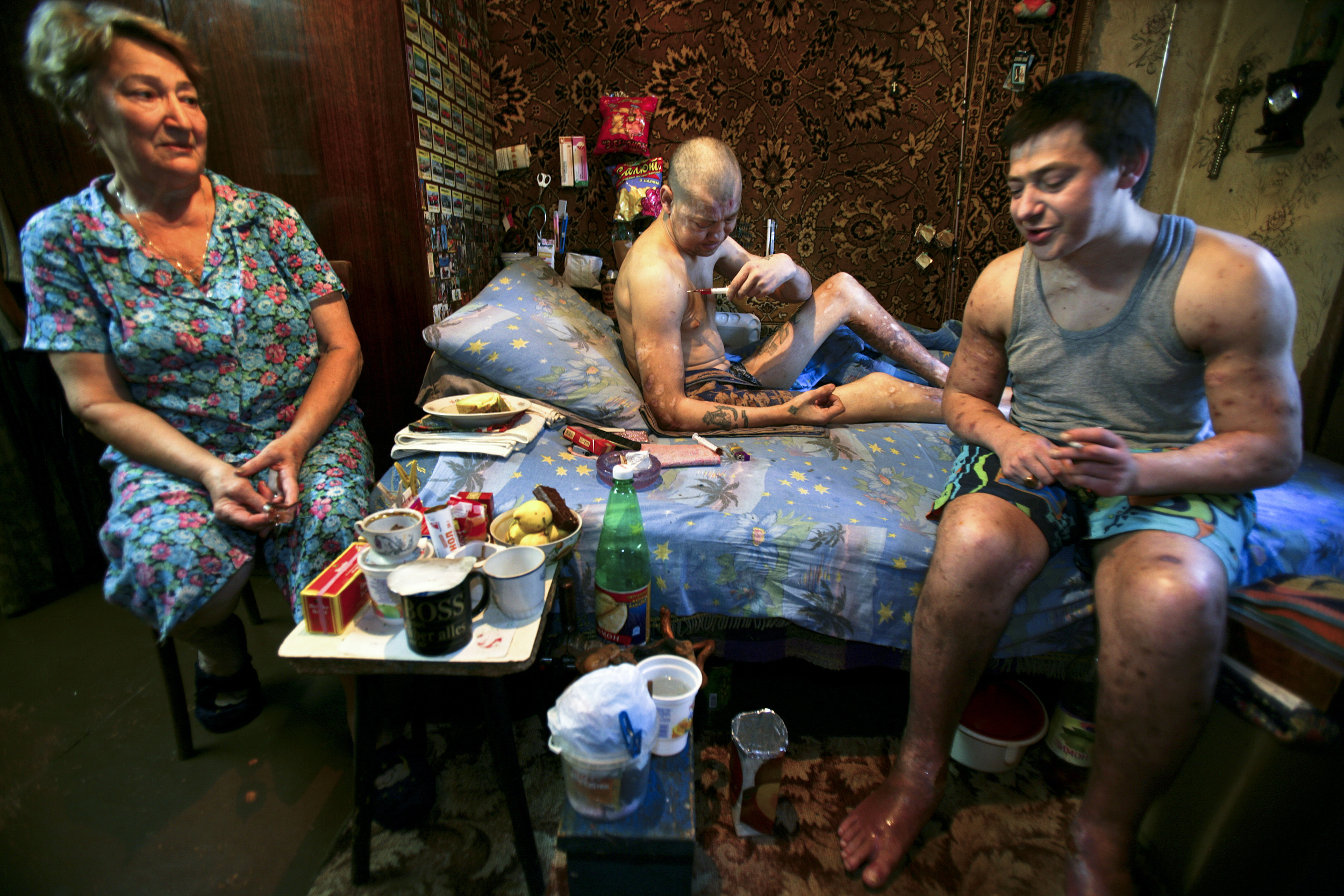
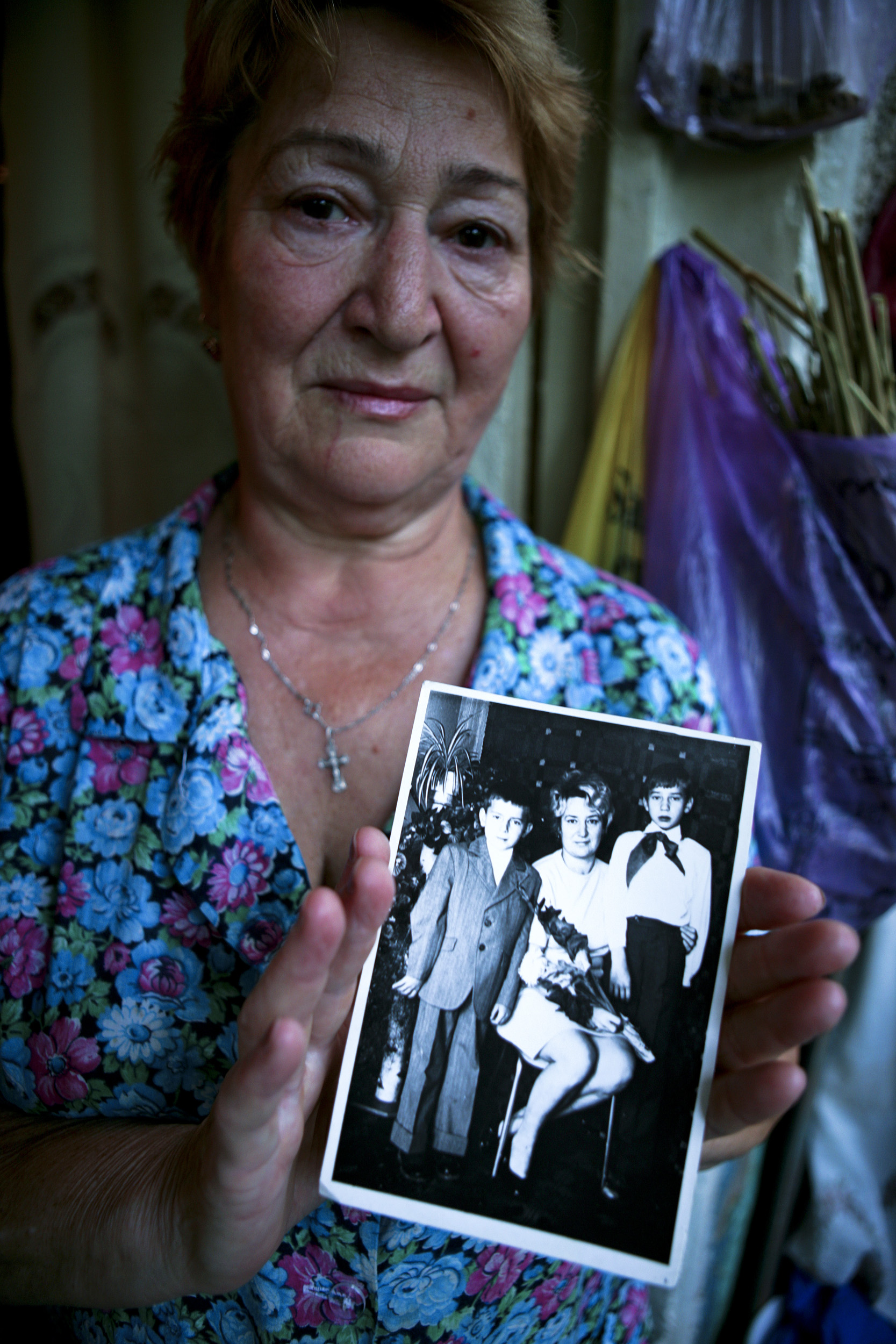
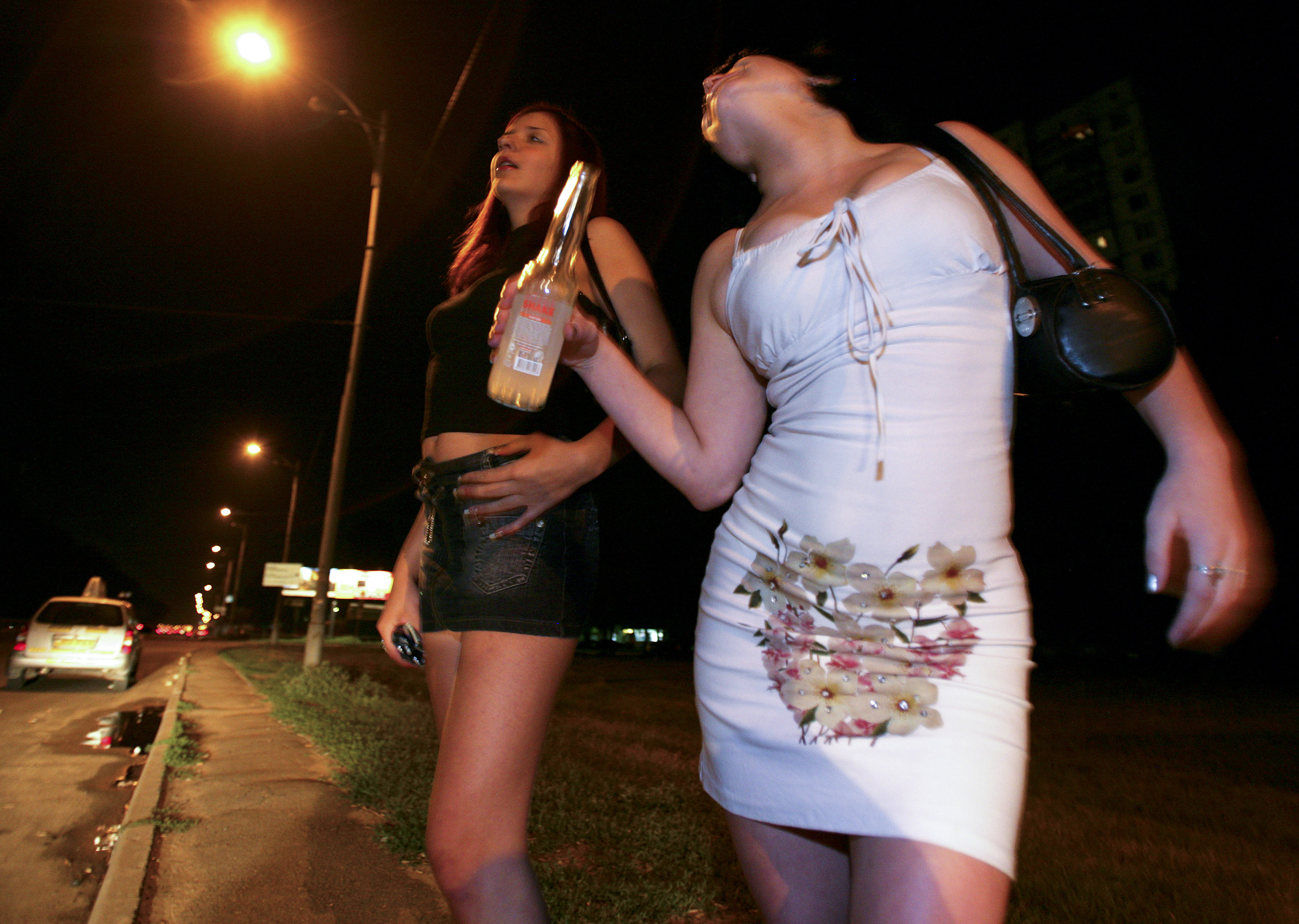
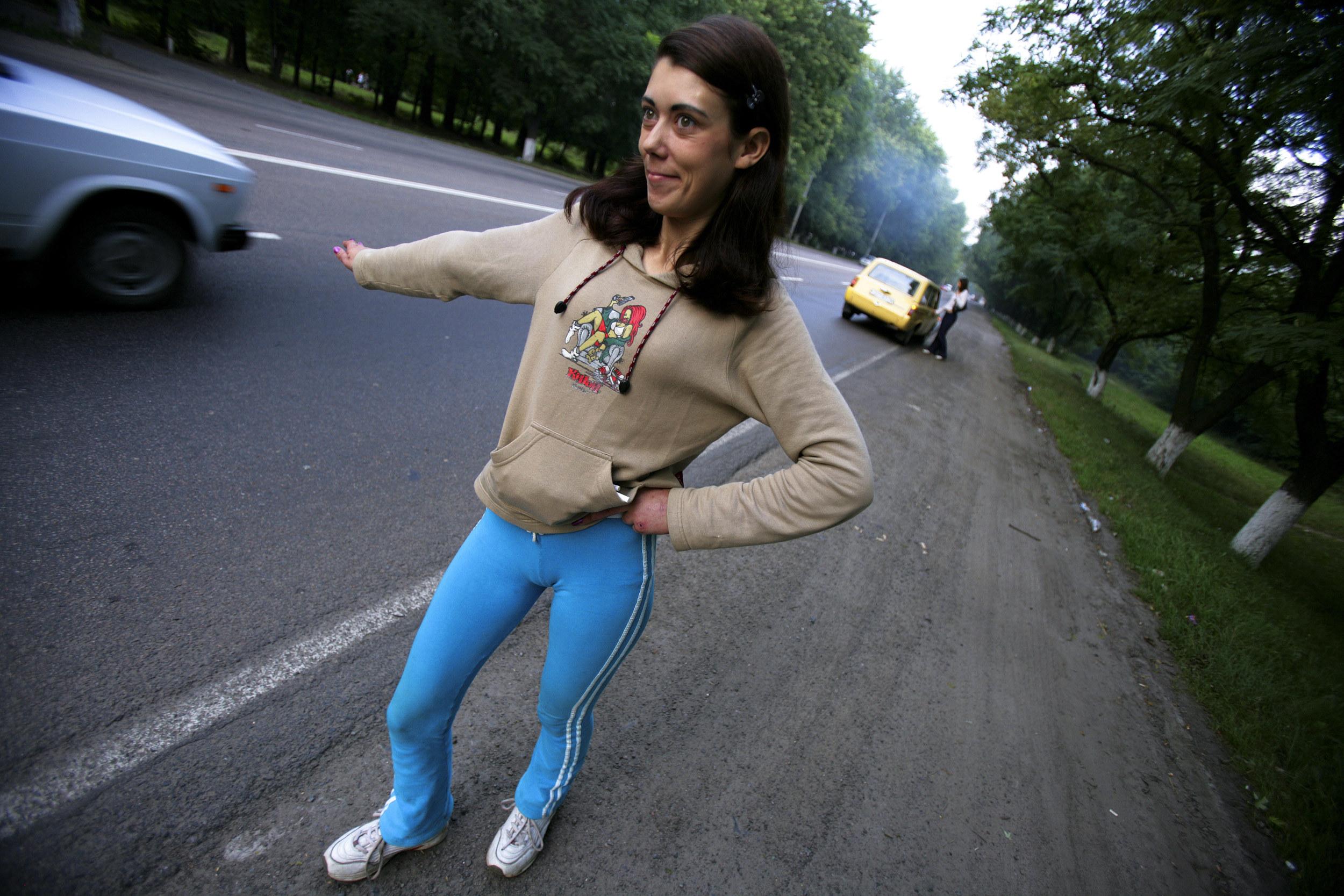
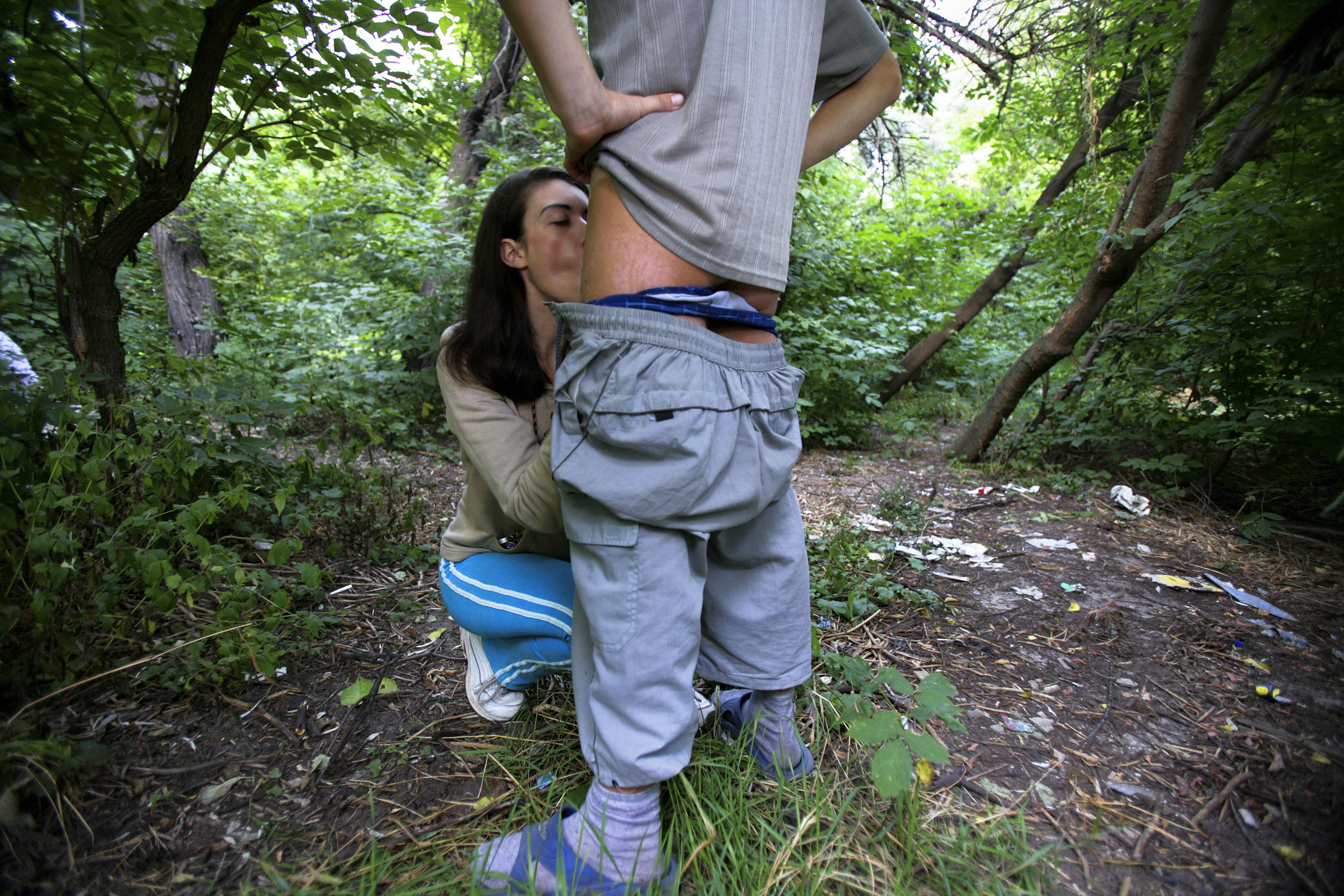
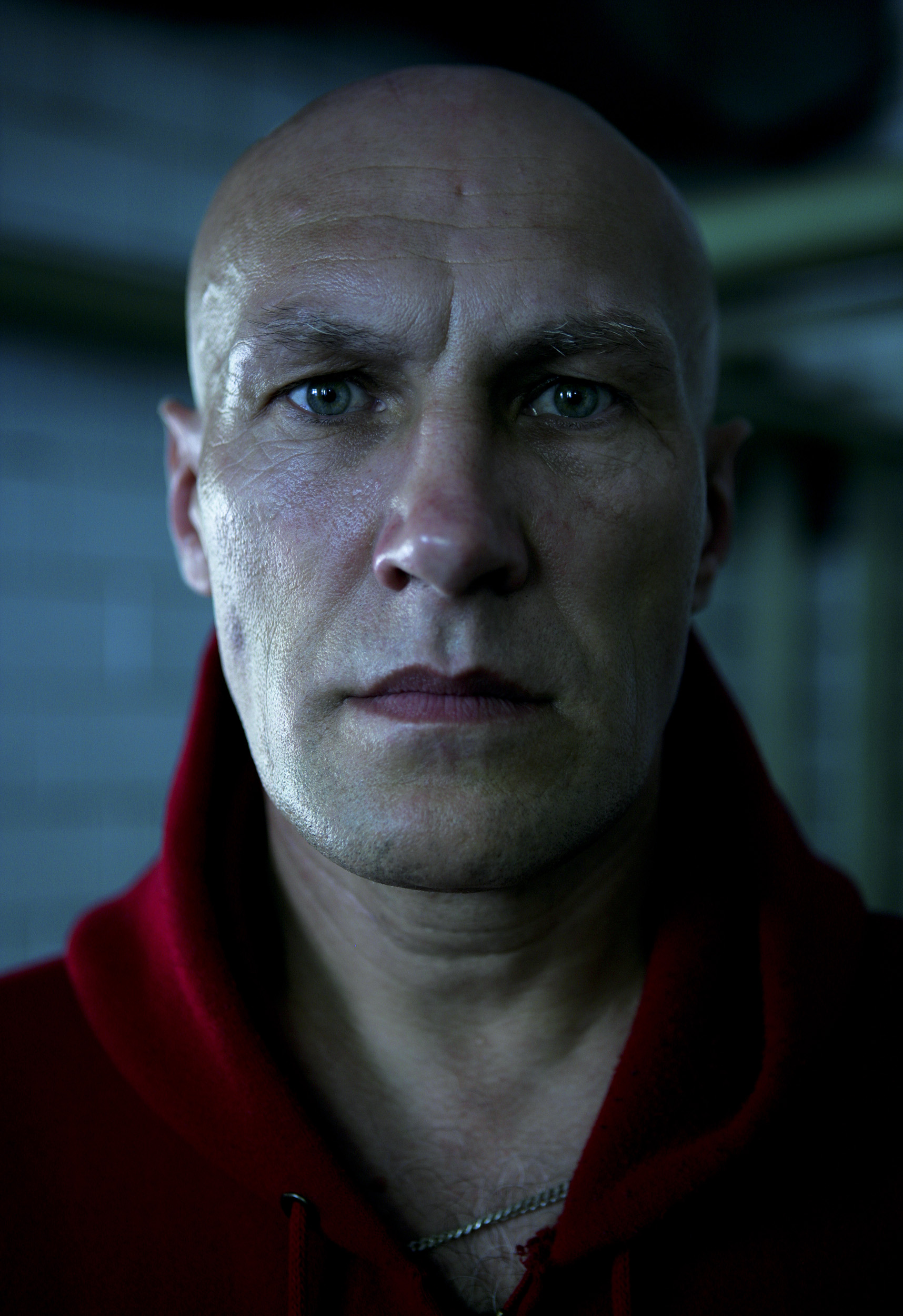

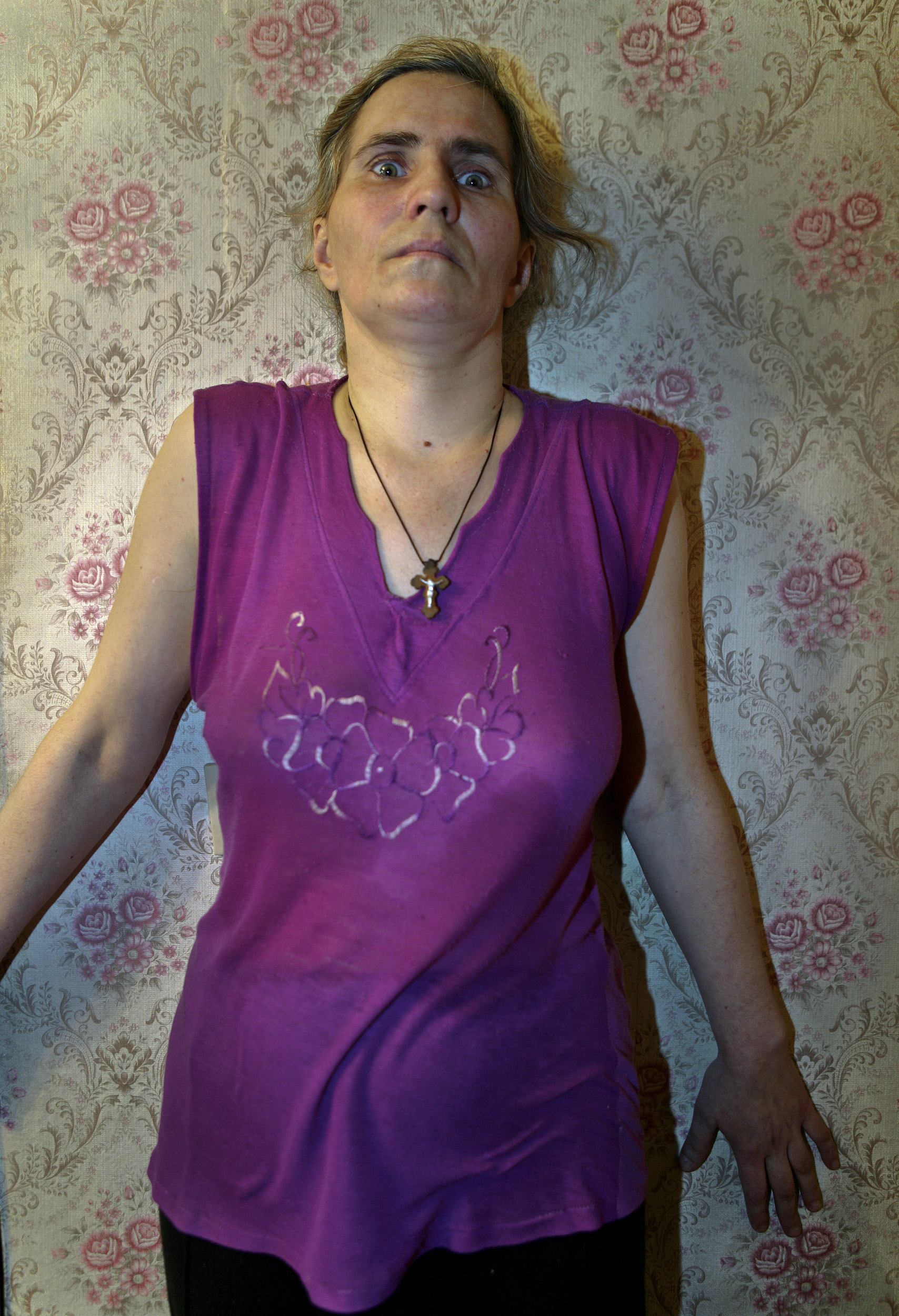
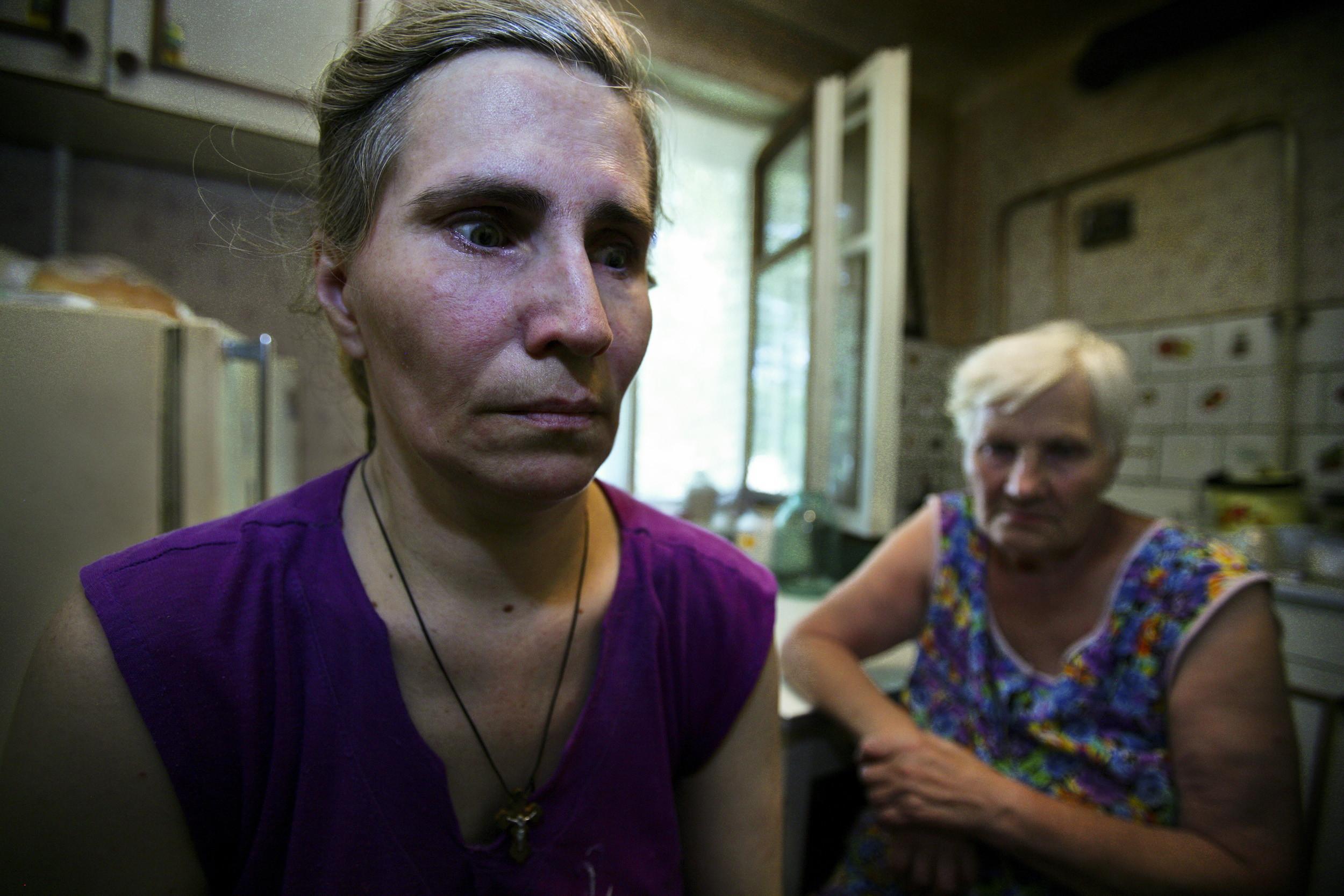
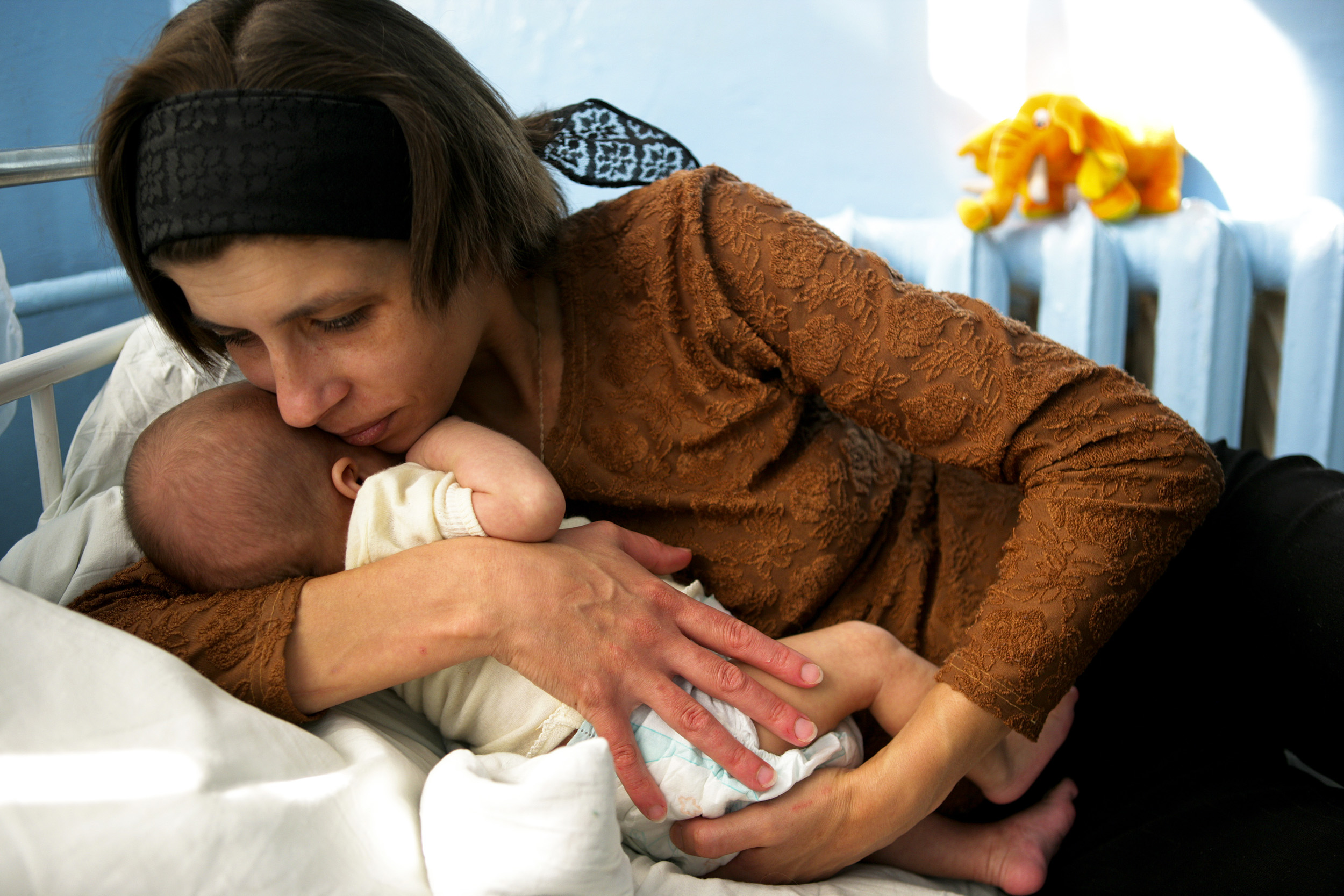
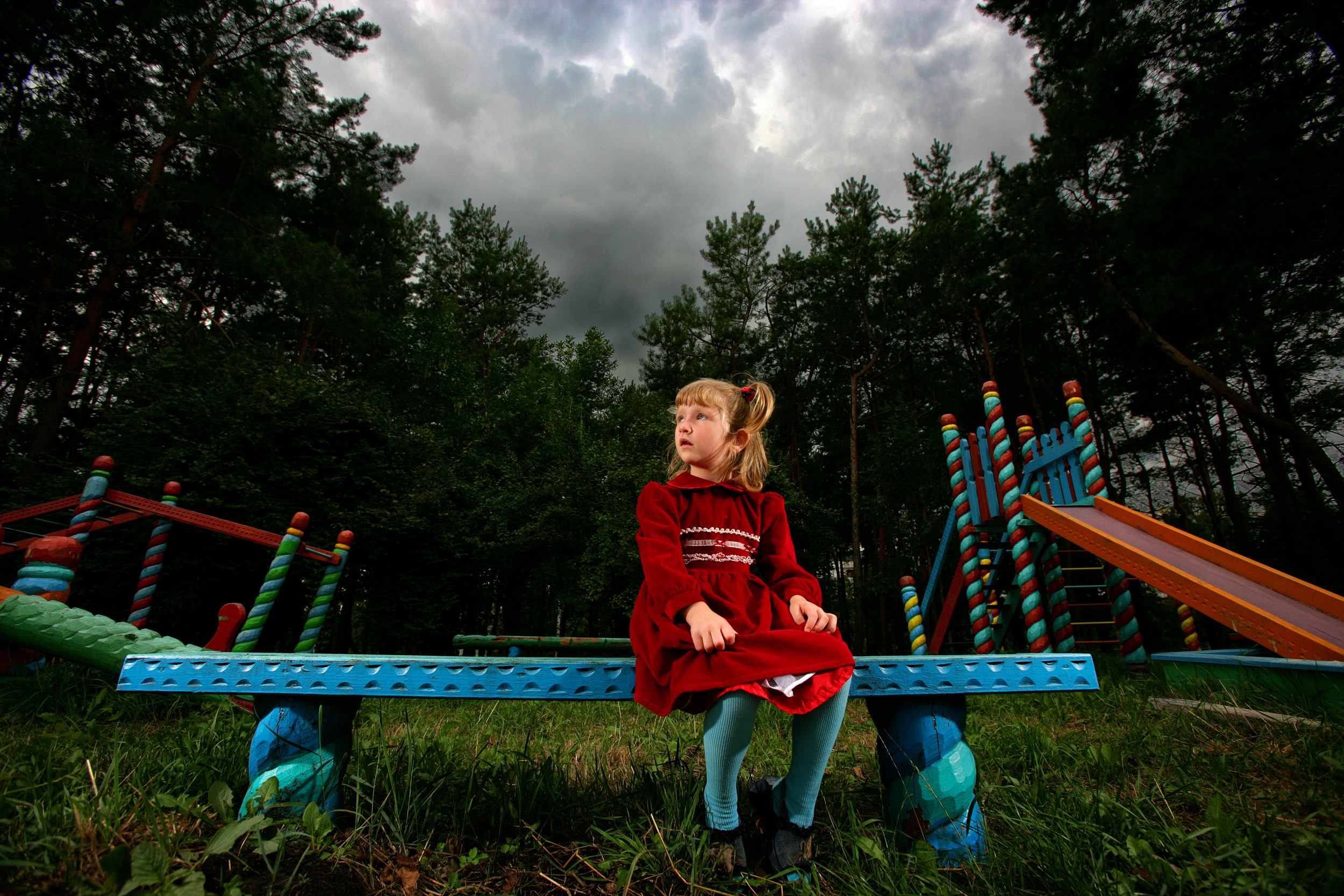

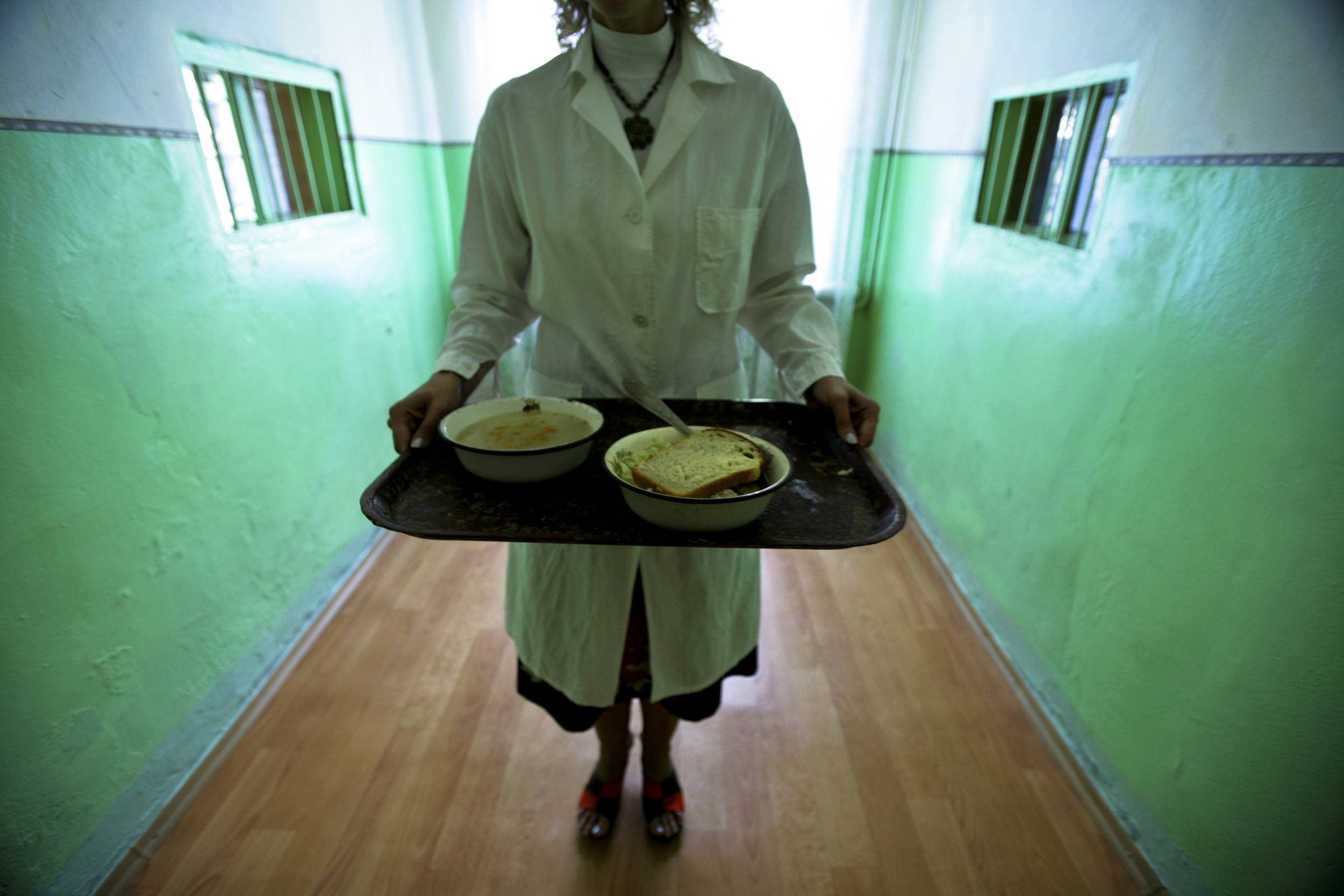

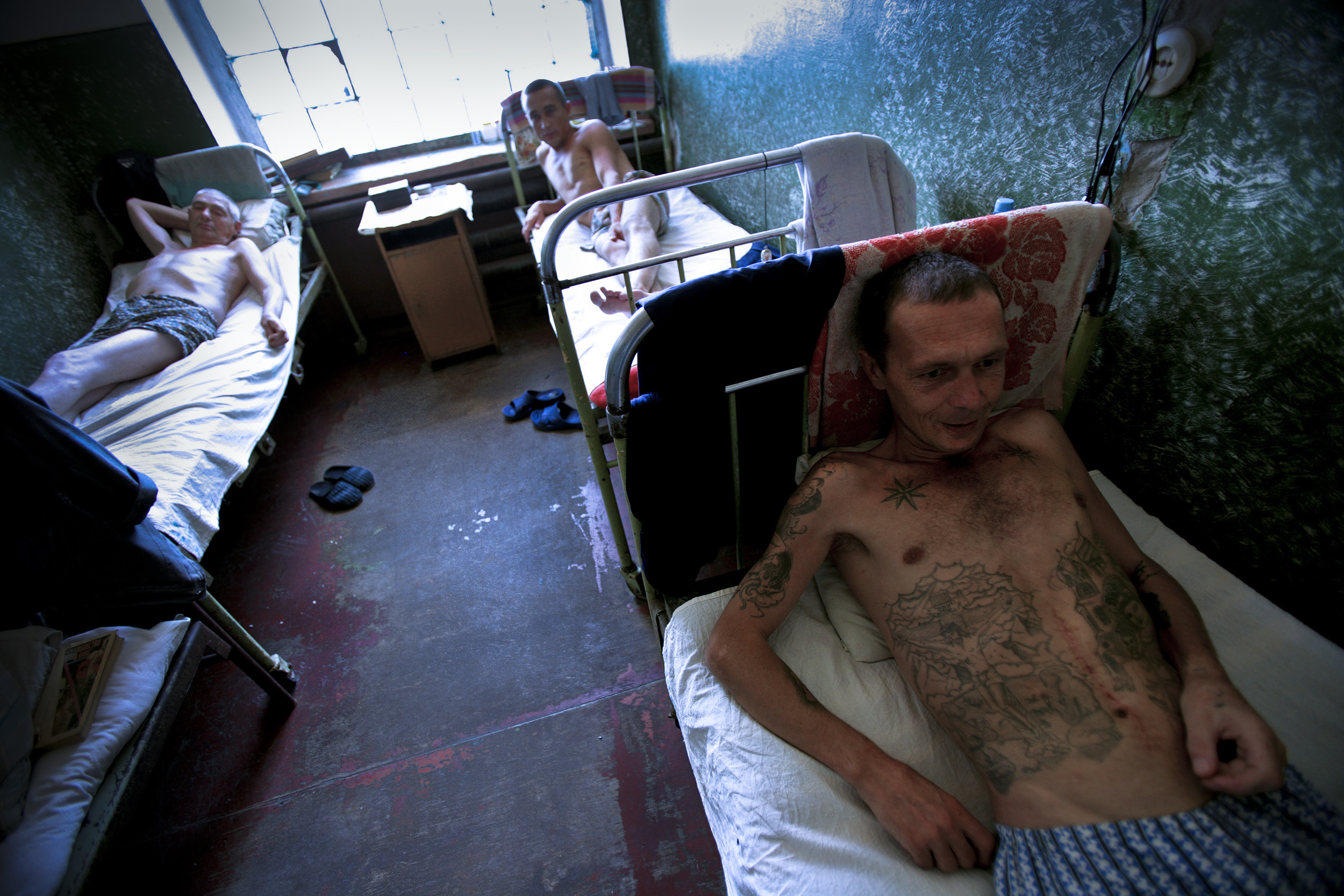
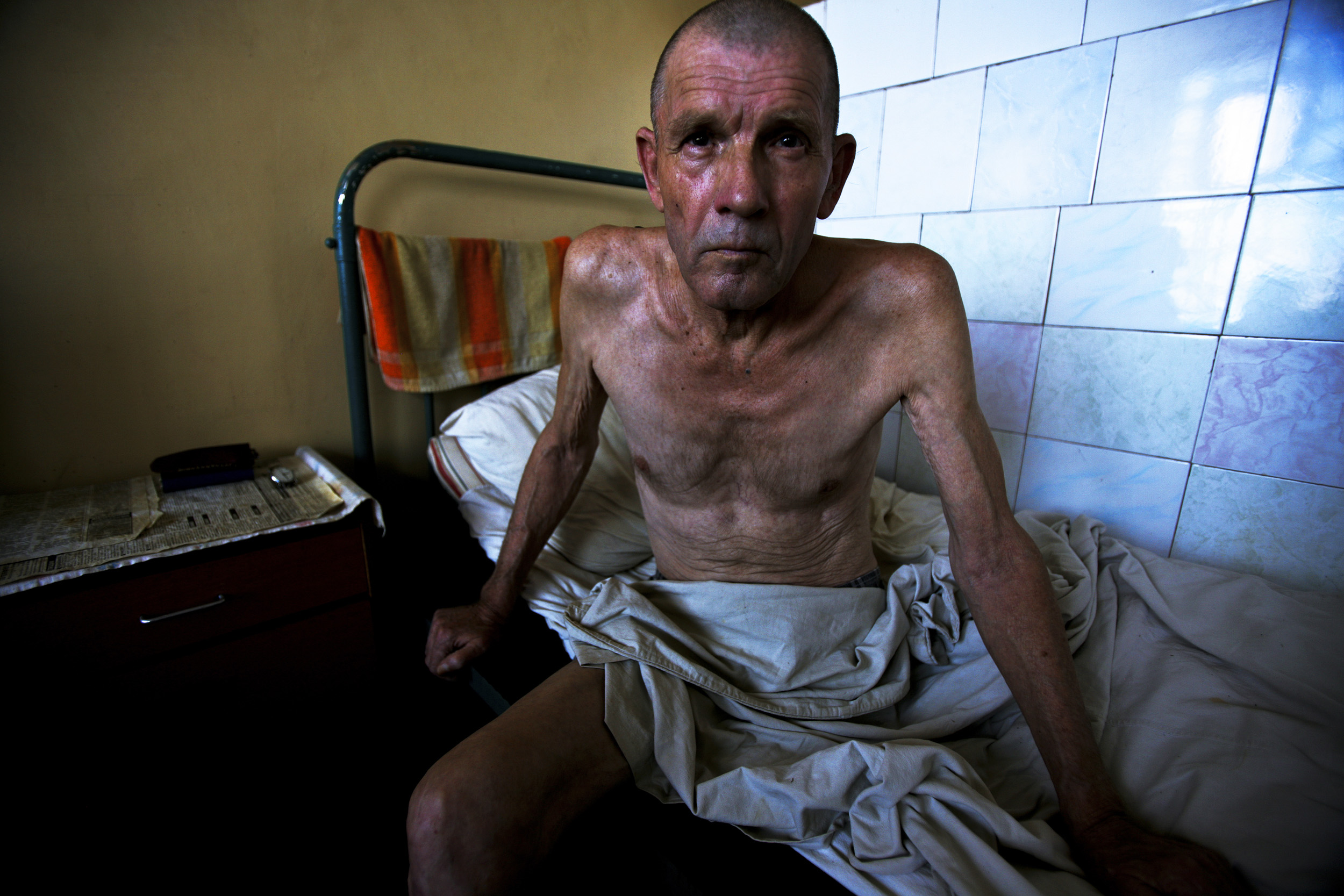
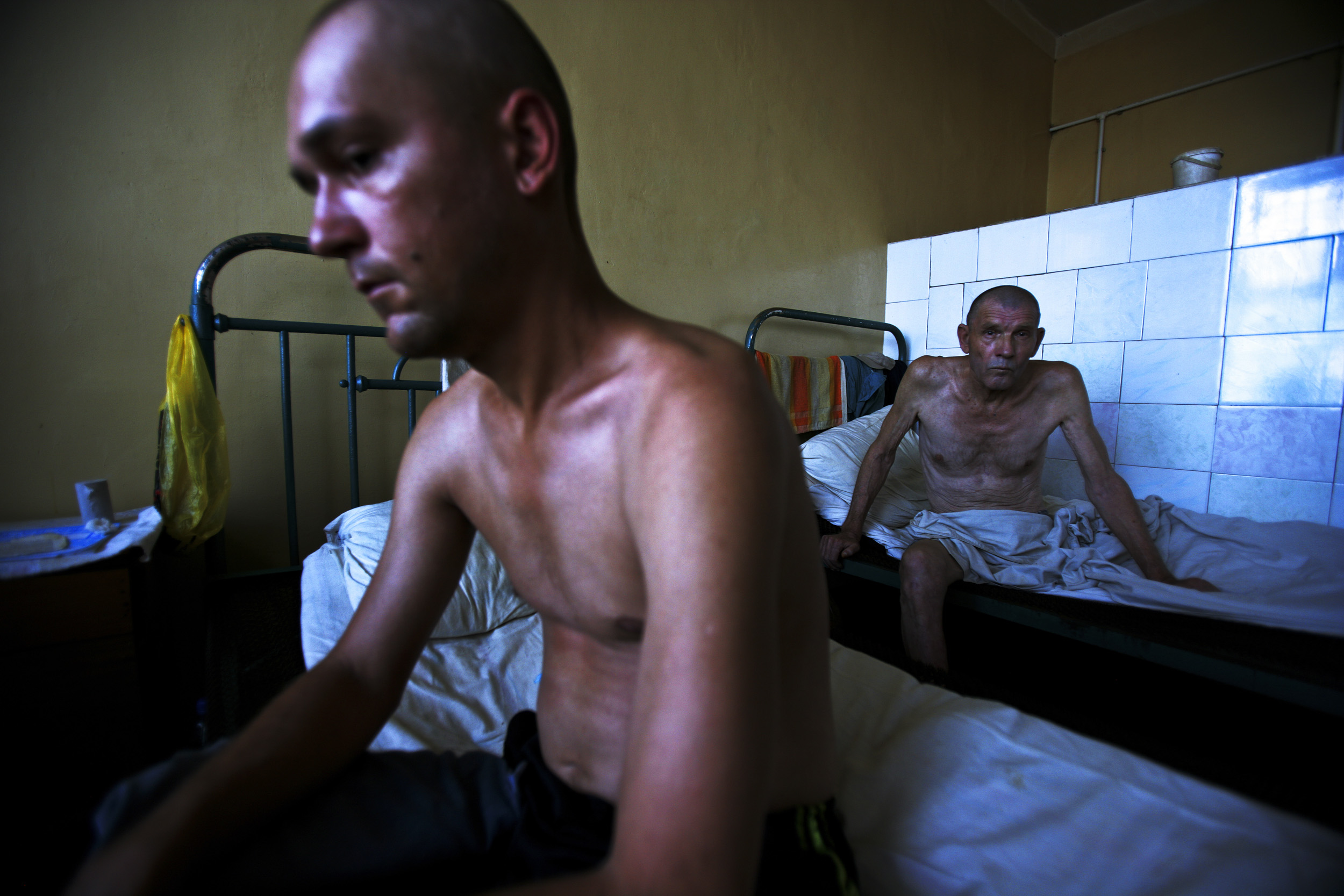
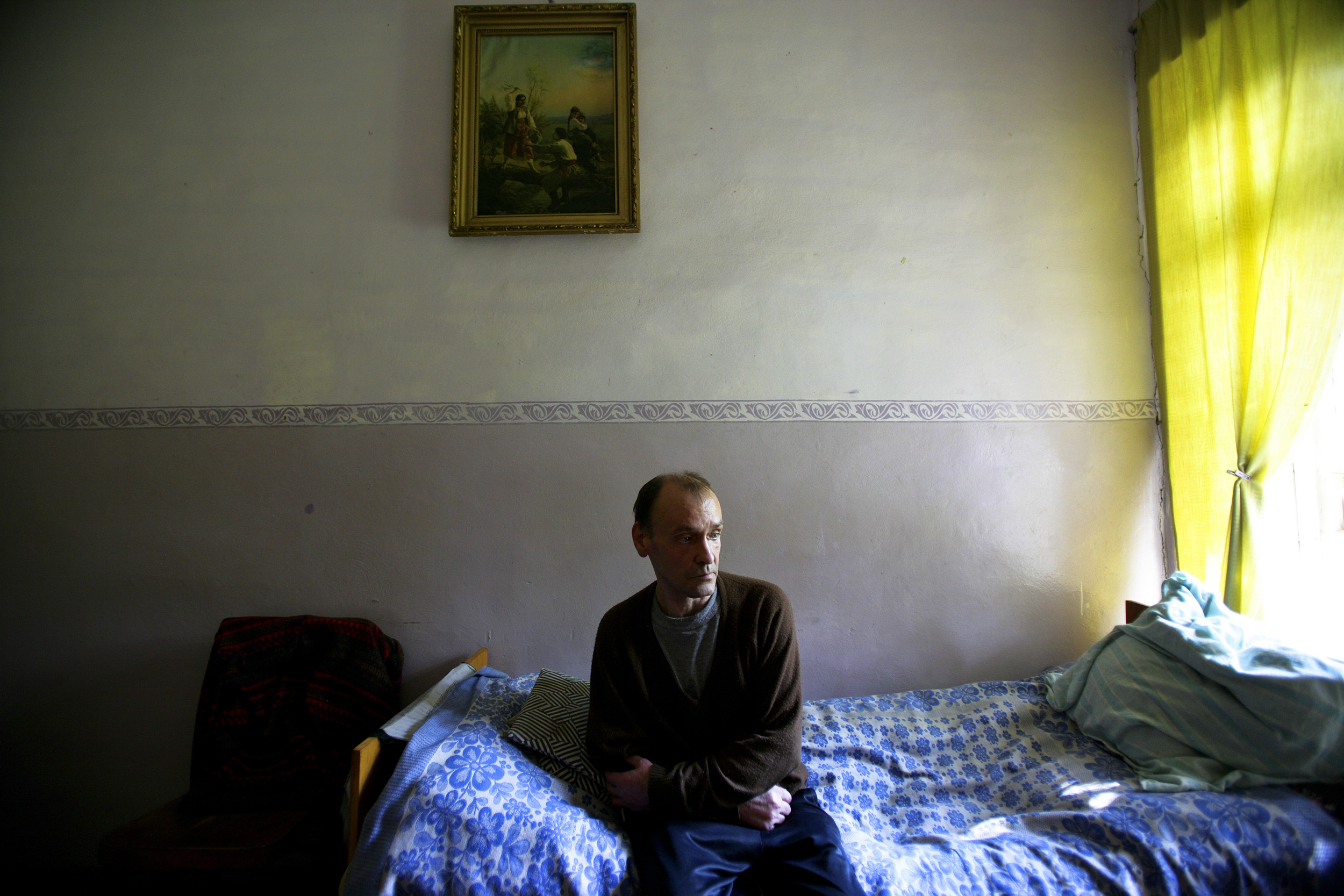
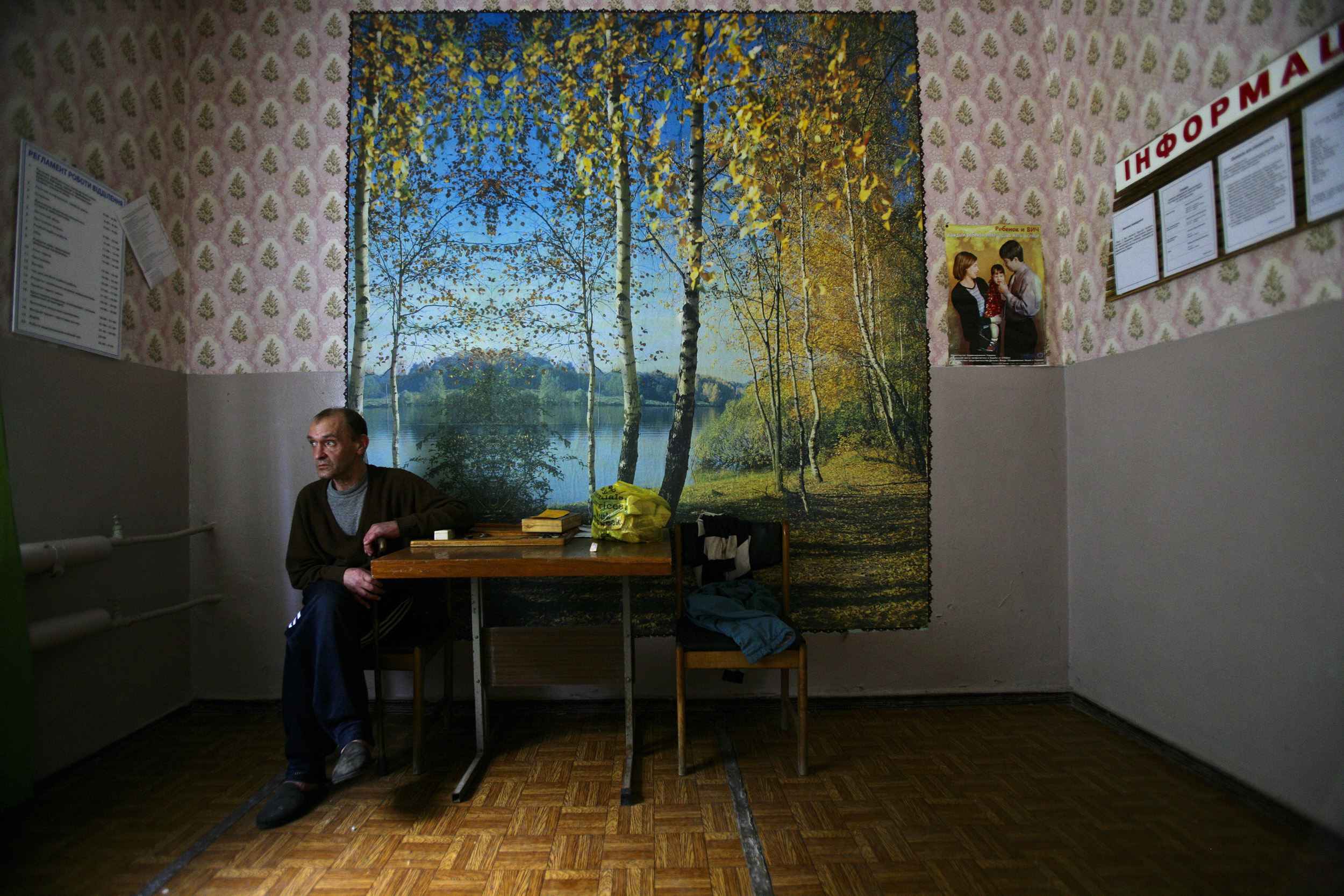
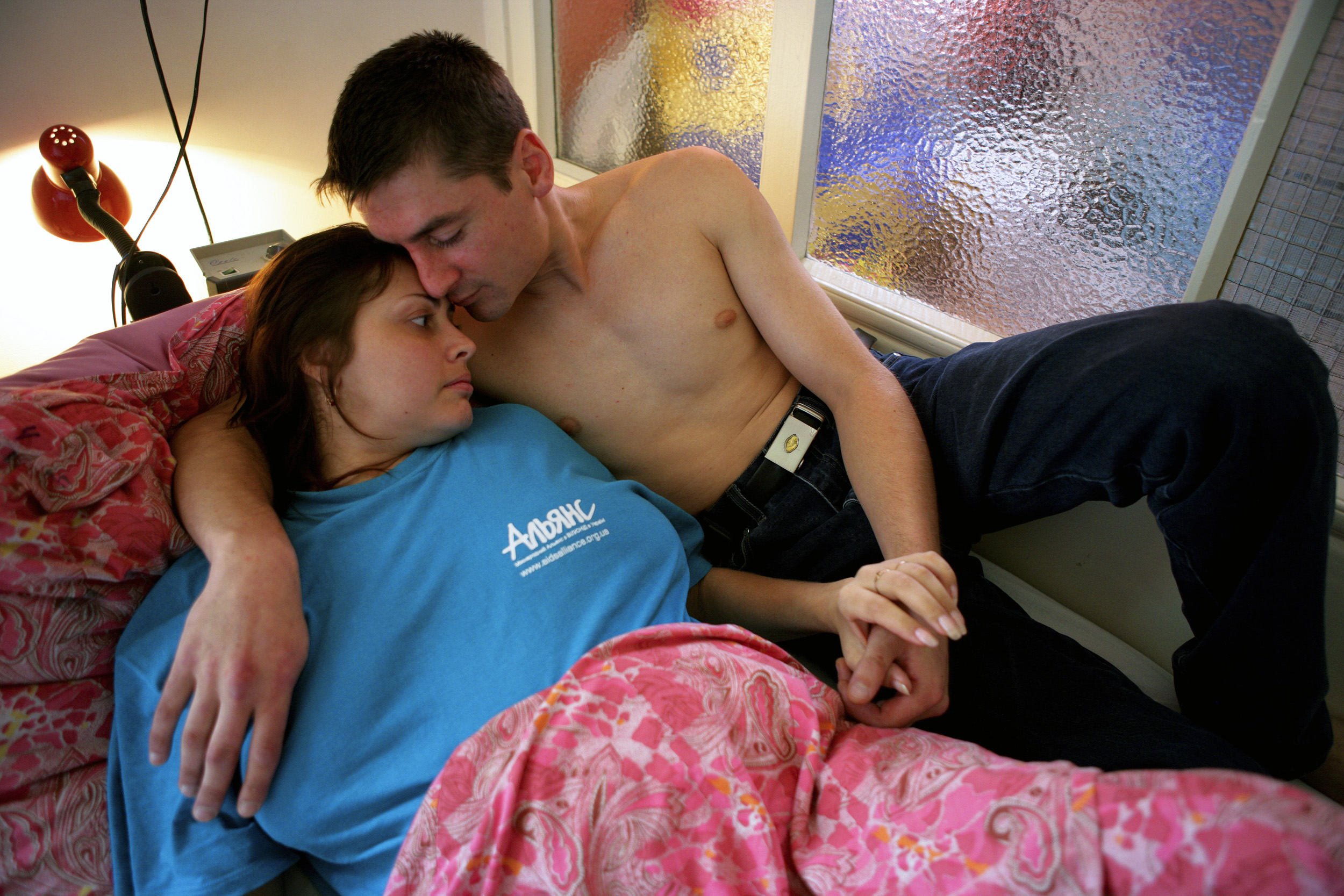
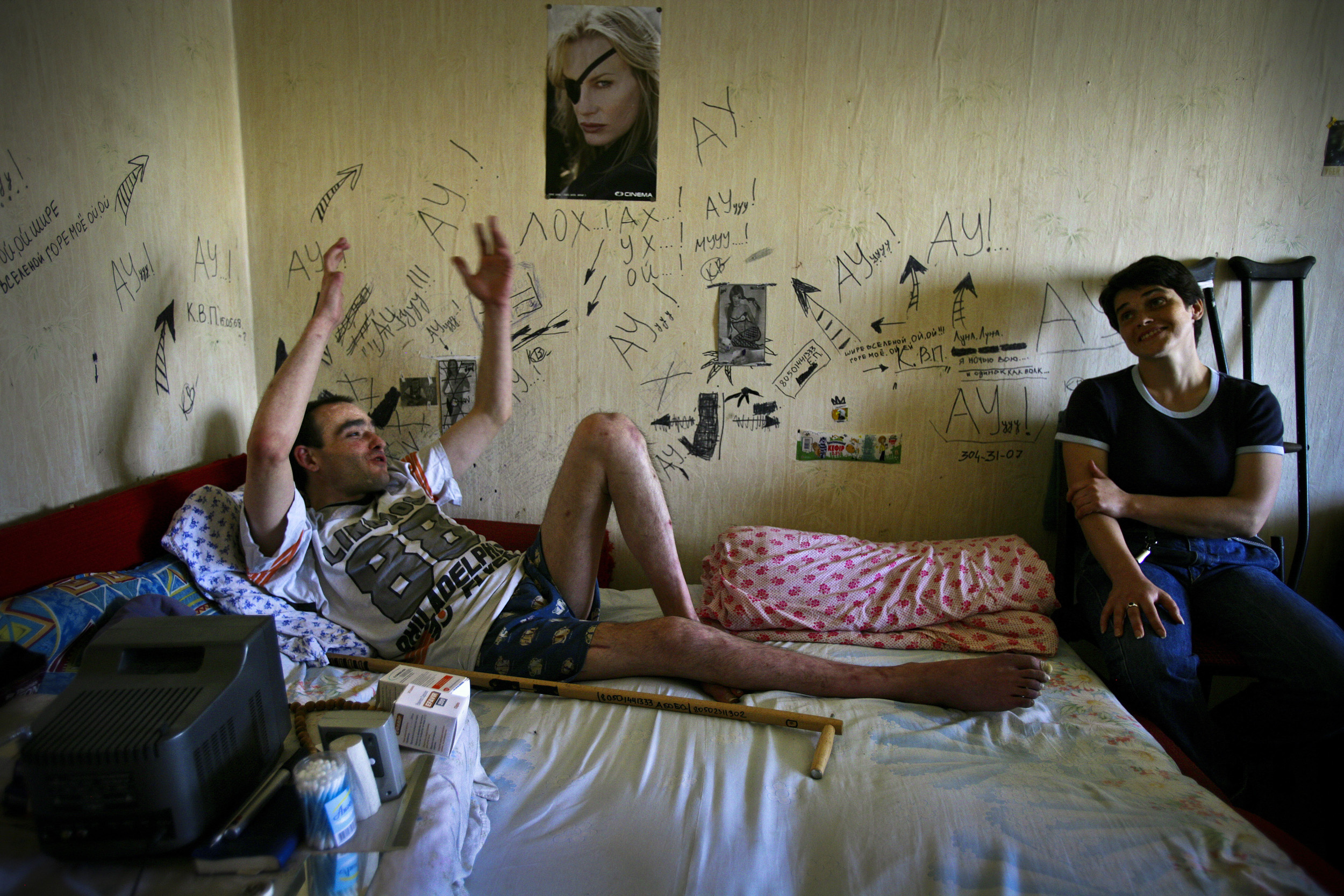

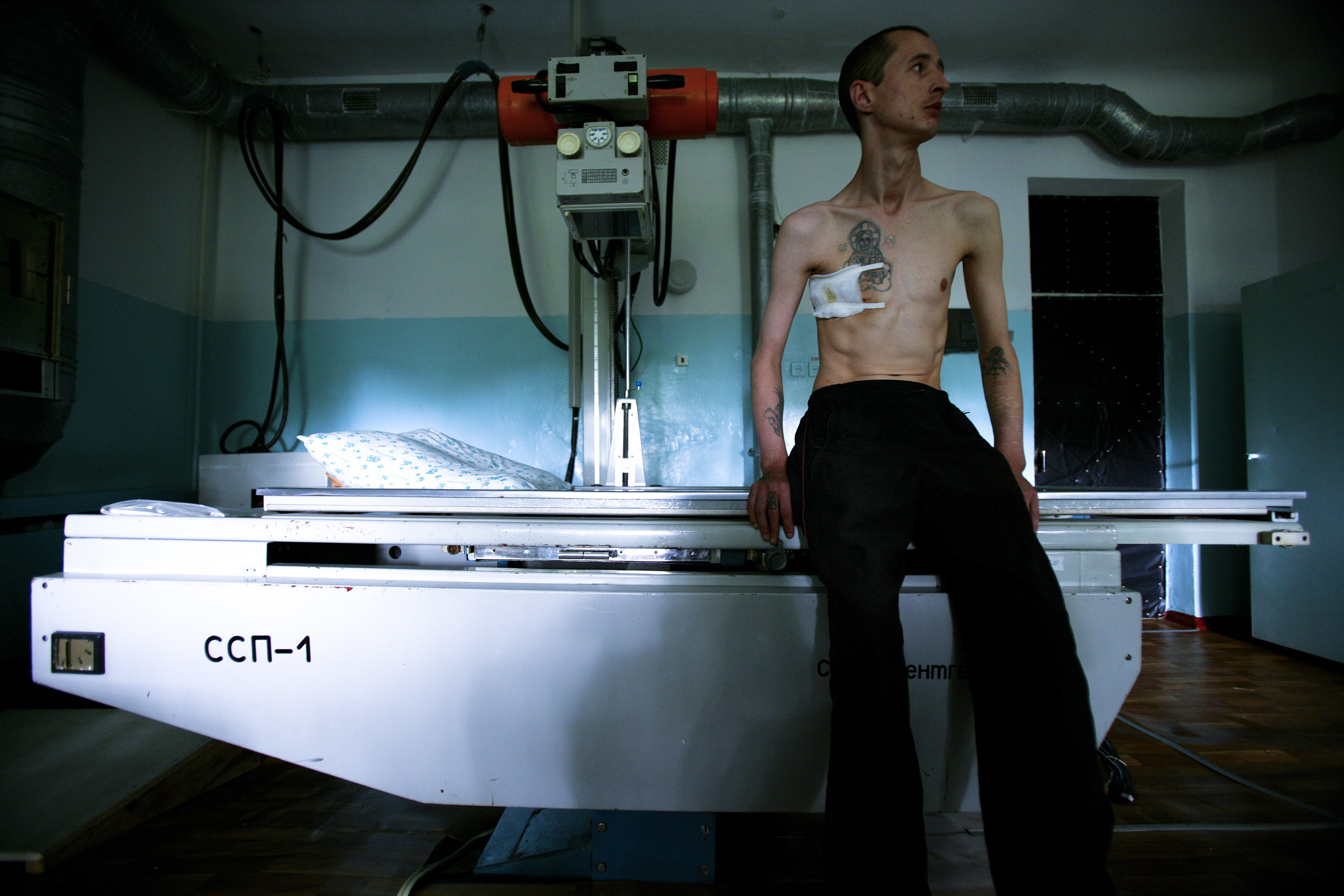

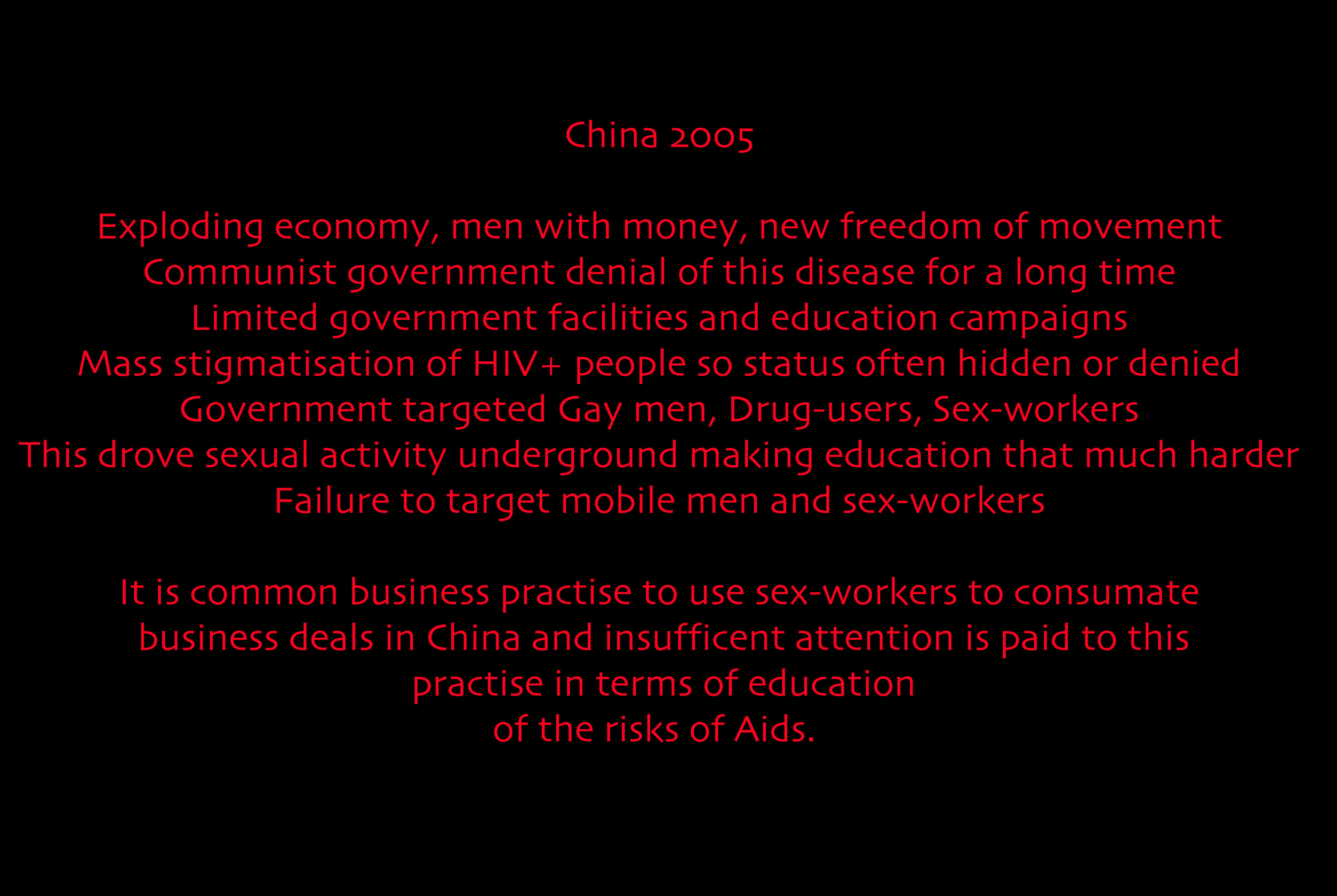
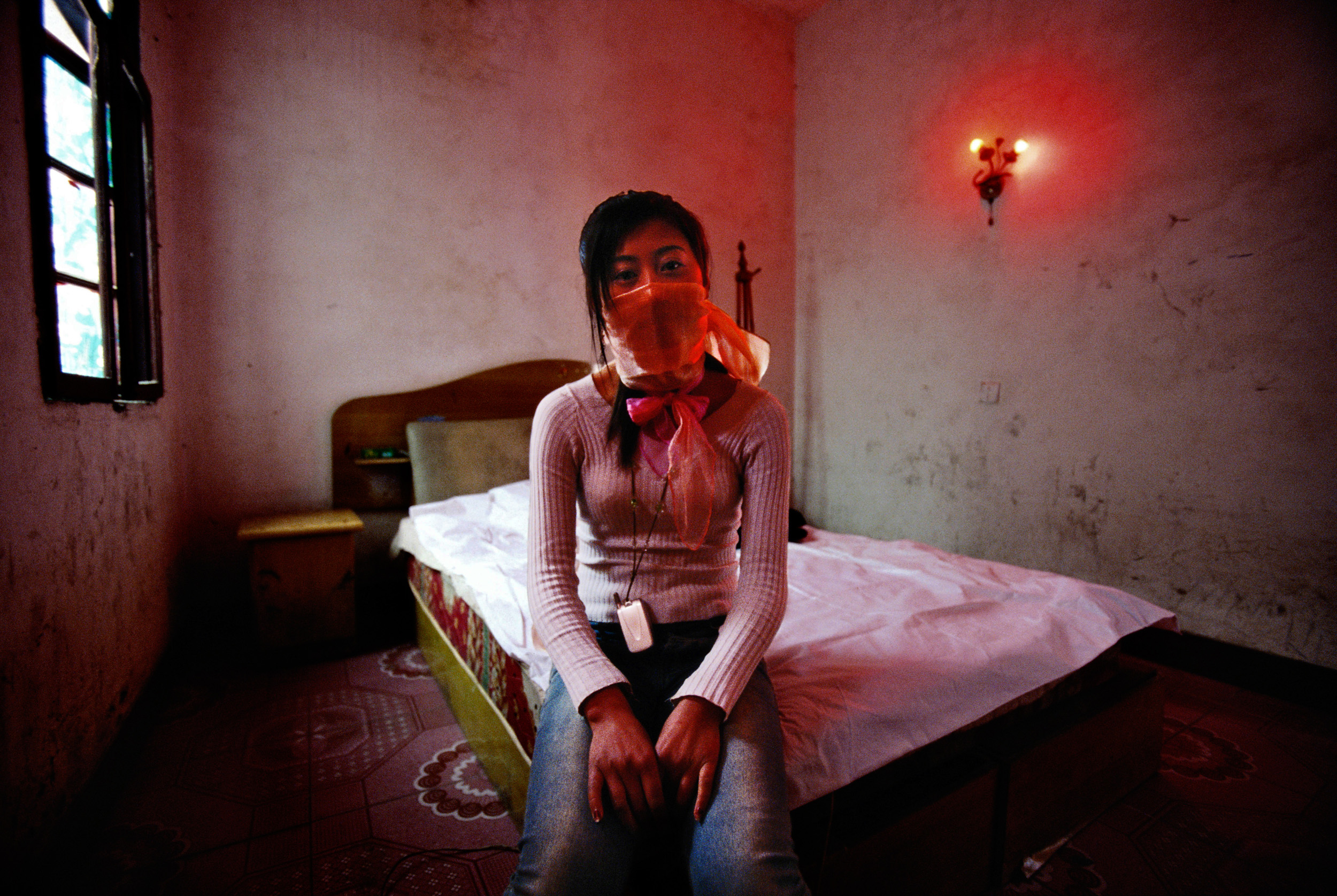

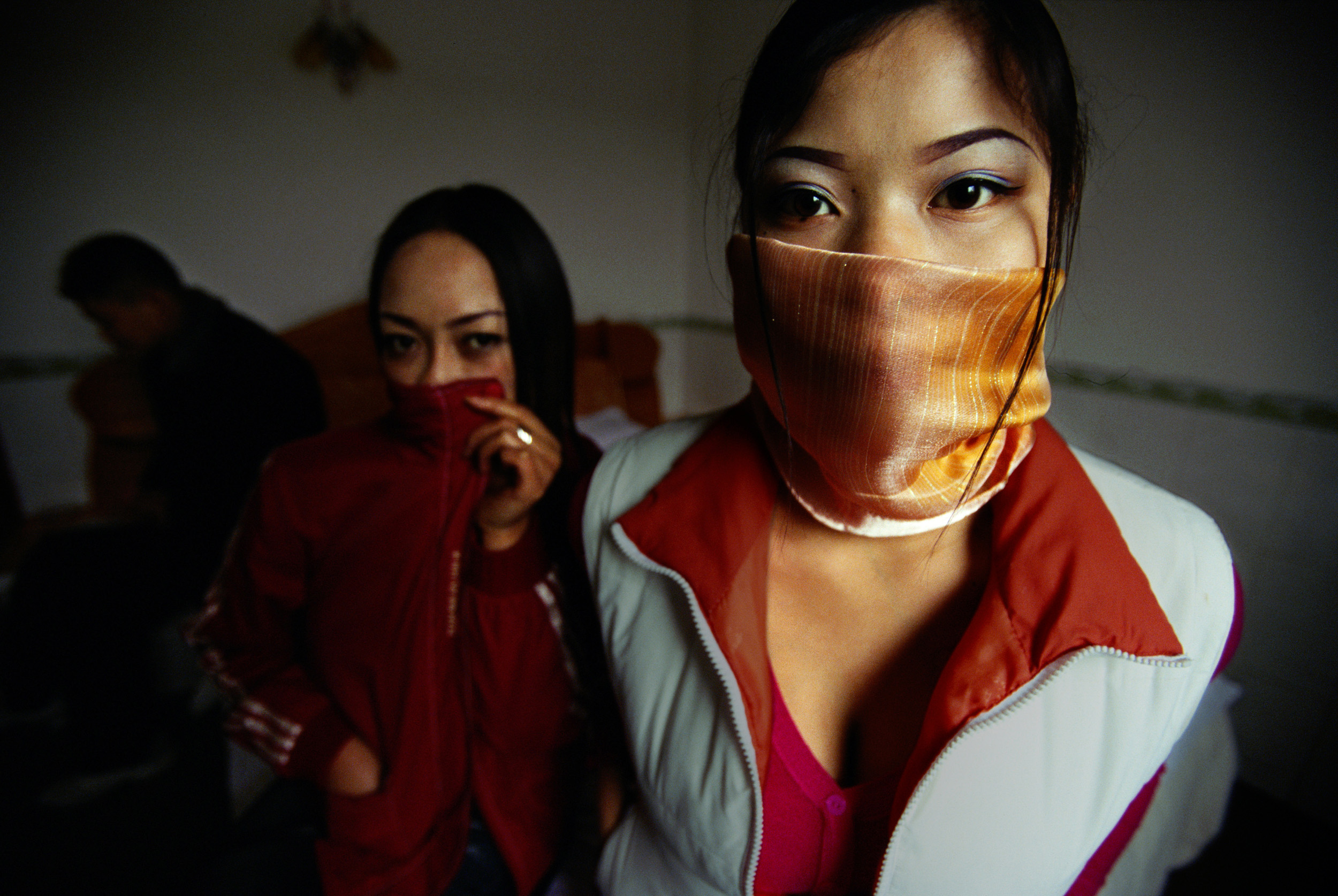


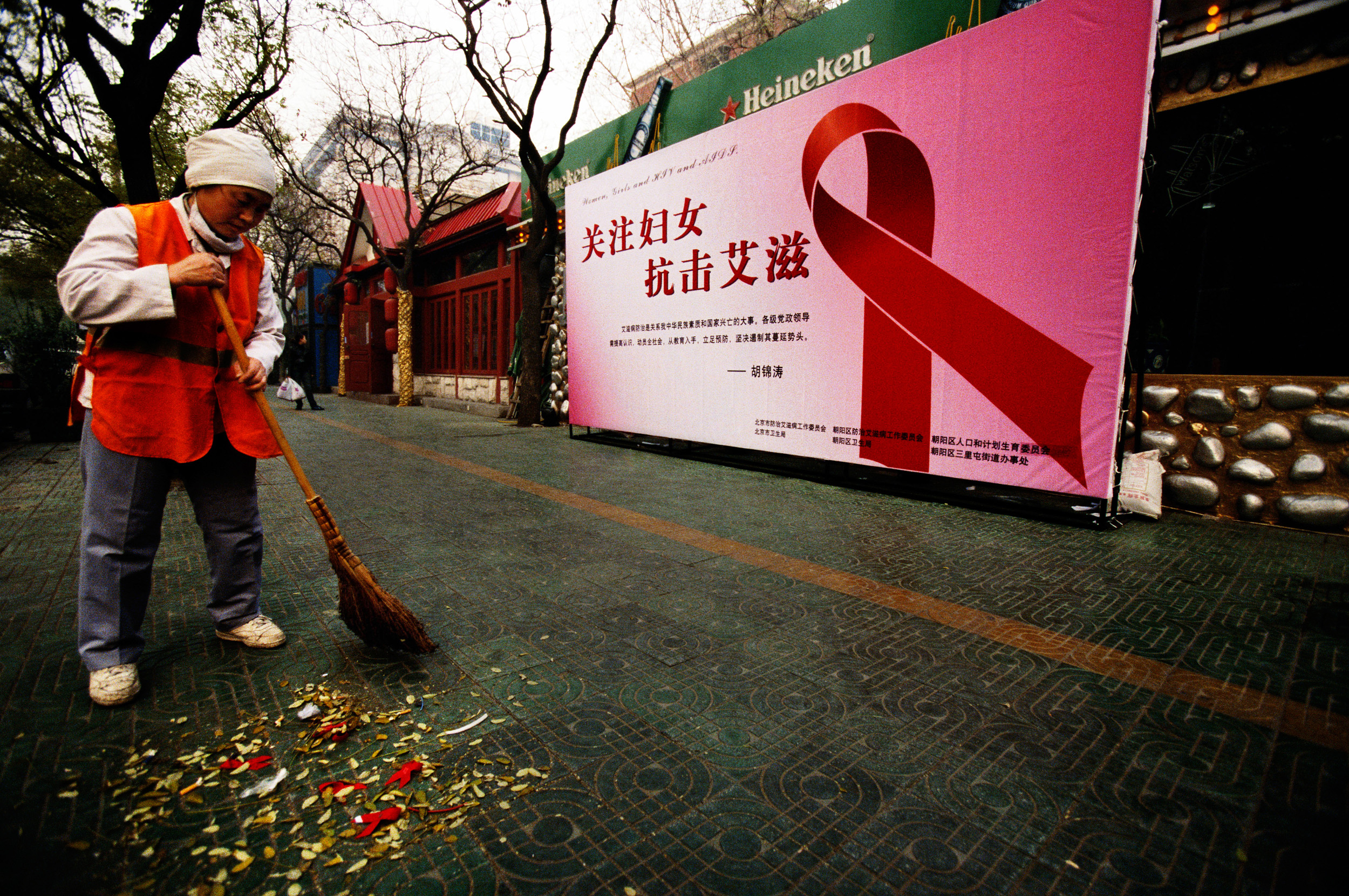
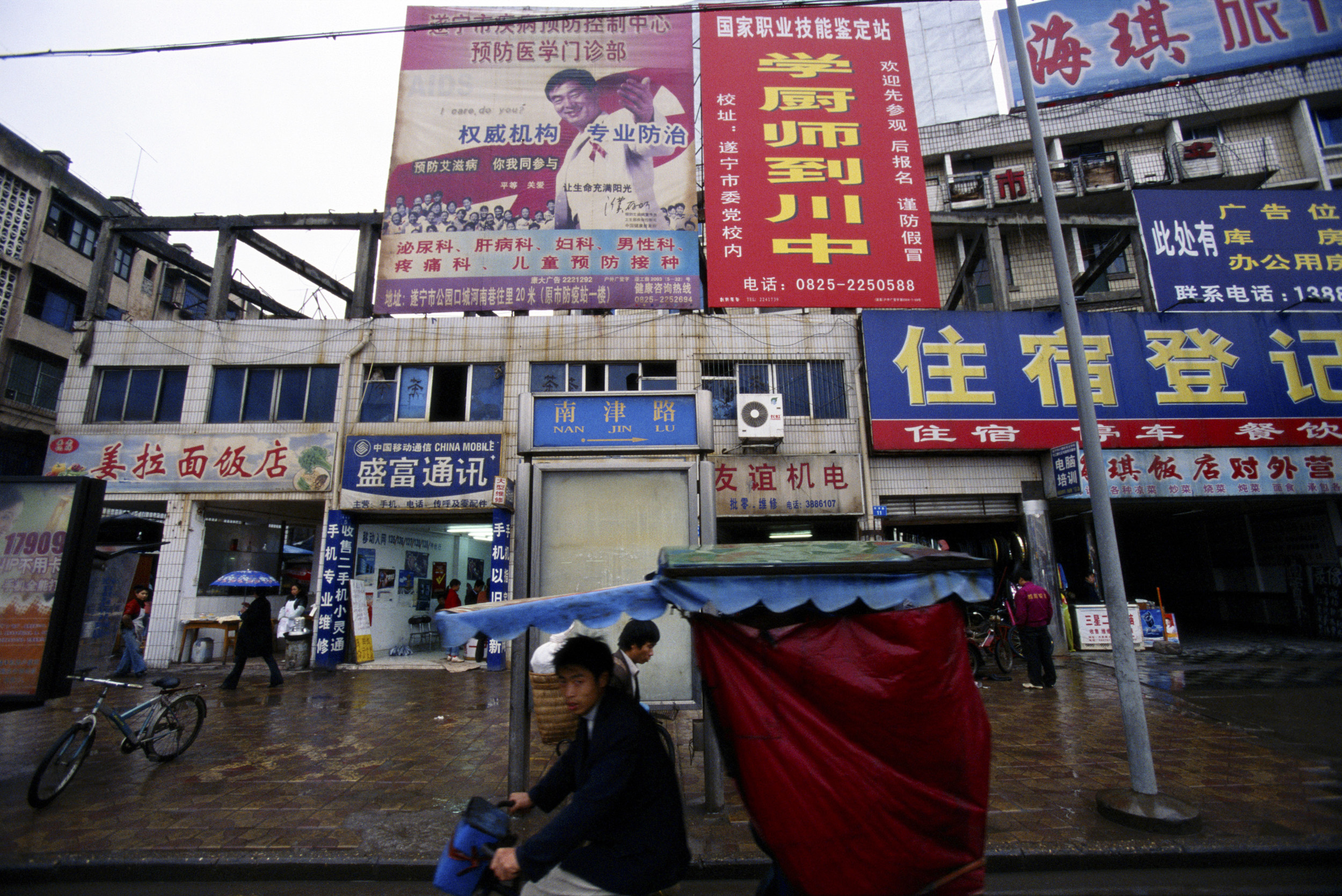
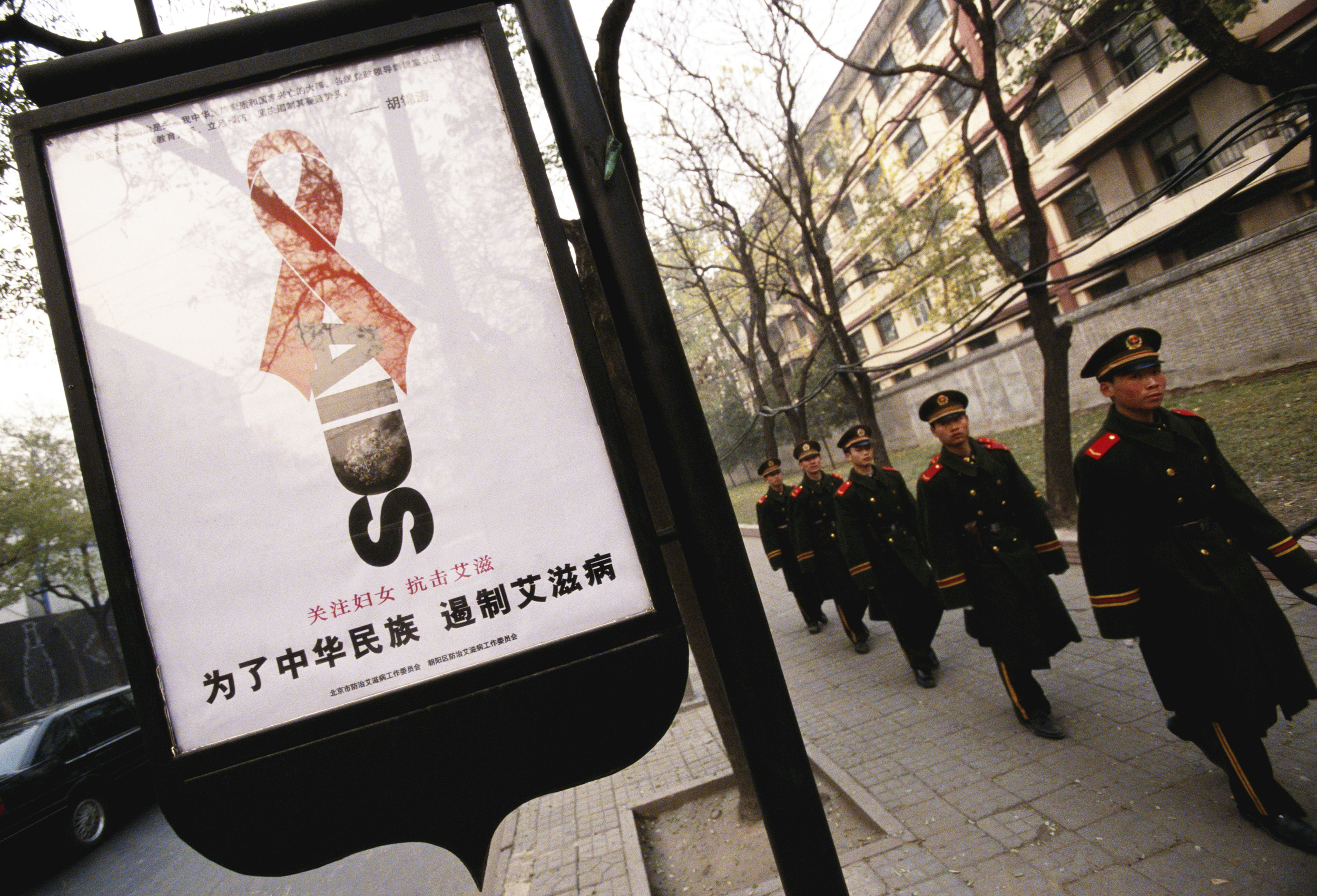
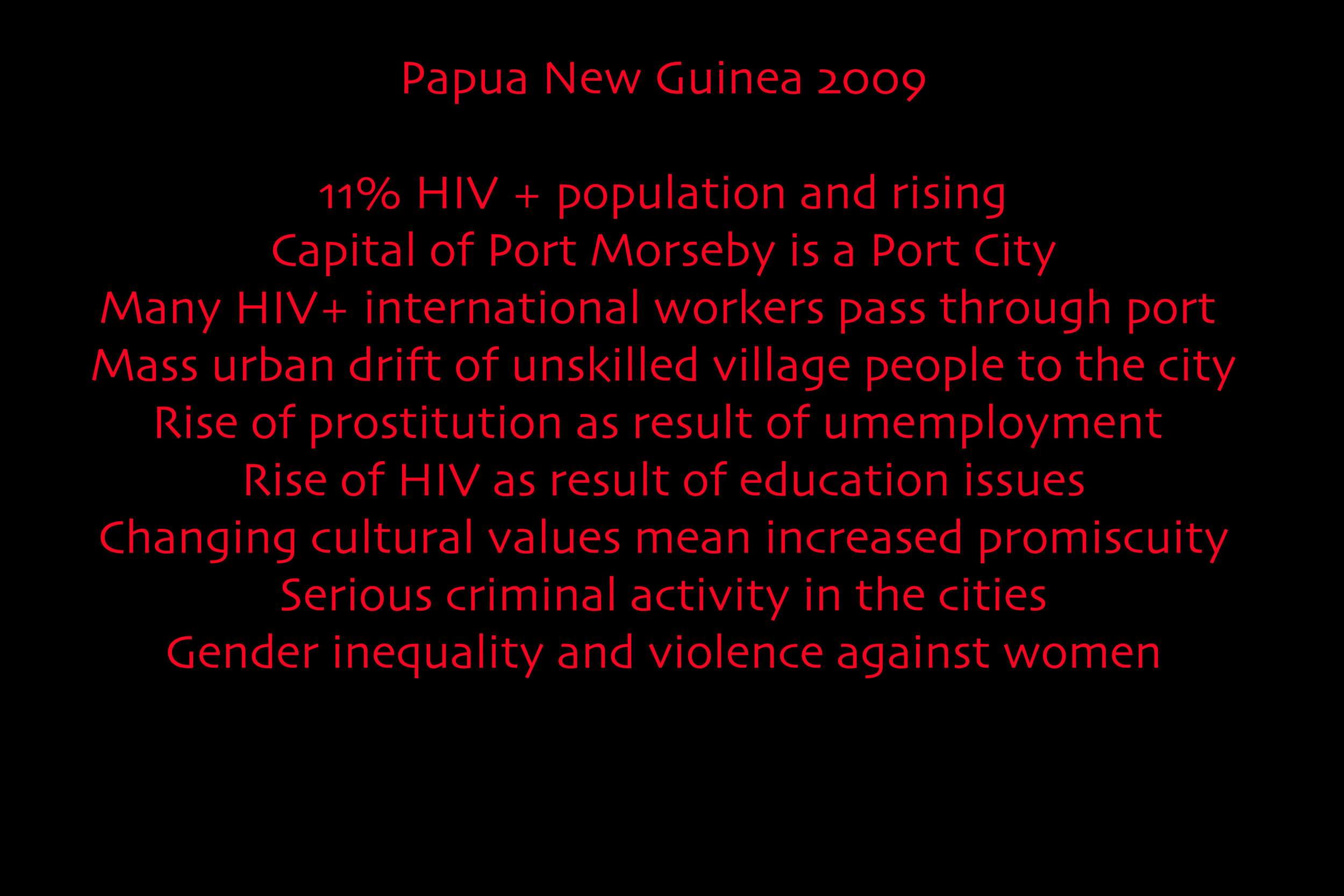
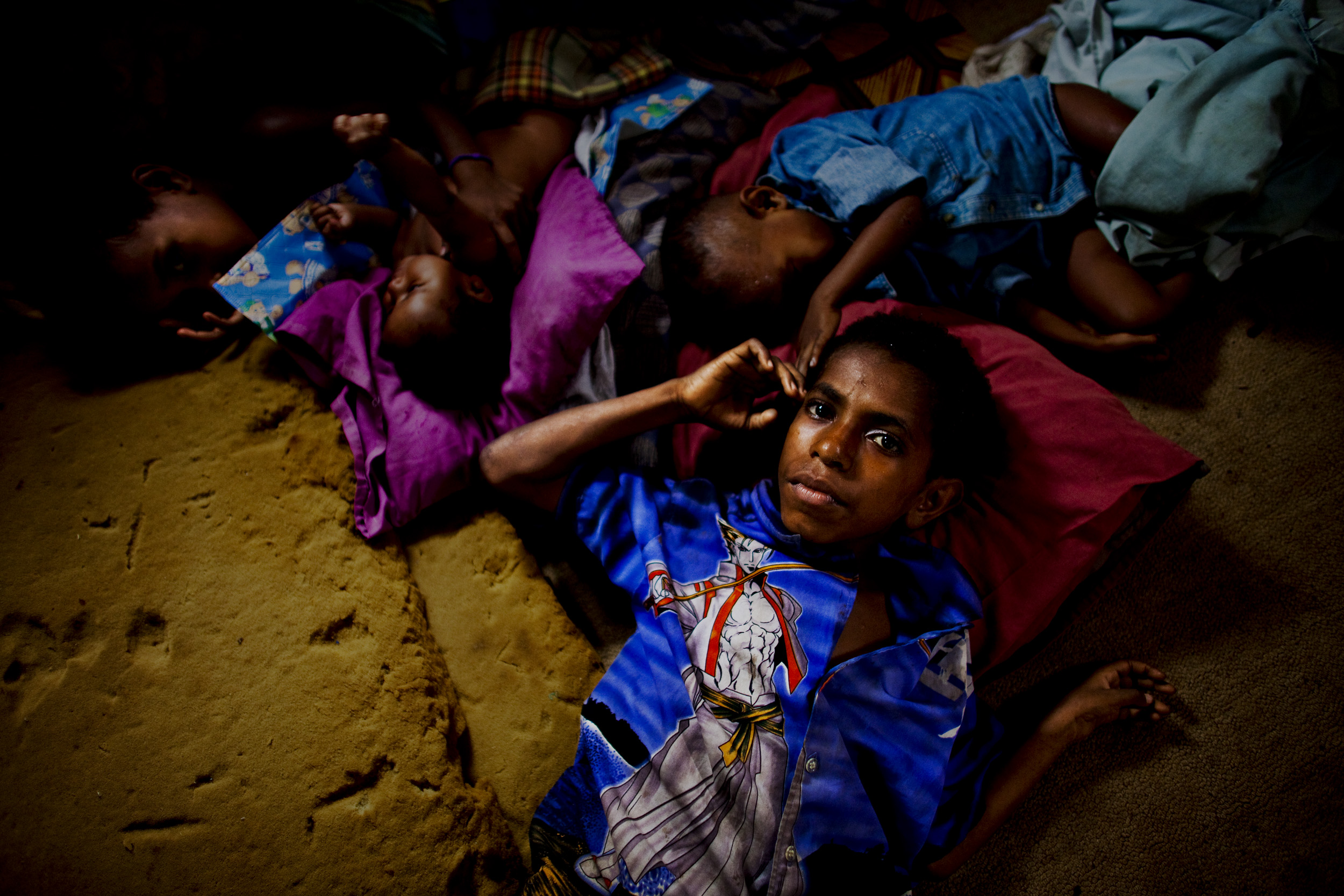


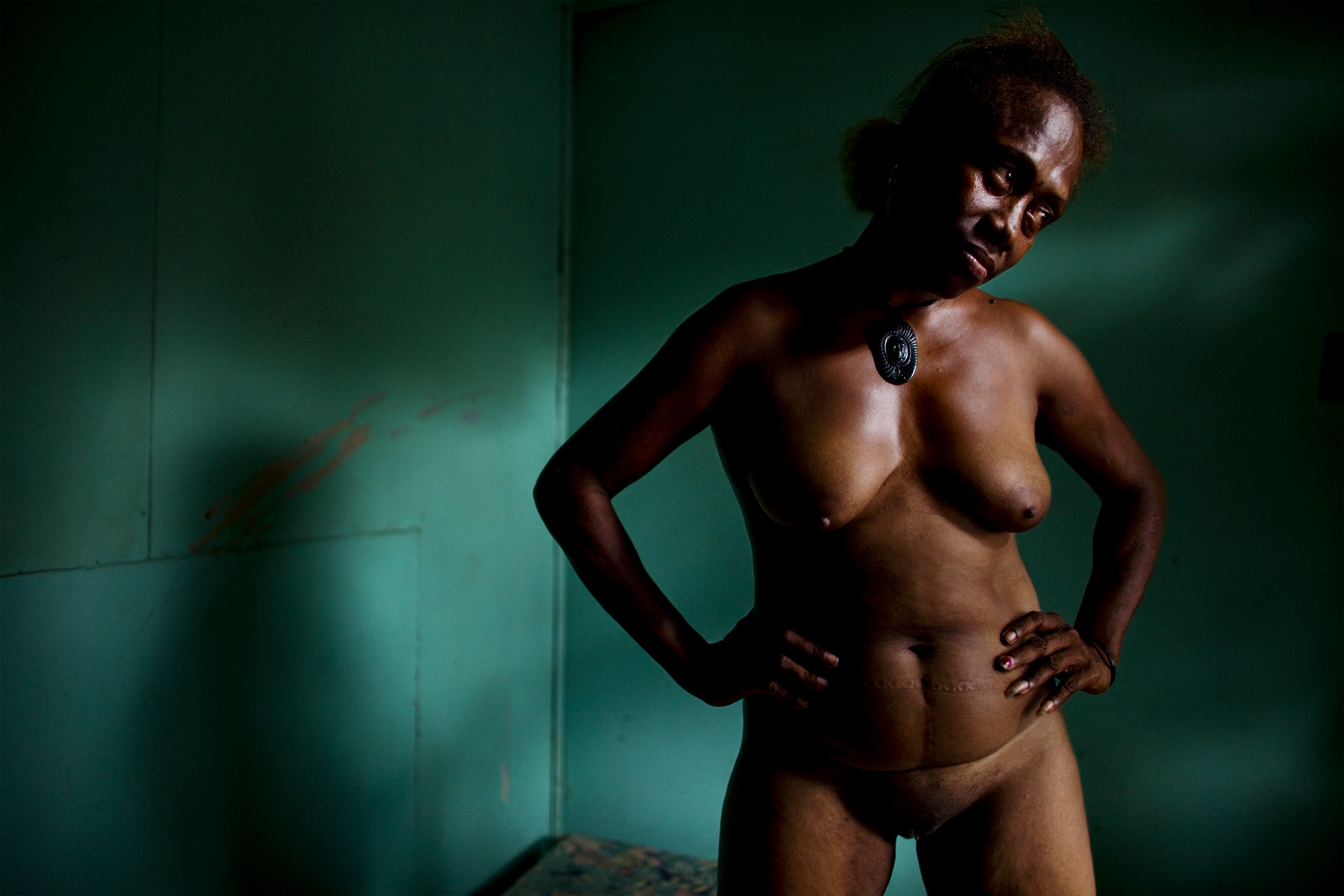
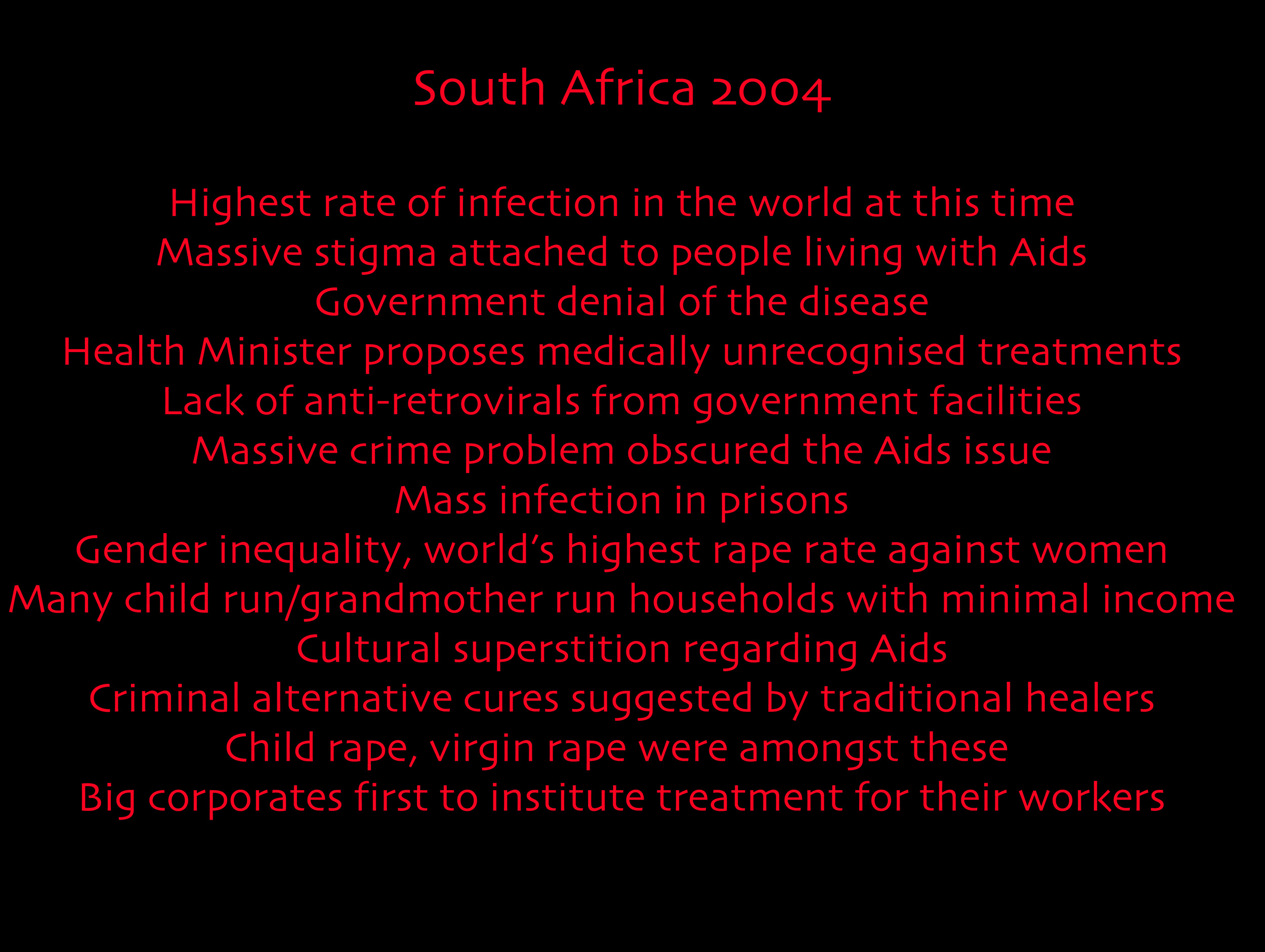
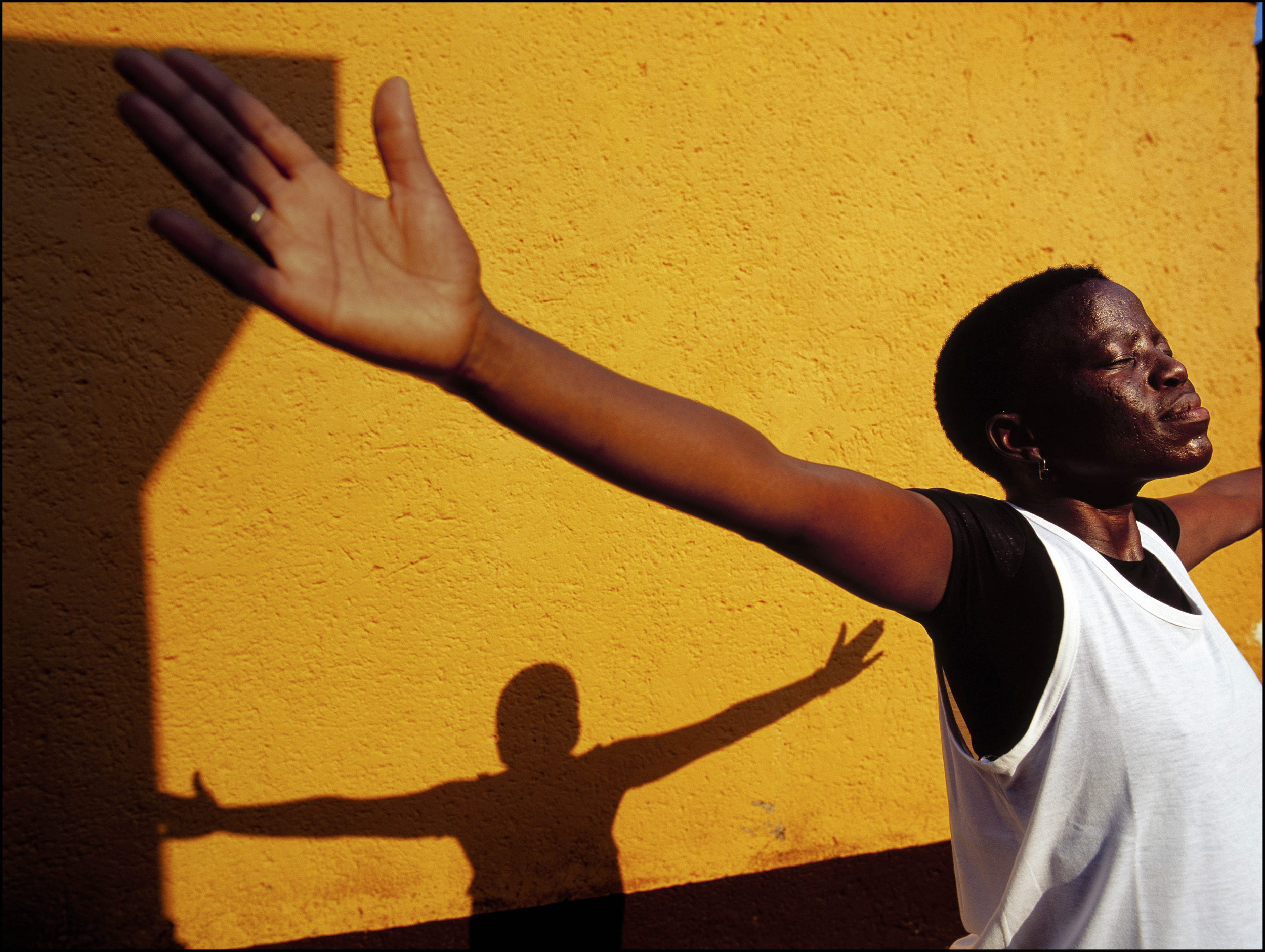

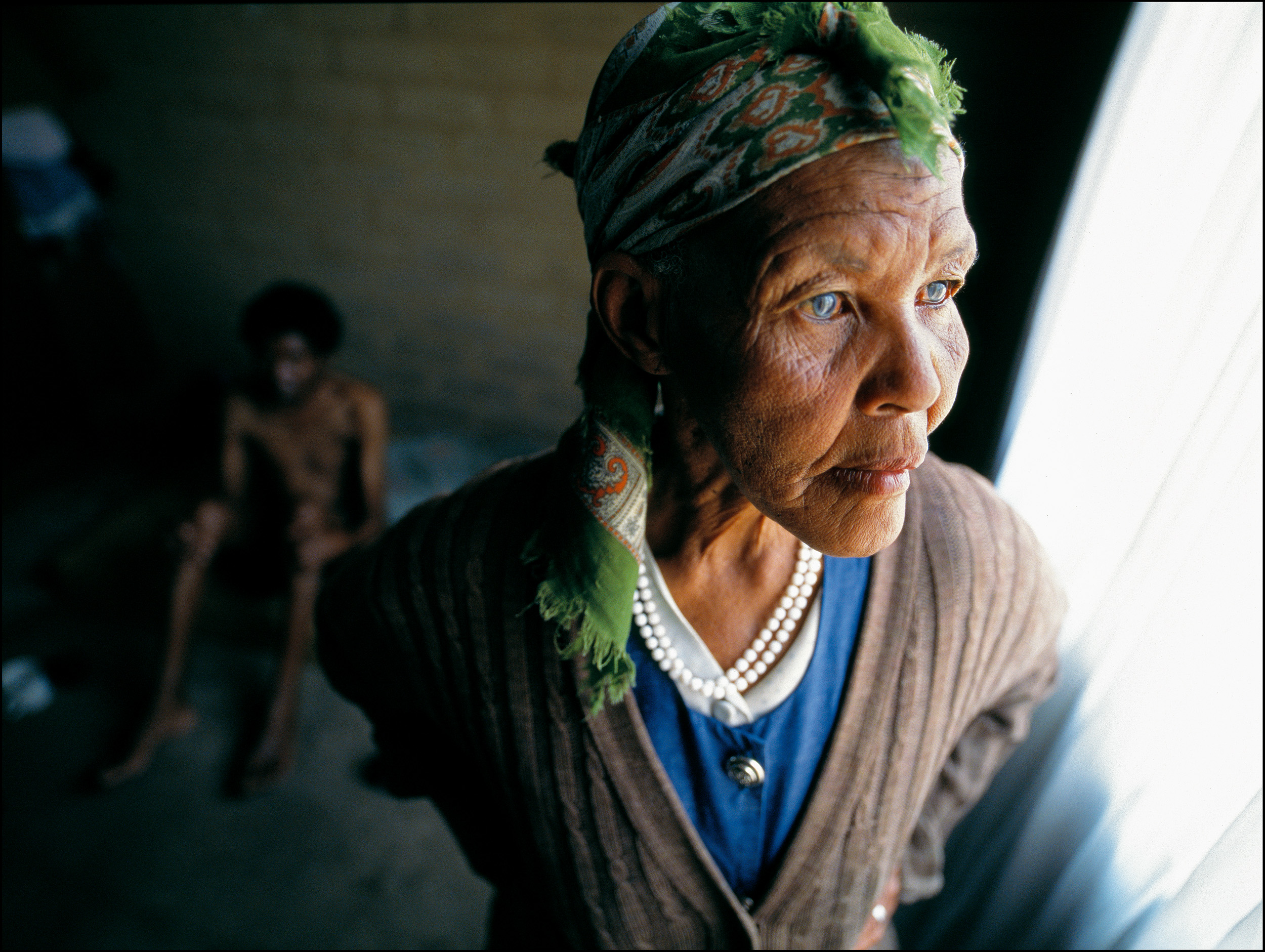
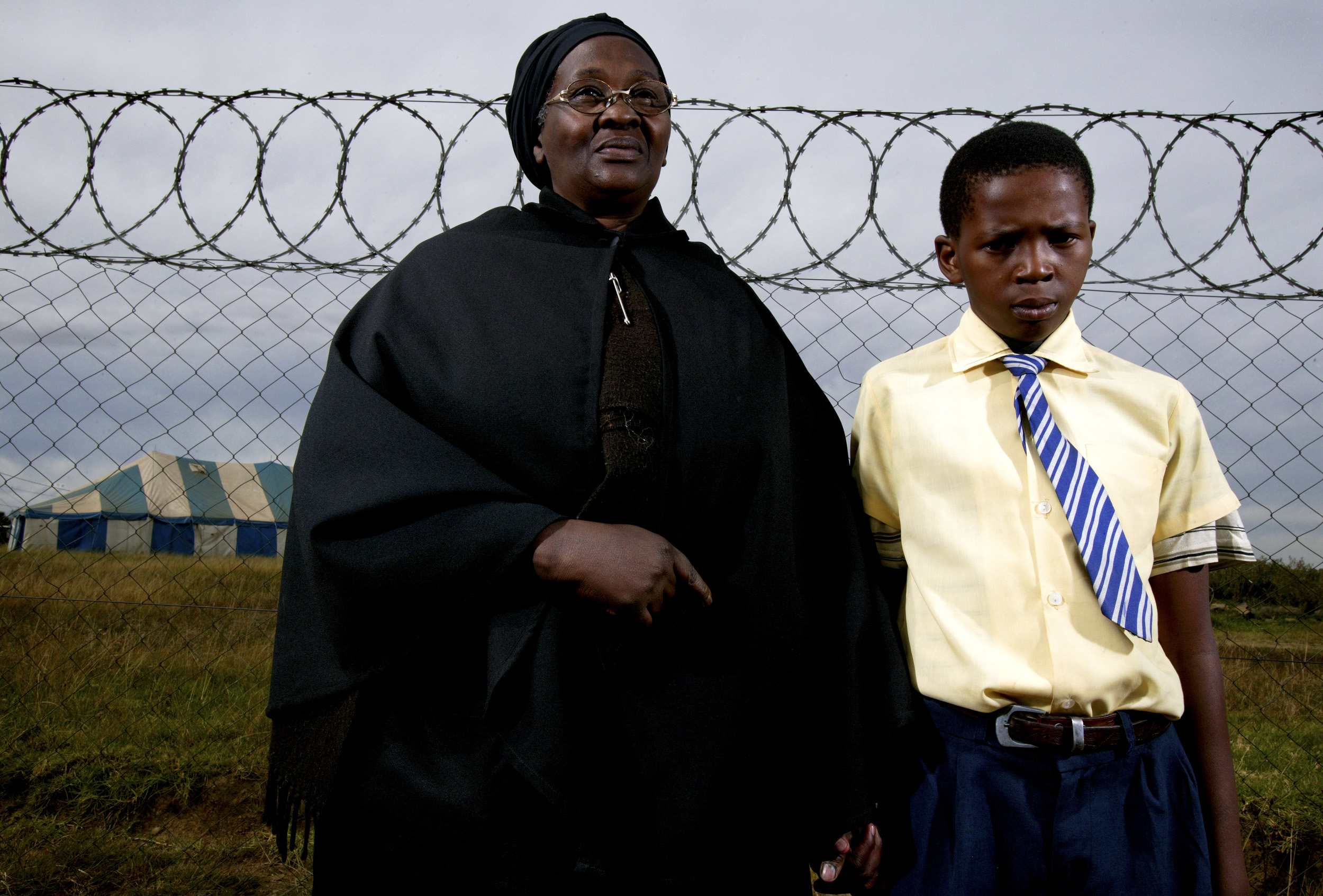


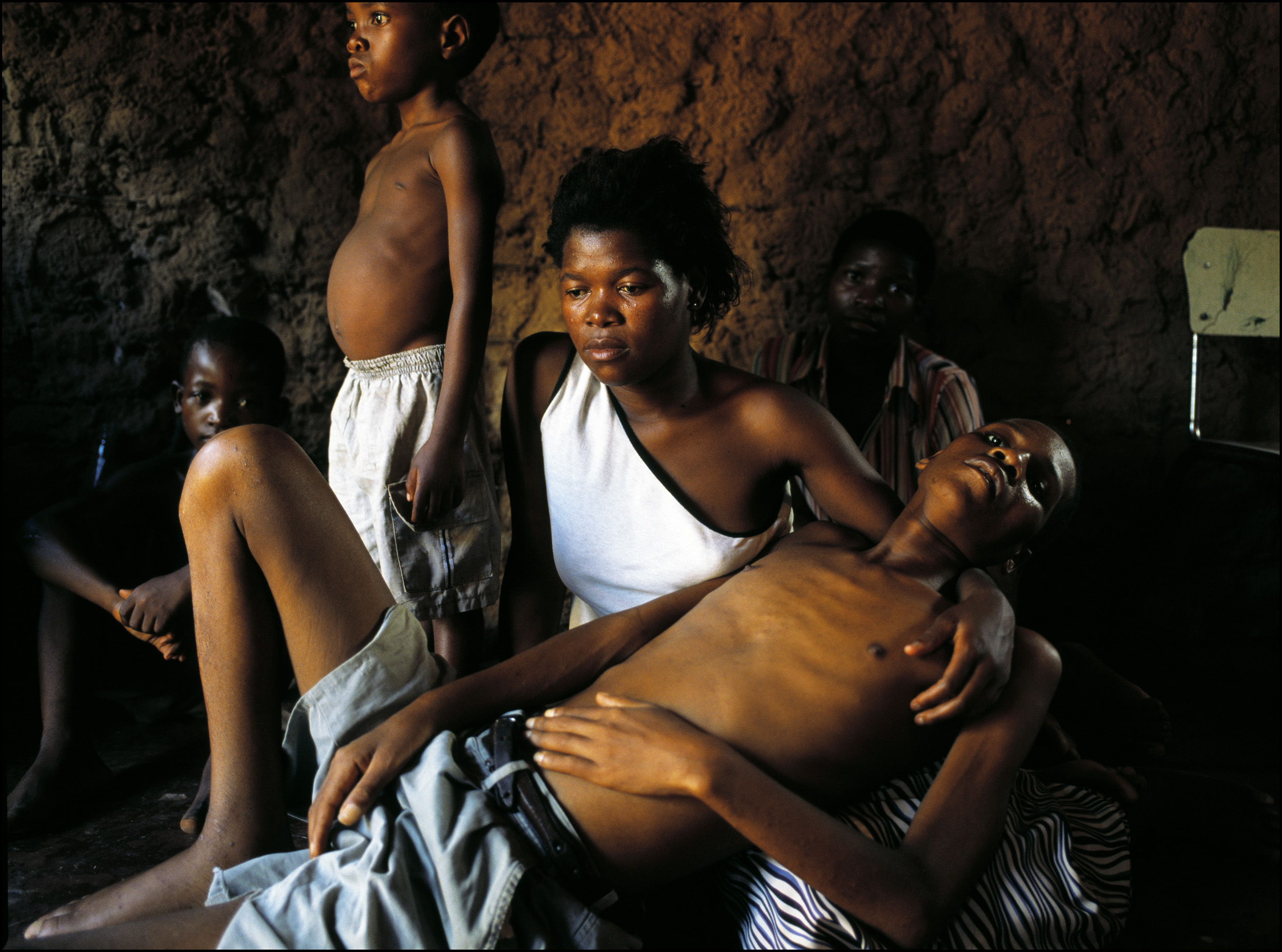
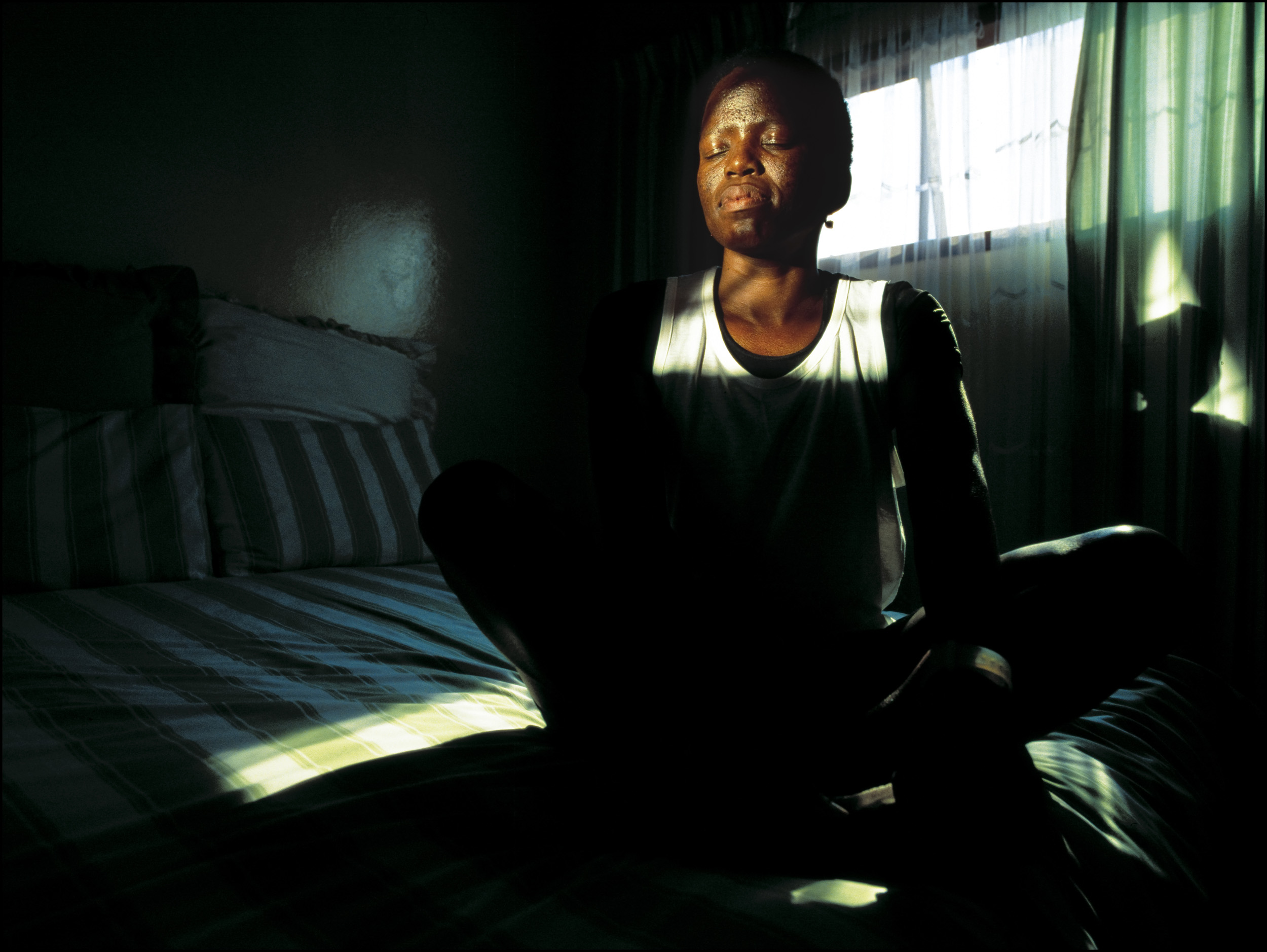
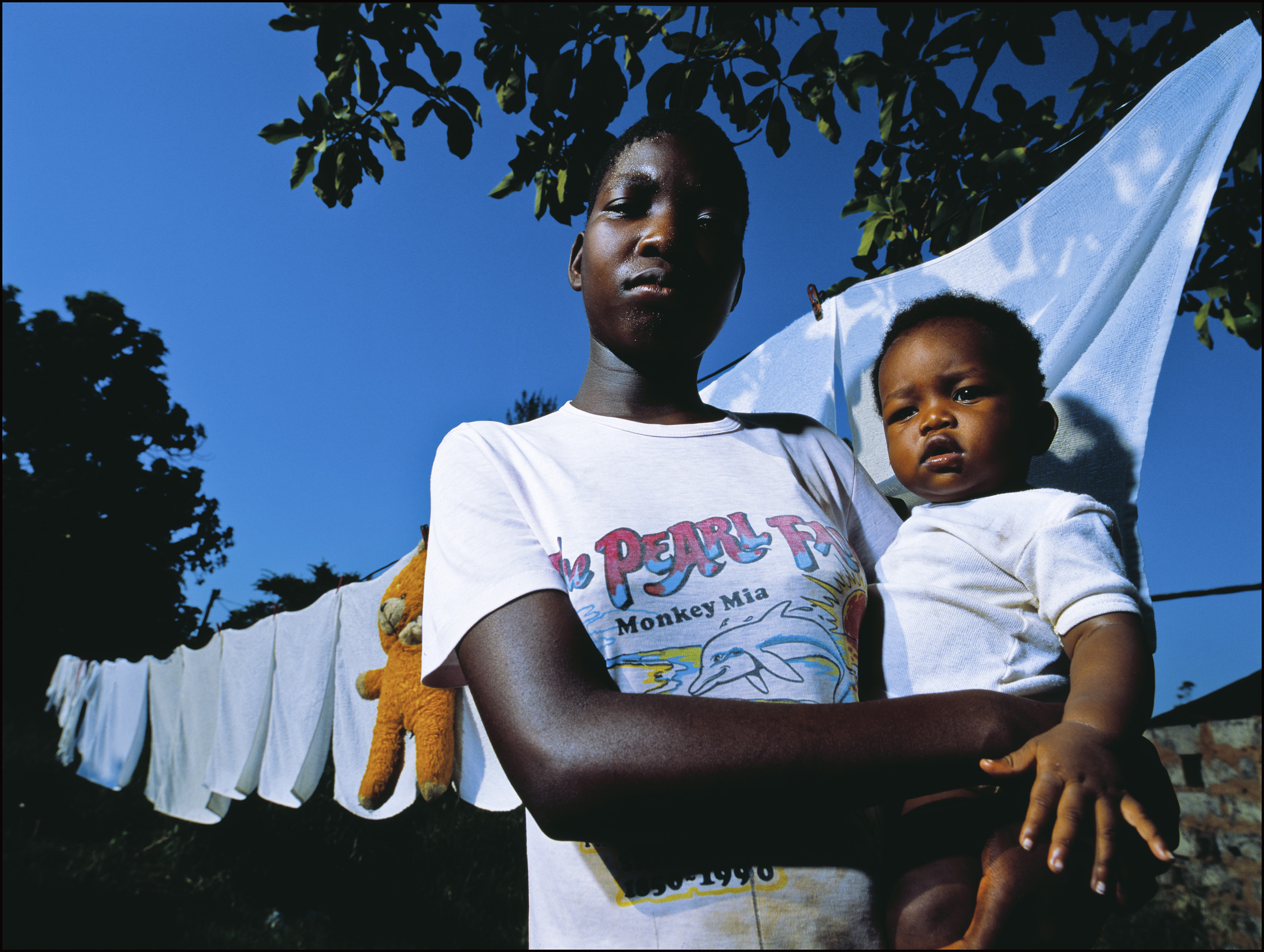


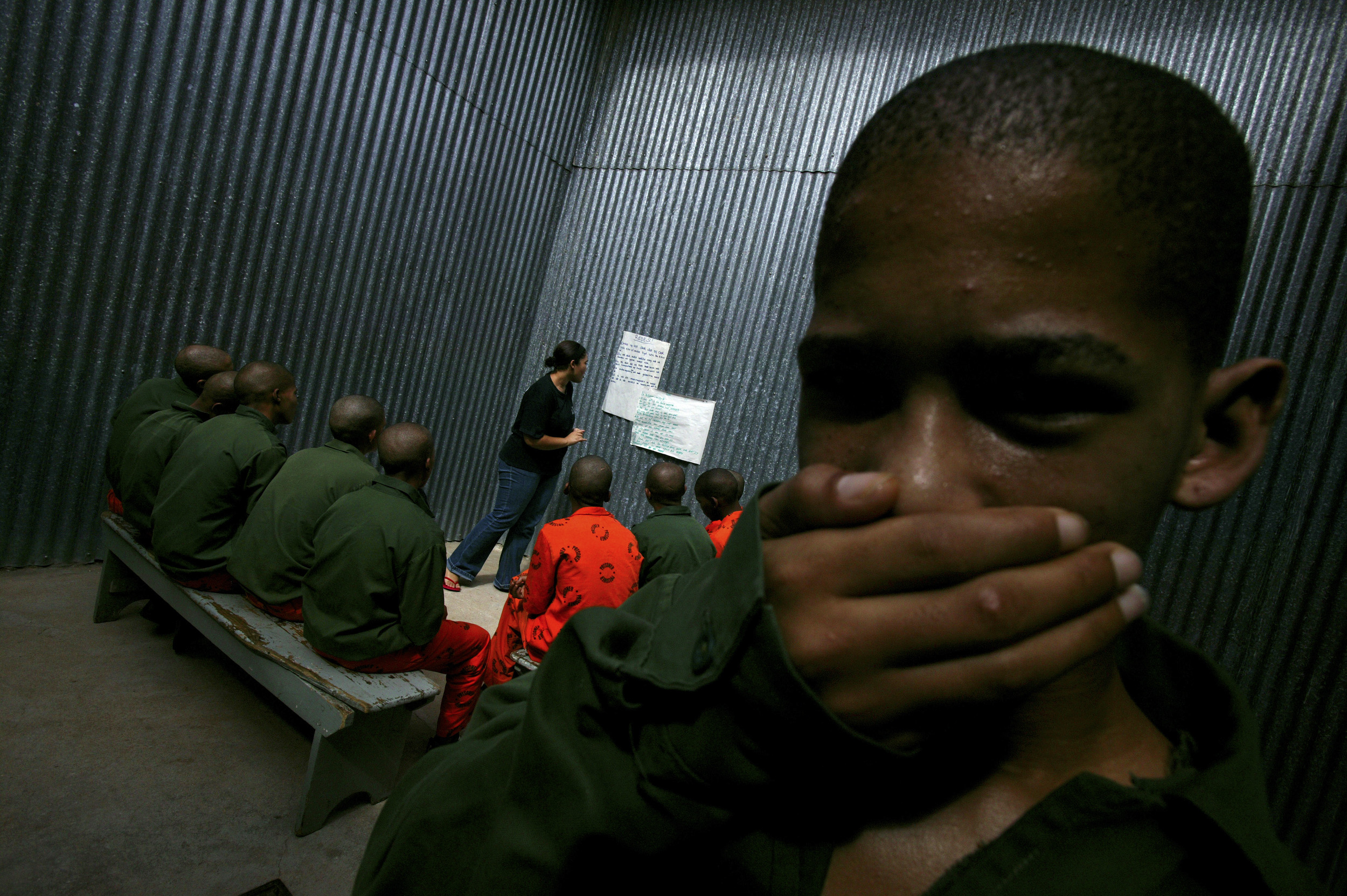
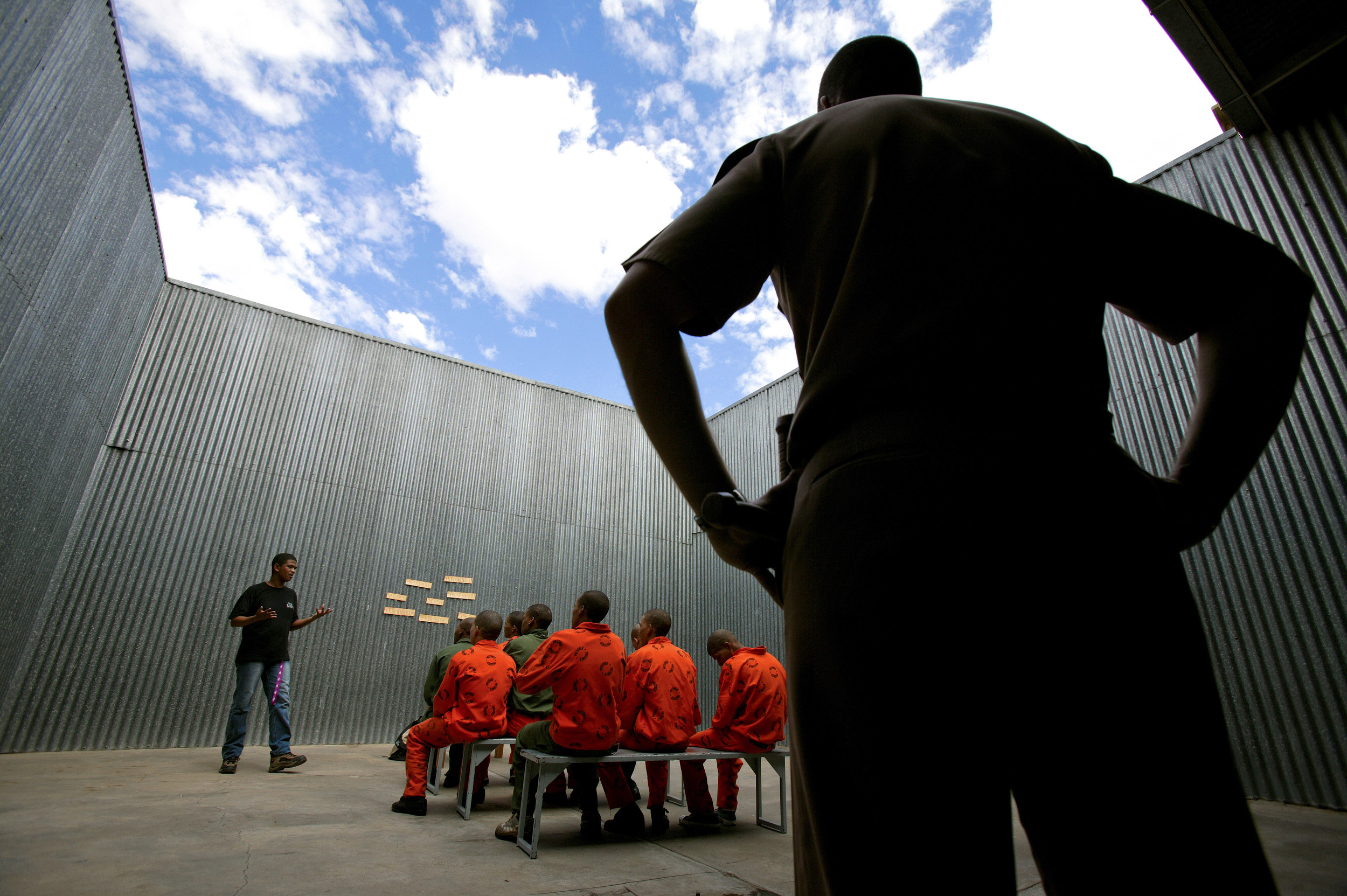
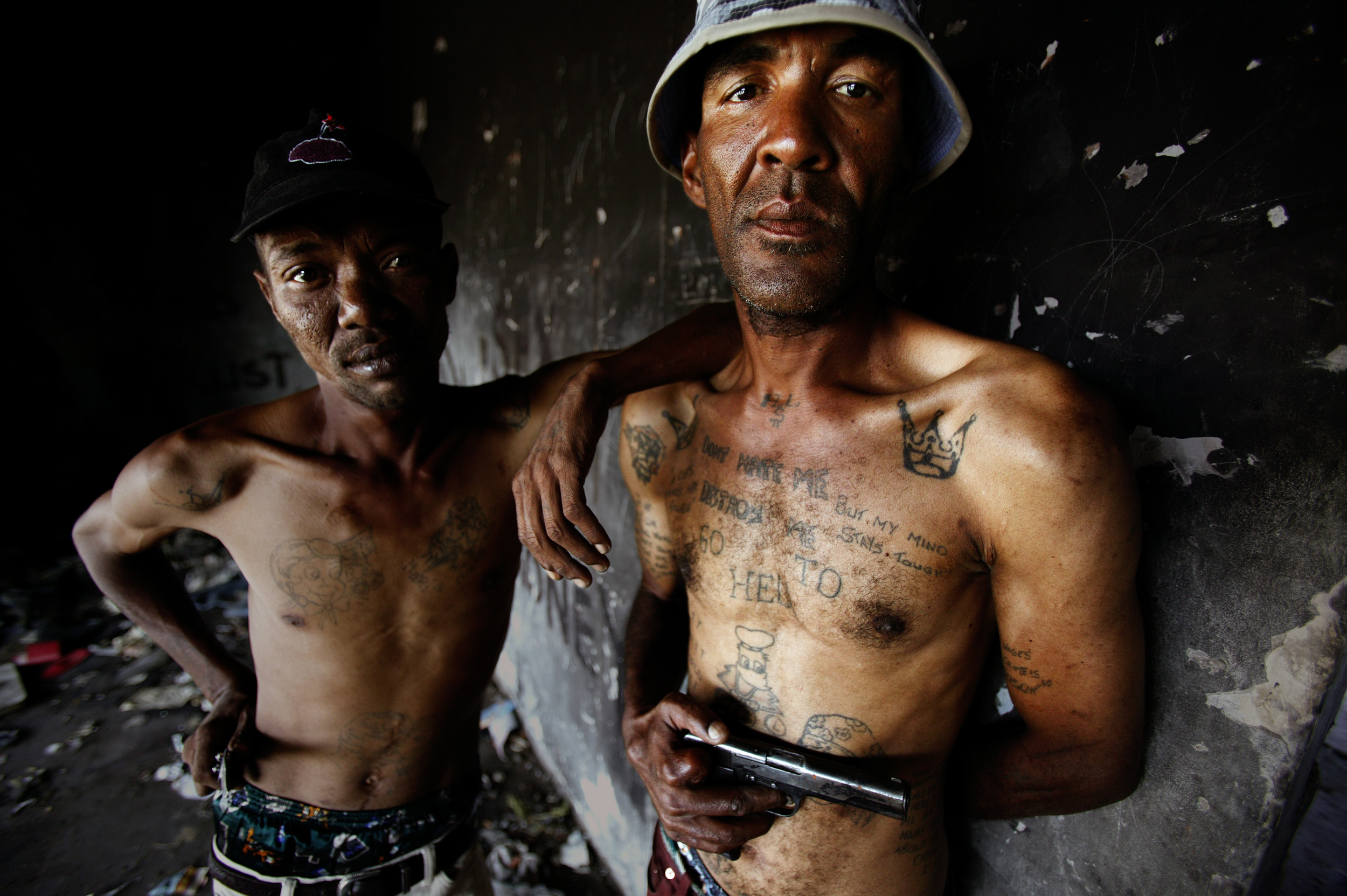
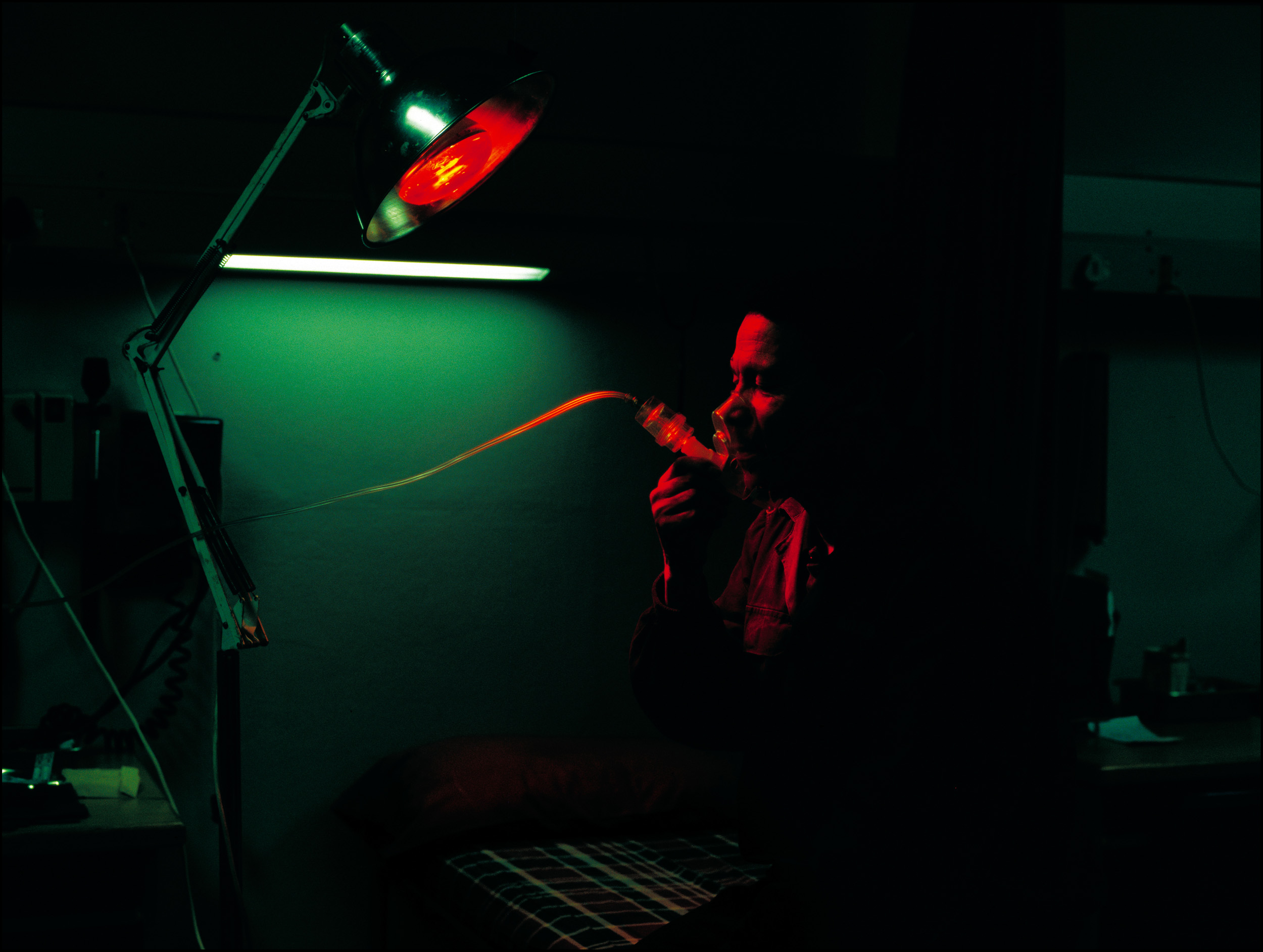

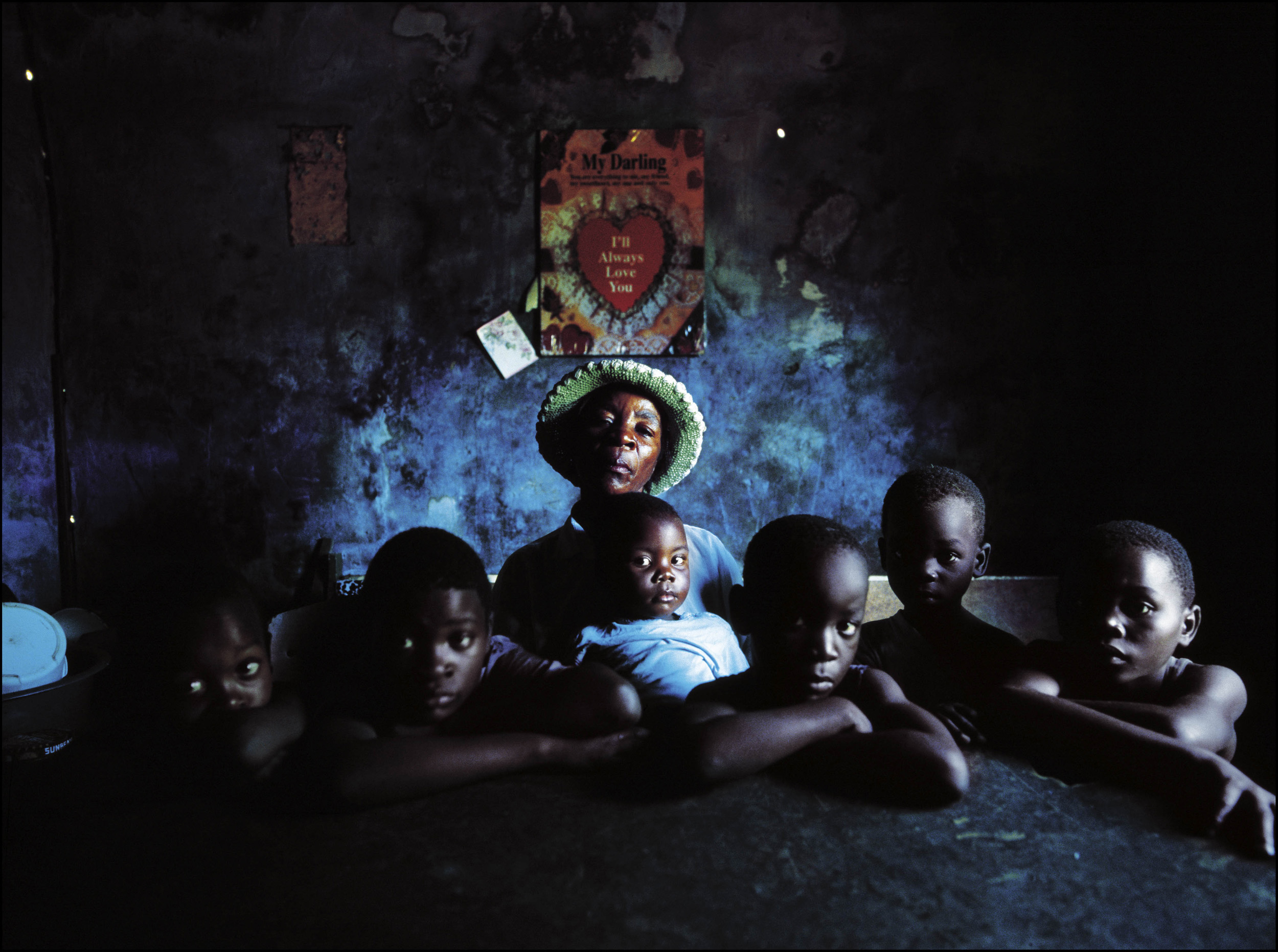
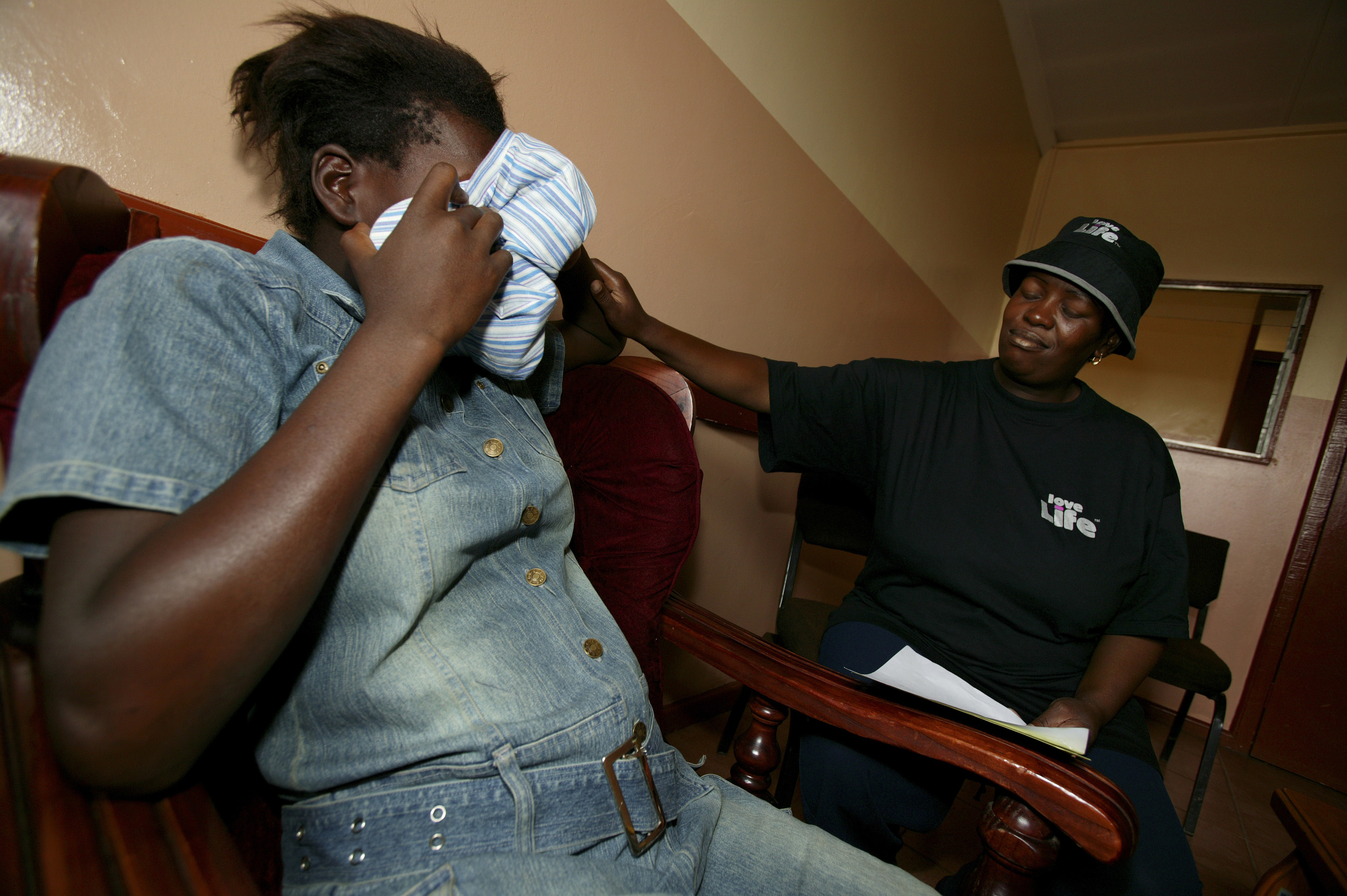
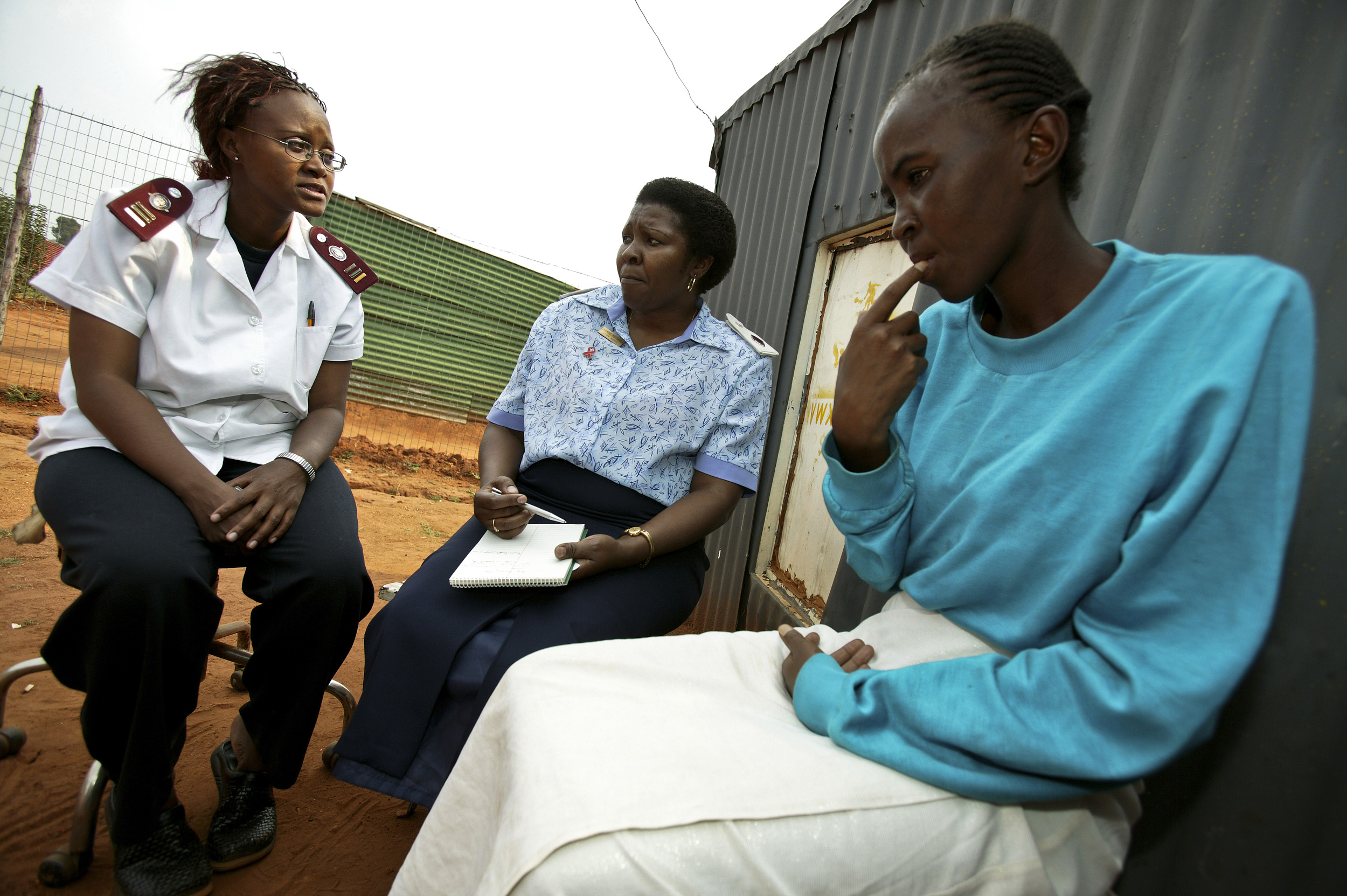
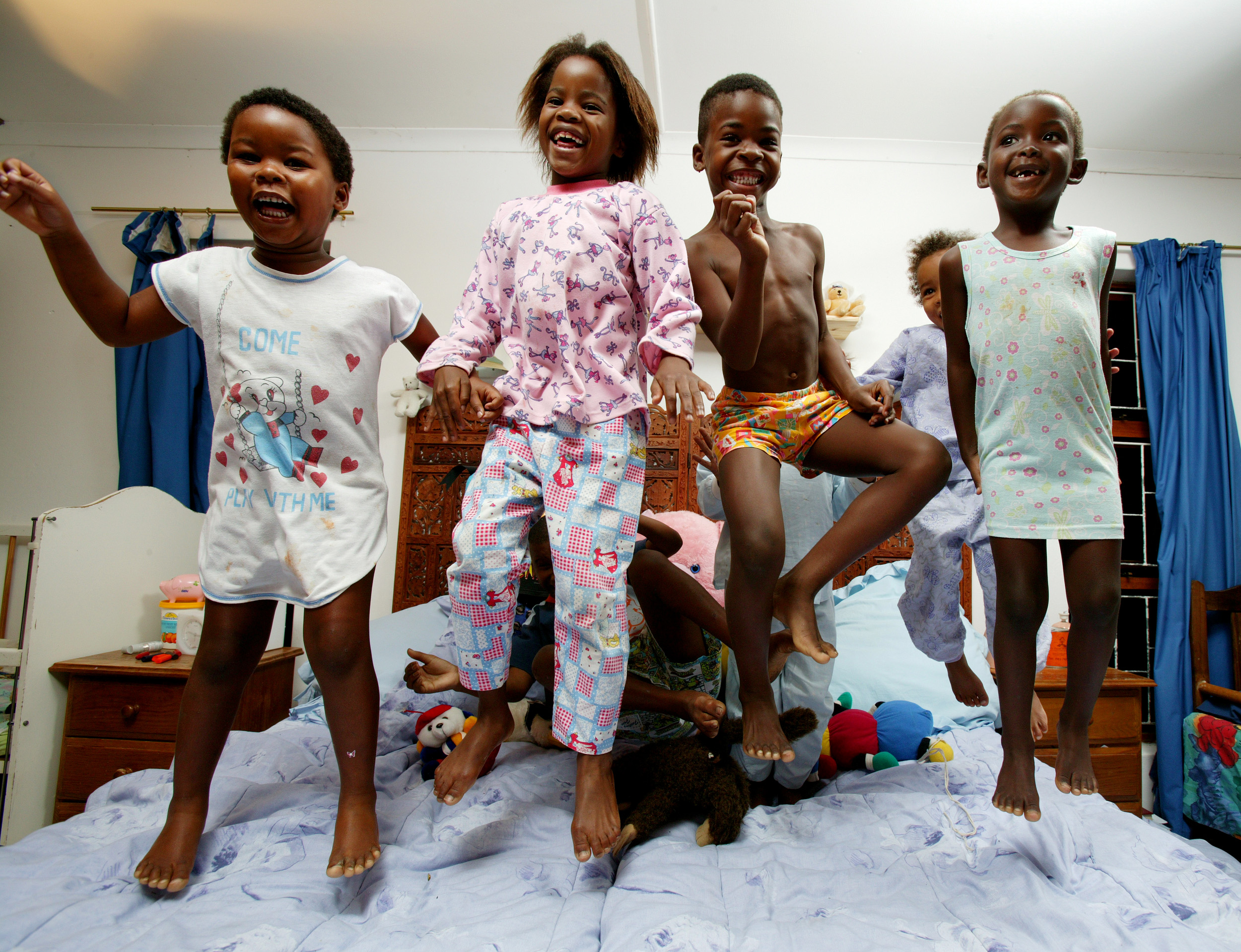
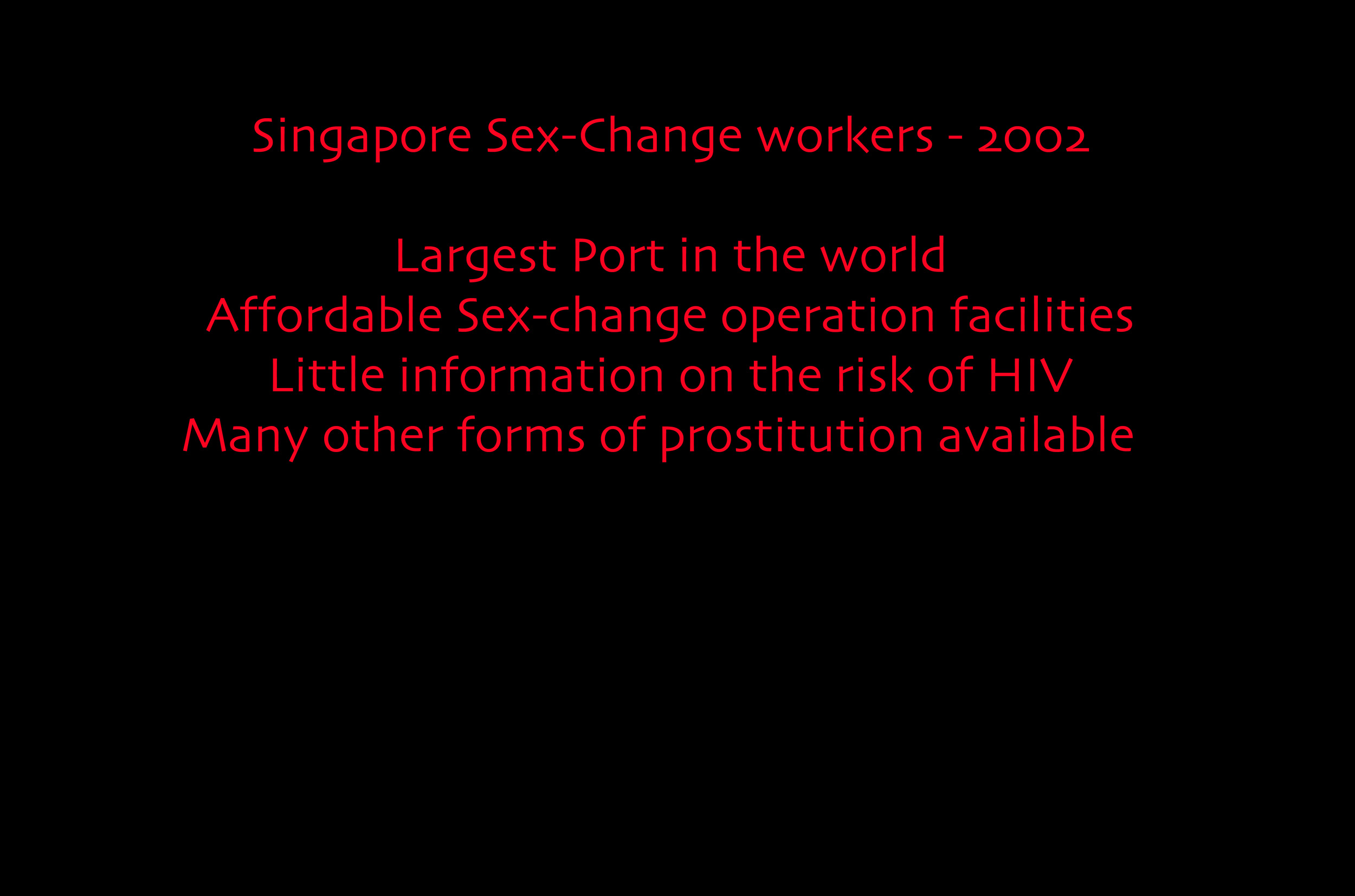
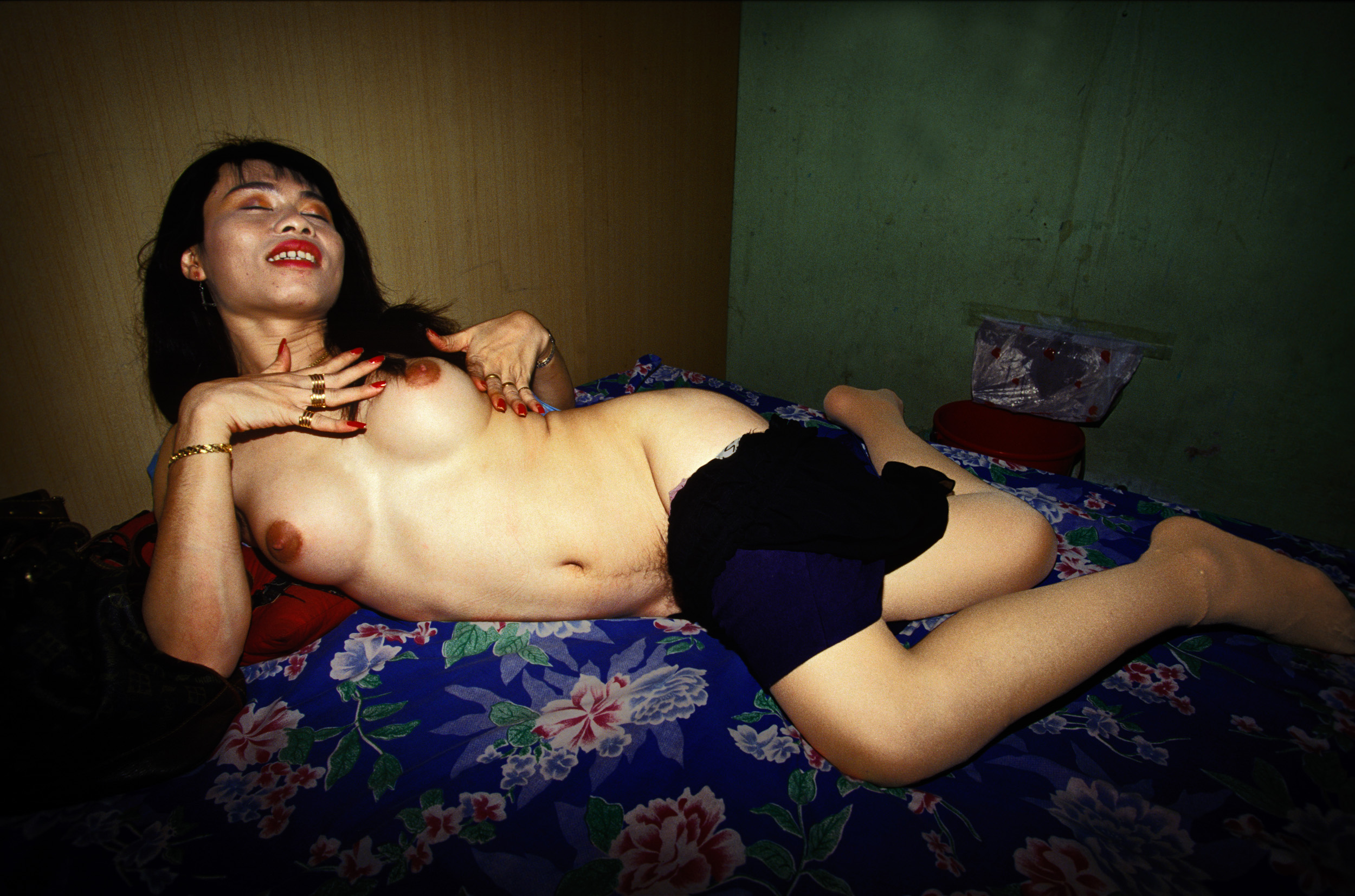

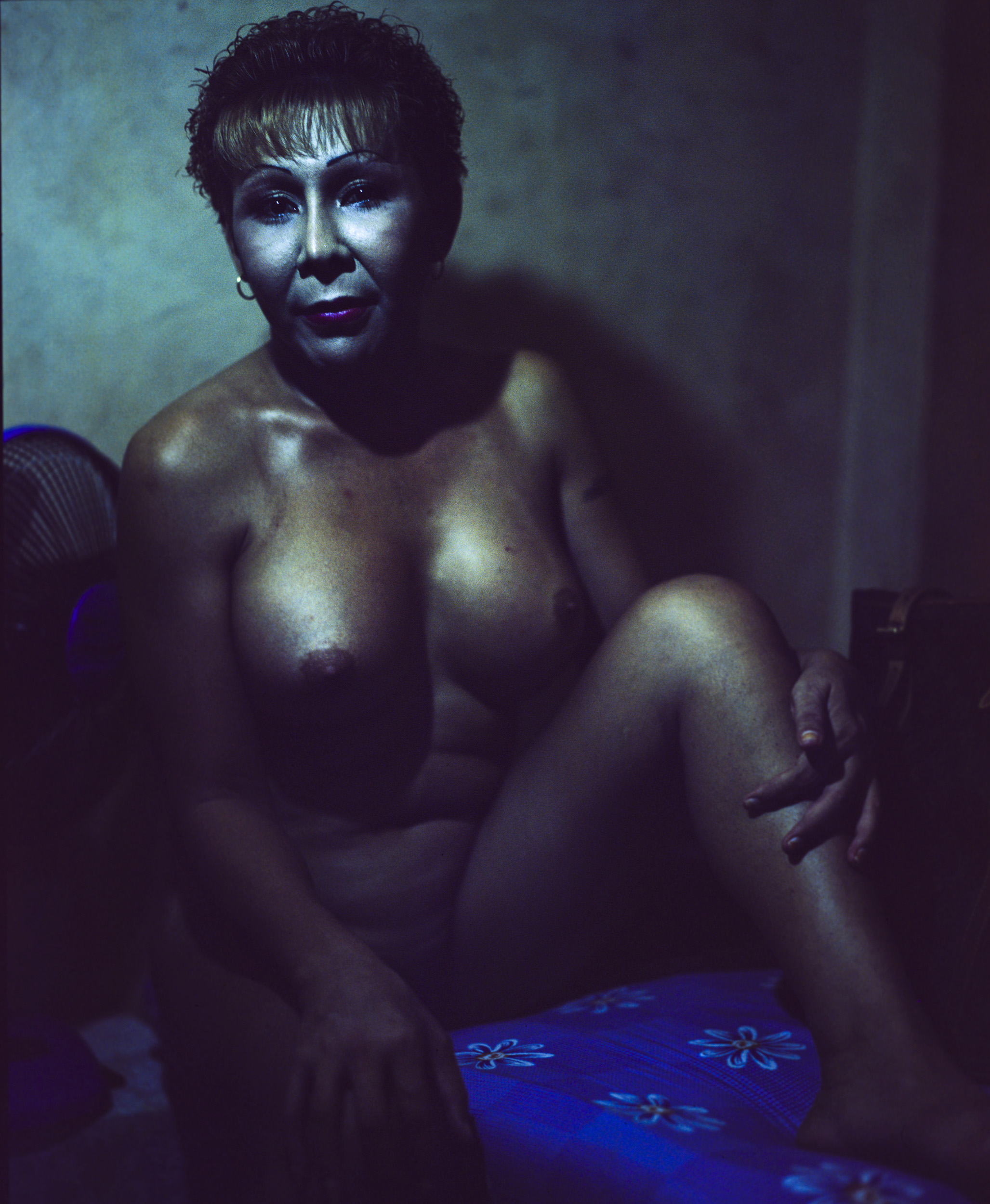

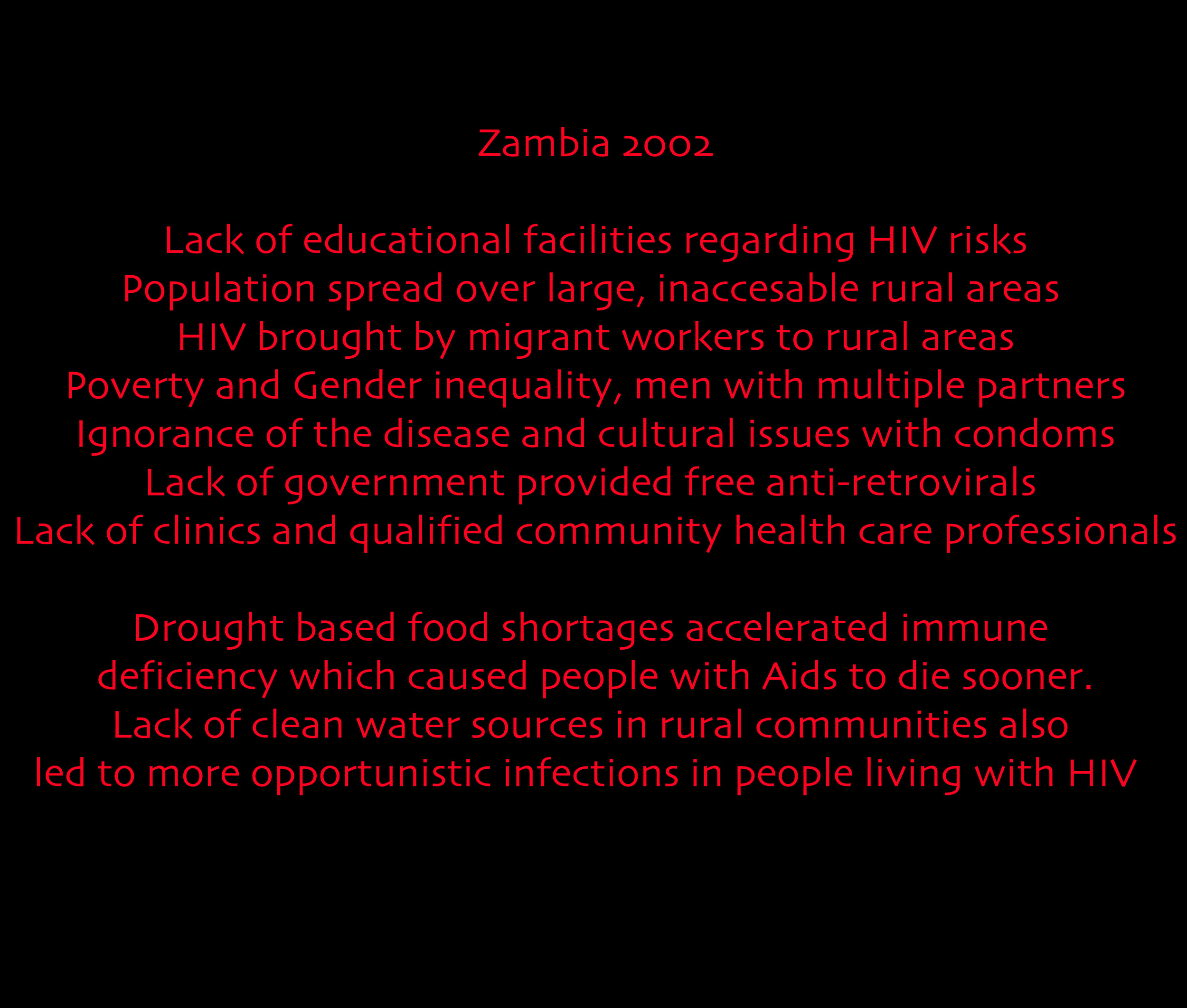
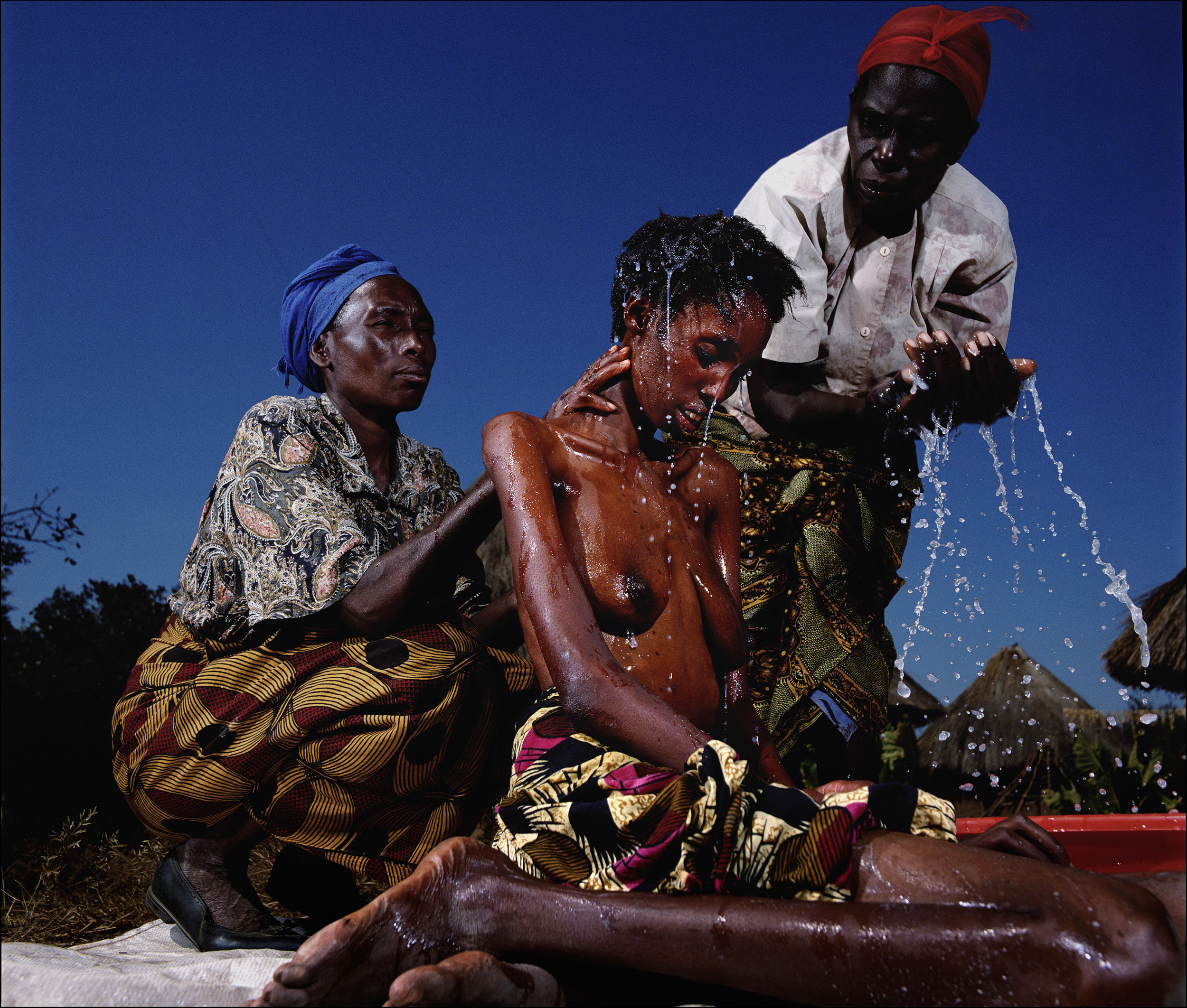
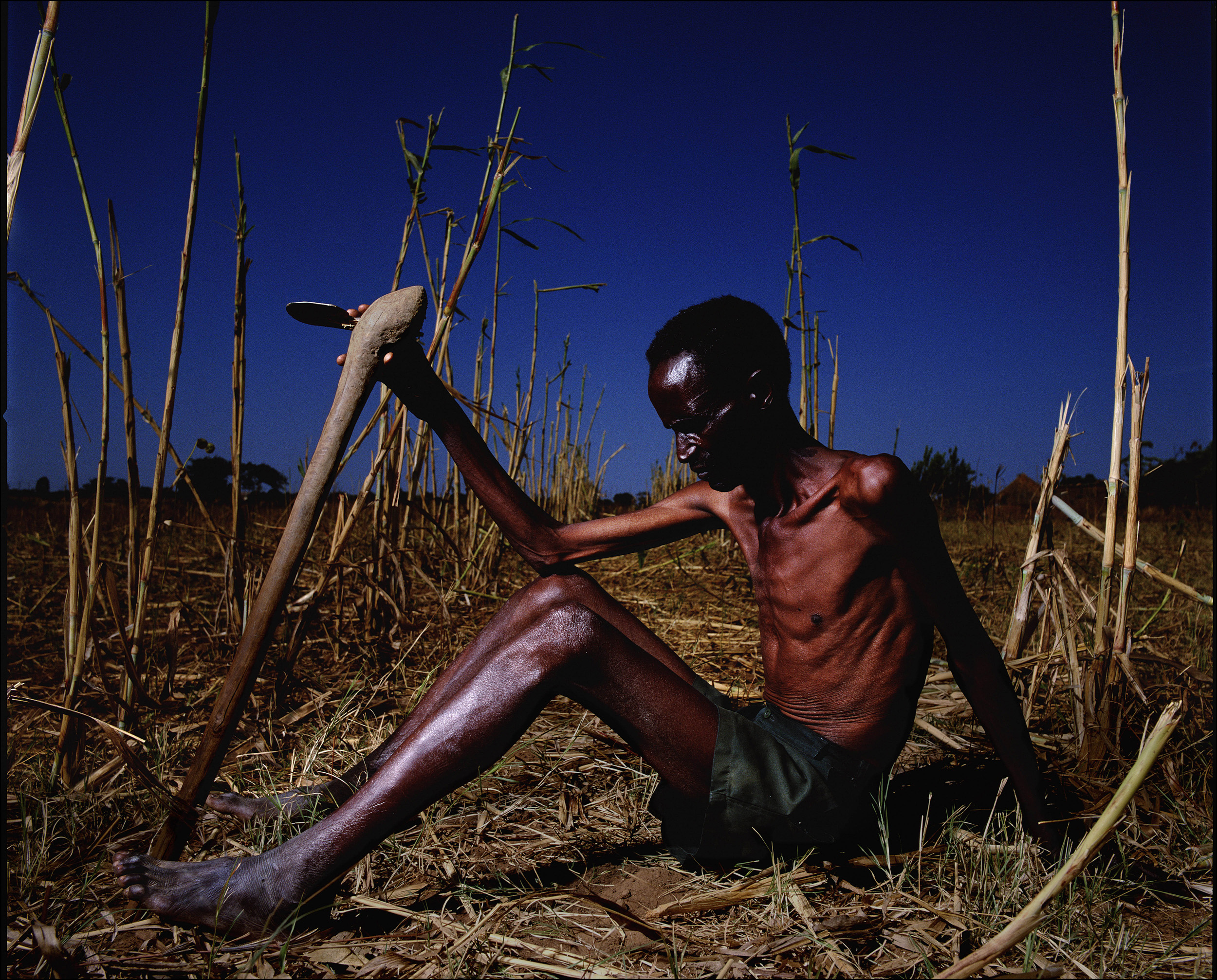


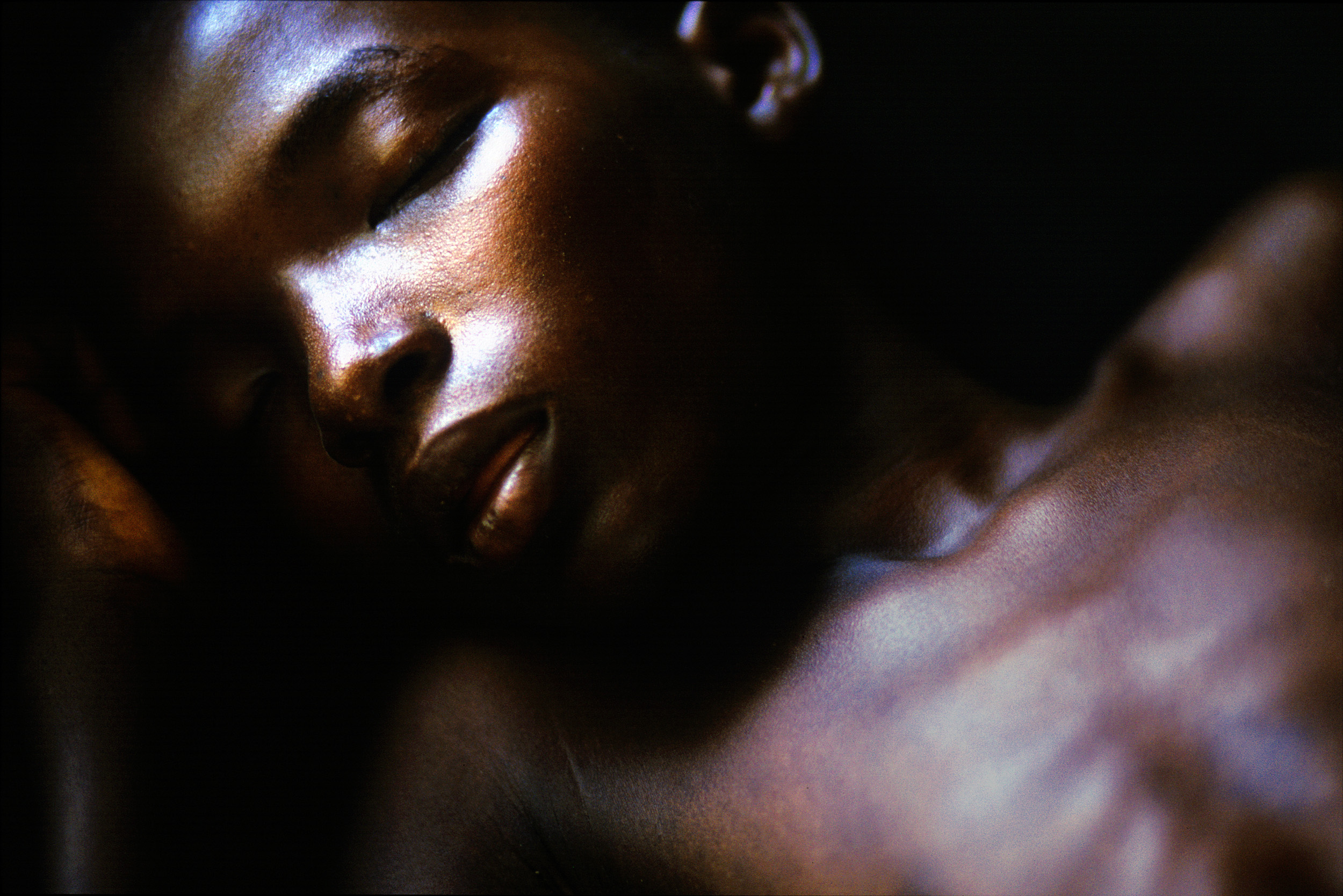

ZAKA, ZIMBABWE, 14 JUNE 2009: A man and women suffering from advanced Tuberculosis are taken to a clinic via ox-wagon in a rural area of Zaka, Zimbabwe, 24 June 2009. It is likely that both are HIV positive. Transport costs alone to and from the hospital are beyond the means of most Zimbaweans in this failed state. As a result of food scarcity in the failed state, malnutrition plays a large role in the rapid decline of HIV+ Zimbabweans. 25% of Zimbabweans are estimated to be HIV positive but there is only one ARV dispensing facility in the capital Harare. Its costs around $20 for the blood work to get on the program, a sum well beyond the reach of most in a country of over 90% unemployment. (Photo by Brent Stirton/Reportage by Getty Images.)
ZAKA, ZIMBABWE, 14 JUNE 2009: A man and women suffering from advanced Tuberculosis are taken to a clinic via ox-wagon in a rural area of Zaka, Zimbabwe, 24 June 2009. It is likely that both are HIV positive. Transport costs alone to and from the hospital are beyond the means of most Zimbaweans in this failed state. As a result of food scarcity in the failed state, malnutrition plays a large role in the rapid decline of HIV+ Zimbabweans. 25% of Zimbabweans are estimated to be HIV positive but there is only one ARV dispensing facility in the capital Harare. Its costs around $20 for the blood work to get on the program, a sum well beyond the reach of most in a country of over 90% unemployment. (Photo by Brent Stirton/Reportage by Getty Images.)
HARARE, ZIMBABWE, JUNE 2009: An image of Aids orphans who all live in a one bedroom shack in a makeshift township in Harare, Zimbabwe, 21 June 2009. Zimbabwe has a reportedly 24% HIV positive population, one of the highest rates of infection in the world. The Zanu PF government has crippled the economy as well as interfered in Aid coming into the country. There are no real Aids education campaigns, hospitals are extremely expensive and 85% of the population is unemployed. This has meant that healthcare is distant dream for most Zimbabweans. A few institutions offer Anti-Retroviral treatments but it costs an average of $20 to get through the neccesary testing to get on the program. Transport costs alone to and from the hospital are beyond the means of most Zimbaweans in this failed state. (Photo by Brent Stirton/Reportage by Getty Images.)
HARARE, ZIMBABWE, JUNE 2009: A severely ill HIV+ young woman alone in a one bedroom shack in a makeshift township in Harare, Zimbabwe, 21 June 2009. She says "My parents are dead, my brother and everyone I know is unemployed, I have nothing, that is why I am dying now." Zimbabwe has a reportedly 24% HIV positive population, one of the highest rates of infection in the world. The Zanu PF government has crippled the economy as well as interfered in Aid organisations coming into the country. There are no real Aids education campaigns, hospitals are extremely expensive and 85% of the population is unemployed. This has meant that healthcare is a distant dream for most Zimbabweans. A few institutions offer Anti-Retroviral treatments but it costs an average of $20 to get through the neccesary testing to get on the program. Transport costs alone to and from the hospital are beyond the means of most Zimbaweans in this failed state and food prices remain beyond the reach of most. Malnutrition thus contributes to the rapid decline of HIV+ Zimbabweans, even those fortunate enough to be on ARV treatment. (Photo by Brent Stirton/Reportage by Getty Images.)
JOHANNESBURG, SOUTH AFRICA, JUNE 2009: Images of Alice Machando, 31, a school teacher for Gweru, Zimbabwe, who now lives as an unemployed asylum seeker in Johannesburg, South Africa, 3 June 2009. Alice is an MDC youth activist who was abducted during the last Zimbabwe elections by Zanu PF party thugs, they tortured and abused her and ever since that incident she has suffered from a mysterious skin ailment which South African doctors cannot identify. Alice says that two other teachers who were also abducted and tortured have similar complications. Alice wishes above all else to be cured of her ailment so that she can return to Gweru so that she can continue with her job of teaching students in her part of Zimbabwe. (Photo by Brent Stirton/Reportage by Getty Images.)
HARARE, ZIMBABWE, JUNE 2009: A severely ill HIV+ 16 year old girl is tended by her sister in a one bedroom shack in a makeshift township in Harare, Zimbabwe, 21 June 2009. They live with their grandmother as their parents died of Aids 5 years previously. They have no income and the grandmother relies on vending to try and bring in money. The recent collapse of the finacial system and the introduction of the US dollar and South African rand as the unit of currency has made it very difficult for casual vendors to obtain currency with which to trade. Zimbabwe has a reportedly 24% HIV positive population, one of the highest rates of infection in the world. The Zanu PF government has crippled the economy as well as interfered in Aid organisations coming into the country. There are no real Aids education campaigns, hospitals are extremely expensive and 85% of the population is unemployed. This has meant that healthcare is distant dream for most Zimbabweans. A few institutions offer Anti-Retroviral treatments but it costs an average of $20 to get through the neccesary testing to get on the program. Transport costs alone to and from the hospital are beyond the means of most Zimbaweans in this failed state and food prices remain beyond the reach of most. Malnutrition thus contributes to the rapid decline of HIV+ Zimbabweans, even those fortunate enough to be on ARV treatment. (Photo by Brent Stirton/Reportage by Getty Images.)
JOHANNESBURG, SOUTH AFRICA, JUNE 2009: Pamela Kanjedzana, 36, a former MDC activist photographed at an apartment complex in inner city Johannesburg, South Africa, 17 June 2009. Pamela's brother was high up in the MDC structure in Zimbabwe and as a result Pamela's family was targeted by Zanu PF youth who destroyed the family home in 2007 and forced Pamela to flee into South Africa illegally. During 2008's xenophobic riots in South Africa Pamela was selling goods in a Johannesburg township when she was attacked and her goods stolen. A local man offered her a shelter for rent but raped her when she moved in. She reported him to the police but nothing was done. The man then apologised and told her a friend of his had a job for Pamela. She went to see the man who turned out to the be rapist's uncle. He then also raped Pamela. Again, the police did nothing and no investigation has taken place despite a charge being laid. This is typical of the xenophobic treatement many immigrant women report experiencing at the hands of the South African police and at the hands of many South African men. (Photo by Brent Stirton/Reportage by Getty Images.)
HARARE, ZIMBABWE, JUNE 2009: An MDC activist, 39, name withheld, sits quietly in a bedroom he rents in a shack in a township in Harare, Zimbabwe, 22 June 2009. He is a founder member from 1999 and presently the ward chairman for the MDC in Harare East. For his political affiliation he has been arrested more than 15 times, he has been severely tortured on 4 occasions and moved from prison to prison while being interogated by various member of the Central Intelligence Office. " I remember how there were 20 people in cell built for 3. I remember we could not sit or lie, we had to sleep standing. I remember being naked the whole time. That is where I contracted the Tuberculosis I have now. I don't worry for me, but I have a son. His mother died 3 weeks ago, also from TB. Maybe I am HIV+, I cannot afford the testing or to go on the program, the test costs what I can make in a month of vending vegetables. We have given everything for change in this country but I don't know what will happen to my son. He is only ten." (Photo by Brent Stirton/Reportage by Getty Images.)
HARARE, ZIMBABWE, JUNE 2009: A daughter looks on at her HIV+ mother lying desperately ill in a one bedroom shack in a makeshift township in Harare, Zimbabwe, 21 June 2009. Neither are employed or have any money and they were turned away from the hospital for lack of fees for admission. Zimbabwe has a reportedly 24% HIV positive population, one of the highest rates of infection in the world. The Zanu PF government has crippled the economy as well as interfered in Aid coming into the country. There are no real Aids education campaigns, hospitals are extremely expensive and 85% of the population is unemployed. This has meant that healthcare is distant dream for most Zimbabweans. A few institutions offer Anti-Retroviral treatments but it costs an average of $20 to get through the neccesary testing to get on the program. Transport costs alone to and from the hospital are beyond the means of most Zimbaweans in this failed state. As a result of scarcity food malnutrition plays a large role in the decline of HIV+ Zimbabweans, even those fortunate enough to be on ARV treatment. (Photo by Brent Stirton/Reportage by Getty Images.)
HARARE, ZIMBABWE, JUNE 2009: A daughter looks on at her HIV+ mother lying desperately ill in a one bedroom shack in a makeshift township in Harare, Zimbabwe, 21 June 2009. Neither are employed or have any money and they were turned away from the hospital for lack of fees for admission. Zimbabwe has a reportedly 24% HIV positive population, one of the highest rates of infection in the world. The Zanu PF government has crippled the economy as well as interfered in Aid coming into the country. There are no real Aids education campaigns, hospitals are extremely expensive and 85% of the population is unemployed. This has meant that healthcare is distant dream for most Zimbabweans. A few institutions offer Anti-Retroviral treatments but it costs an average of $20 to get through the neccesary testing to get on the program. Transport costs alone to and from the hospital are beyond the means of most Zimbaweans in this failed state. As a result of scarcity food malnutrition plays a large role in the decline of HIV+ Zimbabweans, even those fortunate enough to be on ARV treatment. (Photo by Brent Stirton/Reportage by Getty Images.)
JOHANNESBURG, SOUTH AFRICA, JUNE 2009: The Pauper's graveyard at Ennerdale township on the outskirts of Johannesburg, South Africa, 17 June 2009. It is here where the poorest and the most anonymous are buried, three in a grave at a time. In recent years Zimbabwean refugees who die in the Gauteng region of South Africa are often buried here. It is often too expensive to claim the body and organise a more dignified burial for many Zimbabweans living as refugess in South Africa today. (Photo by Brent Stirton/Reportage by Getty Images.)
Nairobi Kenya - December 2006: A young man undergoes an Aids test which reveals that he is HIV+. He is having the test at Kenwa centre for HIV+ women, made possible by donor funding. The empowerment of women is at the heart of the Aids epidemic in Kenya. Without economic empowerment and rights education they remain vulnerable to men. HIV rates in Kenya are now at 5 to 1 in terms of women to men, indicating a strong feminisation of the disease. Women are banding together in an effort to educate each other about the disease and to provide care and support for those living with HIV/Aids. Photo by Brent Stirton/Getty Images for the Global Business Coalition against Aids.
Meru, Kenya-28 November 2006: Elisabeth Mweru,28, coughs while feeding herself again for the first time in weeks as she recovers from severe tuberculosis. Elizabeth was found in an advanced stage of full blown Aids by a group of self-supporting HIV+ women in her village. She has been cared for by them to the point where she can now sit up and begin to feed herself. HIV rates in Kenya are now at 5 to 1 in terms of women to men, indicating a strong feminisation of the disease. As a result groups of Kenyan HIV+ women are banding together to offer each other education and support. photo by Brent Stirton/Getty Images for the Global Business Coalition against Aids.
Nairobi Kenya - December 2006: A young man undergoes an Aids test which reveals that he is HIV+. He is having the test at Kenwa centre for HIV+ women, made possible by donor funding. The empowerment of women is at the heart of the Aids epidemic in Kenya. Without economic empowerment and rights education they remain vulnerable to men. HIV rates in Kenya are now at 5 to 1 in terms of women to men, indicating a strong feminisation of the disease. Women are banding together in an effort to educate each other about the disease and to provide care and support for those living with HIV/Aids. Photo by Brent Stirton/Getty Images for the Global Business Coalition against Aids.
Meru, Kenya-28 November 2006: Elisabeth Mweru,28, feeding herself again for the first time in weeks as she recovers from severe tuberculosis. Elizabeth was found in an advanced stage of full blown Aids by a group of self-supporting HIV+ women in her village. She has been cared for by them to the point where she can now sit up and begin to feed herself. HIV rates in Kenya are now at 5 to 1 in terms of women to men, indicating a strong feminisation of the disease. As a result groups of Kenyan HIV+ women are banding together to offer each other education and support. photo by Brent Stirton/Getty Images for the Global Business Coalition against Aids.
Nairobi Kenya - December 2006: A young man with full blown Aids at the Kenwa centre for HIV+ women, his care is made possible by donor funding. The empowerment of women is at the heart of the Aids epidemic in Kenya. Without economic empowerment and rights education they remain vulnerable to men. HIV rates in Kenya are now at 5 to 1 in terms of women to men, indicating a strong feminisation of the disease. Women are banding together in an effort to educate each other about the disease and to provide care and support for those living with HIV/Aids. Photo by Brent Stirton/Getty Images for the Global Business Coalition against Aids.
Nairobi Kenya - December 2006: A young man with fullblown Aids sits quietly at the window in Nairobi General hospital. The disease has affeced his spine and as a result he has to wear the back-brace. HIV rates in Kenya are now at 5 to 1 in terms of women to men, indicating a strong feminisation of the disease. As a result groups of Kenyan HIV+ women are banding together to offer each other education and support. photo by Brent Stirton/Getty Images for the Global Business Coalition against Aids.
Kibera Slum, Nairobi Kenya - December 2006: Groups of HIV positive women caring for other HIV+ women in the slums of Nairobi. HIV rates in Kenya are now at 5 to 1 in terms of women to men, indicating a strong feminisation of the disease. As a result groups of Kenyan HIV+ women are banding together to offer each other education and support. photo by Brent Stirton/Getty Images for the Global Business Coalition against Aids.
Rural Kenya - December 2006: An Aids affected grandmother with their grandchildren who they have had to adopt as a result of the Aids death of their own children. This generation gap makes for far less opportunity for these children and places tremendous pressure on the elderly. HIV rates in Kenya are now at 5 to 1 in terms of women to men, indicating a strong feminisation of the disease. Women are banding together in an effort to educate each other about the disease and to provide care and support for those living with HIV/Aids. Photo by Brent Stirton/Getty Images for the Global Business Coalition against Aids.
Rural Kenya - December 2006: An Aids affected grandmother with their grandchildren who they have had to adopt as a result of the Aids death of their own children. This generation gap makes for far less opportunity for these children and places tremendous pressure on the elderly. HIV rates in Kenya are now at 5 to 1 in terms of women to men, indicating a strong feminisation of the disease. Women are banding together in an effort to educate each other about the disease and to provide care and support for those living with HIV/Aids. Photo by Brent Stirton/Getty Images for the Global Business Coalition against Aids.
Meru, Kenya-28 November 2006: Elisabeth Mweru,28, feeding herself again for the first time in weeks as she recovers from severe tuberculosis. Elizabeth was found in an advanced stage of full blown Aids by a group of self-supporting HIV+ women in her village. She has been cared for by them to the point where she can now sit up and begin to feed herself. HIV rates in Kenya are now at 5 to 1 in terms of women to men, indicating a strong feminisation of the disease. As a result groups of Kenyan HIV+ women are banding together to offer each other education and support. photo by Brent Stirton/Getty Images for the Global Business Coalition against Aids.
Meru, Kenya-28 November 2006: Elisabeth Mweru,28, feeding herself again for the first time in weeks as she recovers from severe tuberculosis. Elizabeth was found in an advanced stage of full blown Aids by a group of self-supporting HIV+ women in her village. She has been cared for by them to the point where she can now sit up and begin to feed herself. HIV rates in Kenya are now at 5 to 1 in terms of women to men, indicating a strong feminisation of the disease. As a result groups of Kenyan HIV+ women are banding together to offer each other education and support. photo by Brent Stirton/Getty Images for the Global Business Coalition against Aids.
Kibera Slum, Nairobi Kenya - December 2006: Rights workshops and self-empowerment classes for young women and girls in the sprawling Kibera slum in Nairobi. These young women have very little protection and even less awareness of their rights as women. These classes are women teaching women about their bodies, their right to say no, how to avoid dangerous situations, aids and safe sex education and financial empowerment through savings workshops. HIV rates in Kenya are now at 5 to 1 in terms of women to men, indicating a strong feminisation of the disease. As a result groups of Kenyan HIV+ women are banding together to offer each other education and support. photo by Brent Stirton/Getty Images for the Global Business Coalition against Aids.
Kisumu, Kenya-5 December 2006: Young girls from a dance group using dance to discuss Aids gather after a church meeting in rural Kenya. HIV rates in Kenya are now at 5 to 1 in terms of women to men, indicating a strong feminisation of the disease. Women are banding together in an effort to educate each other about the disease and to provide care and support for those living with HIV/Aids. Photo by Brent Stirton/Getty Images for the Global Business Coalition against Aids.
Northern Kenya, December 2006: A group of male factory workers attend an Aids sensitisation class at a timber factory in rural Kenya. Men are more respectful of women as a result and women are more aware of their rights. HIV rates in Kenya are now at 5 to 1 in terms of women to men, indicating a strong feminisation of the disease. As a result groups of Kenyan HIV+ women are banding together to offer each other education and support. photo by Brent Stirton/Getty Images for the Global Business Coalition against Aids.
Mukuru Slum, Nairobi Kenya - December 2006: An HIV+ orphan weeps in a rural clinic in the Mukuru slums of Nairobi. The clinic is made possible by donations and is the only facility in the slum for HIV+people. HIV rates in Kenya are now at 5 to 1 in terms of women to men, indicating a strong feminisation of the disease. Women are banding together in an effort to educate each other about the disease and to provide care and support for those living with HIV/Aids. Photo by Brent Stirton/Getty Images for the Global Business Coalition against Aids.
Kibera Slum, Nairobi Kenya - December 2006: Groups of HIV positive women caring for other HIV+ women in the slums of Nairobi. HIV rates in Kenya are now at 5 to 1 in terms of women to men, indicating a strong feminisation of the disease. As a result groups of Kenyan HIV+ women are banding together to offer each other education and support. photo by Brent Stirton/Getty Images for the Global Business Coalition against Aids.
Vijayawada, India, June 2006: A VCTC testing and counselling center run by India Aids Alliance partner Vasavya Mahila Mandail NGO. The center provides counselling services for HIV + people and HIV affected people as well as confidential testing.
New Delhi, India, June 2006: Michaels care home, run by Sahara, is a shelter for the HIV+ and for drug users. Many of Sahara's counsellors are former drug users and sex workers and understand the needs of the patients very well.
Vijayawada, India, June 2006: A VCTC testing and counselling center run by India Aids Alliance partner Vasavya Mahila Mandail NGO. The center provides counselling services for HIV + people and HIV affected people as well as confidential testing.
Delhi, India June 2006: Local NGO Sahara offers a shelter for Streetchildren in their Delhi clinic. This image depicts a nine year old boy, still in the midst of a drug binge, who was brought to the clinic.
Delhi India, June 2006: Drug addicts use freely in the slum areas of Delhi. NGO Sahara attempts to work with these people and inform them of the risks they are taking.
Delhi India, June 2006: Drug addicts use freely in the slum areas of Delhi. NGO Sahara attempts to work with these people and inform them of the risks they are taking.
Delhi India, June 2006: Drug addicts use freely in the slum areas of Delhi. NGO Sahara attempts to work with these people and inform them of the risks they are taking.
Delhi India June 2006: Sahara, a local NGO, provides shelter, counselling and HIV education to trans-gendered sex worker drug addicts.
Delhi, India, June 2006: Sahara, a local NGO, provides a clinic for IV Drug users which functions to speed their rehab and to take care of their infections.
Delhi, India, June 2006: Sahara, a local NGO, provides a clinic for IV Drug users which functions to speed their rehab and to take care of their infections.
New Delhi, India, June 2006: Michaels care home, run by Sahara, is a shelter for the HIV+ and for drug users. Many of Sahara's counsellors are former drug users and sex workers and understand the needs of the patients very well.
New Delhi India, June 2006: Sahara shelter for women in Delhi, the women who are housed here get six months in which to put their lives back together. Most of the women are sex workers and drug addicts and come from a terrible history of sexual violence and battery. Many of the women are in hiding from pimps and husbands.
New Delhi, India June 2006: Modicare provides VCTC screening and counselling services at a hospital in Delhi for HIV + people and HIV affected patients.
Vijayawada India, June 2006: A young Aids orphan stands in the home of her new parents after a succesful community adoption scheme was implimented. After losing her parents to Aids, the girl and her brother were adopted by an older couple from the same community.
New Delhi, India, June 2006: A painting day run by a local NGO aimed at streetkids who hang around Delhi Railway station and are particularly vulnerable to predators. The boy in the photos is 9 and he has been on the streets since he was 5.
Vijayawada India, June 2006: Condom demonstration and availability in rural villages.
Bombay, India, July 2006: Populations Services International co-ordinate a trucker HIV awareness project in the Cotton Green area of Bombay. They perform street plays, games and condom demonstrations as well as one on one and group counselling with the truckers.
New Delhi, India June 2006: Modicare trucker Aids education project. A team of facilitators meet with truckers and conduct safe sex and HIV awareness workshops. The work is done via folk media, condom parties, one to one counselling, and small group discussions.
Vijayawada, India June 2006: HIV affected children support group has dance lessons and then carries out HIV awarenes campaign in the community.
Delhi India, June 2006: HIV+ Trans-gendered sex workers with a history of drug use counsel each other in a slum in Delhi. These men support wives, children, boyfriends and are the only people in their groups who earn money. They feel that they are unable to stop their sex work but are trying to implement safe sex techniques to curb their spreading of the HIV virus. This is very difficult with Indian men who do not want to use condoms.
New Delhi, India June 2006: Modicare trucker Aids education project. A team of facilitators meet with truckers and conduct safe sex and HIV awareness workshops. The work is done via folk media, condom parties, one to one counselling, and small group discussions.
Bombay, India: Scenes from a gender sensitising workshop for adolescent males in a Bombay slum area. The workshop is run by the Yaari Dosti community project and is aimed at building knowledge and trust. Various excercises are used to implement this in the boys.
Pune, India June 2006: Village women, some of whom are HIV+, attend a lecture by a female Bajaj social worker as part of Bajaj's work in the rural areas.
Pune, India, June 2006: Village women, one of which is HIV+, sit and grind corn while listening to a Peer counselor discuss HIV issues.
Bombay, India, June 2006: Sex workers at a truck stop in Bombay late in the evening.
Bombay, India July 2006: Commercial Sex Workers on Falkland road, a long standing red light district in Bombay.
New Delhi, India, June 2006: Trans-gendered sex-workers photographed at their home in a slum in Delhi. These men live as women and are all HIV+. They have all been using IV drugs and are now being taken care of by Sahara, an Indian NGO. These trans-gendered men are all the primary means of support for their families. In two cases here the men support a wife, a boyfriend, as well as three kids. With only their bodies as sexual collateral they form a very high risk group.
New Delhi, India, June 2006: Trans-gendered sex-workers photographed at their home in a slum in Delhi. These men live as women and are all HIV+. They have all been using IV drugs and are now being taken care of by Sahara, an Indian NGO. These trans-gendered men are all the primary means of support for their families. In two cases here the men support a wife, a boyfriend, as well as three kids. With only their bodies as sexual collateral they form a very high risk group.
New Delhi, India, June 2006: Michaels care home, run by Sahara, is a shelter for the HIV+ and for drug users. Many of Sahara's counsellors are former drug users and sex workers and understand the needs of the patients very well.
Bombay, India, July 2006: Populations Services International co-ordinate a trucker HIV awareness project in the Cotton Green area of Bombay. They perform street plays, games and condom demonstrations as well as one on one and group counselling with the truckers.
New Delhi, India June 2006: Ranbaxy Pharmaceuticals was one of the first companies in the world to put forward the notion of Generic medicine for Aids patients at greatly reduced prices. India was the first country to adopt this practise and pressure the rest of the world for compliance. Ranbaxy packages its ARV's in a manner which transcends illiteracy and patient compliancy barriers and also provides street clinics, child workshops and street theatre all around the theme of Aids. Their labs continue to seek out advances in treatment for the disease.
Vijayawada, India June 2006: School children use folk dance to spread awareness of Aids in a rural village.
New Delhi, India June 2006: The Ienergiser call center complex in Delhi is one of many international call centers forming a new and controversial industry in India. There are often thousands of young people who work in these centres living almost hermetic lives, working odd hours to deal with time differences and often living together in massive hostel style complexs. There is more interaction between men and women than in traditional Indian business environs . The young people have money, are independant and are not under the usual scrutinies and are thus at more likely to engage in risky sexual behaviour.
New Delhi, India June 2006: The Ienergiser call center complex in Delhi is one of many international call centers forming a new and controversial industry in India. There are often thousands of young people who work in these centres living almost hermetic lives, working odd hours to deal with time differences and often living together in massive hostel style complexs. There is more interaction between men and women than in traditional Indian business environs . The young people have money, are independant and are not under the usual scrutinies and are thus at more likely to engage in risky sexual behaviour.
New Delhi, India June 2005: Young people out on the town at various clubs and bars in Delhi. The new surge in the Indian economy has resulted in more money in society. As a result there has been a degree of shift towards more western style libertine values amongst the young affluent set. The pace of public health awareness with regards to HIV has however not kept pace with this rise in the economy and education with regards to risky sexual behaviour is lagging behind.
New Delhi, India, June 2006: A gay couple kiss in their home in Delhi. One man is a doctor, the other a businessman. Being gay in India is a very taboo issue and most gay men lead double lives as a result. Talking about HIV to gay men is doubly difficult as a result.
POLTAVA, UKRAINE - AUGUST 12 2005: Tanya, 29, is a sex-worker and drug user who is HIV+. She has an eleven year old son and lives with 5 other sex workers in a small apartment in a poor neighbourhood. She used to weigh 100 kilograms but has wasted away to nothing. She has severe septicemia on her legs and a rampant addiction. Tanya tells that sometimes in the past wealthy men would seek her out for sex as part of a bizarre "Russian roulette with Aids" scenario, where they would have unprotected sex and dice with the odds of contracting HIV. (Photo by Brent Stirton/Getty Images) *** Local Caption *** AIDS
POLTAVA, UKRAINE - AUGUST 12 2005: Tanya, 29, is a sex-worker and drug user who is HIV+. She has an eleven year old son and lives with 5 other sex workers in a small apartment in a poor neighbourhood. She used to weigh 100 kilograms but has wasted away to nothing. She has severe septicemia on her legs and a rampant addiction. Tanya tells that sometimes in the past wealthy men would seek her out for sex as part of a bizarre "Russian roulette with Aids" scenario, where they would have unprotected sex and dice with the odds of contracting HIV. (Photo by Brent Stirton/Getty Images) *** Local Caption *** AIDS
POLTAVA, UKRAINE - AUGUST 12 2005: Lena, 28, a sex worker and drug addict helps Tanya, 28, also a sex worker, to inject into her diseased leg, the easiest place for them to find a vein. Both girls are HIV+ and live in the apartment with 4 other sex workers who are all addicts. (Photo by Brent Stirton/Getty Images) *** Local Caption *** AIDS
POLTAVA, UKRAINE - AUGUST 12 2005: Lena, 28, a sex worker and drug addict helps Tanya, 28, also a sex worker, to inject into her diseased leg, the easiest place for them to find a vein. Both girls are HIV+ and live in the apartment with 4 other sex workers who are all addicts. (Photo by Brent Stirton/Getty Images) *** Local Caption *** AIDS
POLTAVA, UKRAINE - AUGUST 12 2005: Tanya, 29, is a sex-worker and drug user who is HIV+. She has is pictured with her eleven year old son Vitali. He does not go to school and spends his days playing computer games and dreaming about Africa where he says he will enjoy doing nothing. When asked if he knows his mother is an addict he say "Yes but I don't want to talk about that." They live with 5 other sex workers in a small apartment in a poor neighbourhood. Tanya used to weigh 100 kilograms but has wasted away to nothing. She has severe septicemia on her legs and a rampant addiction. Tanya tells that sometimes in the past wealthy men would seek her out for sex as part of a bizarre "Russian roulette with Aids" scenario, where they would have unprotected sex and dice with the odds of contracting HIV. (Photo by Brent Stirton/Getty Images) *** Local Caption *** AIDS
DONETSK, UKRAINE - AUGUST 17 2005: Sergei, 28, prepares to shoot up while Vitali waits on the sofa. Sergei has spent 5 years in prison for drug use and claims to be only an occasional user. He has been using since his father died. Sergei says that life does not offer him a better alternative so to get high is fine with him. Sergei's mother says that he uses everyday in the summer and less in winter. She lost her job 17 years ago when the local wine press closed and she has been unable to find work since. Sergei's dealings help her with financial support. (Photo by Brent Stirton/Getty Images) *** Local Caption *** AIDS
DONETSK, UKRAINE - AUGUST 17 2005: Sergei, 28, shoots up in his groin using a local poppy-seed derived drug with a street name of "Shiva." Sergei has spent 5 years in prison for drug use and claims to be only an occasional user. He has been using since his father died. Sergei says that life does not offer him a better alternative so to get high is fine with him. Sergei's mother says that he uses everyday in the summer and less in winter. She lost her job 17 years ago when the local wine press closed and she has been unable to find work since. Sergei's dealings help her with financial support. (Photo by Brent Stirton/Getty Images) *** Local Caption *** AIDS
DONETSK, UKRAINE - AUGUST 17 2005: Sergei, 28, rushes after shooting up in his groin using a local poppy-seed derived drug with a street name of "Shiva." Sergei has spent 5 years in prison for drug use and claims to be only an occasional user. He has been using since his father died. Sergei says that life does not offer him a better alternative so to get high is fine with him. Sergei's mother says that he uses everyday in the summer and less in winter. She lost her job 17 years ago when the local wine press closed and she has been unable to find work since. Sergei's dealings help her with financial support. (Photo by Brent Stirton/Getty Images) *** Local Caption *** AIDS
DONETSK, UKRAINE - AUGUST 17 2005: Sergei, 28, relaxs after shooting up in his groin using a local poppy-seed derived drug with a street name of "Shiva." Sergei has spent 5 years in prison for drug use and claims to be only an occasional user. He has been using since his father died. Sergei says that life does not offer him a better alternative so to get high is fine with him. Sergei's mother says that he uses everyday in the summer and less in winter. She lost her job 17 years ago when the local wine press closed and she has been unable to find work since. Sergei's dealings help her with financial support. (Photo by Brent Stirton/Getty Images) *** Local Caption *** AIDS
DONETSK, UKRAINE - AUGUST 17 2005: Vitali, 53, and , Alexander, 23, his son. They are both HIV+. Vitali has been an addict for over 30 years and Alexandere s since he was 16. Photo by Brent Stirton/Getty Images) *** Local Caption *** AIDS
DONETSK, UKRAINE - AUGUST 17 2005: Vitali, 53, right, Alexander, 23, his son and Maxim , 23, left. Vitali has been an addict for over 30 years and Alexander and Maxim have addicts since they were 16. Here they prepares narcotics for their first fix of the day. Maxim's father brings money to the apartment on a regular basis so as to keep his son out of prison. Photo by Brent Stirton/Getty Images) *** Local Caption *** AIDS
DONETSK, UKRAINE - AUGUST 17 2005: Vitali, 53, right, Alexander, 23, his son and Maxim , 23, left. Vitali has been an addict for over 30 years and Alexander and Maxim have addicts since they were 16. Here they shoot up narcotics for their first fix of the day. Maxim's father brings money to the apartment on a regular basis so as to keep his son out of prison. Photo by Brent Stirton/Getty Images) *** Local Caption *** AIDS
DONETSK, UKRAINE - AUGUST 16 2005: Sacha, 33, was a drug addict for 12 years before he found relegion. He believes that God found him and saved him from himself. He continues to deal drugs but he now collects needles for needle exchange programmes in Donetsk. He gives those clean needles out to the addicts who frequent his house, a perfect fromula for needle exchange. When he was using drugs he almost destroyed the home he is sitting in. Now he is trying to rebuild it. (Photo by Brent Stirton/Getty Images) *** Local Caption *** AIDS
POLTAVA, UKRAINE - AUGUST 12 2005: Igor, 37, is a former soldier who fought in Afganistan. It was there that he began to use drugs and today his life revolves entirely around his small apartment and ensuring his supply. He is unsure as to wether he is HIV+ and he has a bad case of Septicemia and many other drug related health issues. (Photo by Brent Stirton/Getty Images) *** Local Caption *** AIDS
POLTAVA, UKRAINE - AUGUST 12 2005: The infected legs of Igor, 37, an addict and former soldier who fought in Afganistan. It was there that he began to use drugs and today his life revolves entirely around his small apartment and ensuring his supply. He is unsure as to wether he is HIV+ and he has a bad case of Septicemia and many other drug related health issues. (Photo by Brent Stirton/Getty Images) *** Local Caption *** AIDS
ODESSA, UKRAINE - AUGUST 21 2005: A group of streetkids sleeping in a damp, filthy underground cellar in Odessa. All of the 6 kids in the cellar are HIV+ and many have signs of advanced Tuberculosis. When they were told of their HIV+ status the kids reportedly said, "Kill us, give us an injection and let us die now." Local NGO "The Way Home" tries to visit these kids on a regular basis and takes them food, condoms and clean needles. It is estimated that there are over 5000 of these streetkids in Odessa. They speak no common moral language as a result of their experiences on the street and form their own criminal underclass in Ukraine. They are often used by older criminals as thieves as they are difficult to prosecute as minors. The girls are often forced to act as prostitutes and are extremely vulneralbe to rape, pregnancy at a young age and sexually transmitted disease. The fact that many of them are HIV+ and drug users only adds to their desperation and fearlessness. Neglecting the streetkid/HIV issue means a growing future problem for authorities in Ukraine. (Photo by Brent Stirton/Getty Images) *** Local Caption *** AIDS
ODESSA, UKRAINE - AUGUST 21 2005: A group of streetkids sleep up in a filthy squat in a wrecked, unsafe house in Odessa. All 6 of the boys who live in the squat are HIV+ and drug users, according to tests conducted by a local NGO.Syringes are clearly visible in the picture. The average age of the boys is 14. Local NGO "The Way Home" tries to visit these kids on a regular basis and takes them food, condoms and clean needles. It is estimated that there are over 5000 of these kids in Odessa. They speak no common moral language as a result of their experiences on the street and form their own criminal underclass in Ukraine. They are often used by older criminals as thieves as they are difficult to prosecute as minors. The girls are often forced to act as prostitutes and are extremely vulneralbe to rape, pregnancy at a young age and sexually transmitted disease. The fact that many of them are HIV+ and drug users only adds to their desperation and fearlessness. Neglecting the streetkid/HIV issue means a growing future problem for authorities in Ukraine. (Photo by Brent Stirton/Getty Images) *** Local Caption *** AIDS
ODESSA, UKRAINE - AUGUST 21 2005: 2 streetkids shoot up in a filthy squat in a wrecked, unsafe house in Odessa. They are using a needle and syringe that were lying on the floor of the squat. Both boys are HIV+. All 6 of the boys who live in the squat are HIV+ and drug users, according to tests conducted by a local NGO.The average age of the boys is 14. Local NGO "The Way Home" tries to visit these kids on a regular basis and takes them food, condoms and clean needles. It is estimated that there are over 5000 of these kids in Odessa. They speak no common moral language as a result of their experiences on the street and form their own criminal underclass in Ukraine. They are often used by older criminals as thieves as they are difficult to prosecute as minors. The girls are often forced to act as prostitutes and are extremely vulneralbe to rape, pregnancy at a young age and sexually transmitted disease. The fact that many of them are HIV+ and drug users only adds to their desperation and fearlessness. Neglecting the streetkid/HIV issue means a growing future problem for authorities in Ukraine. (Photo by Brent Stirton/Getty Images) *** Local Caption *** AIDS
POLTAVA, UKRAINE - AUGUST 12 2005: In a small apartment in a poor neighbourhood of Poltava, one of two brothers shoot up drugs while their mother looks on helpless in her own home. Alla, left, is the mother of Dima, 39, middle, and Ruslan, 36, out of frame. They have been addicts for over 20 years and in that time both sons have had daughters. Alla lost her husband 15 years ago and had to quit her job as a kindergarten teacher to look after her addict sons. Ruslan, the younger son, often berates her for being a bad mother as a means of controlling her and ensuring that she will continue to look after him and his brother. It is rumoured in the neighbourhood that the family deals in drugs so as the two brothers can maintain their addiction. (Photo by Brent Stirton/Getty Images) *** Local Caption *** AIDS
POLTAVA, UKRAINE - AUGUST 12 2005: In a small apartment in a poor neighbourhood of Poltava, two brothers shoot up drugs while their mother looks on helpless in her own home. Alla, left, is the mother of Dima, 39, middle, and Ruslan, 36, right. They have been addicts for over 20 years and in that time both sons have had daughters. Alla lost her husband 15 years ago and had to quit her job as a kindergarten teacher to look after her addict sons. Ruslan, the younger son, often berates her for being a bad mother as a means of controlling her and ensuring that she will continue to look after him and his brother. It is rumoured in the neighbourhood that the family deals in drugs so as the two brothers can maintain their addiction. (Photo by Brent Stirton/Getty Images) *** Local Caption *** AIDS
POLTAVA, UKRAINE - AUGUST 12 2005: In a small apartment in a poor neighbourhood of Poltava, Alla, the mother of two addicted sons, holds a portait of herself with her sons before they become addicts more than 20 years ago. Alla lost her husband 15 years ago and had to quit her job as a kindergarten teacher to look after her addict sons. Ruslan, the younger son, often berates her for being a bad mother as a means of controlling her and ensuring that she will continue to look after him and his brother. It is rumoured in the neighbourhood that the family deals in drugs so as the two brothers can maintain their addiction. (Photo by Brent Stirton/Getty Images) *** Local Caption *** AIDS
KIEV, UKRAINE - AUGUST 12 2005: Sex workers on the ring road surrounding Kiev wait for roadside clients. These girls are the cheapest and most at risk. There are some initiatives funded by the Global Fund for Condom distribution and needle exchange for drug users.The Sex workers are difficult to communicate with as there is great fear of the police. (Photo by Brent Stirton/Getty Images) *** Local Caption *** AIDS
POLTAVA, UKRAINE - AUGUST 12 2005: A roadside sex worker who is an HIV+ drug addict works the main road leading in and out of Poltava. These girls see between one and five clients a night, for an average of $8 a time. Many of these girls move from town to town across the country with truckers, spreading the HIV virus as they go. (Photo by Brent Stirton/Getty Images) *** Local Caption *** AIDS
POLTAVA, UKRAINE - AUGUST 12 2005: A roadside sex worker who is a drug addict services a client in scrub just off the main road leading in and out of Poltava. These girls see between one and five clients a night, for an average of $8 a time. Many of these girls move from town to town across the country with truckers, spreading the HIV virus as they go. (Photo by Brent Stirton/Getty Images) *** Local Caption *** AIDS
KIEV, UKRAINE - AUGUST 23 2005: Volodian, 48, is a key member of a radical Aids advocacy group called "Eney," The group focuses tightly on vulnerable groups in Ukraine. A former addict, he quit 30 years ago and now conducts safe sex programmes with sex workers and needle exchange for drug addicts. He acts as a counsellor and is one of the few people in Ukraine who can comfortably bridge the gap between all vulnerable groups and be trusted by all. He has an 18 year old daughter who he credits as the source of his inspiration. (Photo by Brent Stirton/Getty Images) *** Local Caption *** AIDS
POLTAVA, UKRAINE - AUGUST 15 2005: Andrey, 28, waits to be X-rayed at the local TB hospital. He is HIV+ and has advanced TB. They are often linked in Ukraine. Andrey received a five year prison sentence for drug possesion but his parents were able to pay a $300 bribe to officials and have him sent to the hospital instead. It is likely that he will be jailed again. (Photo by Brent Stirton/Getty Images) *** Local Caption *** AIDS
DONETSK, UKRAINE - AUGUST 16 2005: Tatjana, 42, is a former drug addict who started taking drugs at age 32. She became HIV+ in 1996 and quit. She has two children, a daughter of 23 and son of 16. She has been on anti retro virals for a year but they are having an adverse effect on her. She cannot walk properly, hear properly and feels the whole time that something inside her is pushing her, driving her, so she spend most of her time walking around her tiny apartment. She cannot talk properly and cries constantly. Tatjana's mother Olga, 72, takes care of her and her 16 year old son. This is something she does more out of a sense of duty than love and that weighs heavily on Tatjana and makes for a loveless atmosphere in the apartment. Tatjana's mother also stated, "They should shoot all drug users. I don't understand why the government should spend money on them." thus illustrating her lack of understanding of the far reaching implications of HIV for families and communities. This lack of understanding is commonplace in Ukraine and is the norm. HIV + people are often treated as criminals rather than victims. (Photo by Brent Stirton/Getty Images) *** Local Caption *** AIDS
DONETSK, UKRAINE - AUGUST 16 2005: Tatjana, 42, is a former drug addict who started taking drugs at age 32. She became HIV+ in 1996 and quit. She has two children, a daughter of 23 and son of 16. She has been on anti retro virals for a year but they are having an adverse effect on her. She cannot walk properly, hear properly and feels the whole time that something inside her is pushing her, driving her, so she spend most of her time walking around her tiny apartment. She cannot talk properly and cries constantly. Tatjana's mother Olga, 72, takes care of her and her 16 year old son. This is something she does more out of a sense of duty than love and that weighs heavily on Tatjana and makes for a loveless atmosphere in the apartment. Tatjana's mother also stated, "They should shoot all drug users. I don't understand why the government should spend money on them." thus illustrating her lack of understanding of the far reaching implications of HIV for families and communities. This lack of understanding is commonplace in Ukraine and is the norm. HIV + people are often treated as criminals rather than victims. (Photo by Brent Stirton/Getty Images) *** Local Caption *** AIDS
KIEV, UKRAINE - AUGUST 22 2005: Natacha, 28, is the mother of 3 children. She is seen in hospital with her youngest, a baby girl of 2 months. Natacha's husband died an Aids related death two days before this picture. She is HIV+ and currently severly ill in hospital. Her husband was an intermittent drug user, she claims to have never used IV drugs. Natacha contracted the disease from her husband. So far two of her children have tested negative and she is hoping it will be the same for the latest child. Natacha is currently looking for a night job which will allow her to support her children and look after them during the day. (Photo by Brent Stirton/Getty Images) *** Local Caption *** AIDS
KIEV, UKRAINE - AUGUST 12 2005: Nadia is a 6 year old Aids orphan at the Kiev Orphanage Berezka. She has been living with full blown Aids for some years now and is on Anti Retro Viral treatment made possible by the Global funds involvement in the orphanage. Nadia is significantly older than the other 20 HIV+ abandoned children at the orphanage and it is looking increasingly unlikely she will be adopted. In spite of this she is a bright and independant child who is very loving to all visitors. The orphanage is home for abandoned children from age zero to 4 years. (Photo by Brent Stirton/Getty Images) *** Local Caption *** AIDS
DONETSK, UKRAINE - AUGUST 17 2005: Scenes form Makeevka Specialised Orphanage for Children with HIV and Aids. This is the only facility of its kind in UKraine. It currently houses 88 children, some confrmed HIV+ and some still in the diagnosis stage. At the orphanage there is an emphasis on trying to teach children how to live normal lives despite their HIV status. Segregation is unique to Ukraine but it is the only way to avoid stigmatisationin the community for these children. Many of them experienced serious prejudice before arriving at the orphanage. (Photo by Brent Stirton/Getty Images) *** Local Caption *** AIDS
POLTAVA, UKRAINE - AUGUST 15 2005: Images from the Aids wing of Poltava Psychiatric Hospital. There is no facility for HIV+ people at any hospital in Poltava. If they require treatment they are forced to come and live in the Psychiatric hospital. (Photo by Brent Stirton/Getty Images) *** Local Caption *** AIDS
KHERSON, UKRAINE - AUGUST 18 2005: A prisoner with full blown Aids lies in an intensive care ward at Kherson Prison Hospital for prisoners with HIV/Aids. Kherson Prison is the only Prison in Ukraine where HIV + prisoners are treated. There are no programmes in place for funding for Anti Retro Viral treatments for prisoners. The prisoners know they are dieing and that treatment is not available to them. The prison hospital has recently used small government funding to attempt to modernise but cannot go further due to lack of funds. No testing equipment is available and all tests have to go to Odessa for results. In the last year the number of HIV + prisoners passing through this hospital has tripled. For most prisoners ignorance adds to the stigma of Aids and it is difficult to gain a true idea of HIV statistics behind bars in Ukraine. (Photo by Brent Stirton/Getty Images) *** Local Caption *** AIDS
KHERSON, UKRAINE - AUGUST 18 2005: Prisoners with full blown Aids lie in their intensive care ward at Kherson Prison Hospital for prisoners with HIV/Aids. Kherson Prison is the only Prison in Ukraine where HIV + prisoners are treated. There are no programmes in place for funding for Anti Retro Viral treatments for prisoners. The prisoners know they are dieing and that treatment is not available to them. The prison hospital has recently used small government funding to attempt to modernise but cannot go further due to lack of funds. No testing equipment is available and all tests have to go to Odessa for results. In the last year the number of HIV + prisoners passing through this hospital has tripled. For most prisoners ignorance adds to the stigma of Aids and it is difficult to gain a true idea of HIV statistics behind bars in Ukraine. (Photo by Brent Stirton/Getty Images) *** Local Caption *** AIDS
KHERSON, UKRAINE - AUGUST 18 2005: A prisoner with full blown Aids lies in an intensive care ward at Kherson Prison Hospital for prisoners with HIV/Aids. Kherson Prison is the only Prison in Ukraine where HIV + prisoners are treated. There are no programmes in place for funding for Anti Retro Viral treatments for prisoners. The prisoners know they are dieing and that treatment is not available to them. The prison hospital has recently used small government funding to attempt to modernise but cannot go further due to lack of funds. No testing equipment is available and all tests have to go to Odessa for results. In the last year the number of HIV + prisoners passing through this hospital has tripled. For most prisoners ignorance adds to the stigma of Aids and it is difficult to gain a true idea of HIV statistics behind bars in Ukraine. (Photo by Brent Stirton/Getty Images) *** Local Caption *** AIDS
KHERSON, UKRAINE - AUGUST 18 2005: Prisoners with full blown Aids lie in an intensive care ward at Kherson Prison Hospital for prisoners with HIV/Aids. Kherson Prison is the only Prison in Ukraine where HIV + prisoners are treated. There are no programmes in place for funding for Anti Retro Viral treatments for prisoners. The prisoners know they are dieing and that treatment is not available to them. The prison hospital has recently used small government funding to attempt to modernise but cannot go further due to lack of funds. No testing equipment is available and all tests have to go to Odessa for results. In the last year the number of HIV + prisoners passing through this hospital has tripled. For most prisoners ignorance adds to the stigma of Aids and it is difficult to gain a true idea of HIV statistics behind bars in Ukraine. (Photo by Brent Stirton/Getty Images) *** Local Caption *** AIDS
POLTAVA, UKRAINE - AUGUST 15 2005: A patient sits alone in his room in the Aids wing of Poltava Psychiatric Hospital. There is no facility for HIV+ people at any hospital in Poltava. If they require treatment they are forced to come and live in the Psychiatric hospital. The man depicted has been living there for 3 years and has no friends and only a cat for company. (Photo by Brent Stirton/Getty Images) *** Local Caption *** AIDS
POLTAVA, UKRAINE - AUGUST 15 2005: A patient sits alone in the entertainment room of the Aids wing of Poltava Psychiatric Hospital. There is no facility for HIV+ people at any hospital in Poltava. If they require treatment they are forced to come and live in the Psychiatric hospital. The man depicted has been living there for 3 years and has no friends and only a cat for company. (Photo by Brent Stirton/Getty Images) *** Local Caption *** AIDS
KIEV, UKRAINE - AUGUST 12 2005: Natalia, 25, and Alexander, 32, have been married for 2 years and are both HIV+. They live together at the Lavra Clinic, one of the first facilities in Ukraine to begin Anti Retro viral treatment. The Clinic has experienced fierce government oppostion as it is on the site of Ukraines most relegious site but has survived on various charitable donations. (Photo by Brent Stirton/Getty Images) *** Local Caption *** AIDS
DONETSK, UKRAINE - AUGUST 16 2005: Volodian, 37, is an HIV+ former drug addict. He is visited by Jana, a local, voluntary community care giver. Donetsk has the highest concentration of HIV in Ukraine yet has no in-patient hospital program. HIV/Aids patients must thus reside at home with limited care. Volodian lost his wife to Aids four years ago, his twin sons live with his father and have disowned him. His brother keeps him in this apartment in secret and lives in fear that his wife will find out and leave him. She is against anything to do with HIV and would not tolerate Volodian's brother caring for his HIV+ sibling. Volodian has anti retro viral treatment as part of an initiative from the Global fund, there is no other medical care available to him other than donor based programmes. (Photo by Brent Stirton/Getty Images) *** Local Caption *** AIDS
KIEV, UKRAINE - AUGUST 12 2005: Olga Palamarchuk, left and Svetlana Mikolenko, middle, photographed at the Lavra Clinic hospice in Kiev. Both girls are HIV+ and were saved by the clinic when they had nowhere else to go. The clinic has endured fierce opposition as it stands on the site of one of Ukraine's most holy places. Despite this, the Lavra Clinic was the first place in Ukraine to introduce Anti Retro Viral treatment. The clinic runs entirely on charity and NGO funding. (Photo by Brent Stirton/Getty Images) *** Local Caption *** AIDS
POLTAVA, UKRAINE - AUGUST 15 2005: Andrey, 28, waits to be X-rayed at the local TB hospital. He is HIV+ and has advanced TB. They are often linked in Ukraine. Andrey received a five year prison sentence for drug possesion but his parents were able to pay a $300 bribe to officials and have him sent to the hospital instead. It is likely that he will be jailed again. (Photo by Brent Stirton/Getty Images) *** Local Caption *** AIDS
KIEV, UKRAINE - AUGUST 12 2005: Dimitri, 25, is an HIV+ IV drug user who has used drugs since he was 16. He is currently under treatment for chronic addiction and related helath issues in Kiev Aids Centre hospital number Five, the best facility for Aids patients in Ukraine. The hospital has some of the latest equipment but has enormous recruiting problems for qualified doctors. Low salaries and a fear of Aids amongst health professionals mean that these facilities are currently under-utilised. The salary of the top doctor at the facility is $200 a month, a sum she considers well paid by local standards. Many young people who qualify as doctors in the Ukraine seek other employment as a result of the low salary scale offered by government medical facilities. (Photo by Brent Stirton/Getty Images) *** Local Caption *** AIDS
CHENG DU, CHINA NOVEMBER 25 2004: A young under-age prostitute in a brothel on the outskirts of Cheng Du. Her face is covered as she is too afraid of repercussions to be photographed with her face showing. Many of these young girls are lured to the cities by the prospect of a better economic future. She cannot read or write and thus has limited opportunities other than prostitution. Many of these girls see between five to eight clients a day. Chinese men are also known to pay more for sex without a condom. As a result of all these factors and without adequate programmes on the ground to educate them, these girls are prime candidates for HIV infection. (Photo by Brent Stirton/Getty Images) *** Local Caption *** China GBC Aids work
CHENG DU, CHINA NOVEMBER 25 2004: A young under-age prostitute in a brothel on the outskirts of Cheng Du. Her face is covered as she is too afraid of repercussions to be photographed with her face showing. Many of these young girls are lured to the cities by the prospect of a better economic future. She cannot read or write and thus has limited opportunities other than prostitution. Many of these girls see between five to eight clients a day. Chinese men are also known to pay more for sex without a condom. As a result of all these factors and without adequate programmes on the ground to educate them, these girls are prime candidates for HIV infection. (Photo by Brent Stirton/Getty Images) *** Local Caption *** China GBC Aids work
BEIJING, CHINA-NOVEMBER 18 2005: Two gay men make out in a bathroom in Beijing. The man with his head turned away works as a male prostitute. He is from a rural area and has no education. He cannot even sign his name. As a result he works as a prostitute but cannot read any literature warning him of the dangers of his profession. Until as recently as 2001, being a homosexual in China was often treated as a psychological illness and resulted in persecution, stigmatisation and even imprisonment.. As a result of public stigma, very few men are openly gay in China. This has resulted in less openess about HIV and less sharing of information about the disease. This has left China's gay male population more at risk to the disease. (Photo by Brent Stirton/Getty Images) *** Local Caption *** China GBC Aids work
KUN MING, CHINA NOVEMBER 23 2004: Young sex-workers entertain a client in a brothel bedroom on the ouskirts on Kun Ming city. The girls are too afraid of repercussions to be photographed with their faces showing, citing official clients and stigma as the one of the reasons for anonimity. Many of these young girls are lured to the cities by the prospect of a better economic future. These girls work in a fairly upsacle brothel and earn around eight thousand yuan a month($1000). By comparison an average government employee earns 2000 yuan a month. Rural girls often cannot read or write and thus have limited opportunities other than prostitution when moving to the cities. As a result of all these factors and without adequate programmes on the ground to educate them, these girls are prime candidates for HIV infection. (Photo by Brent Stirton/Getty Images) *** Local Caption *** China GBC Aids work
CHENG DU, CHINA NOVEMBER 27: A sex-worker sits in her working cubicle in a brothel in the poor section of Cheng Du. Many of these girls have come from rural areas to the city for better economic prospects. They are often unskilled and find the greatest economic opportunity in prostitution. Their lack of education and lack of knowledge of how to protect themselves often means they are the most vulnerable to HIV infection. (Photo by Brent Stirton/Getty Images) *** Local Caption *** China GBC Aids work
BEIJING, CHINA NOVEMBER 23: Uniformed hostesses greet wealthy male clients at the opening of The Forbidden Palace, one of the largest, plushest Karaoke bars and entertainment complexes in China. Karaoke is often just one facet of this kind of club in China. Private rooms in the Forbidden palace can go for as much as $10 000 a night, uniformed hostesses deal with the 99% male clientele and sex workers are available for the men to choose from. Entertainment is a large part of doing business in China and the Forbidden Palace is a venue that represents the high end of that. (Photo by Brent Stirton/Getty Images) *** Local Caption *** China GBC Aids work
BEIJING, CHINA NOVEMBER 21: A streetsweeper cleans up discarded Aids ribbons after the opening of an Aids awareness campaign on Bar Street in Beijing. Public awareness campaigns have been slow in coming for China and are often not permanent features. It is only recently that this is becoming a priority for the Chinese authorities. Stigma, denial, and misinformation about the disease have all held back this process of informing the public. (Photo by Brent Stirton/Getty Images) *** Local Caption *** China GBC Aids work
CHENG DU, CHINA NOVEMBER 26: An old Aids awareness poster outside the station in Cheng Du. There are large brothels within walking distance of the station and population migration only adds to the spread of the disease. Aids awareness campaigns addressing the public are not currently keeping pace with the spread of the disease in China. Stigma, denial and a history of misinformation and secrecy only add to what is becoming an ever-increasing problem for China. (Photo by Brent Stirton/Getty Images) *** Local Caption *** China GBC Aids work
BEIJING, CHINA NOVEMBER 21: Soldiers from the world's largest army march past an Aids awareness campaign on Bar Street in Beijing. Public awareness campaigns have been slow in coming for China and are often not permanent features. It is only recently that this is becoming a priority for the Chinese authorities. Stigma, denial, and misinformation about the disease have all held back this process of informing the public. (Photo by Brent Stirton/Getty Images) *** Local Caption *** China GBC Aids work
PORT MORSEBY, PAPUA NEW GUINEA-JANUARY 2008: A young mother who is a victim of domestic violence hides her face to protect her identity, Port Morseby, Papua New Guinea, 8 January 2009. The woman's husband took up with another woman and when she confronted him he took her into the bush, hit her over the head with a bush-knife and broke her arm with an iron bar. Domestic violence is not part of traditional society in Papua New Guinea but it is now wide-spread and common. Social workers blame modern phenomenon such as money issues, gambling, alcohol and infidelity as a source of the problem. (Photo by Brent Stirton/Reportage by Getty Images.)
SOWETO SOUTH AFRICA-MAY 2005: An Hiv+ women on anti-retrovirals does her yoga routine in the garden of her home in Soweto township. Four months prior to this she was unable to walk and considered a final stage case. The access to medication has made her life possible again. PHOTO BY BRENT STIRTON/GETTY IMAGES
SOWETO SOUTH AFRICA-MAY 2005: An Hiv+ women on anti-retrovirals does her yoga routine in the garden of her home in Soweto township. Four months prior to this she was unable to walk and considered a final stage case. The access to medication has made her life possible again. PHOTO BY BRENT STIRTON/GETTY IMAGES
RICHARDS BAY, SOUTH AFRICA-MAY 2004: A young aids orphan stands alone in a field after a church service. PHOTO BY BRENT STIRTON/GETTY IMAGES.
WESTERN CAPE, SOUTH AFRICA-AUGUST 2004: Prison gang leader who by the age of 22 had killed more than 20 people in gang related violence in the Western Cape region of South Africa. He is photographed in Vredendal Prison. PHOTO BY BRENT STIRTON/GETTY IMAGES
CAPE FLATS, CAPE TOWN SOUTH AFRICA-JUNE 2005: Gangsters stand guard at the entrance to their section of the township. Gangs regulate all traffic in and out of parts of this area. This is based on a monopoly on the drug trade and extortion. PHOTO BY BRENT STIRTON/GETTY IMAGES
ZAMBIA-ZIMBABWE BORDER-APRIL 2003: A dying Aids patient is bathed for the final time by her mother and aunt. The girl passed away half an hour after this final gesture. PHOTO BY BRENT STIRTON/GETTY IMAGES.
ZAMBIA-ZIMBABWE BORDER-APRIL 2003: A dying Aids patient is bathed for the final time by her mother and aunt. The girl passed away half an hour after this final gesture. PHOTO BY BRENT STIRTON/GETTY IMAGES.
Nakondeo, Zambia, August 2006. A starving farmer sits amongst the ruins of his failed crop, Nakondeo, Zambia, August 2006. Improper agricultural practise, a lack of government subsidy and climate change have all contributed to an ongoing drought in Zambia. (Photo by Brent Stirton/Reportage by Getty Images.)
BNT.ac-1.tif
Kono, Sierra Leone, June 2003: A young boy sleeps fitfully while fighting off a bout of Malaria without access to malarial prophilactics. Malaria remains one of the 3 most deadly diseases, infecting 500 million people every year, killing a few million of that sum, most of the victims are children . It is directly linked to mosquito habitats in stagnant water, often the only water source available to third world inhabitants.
